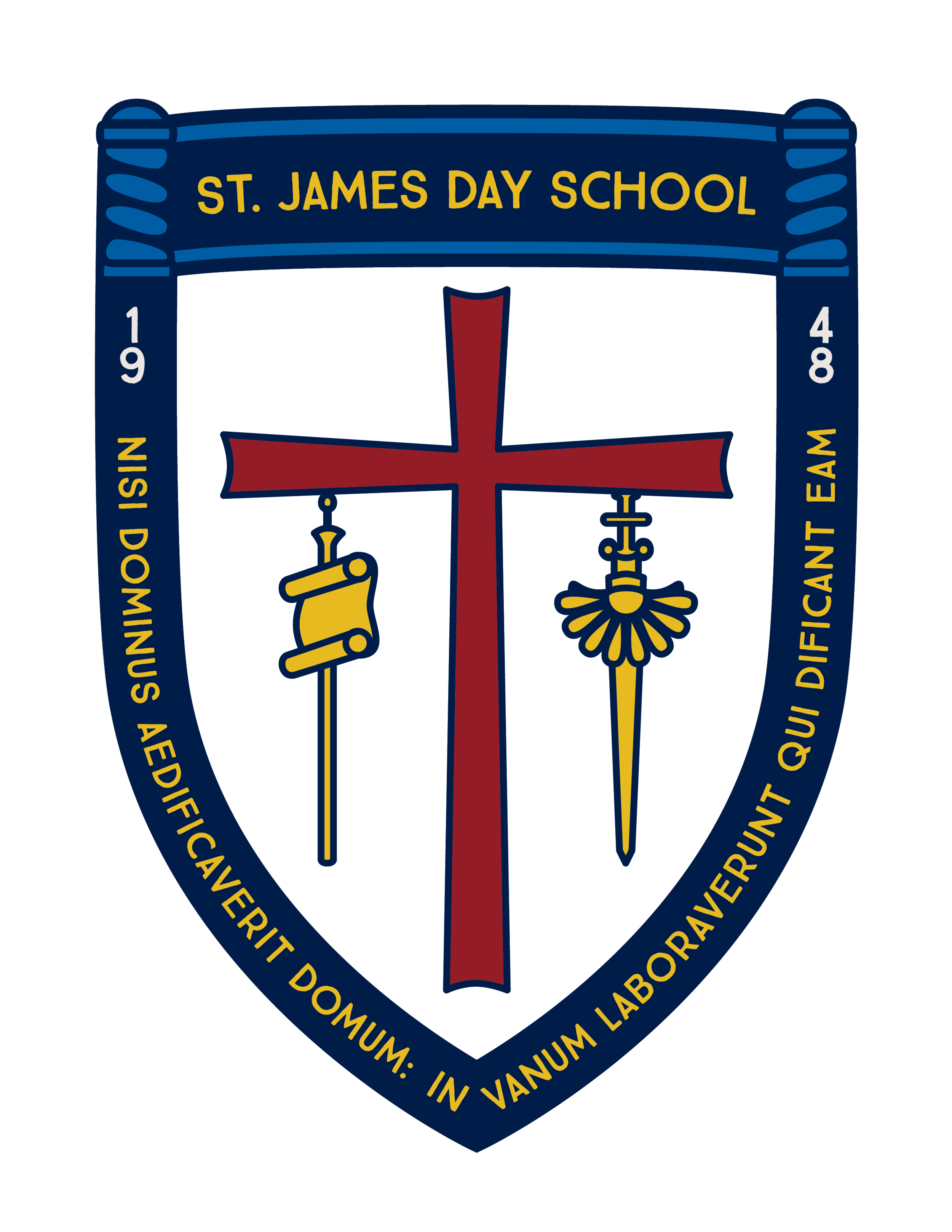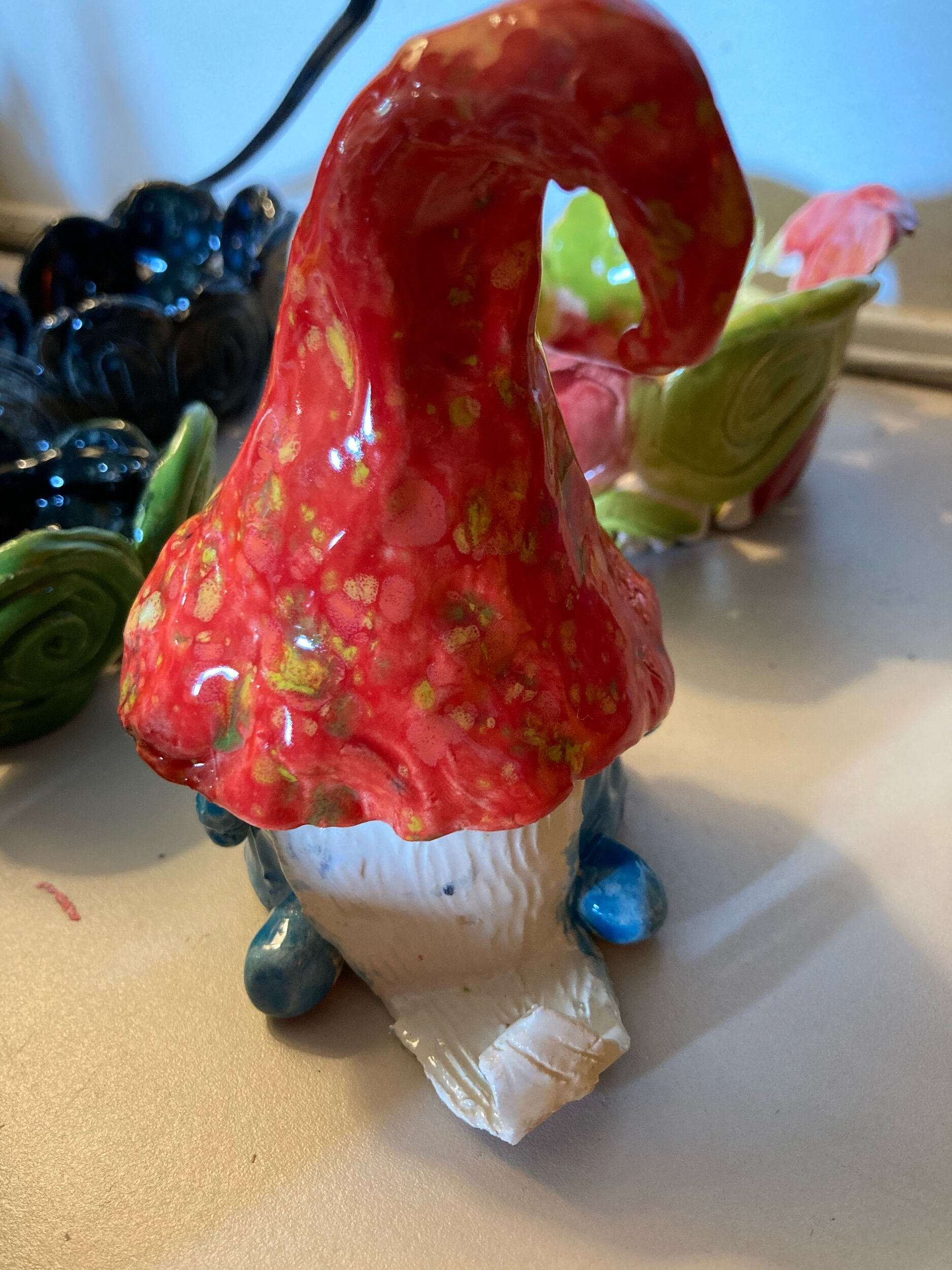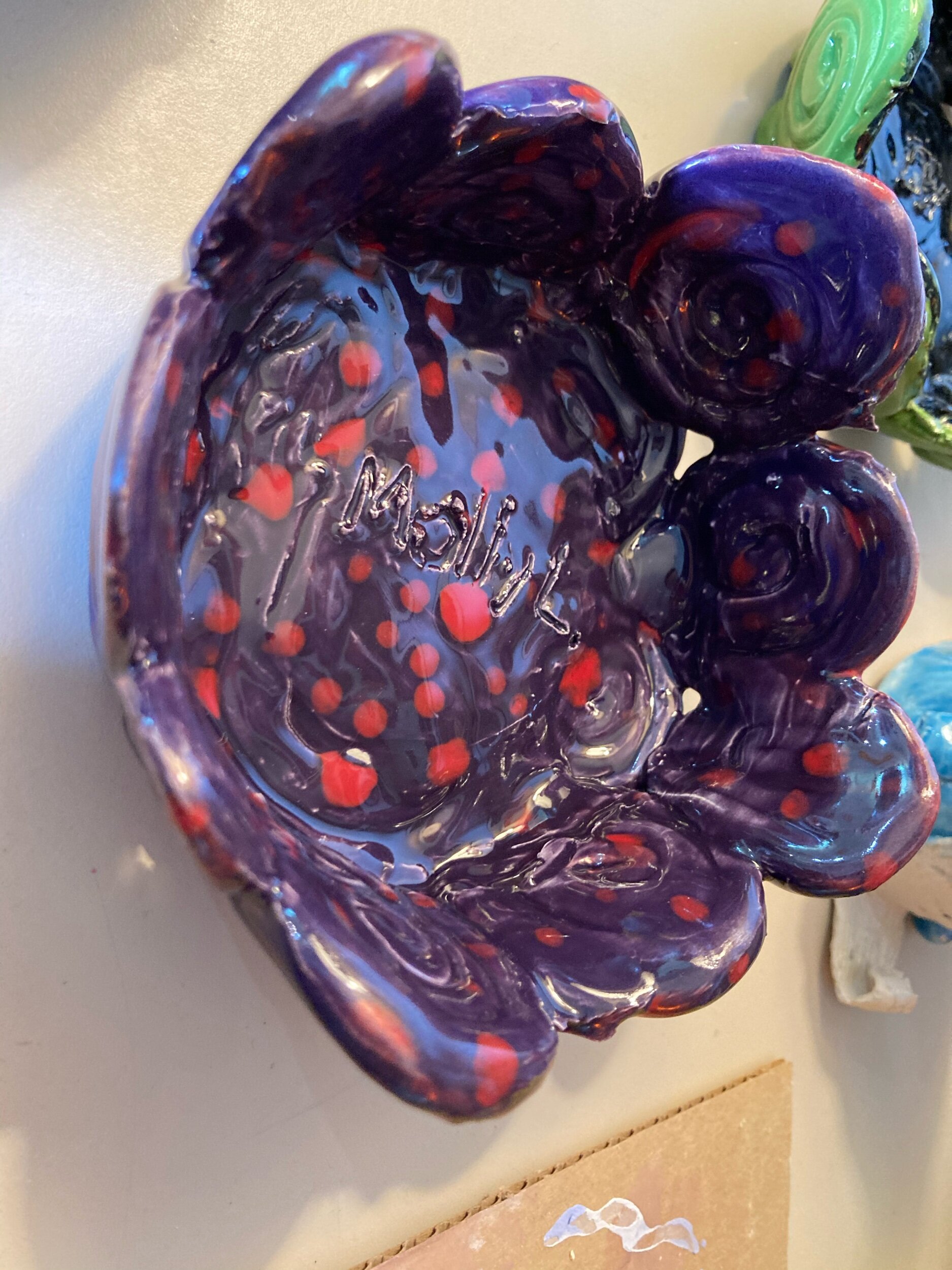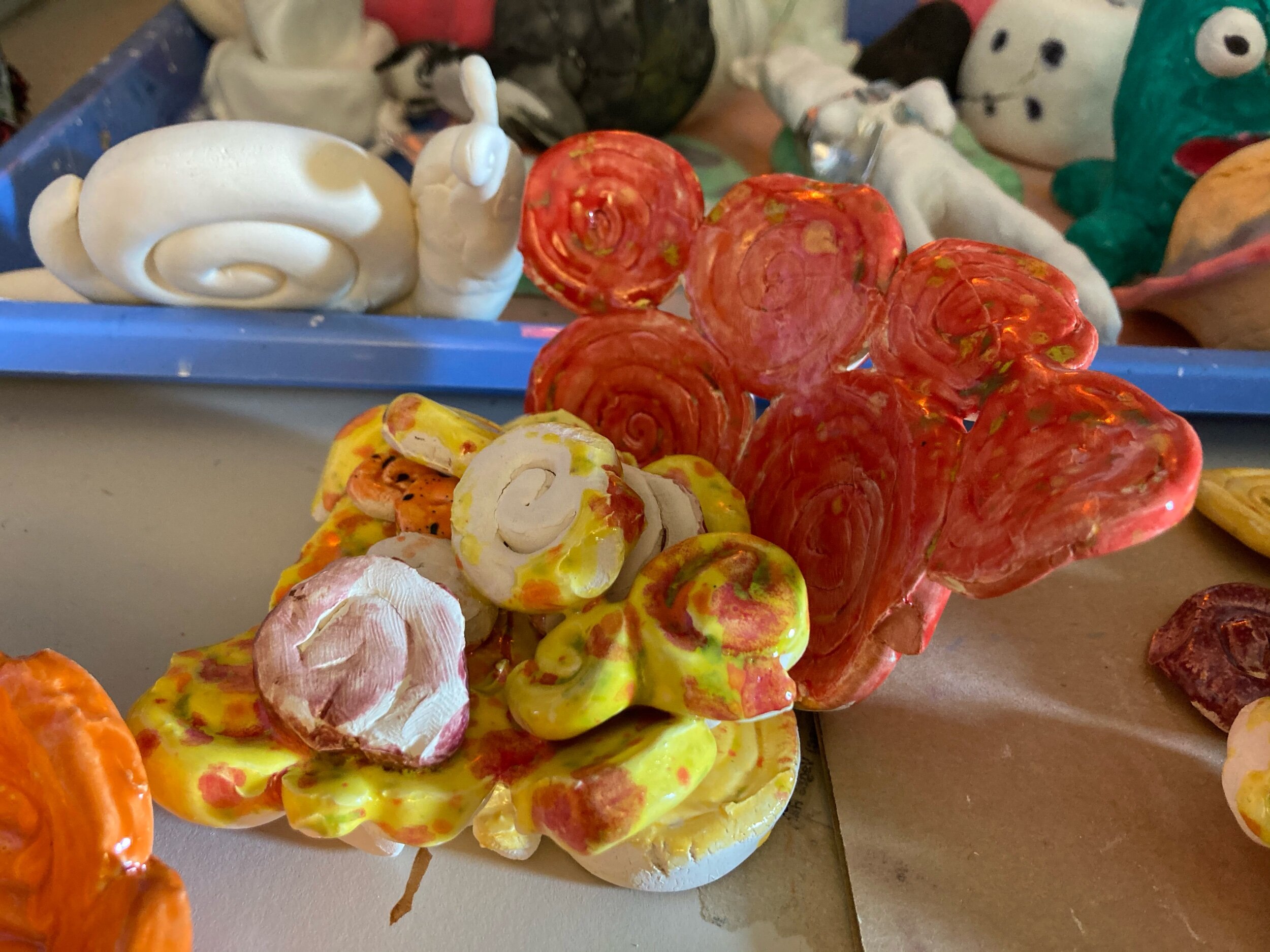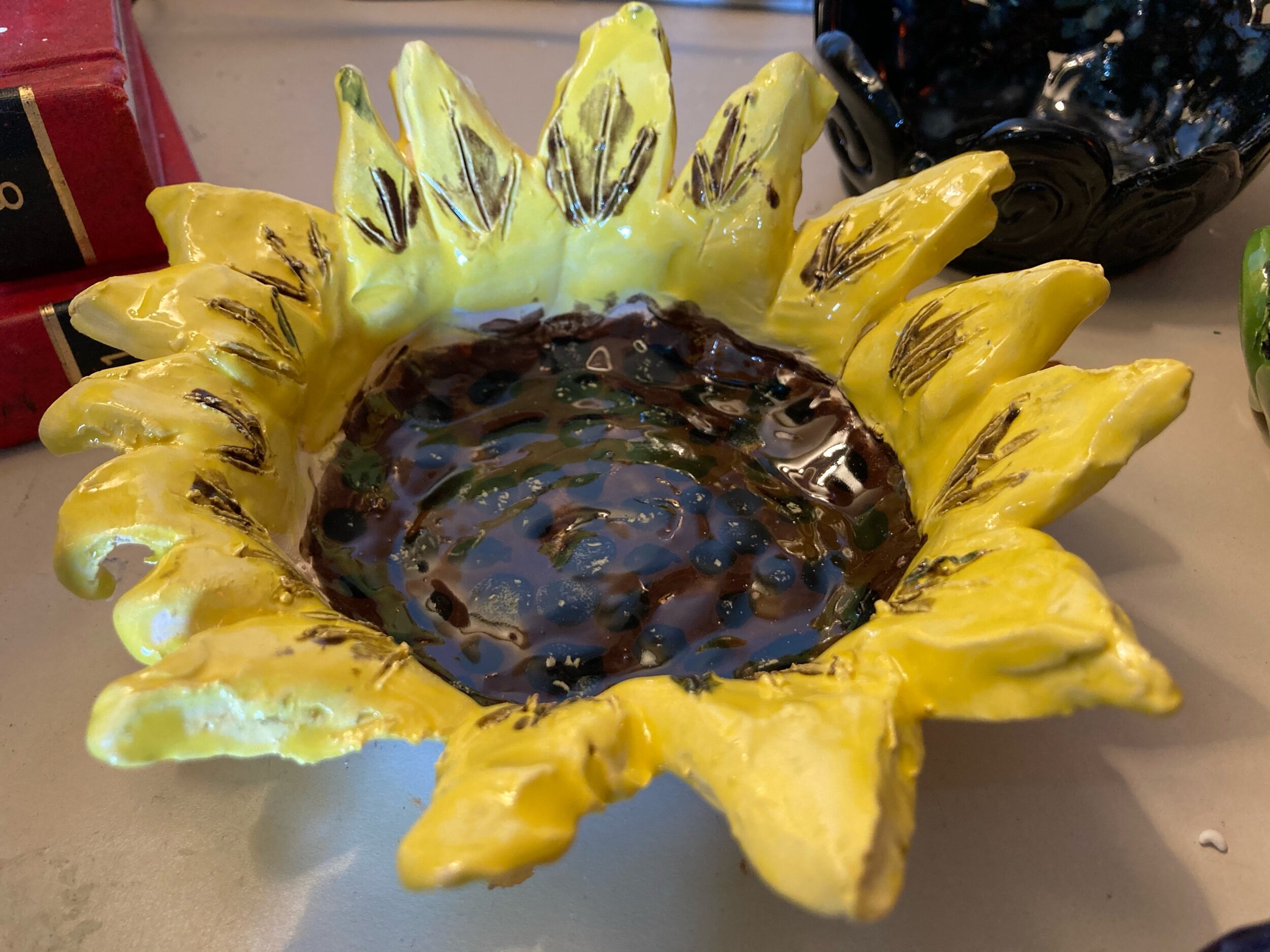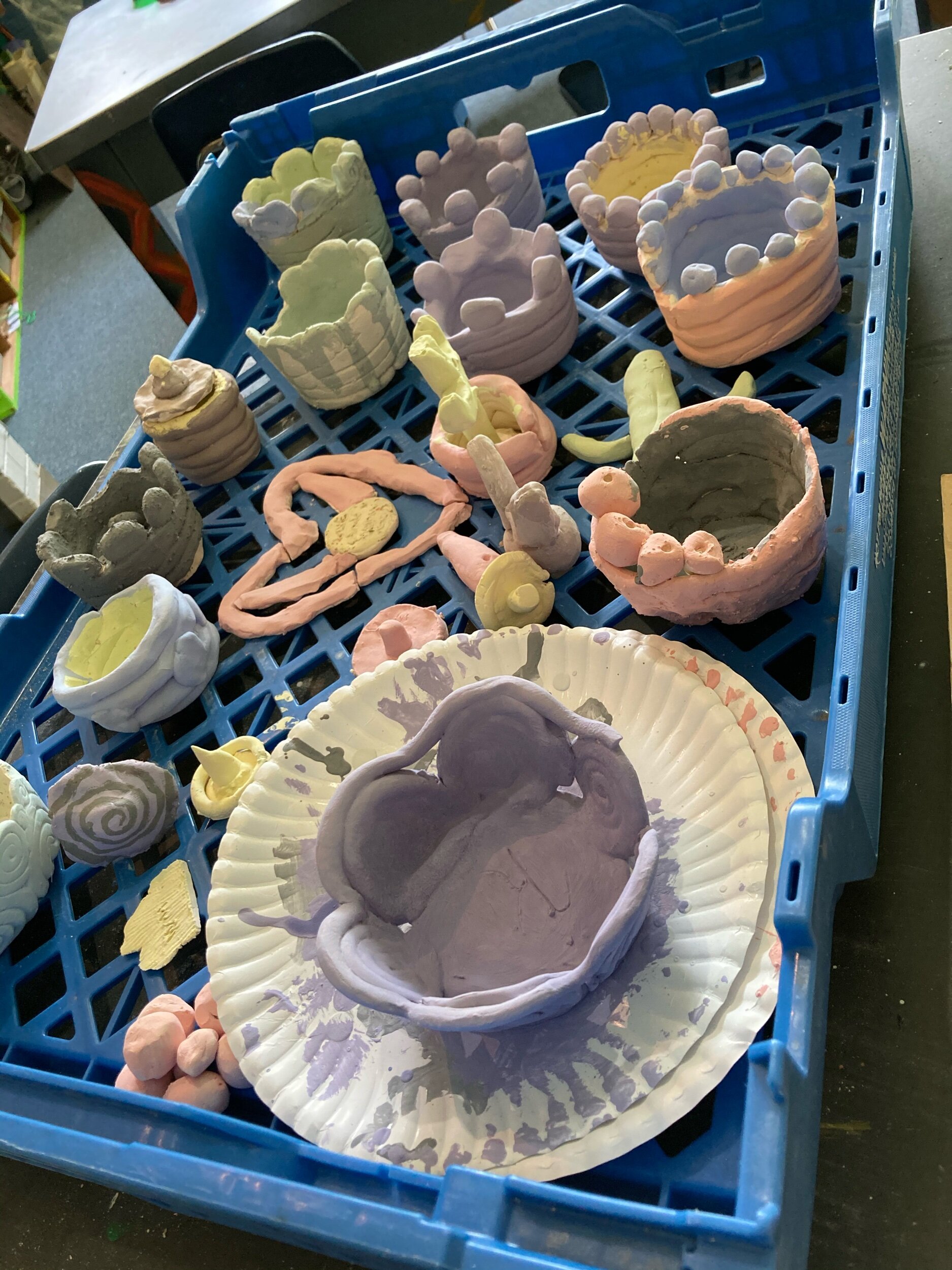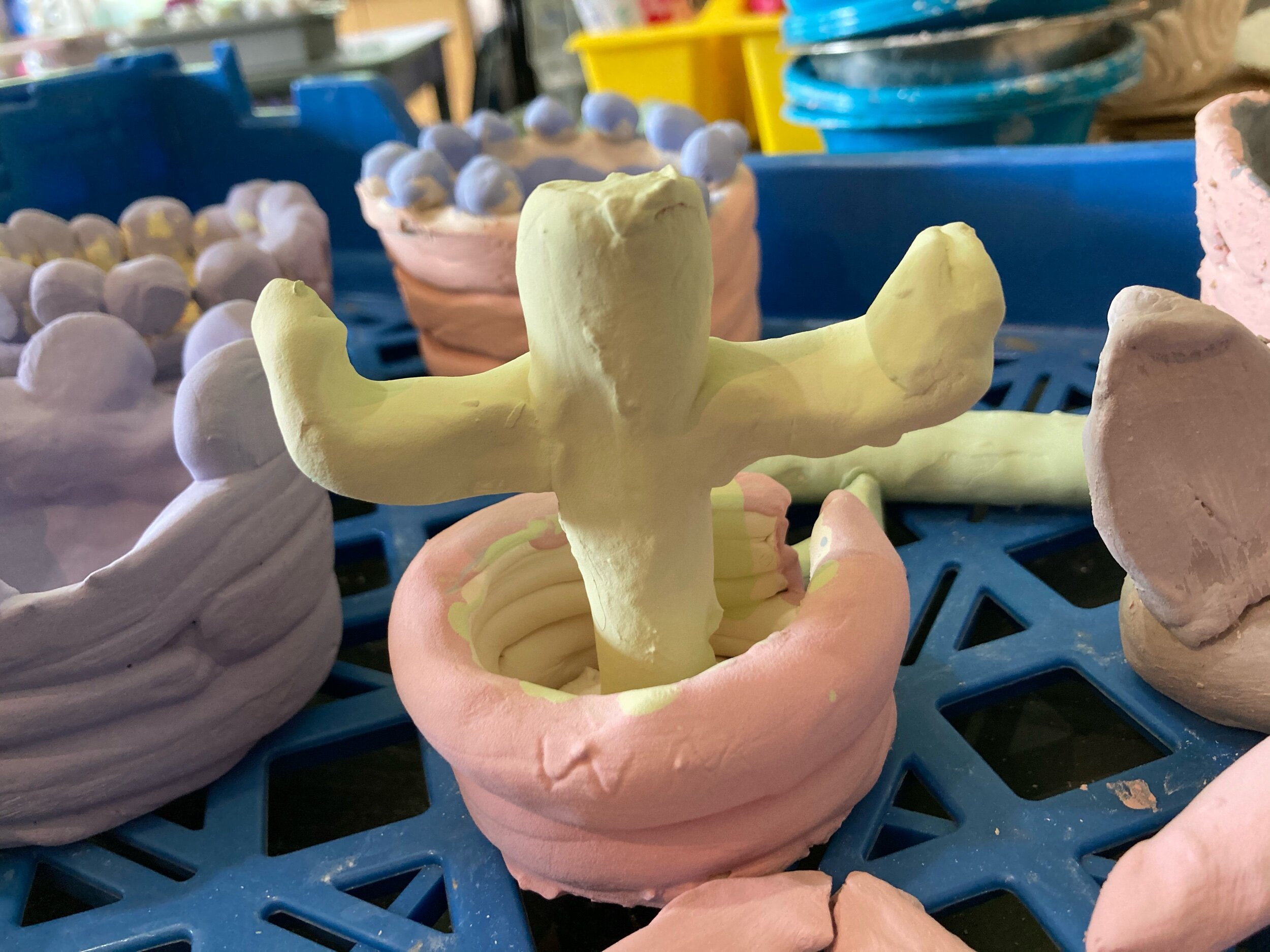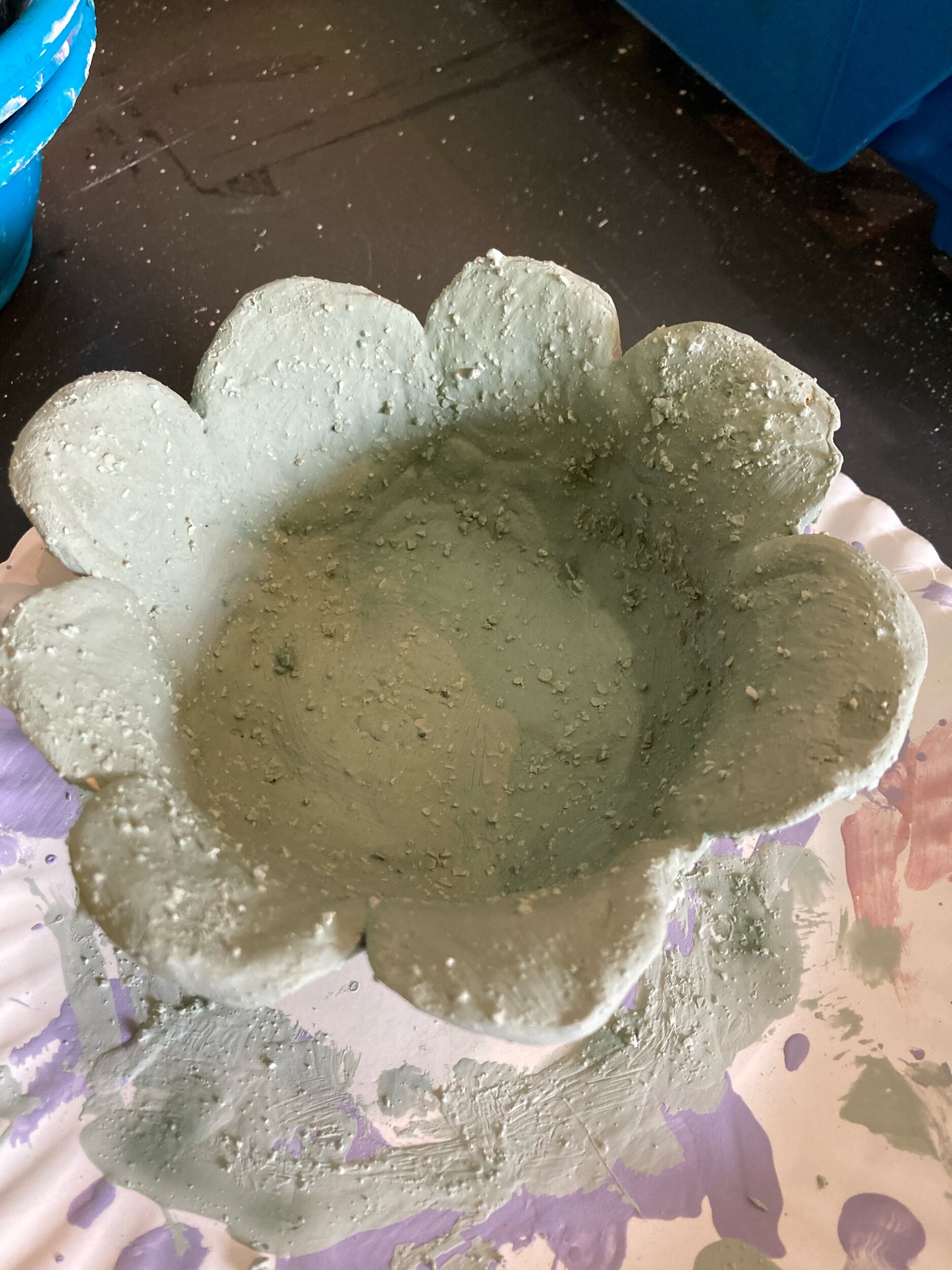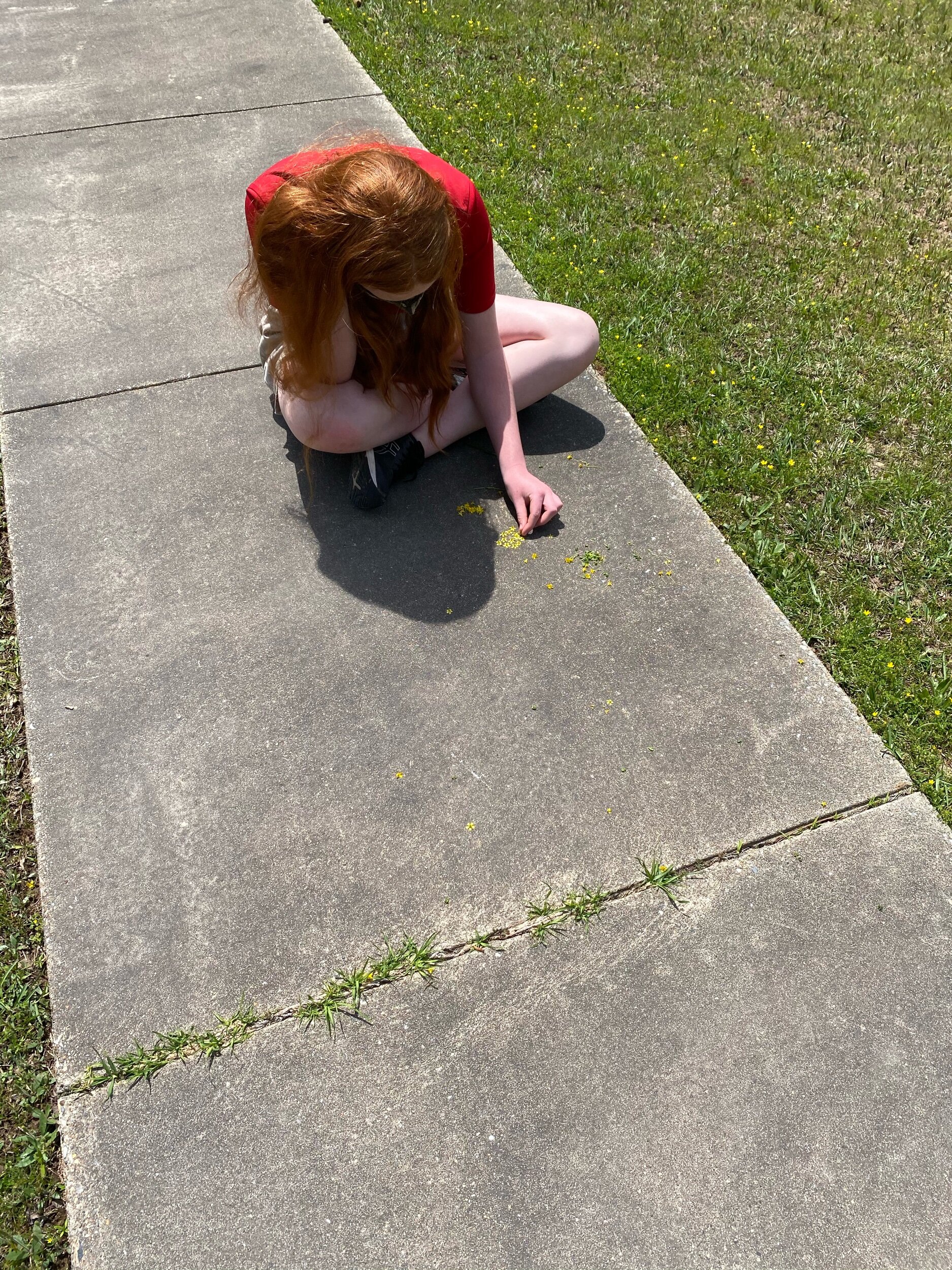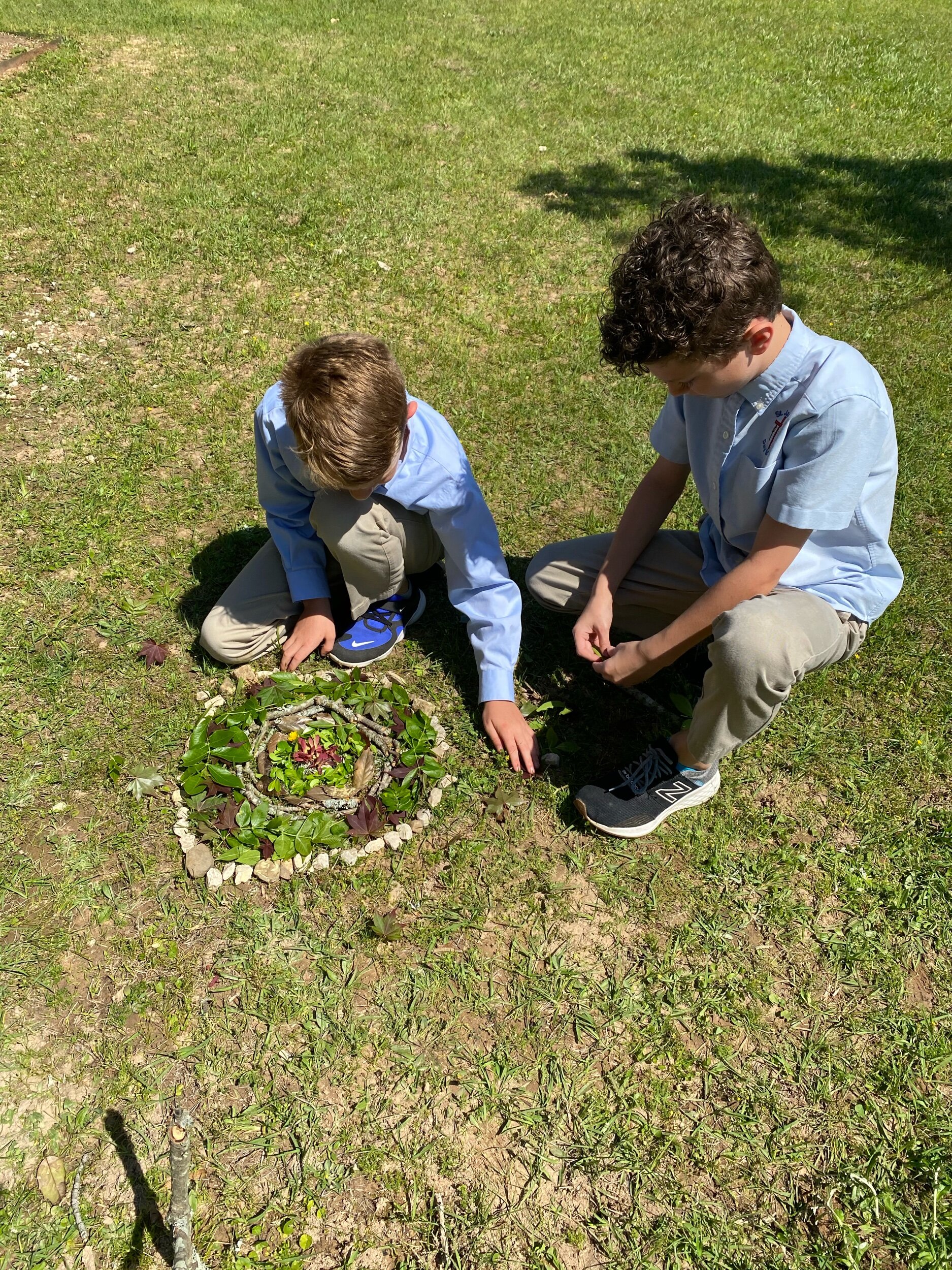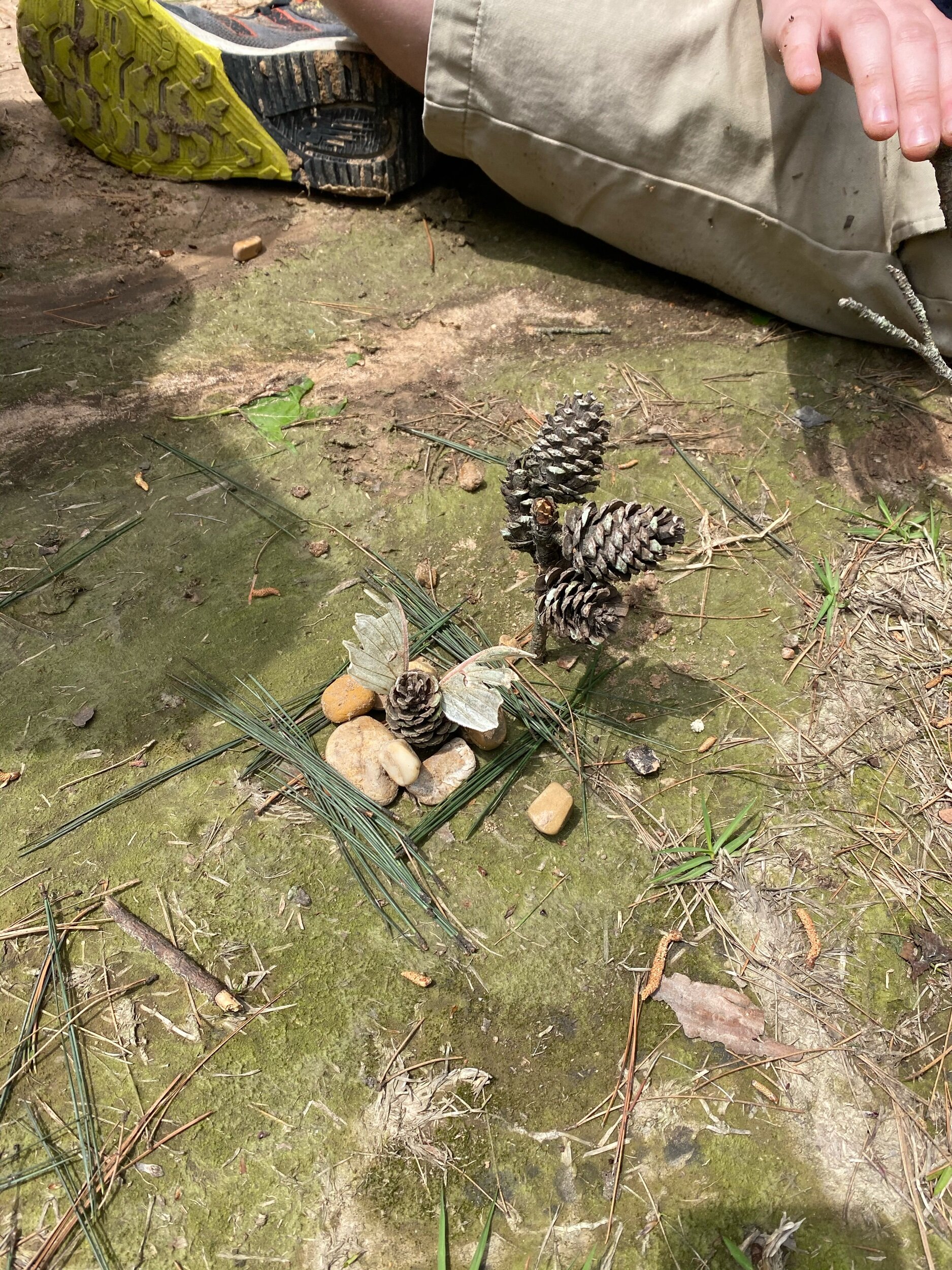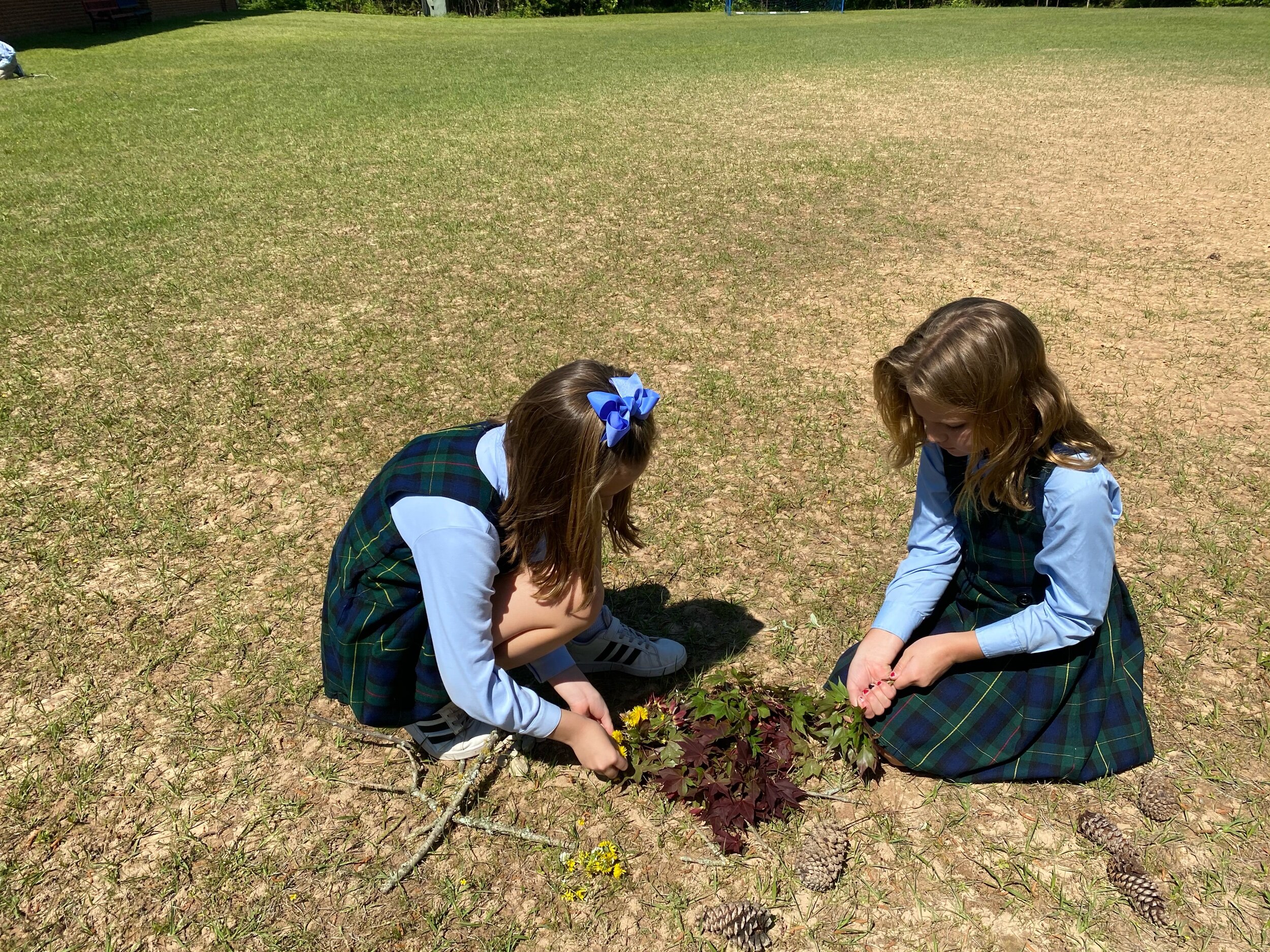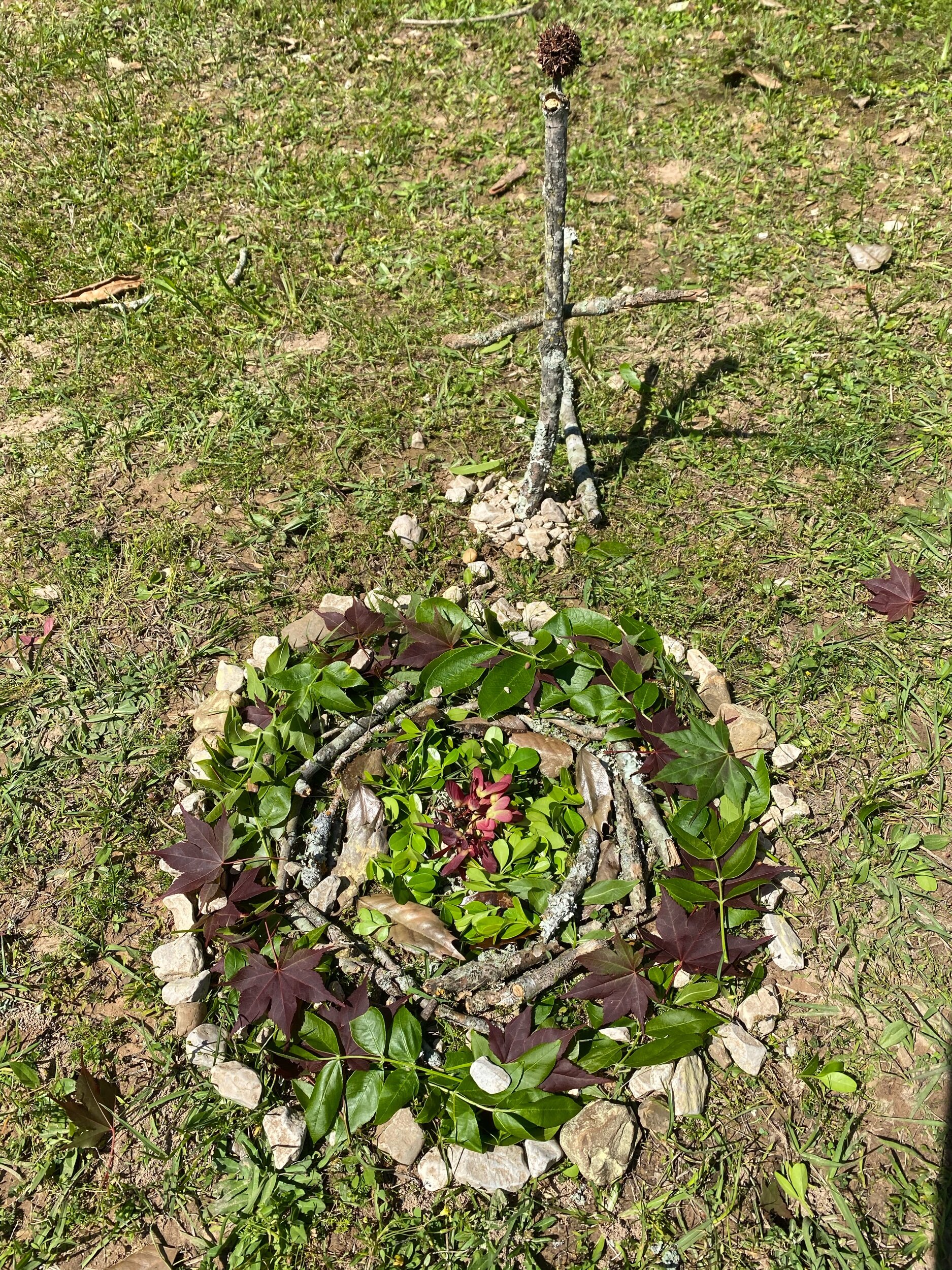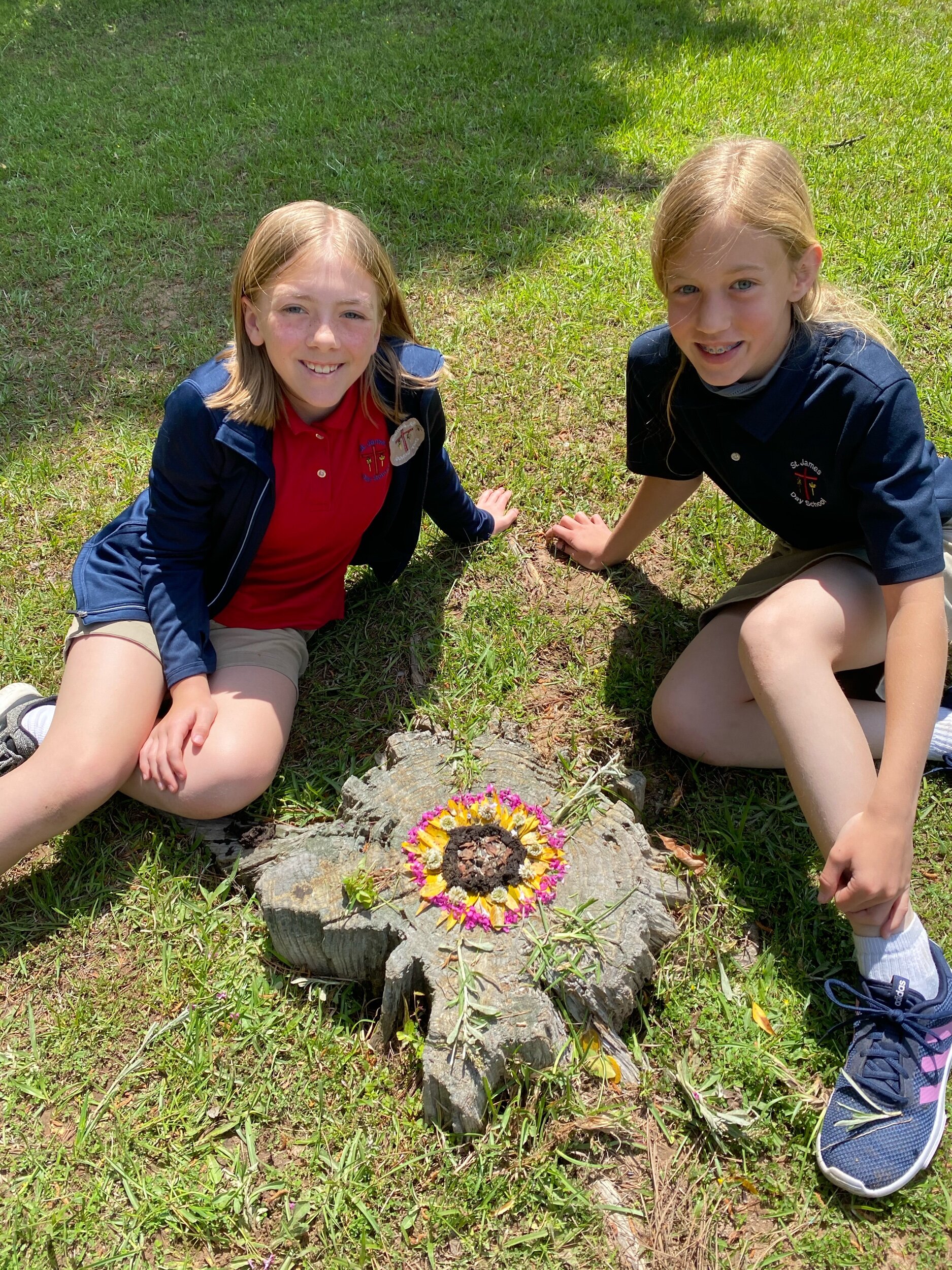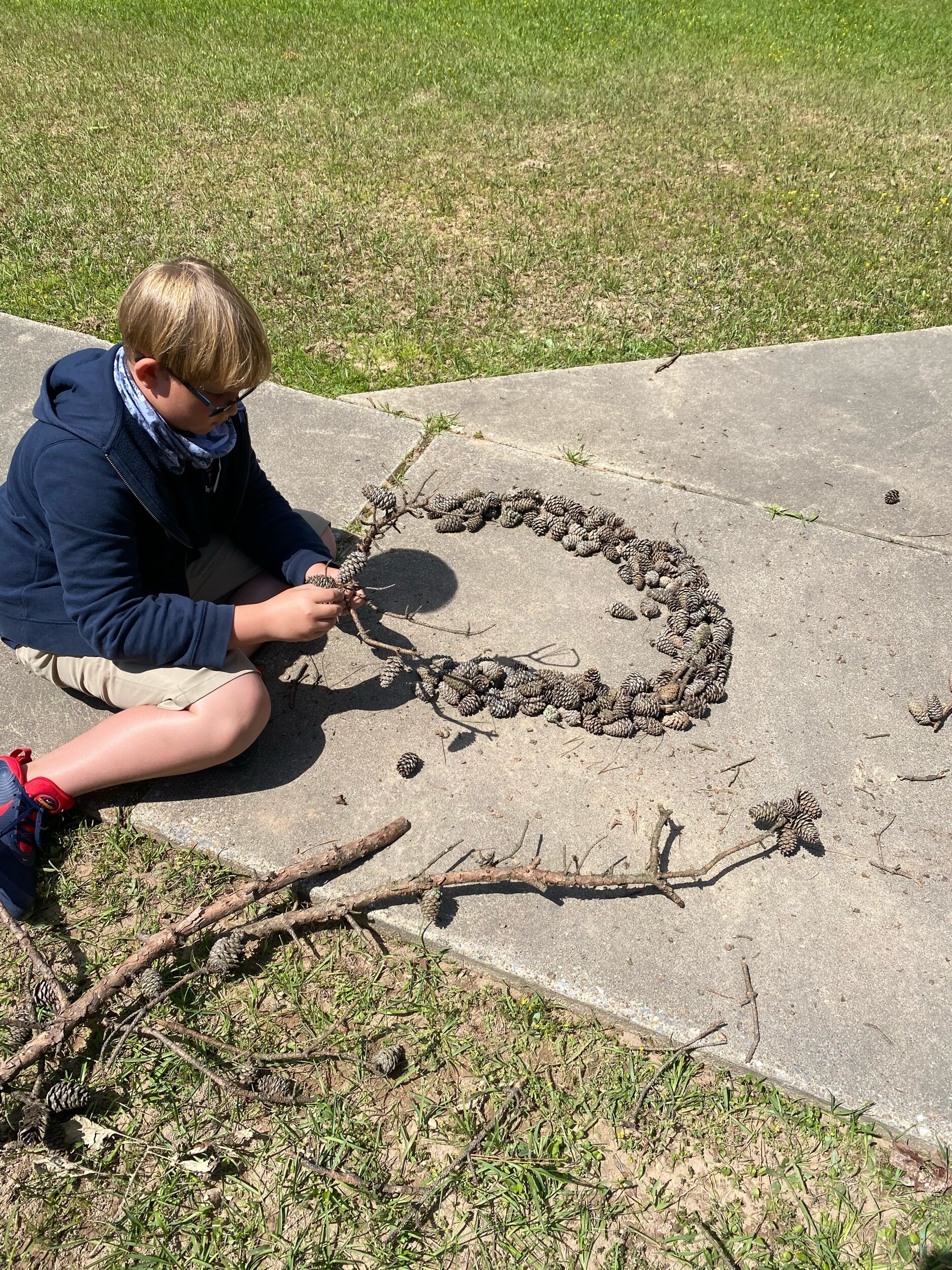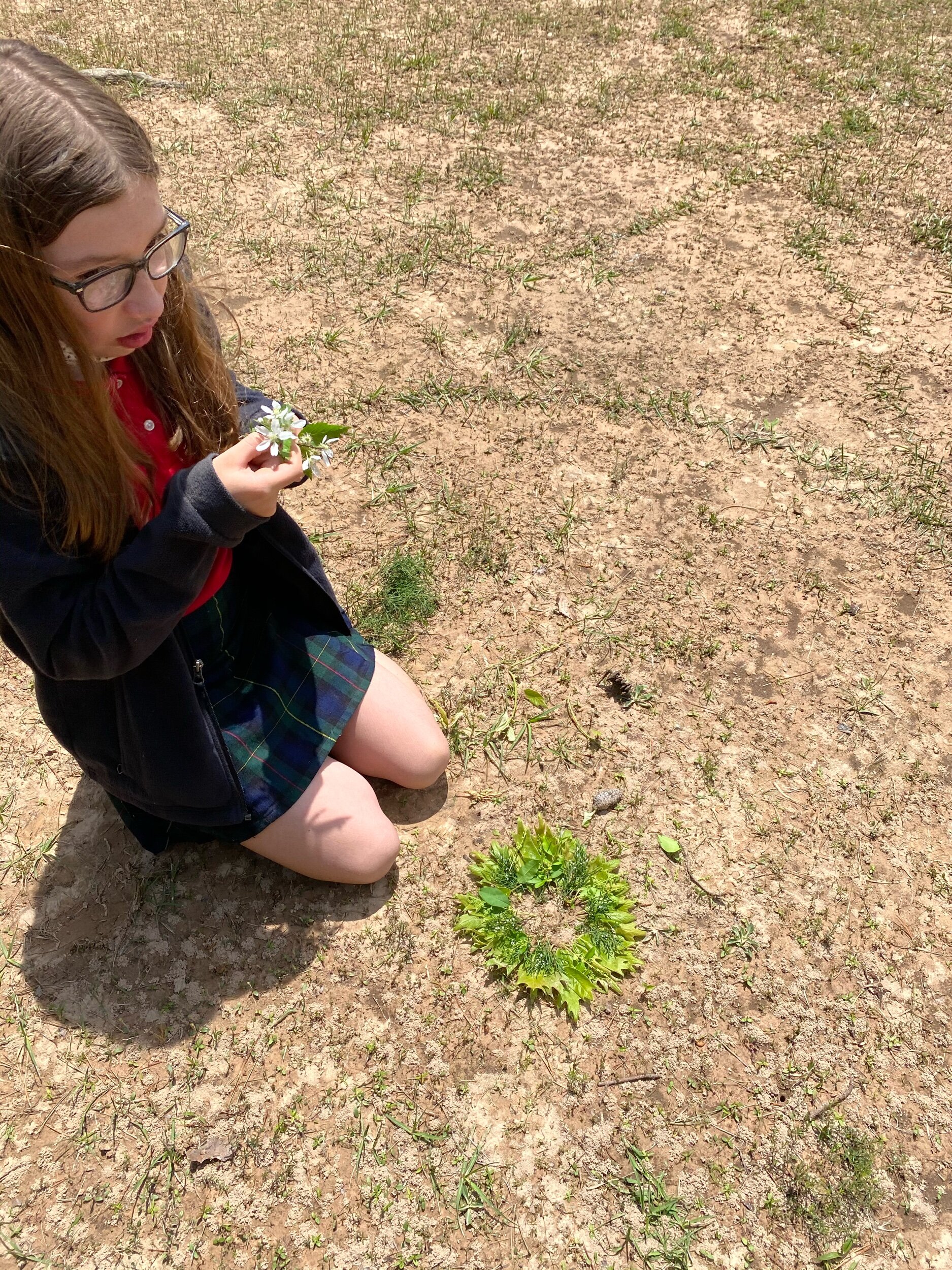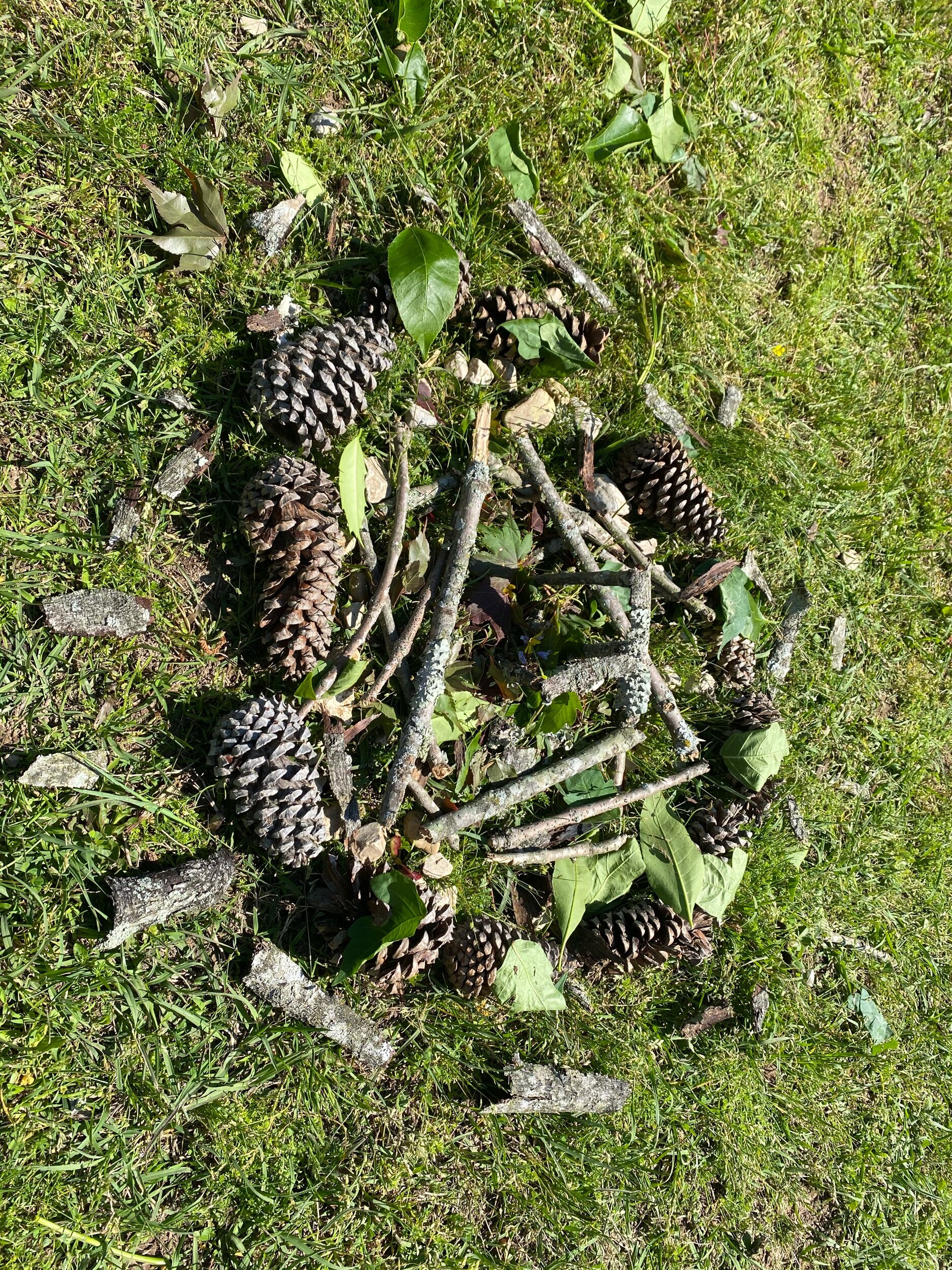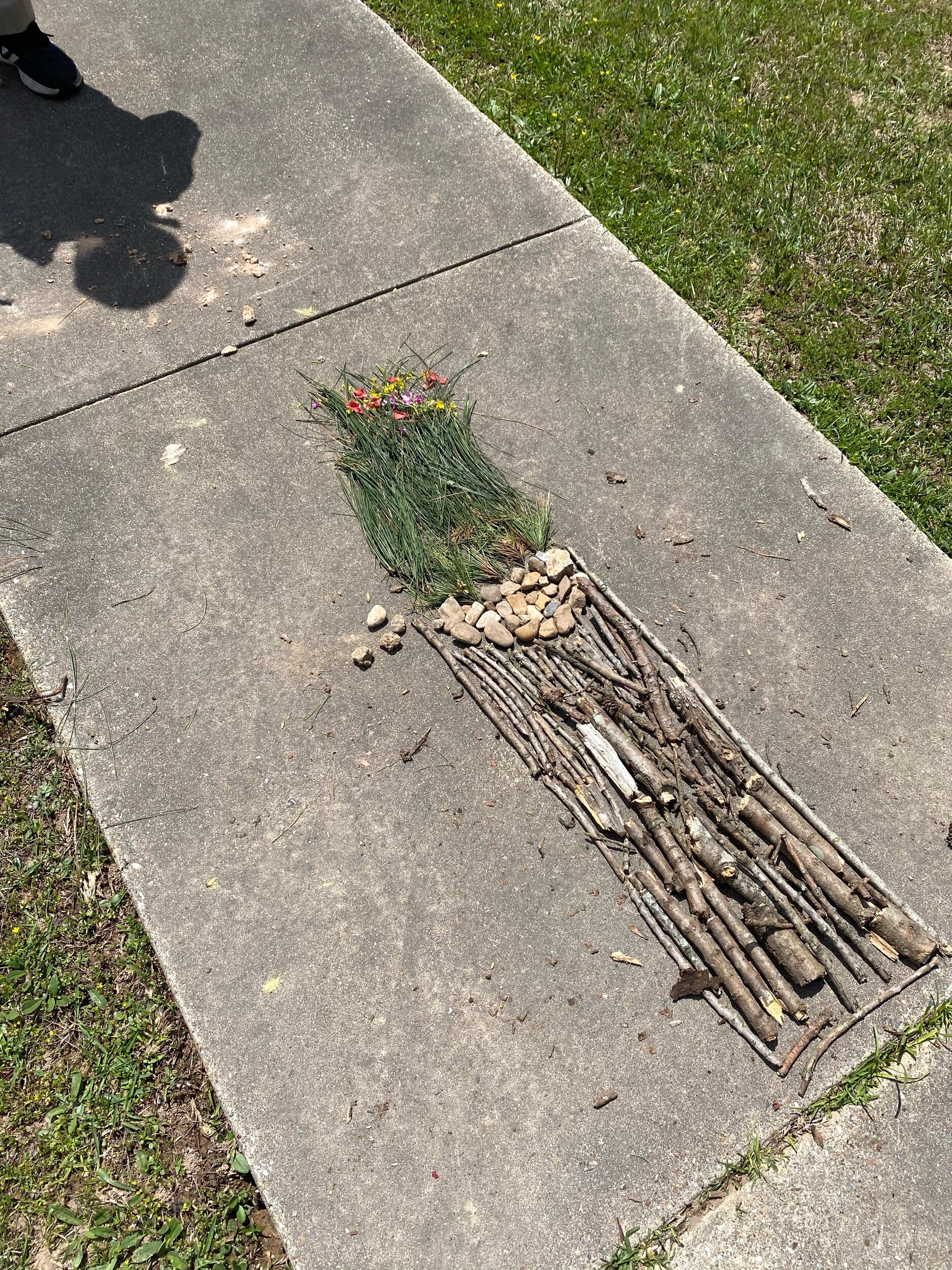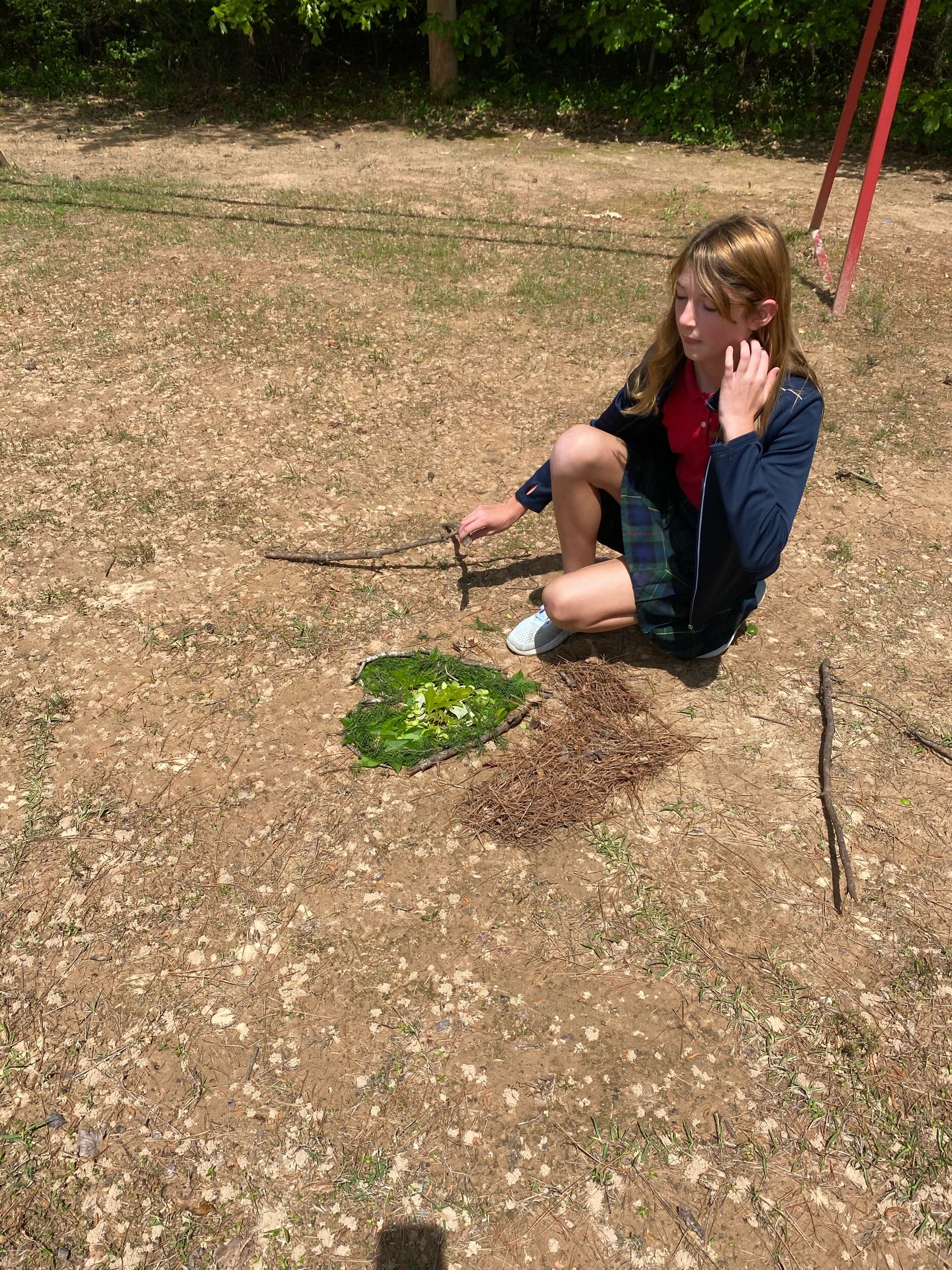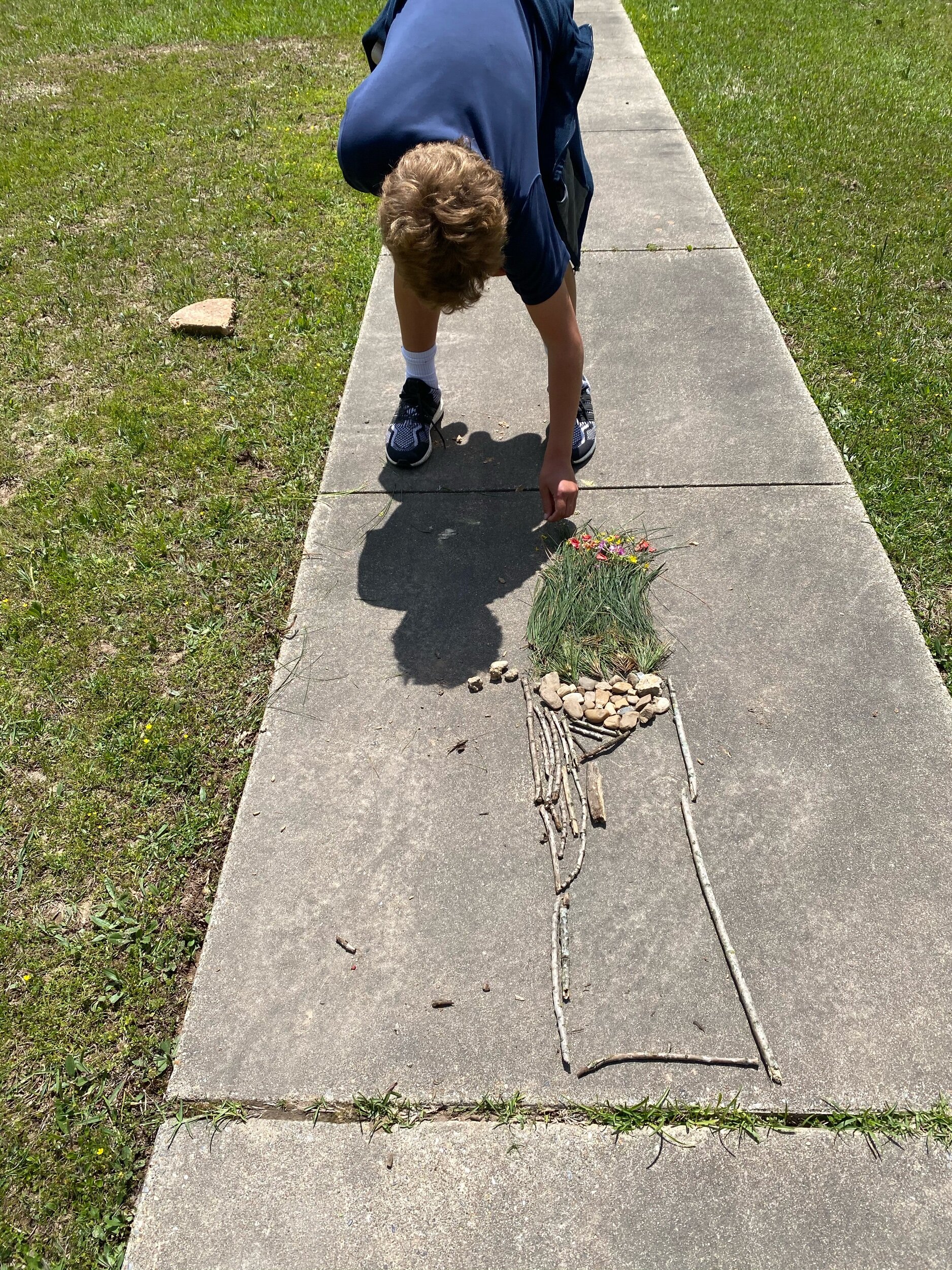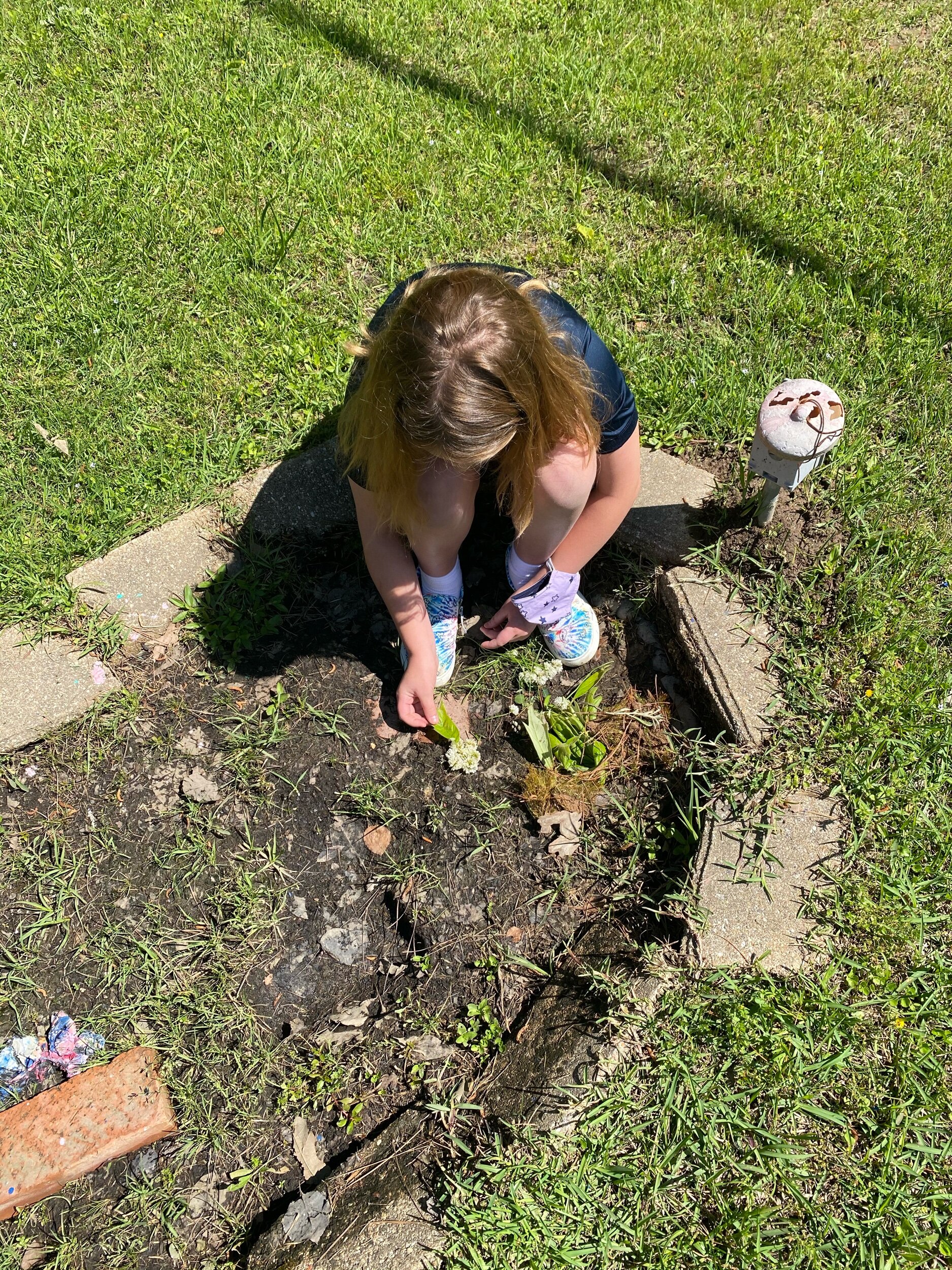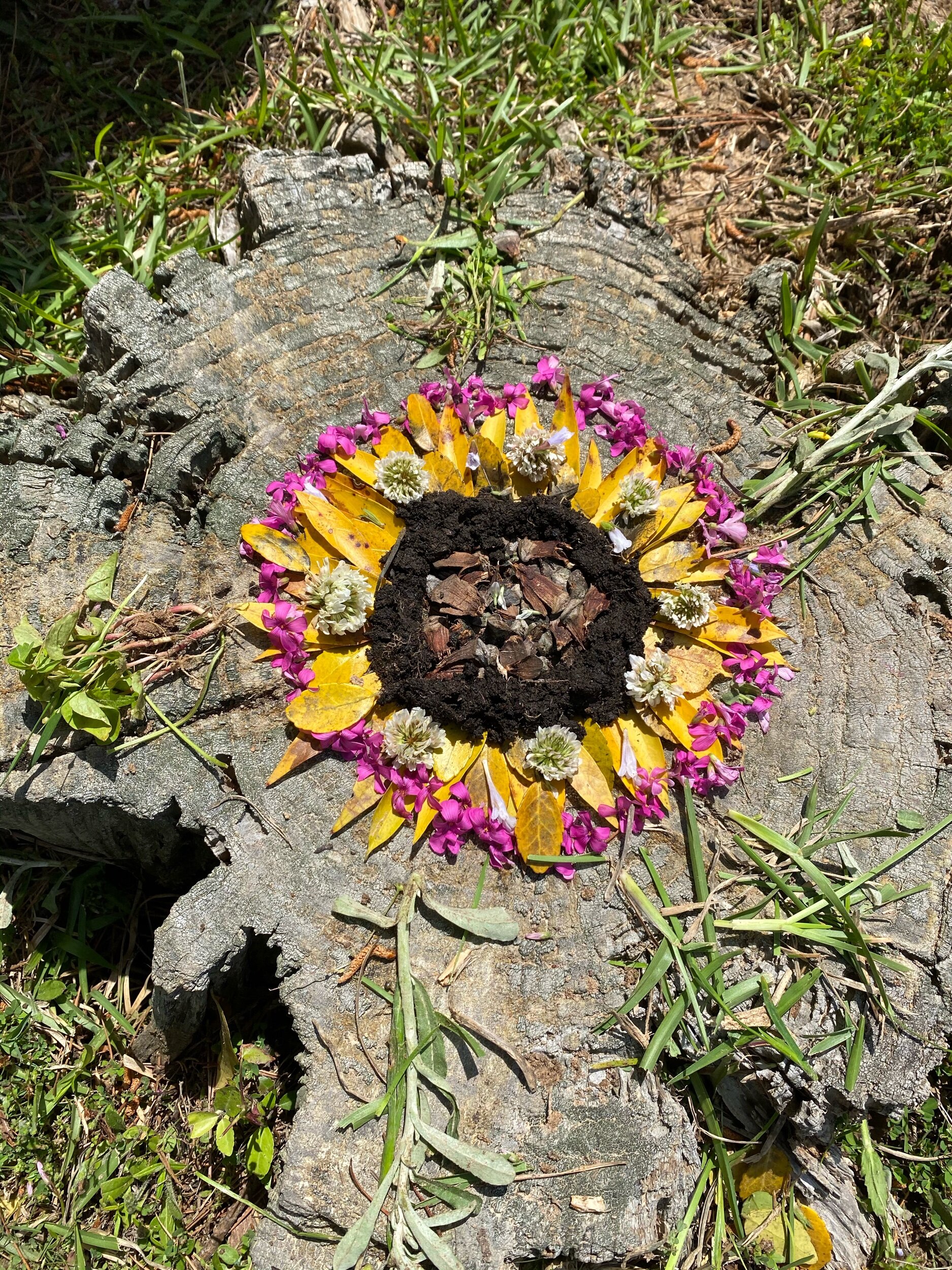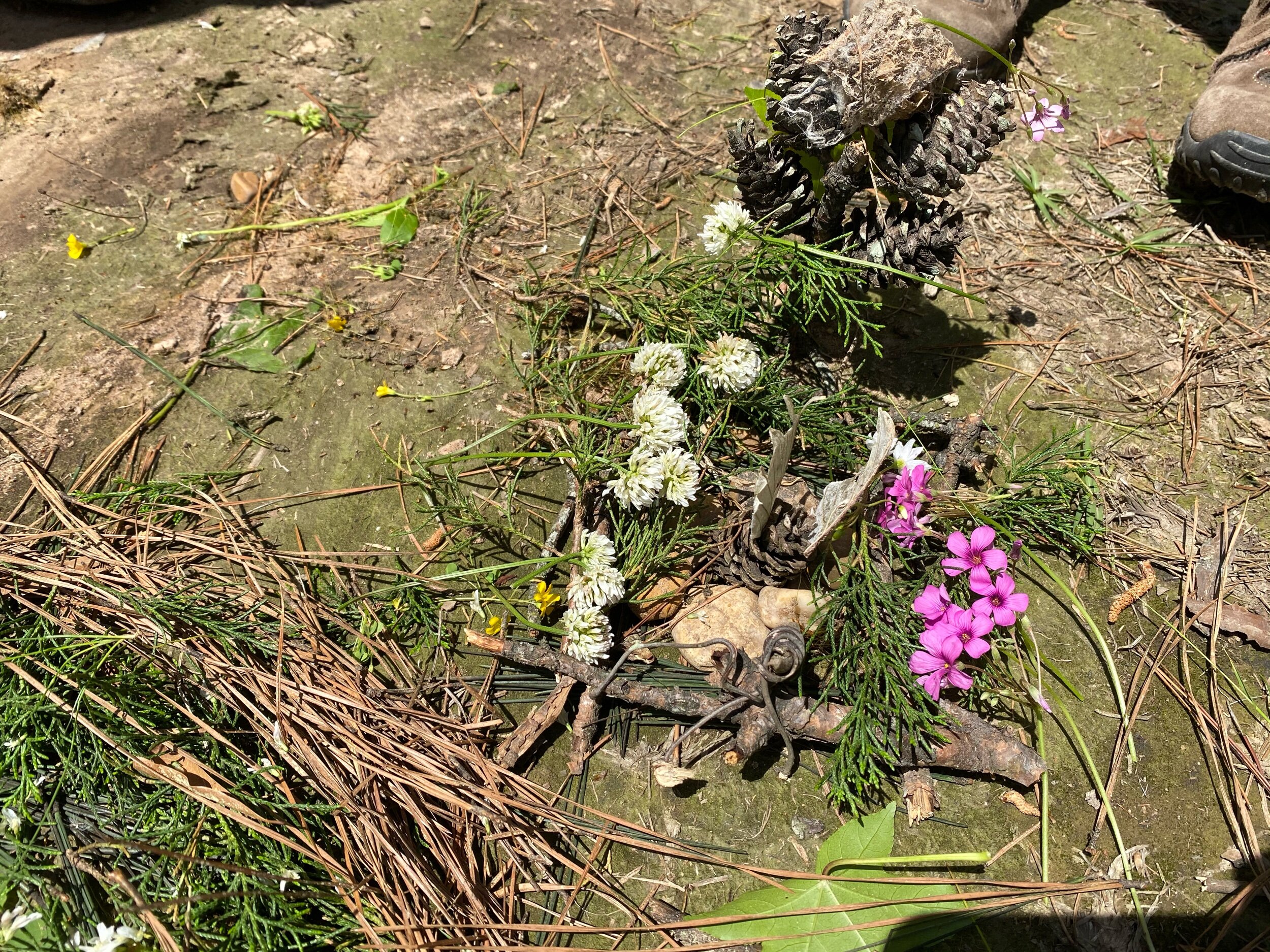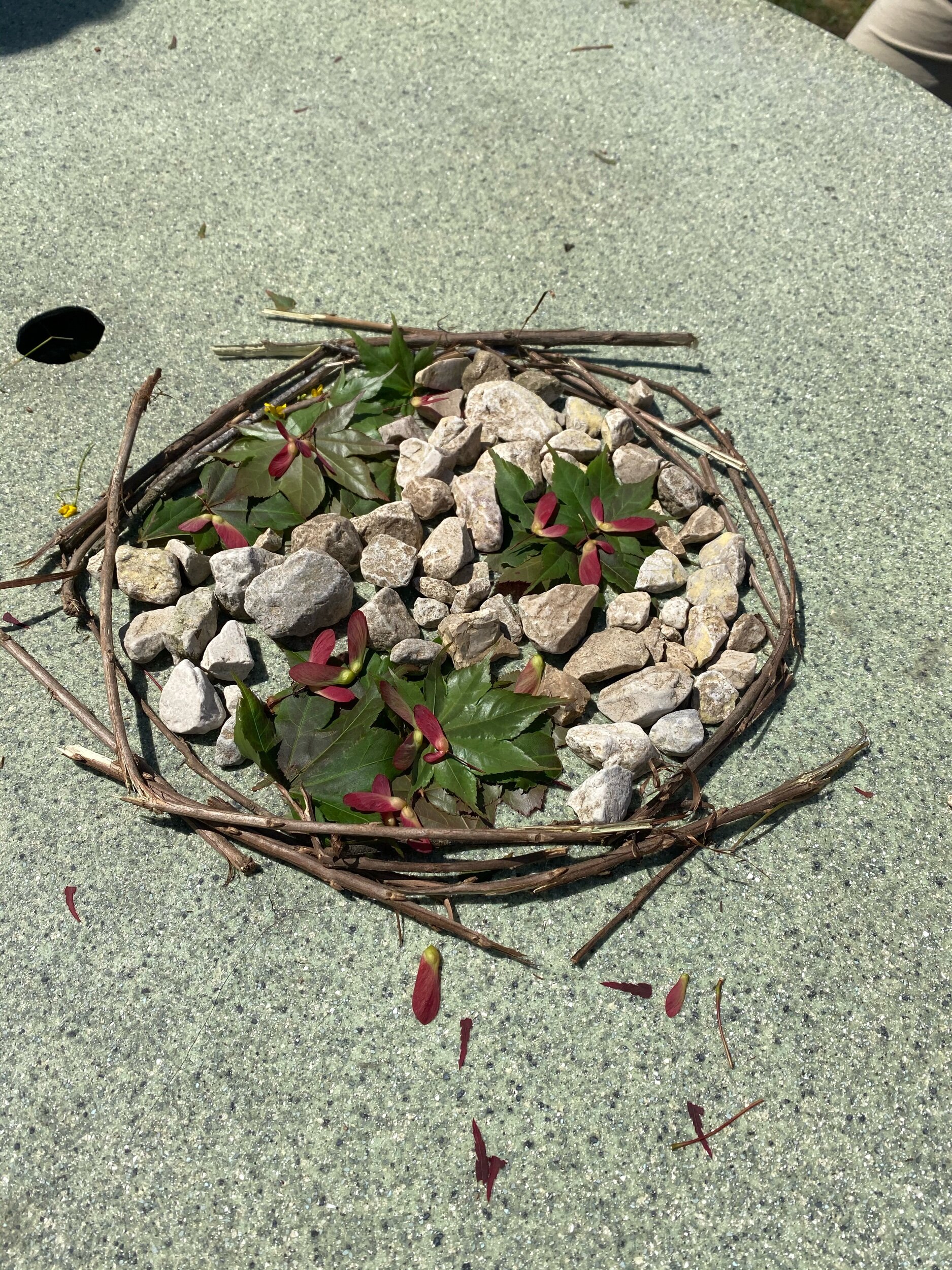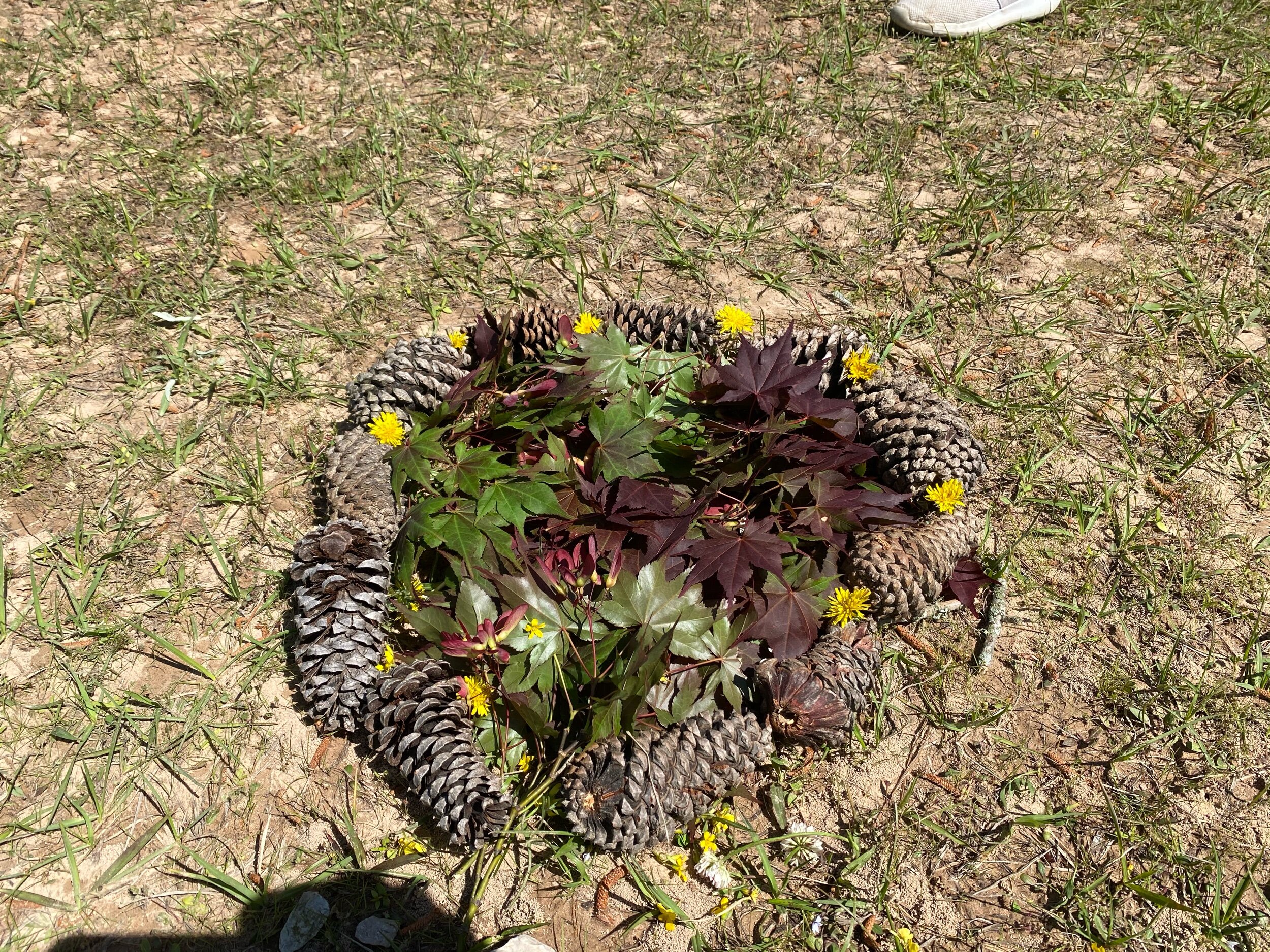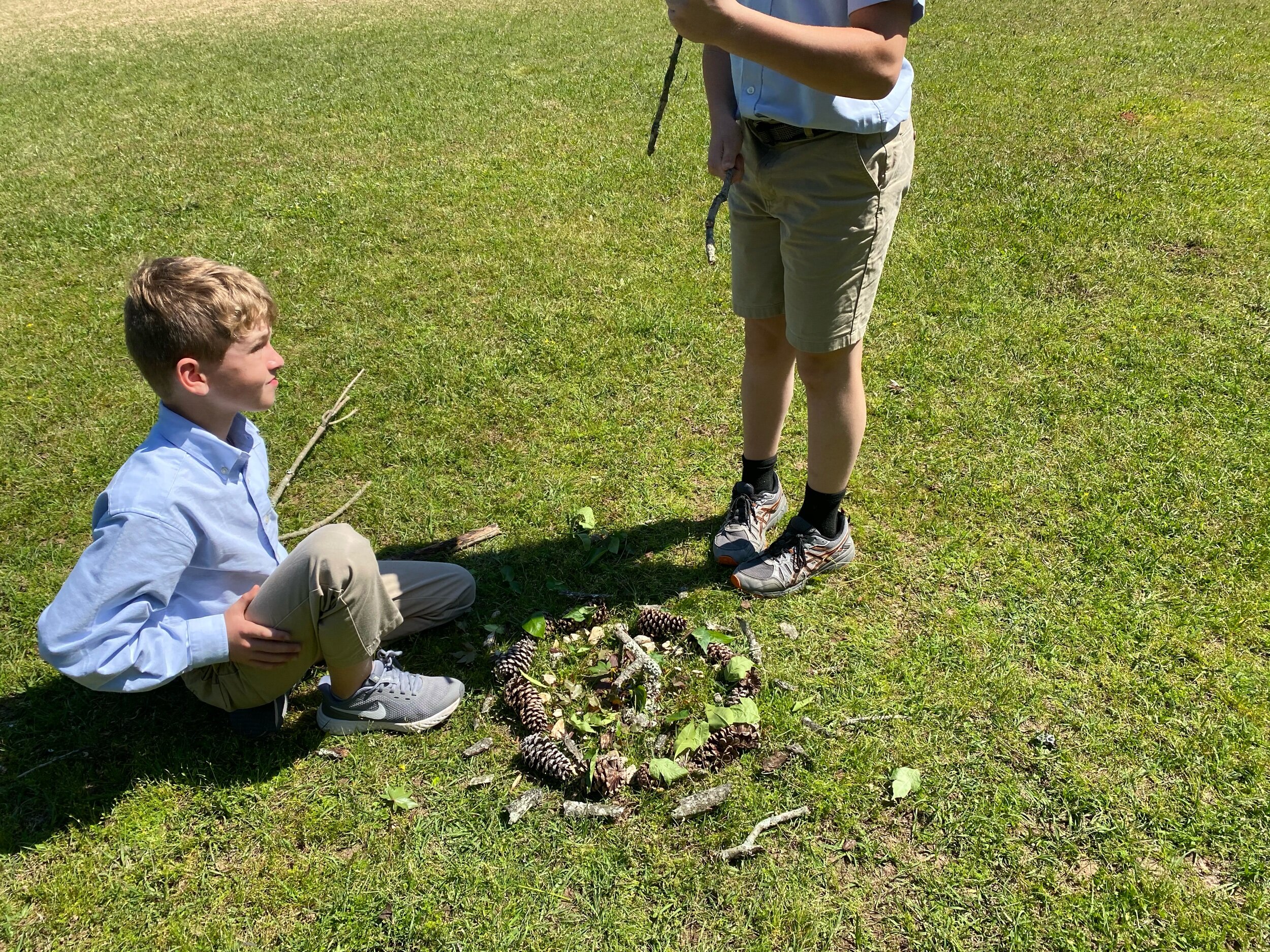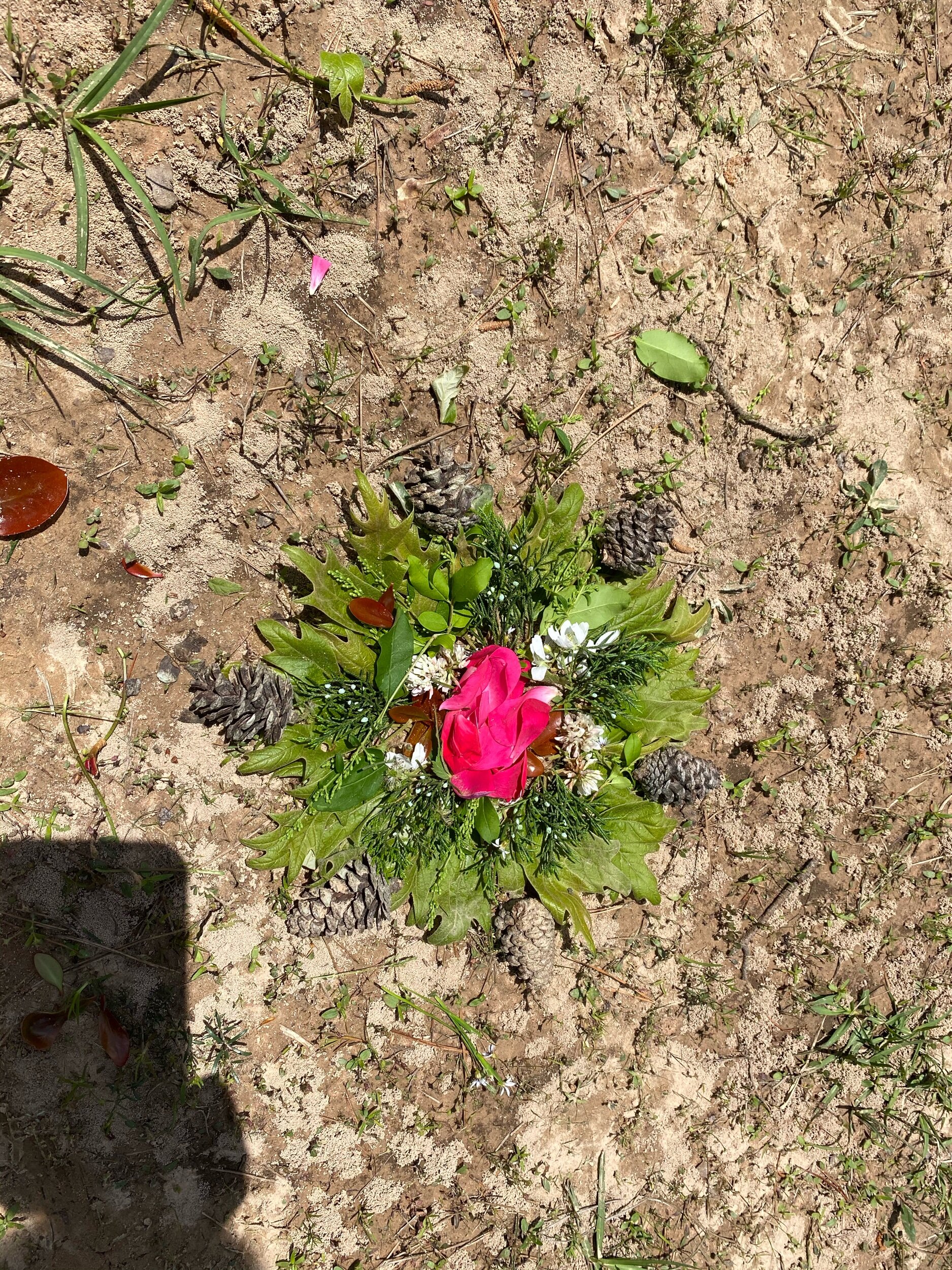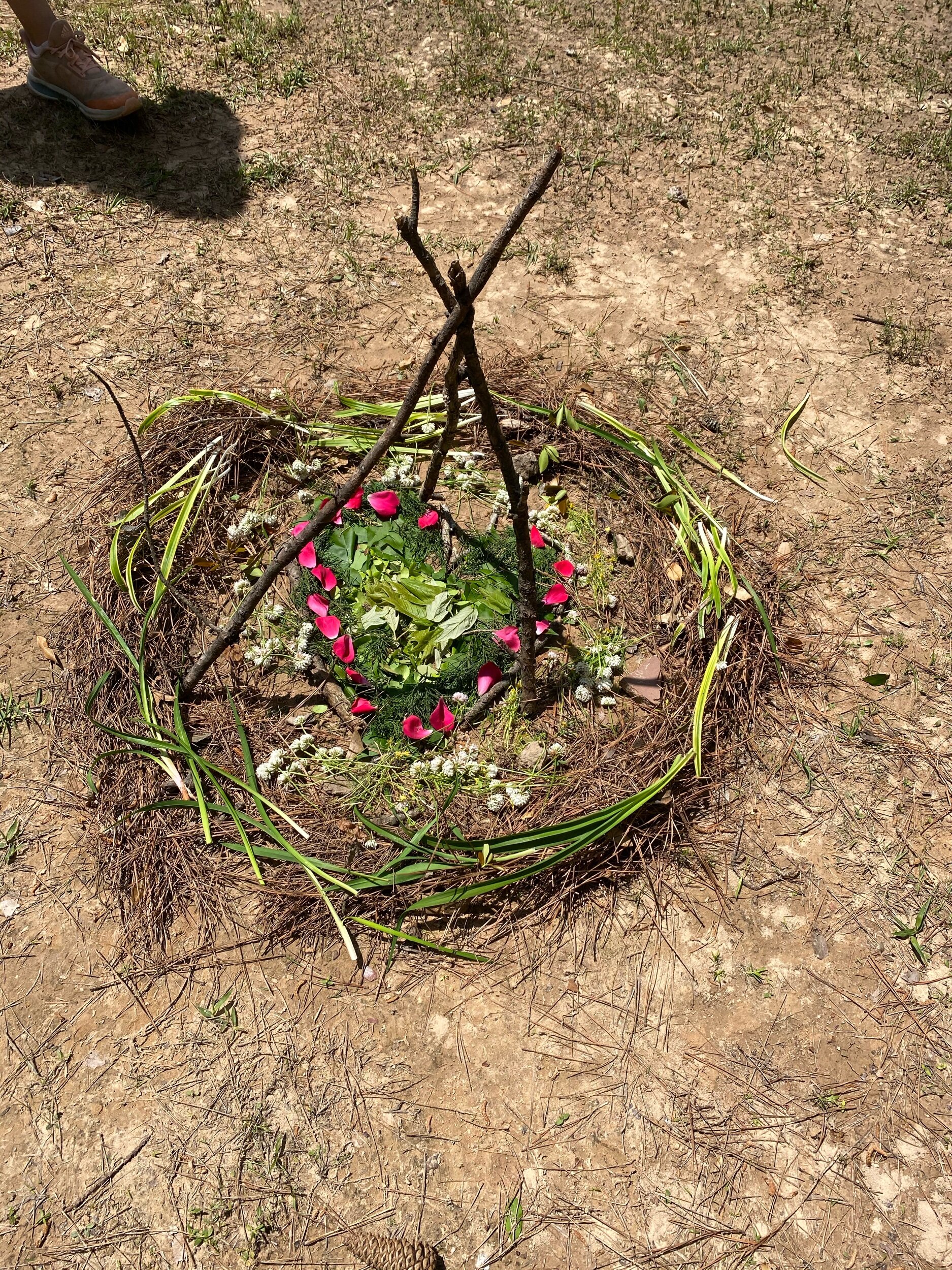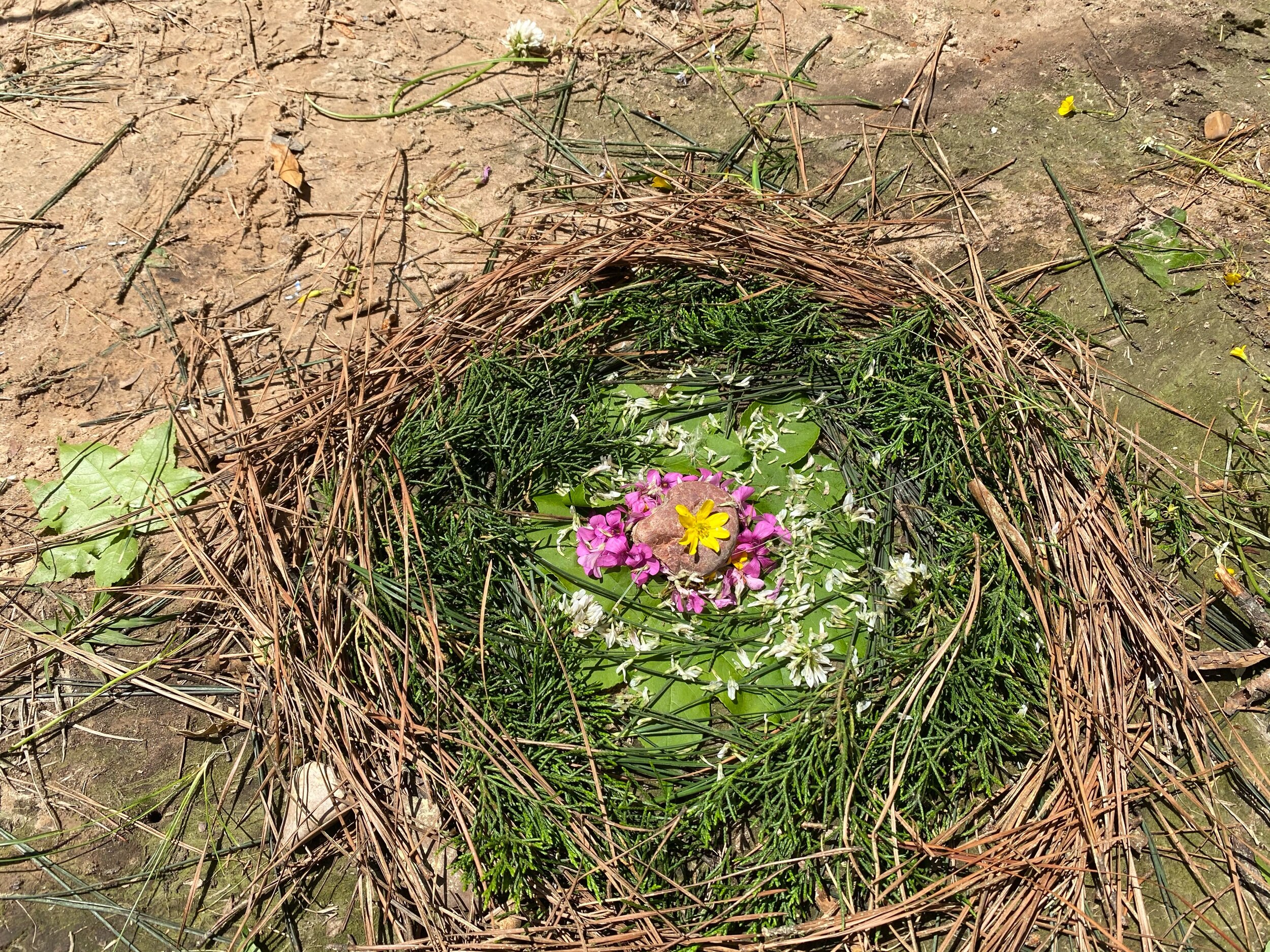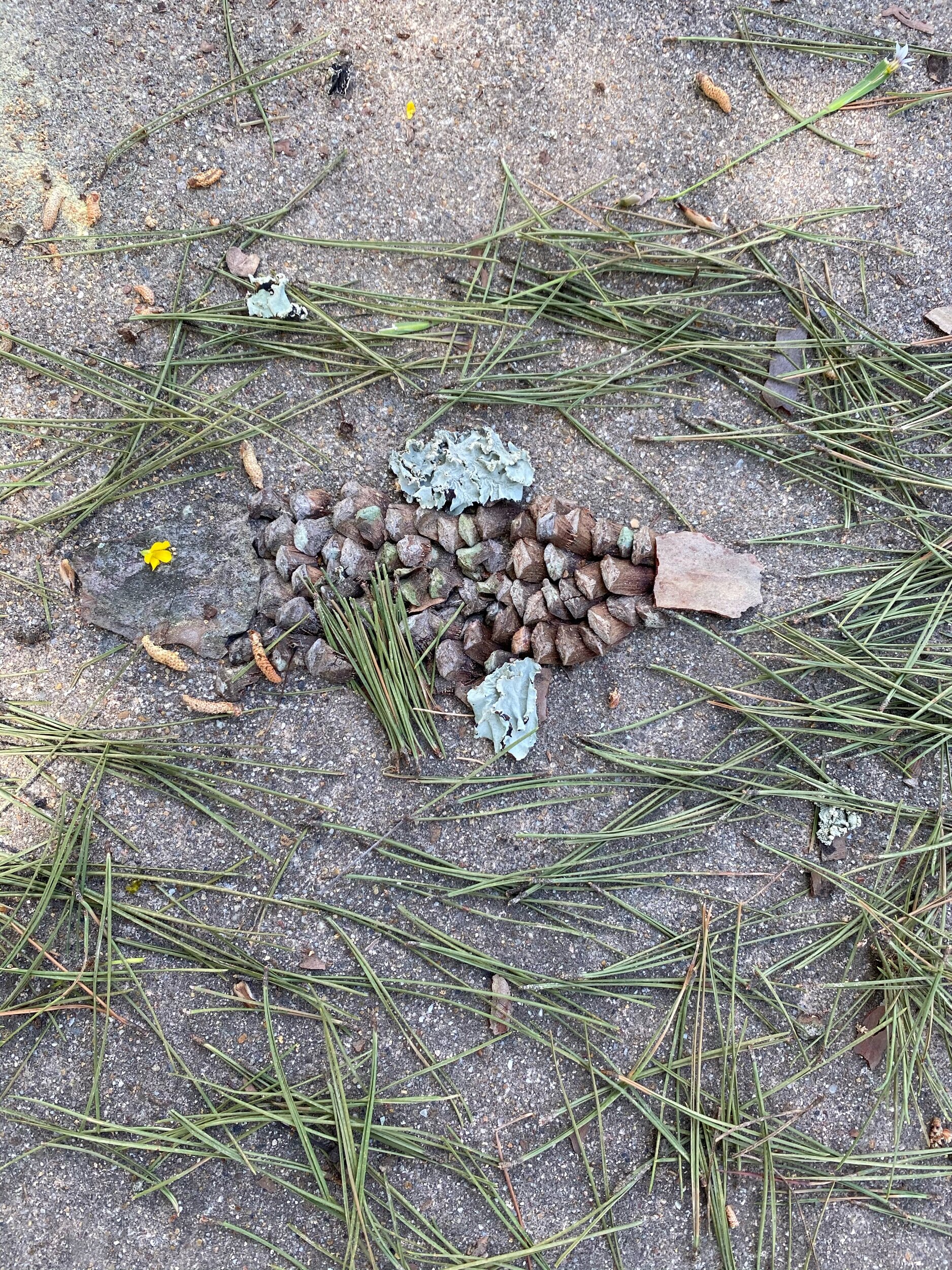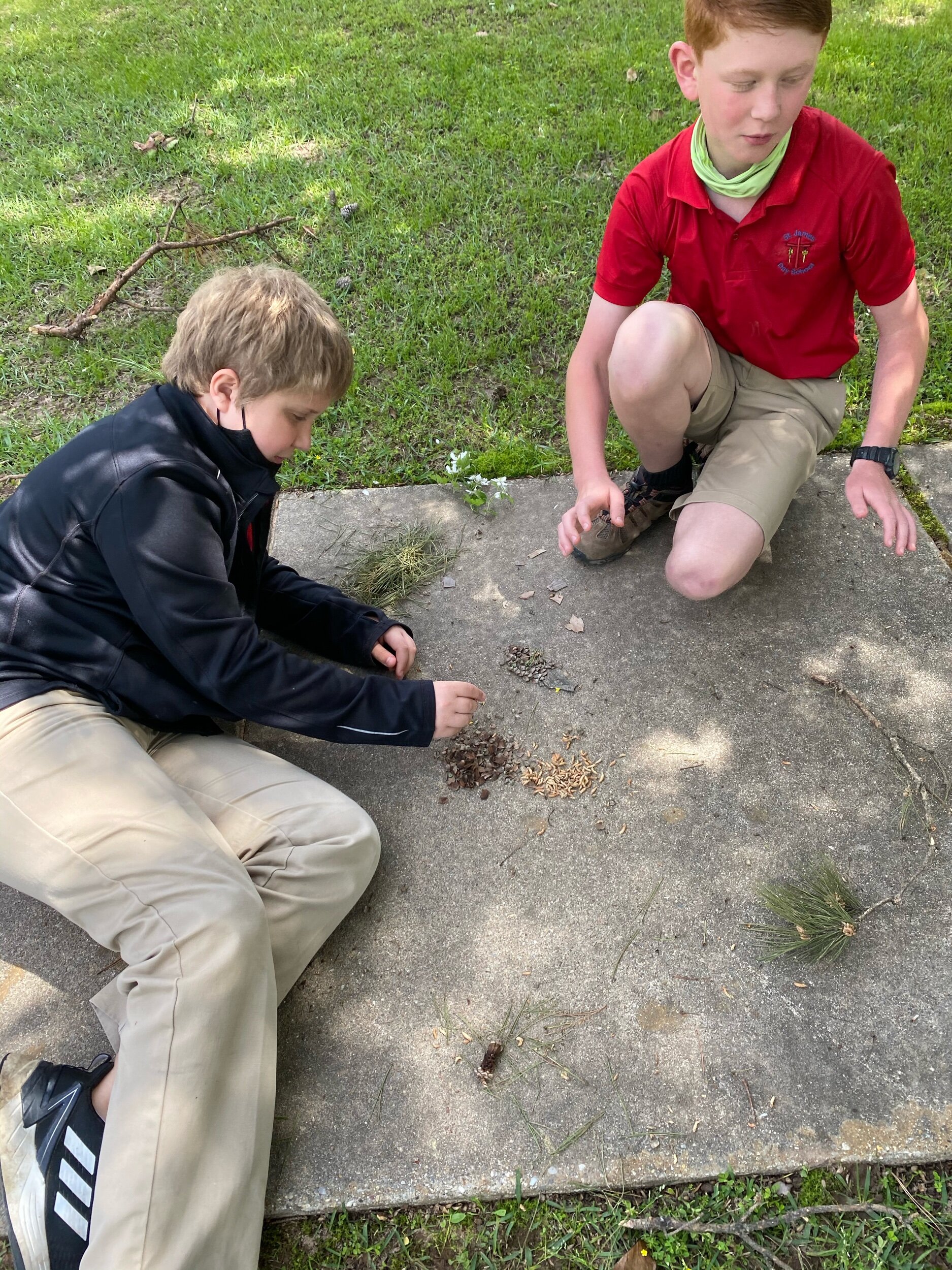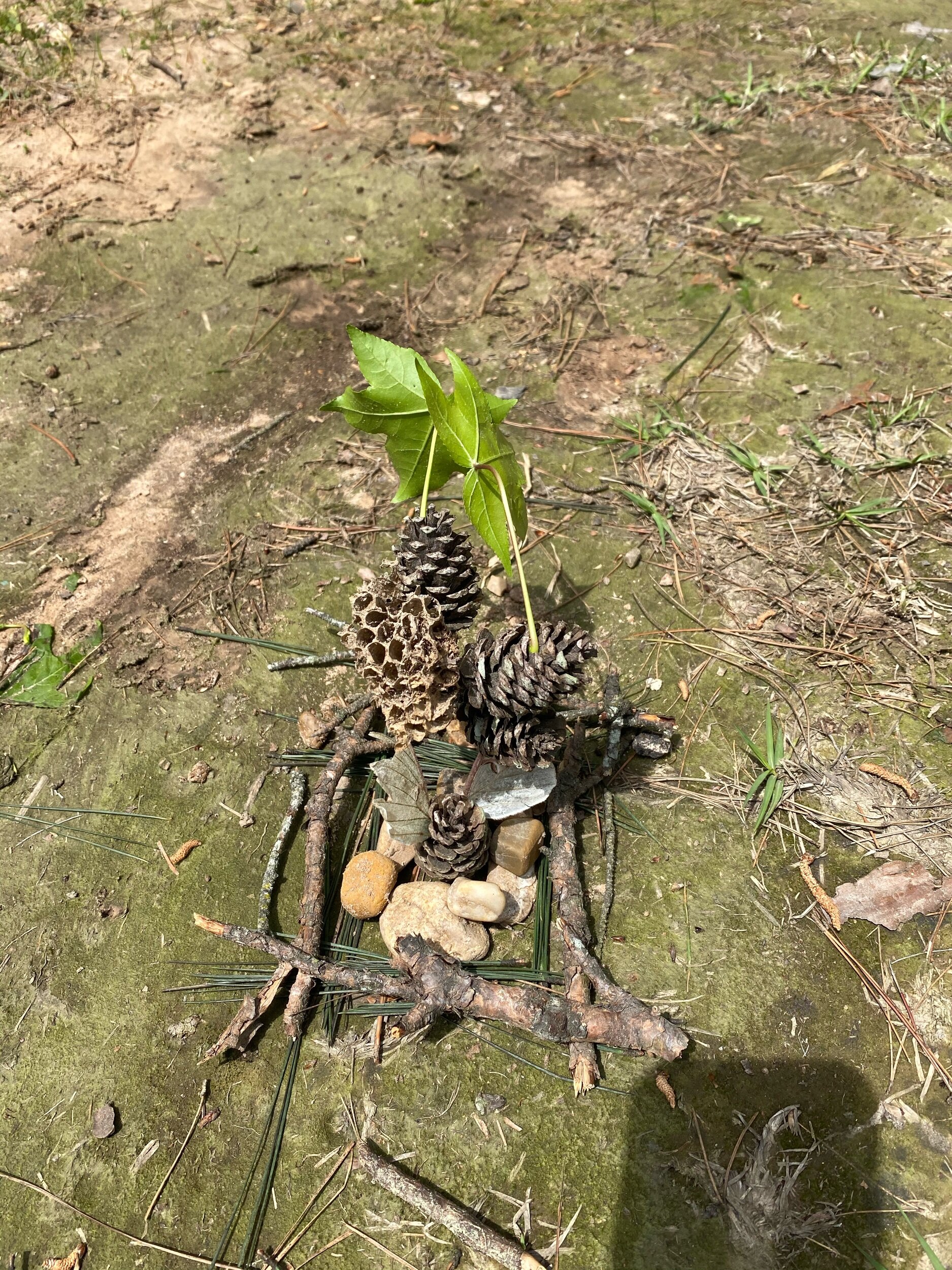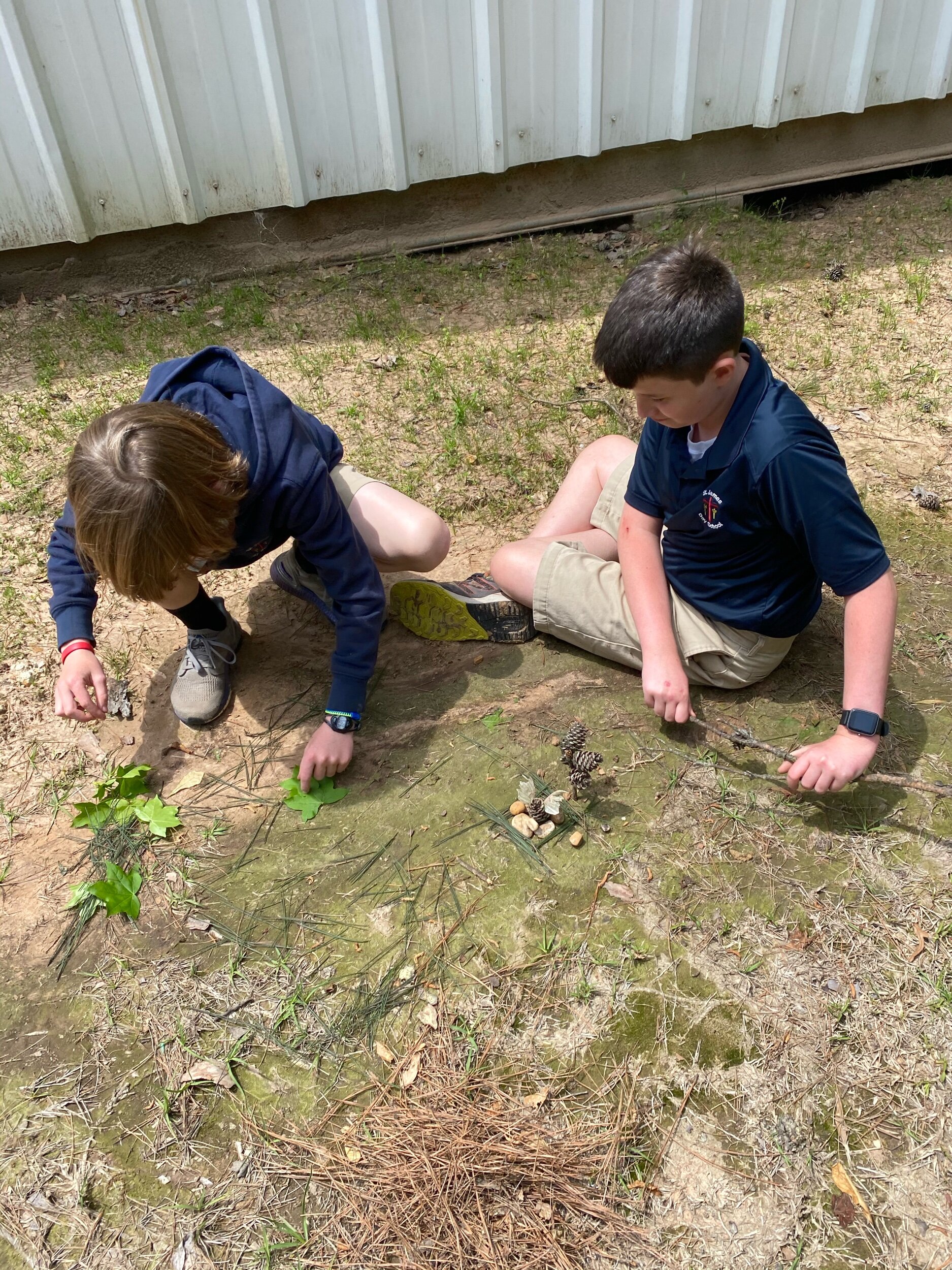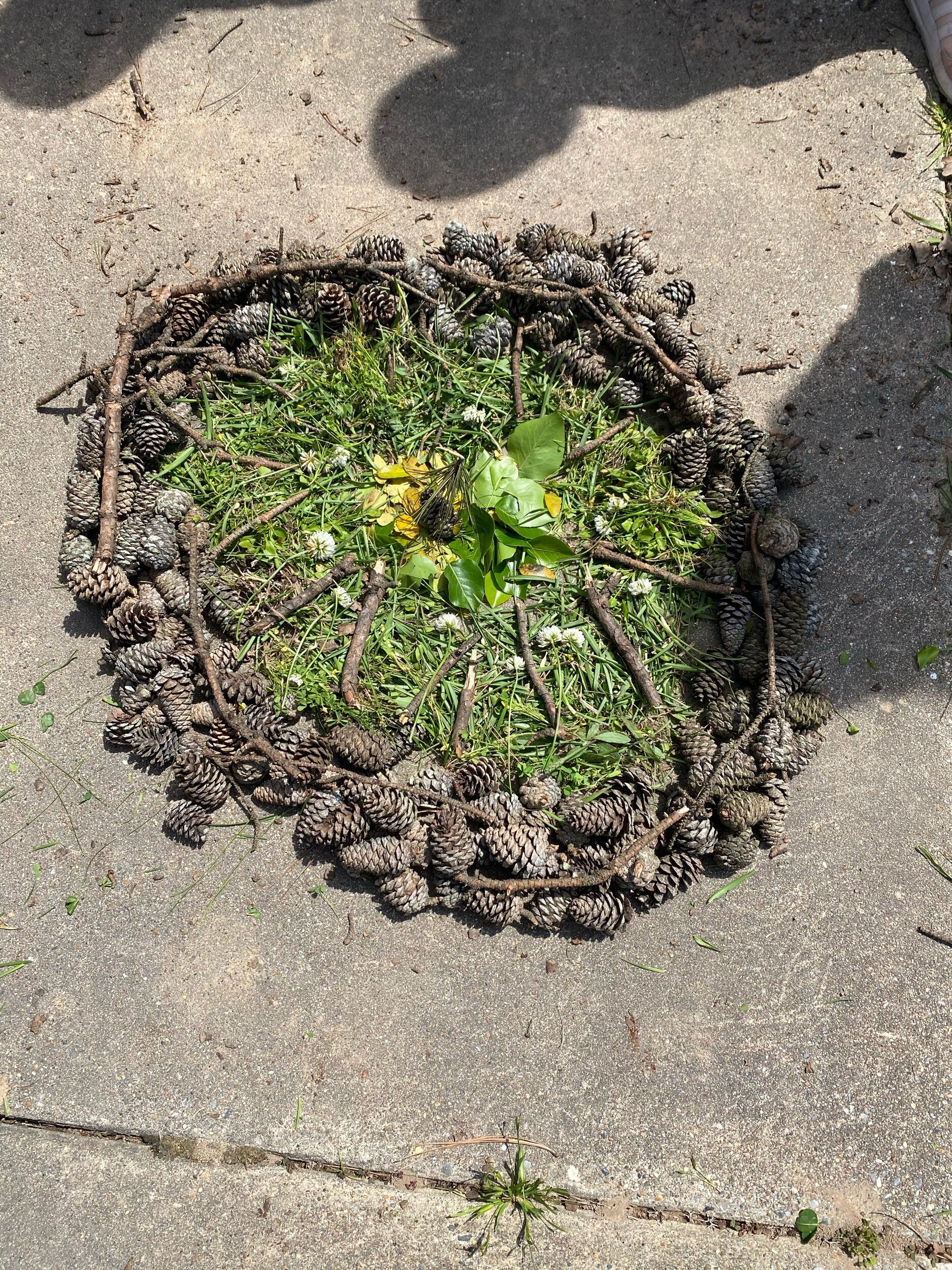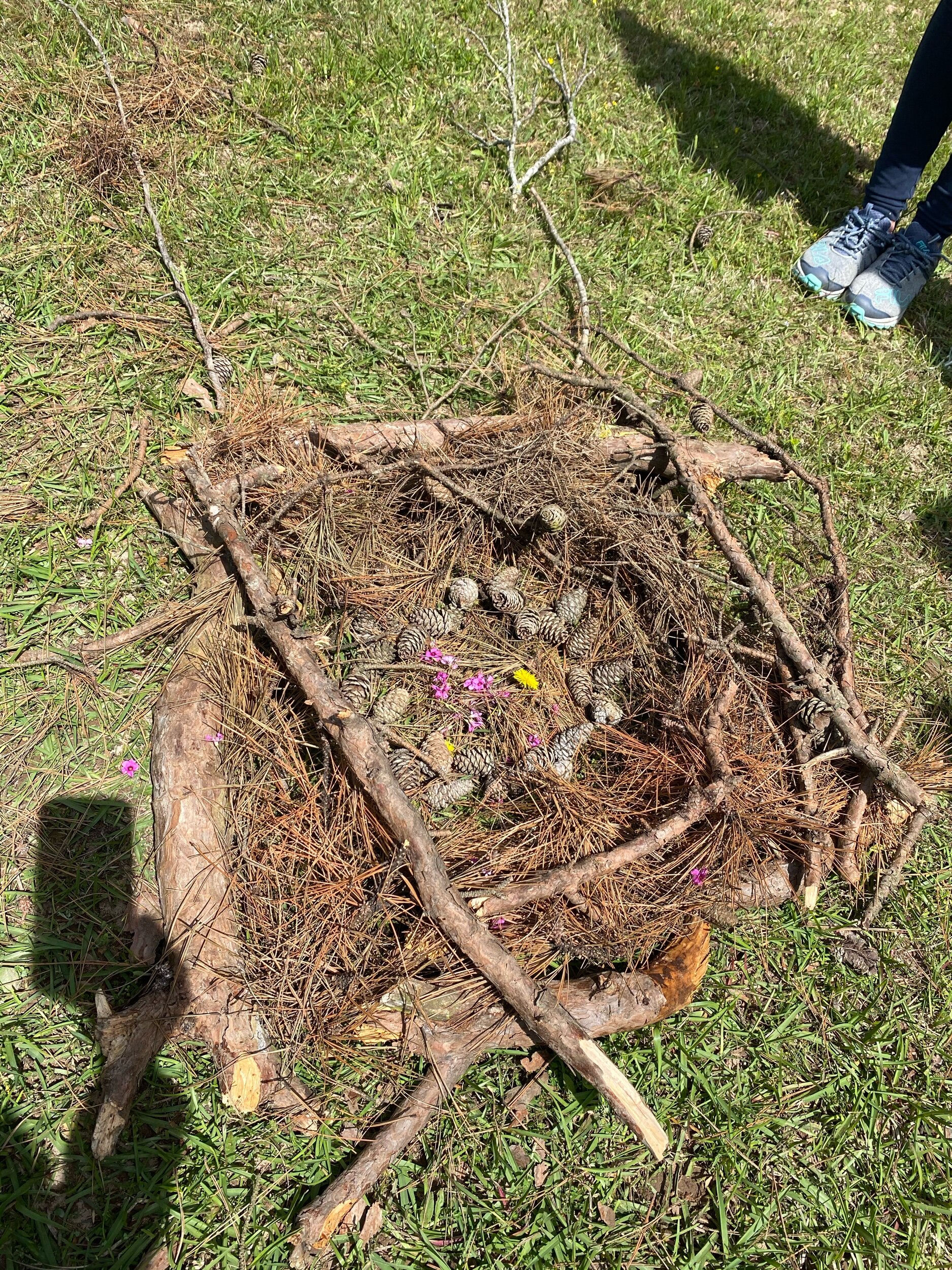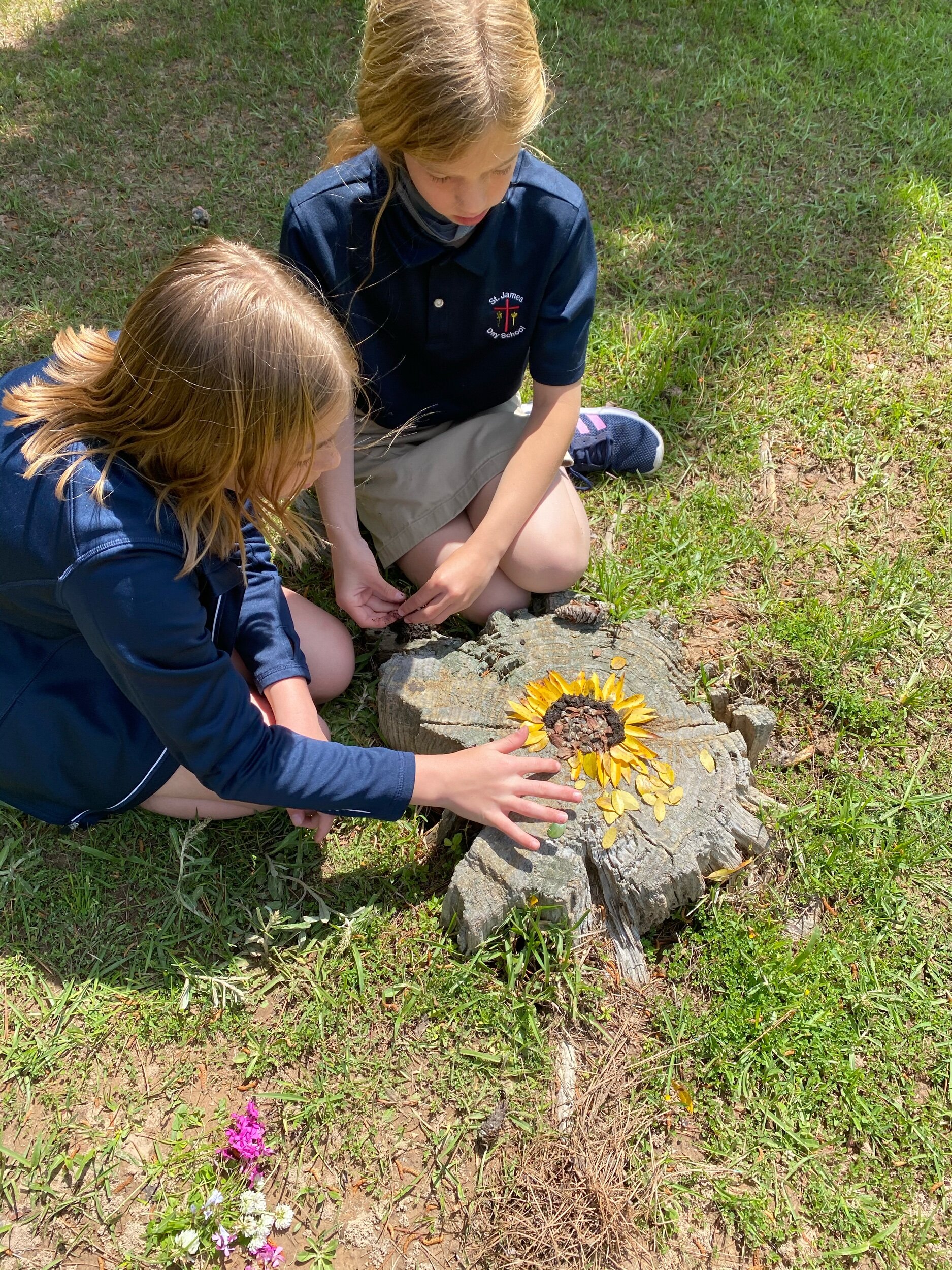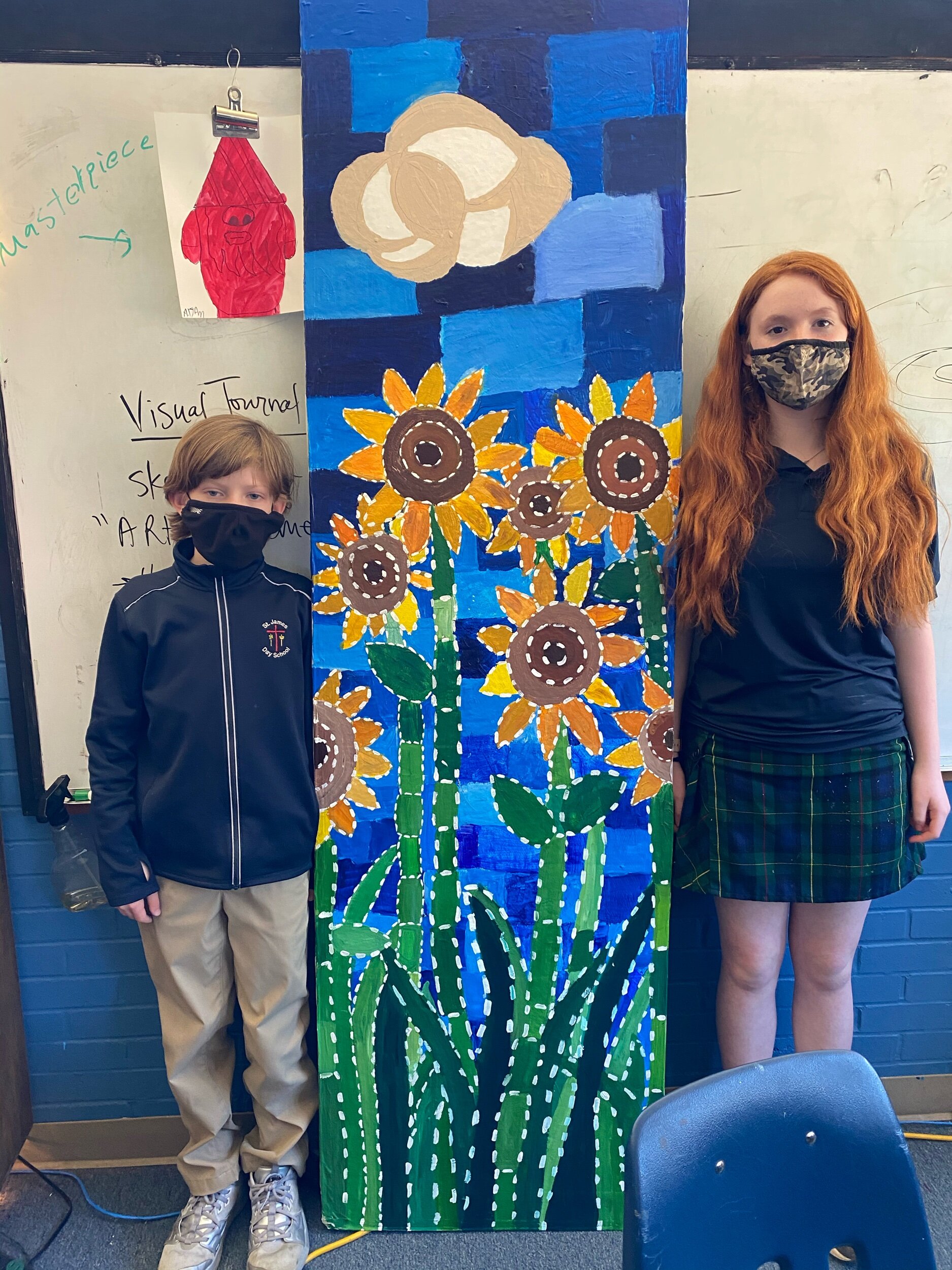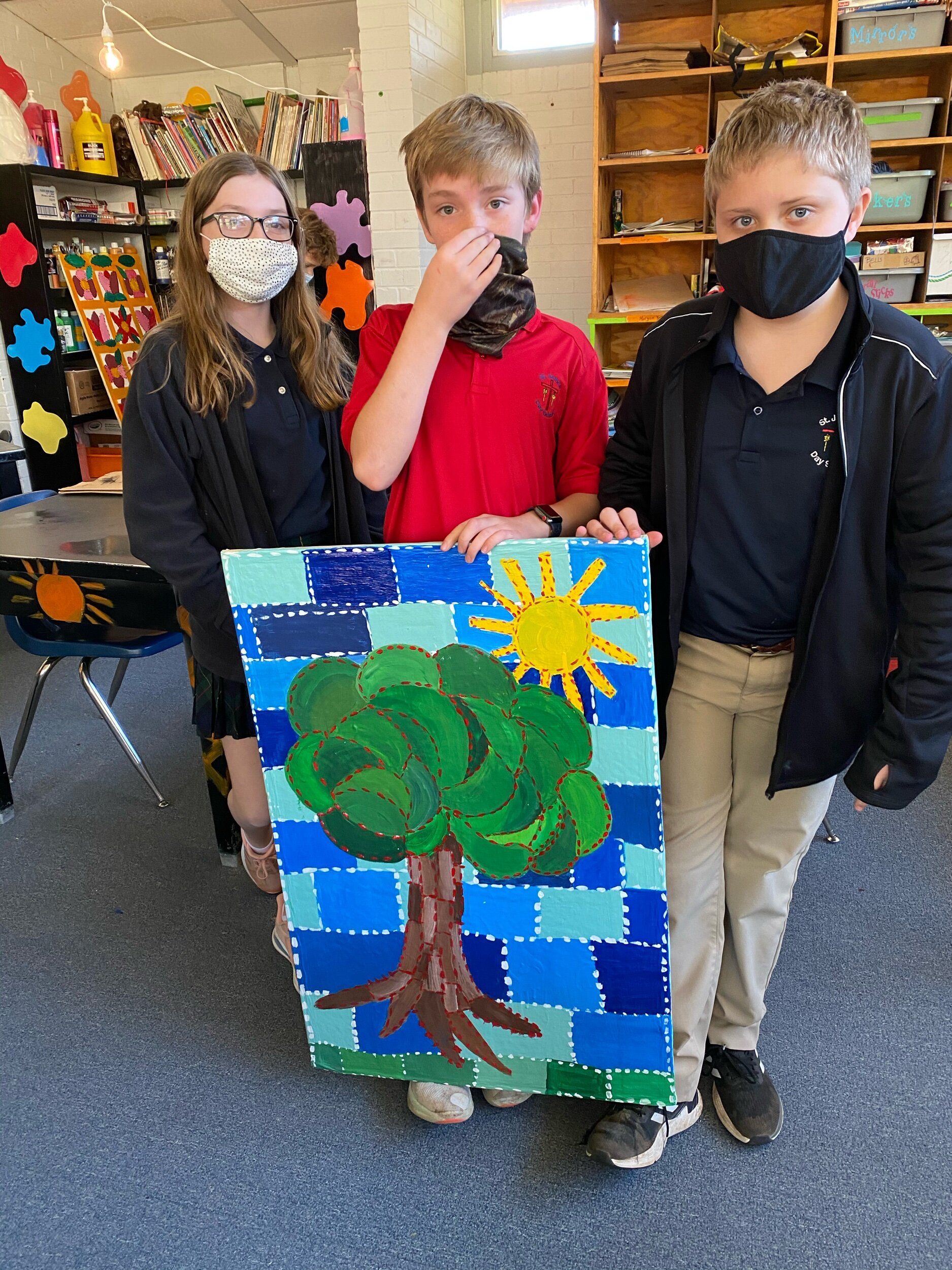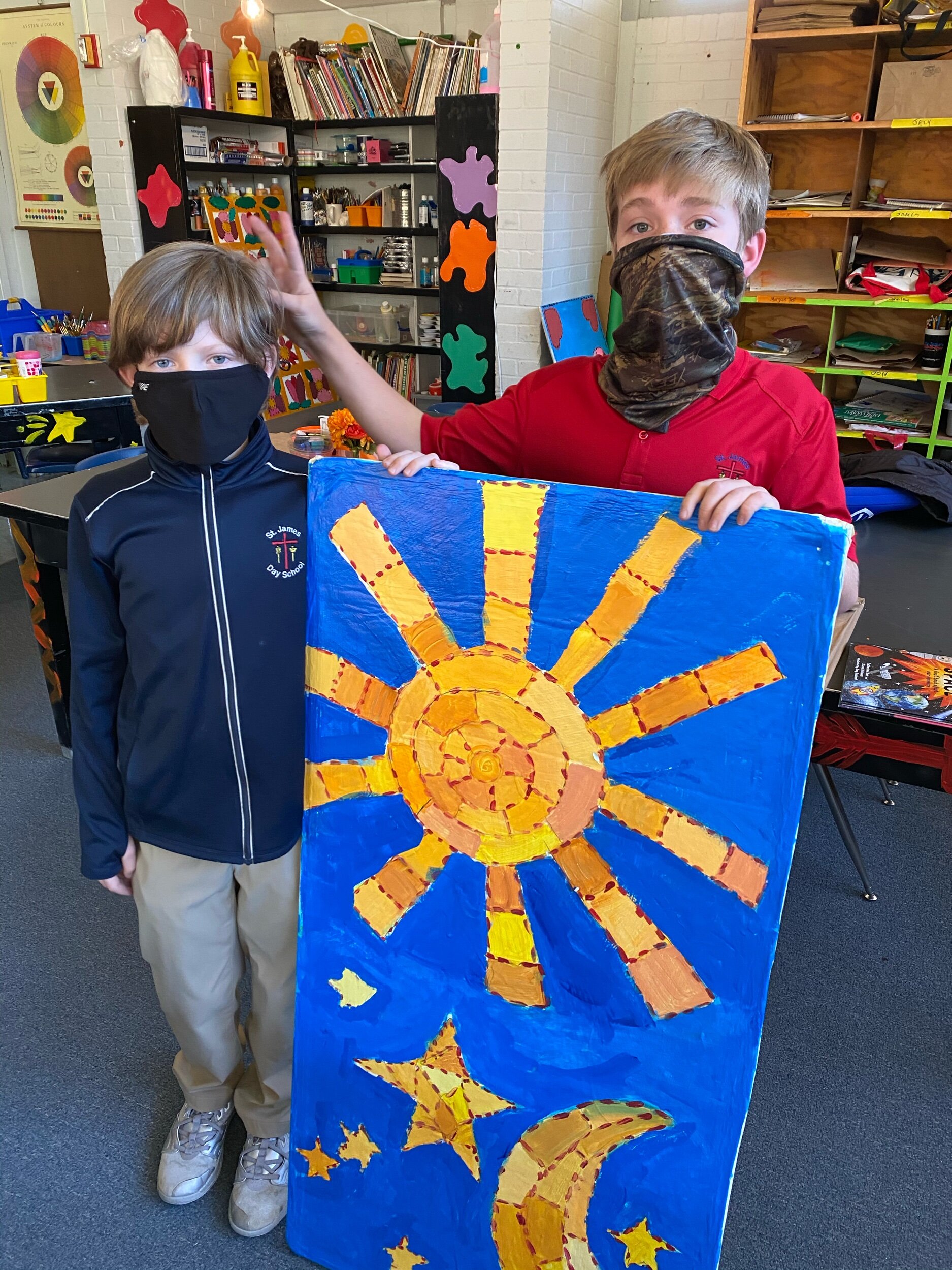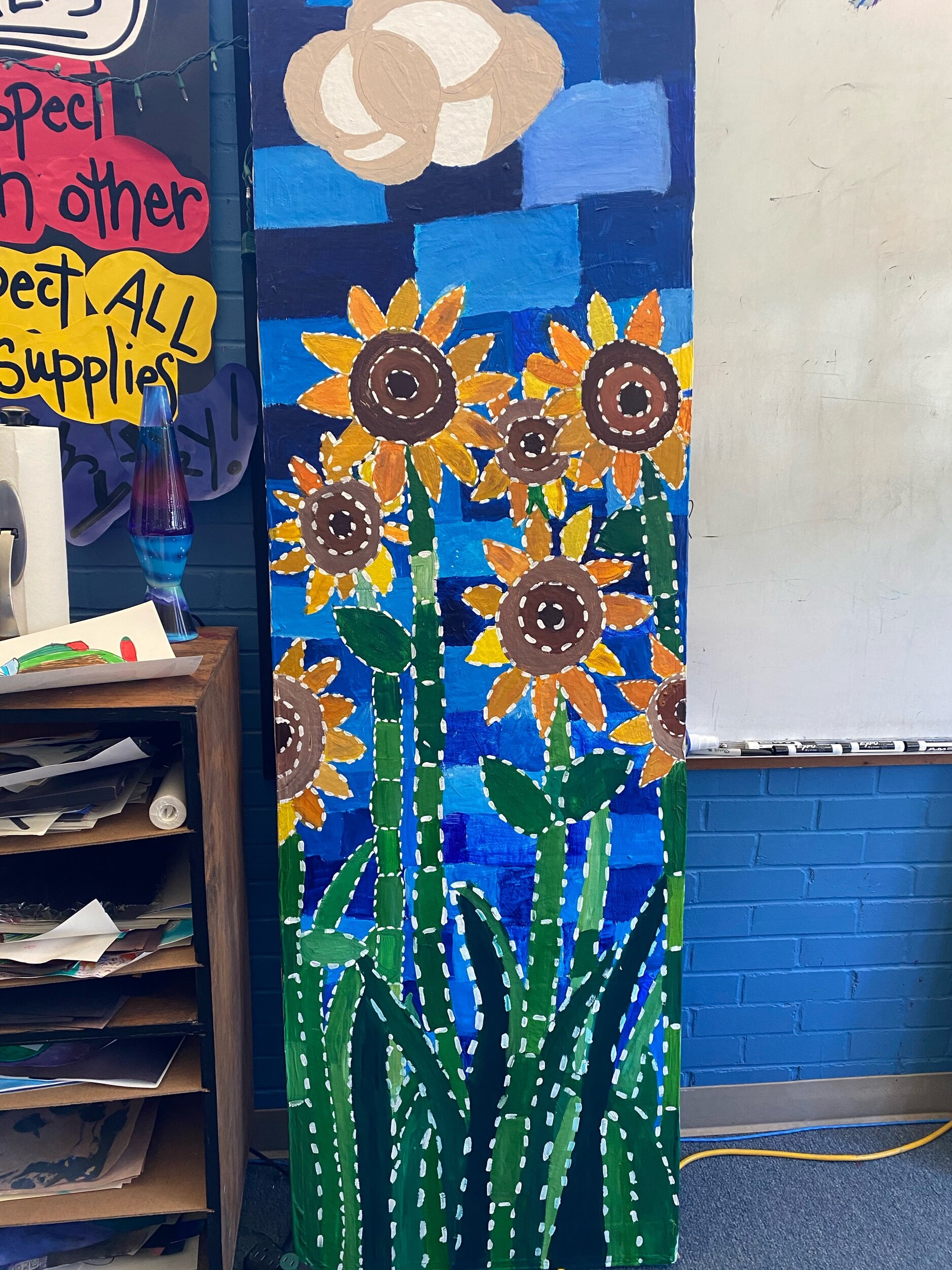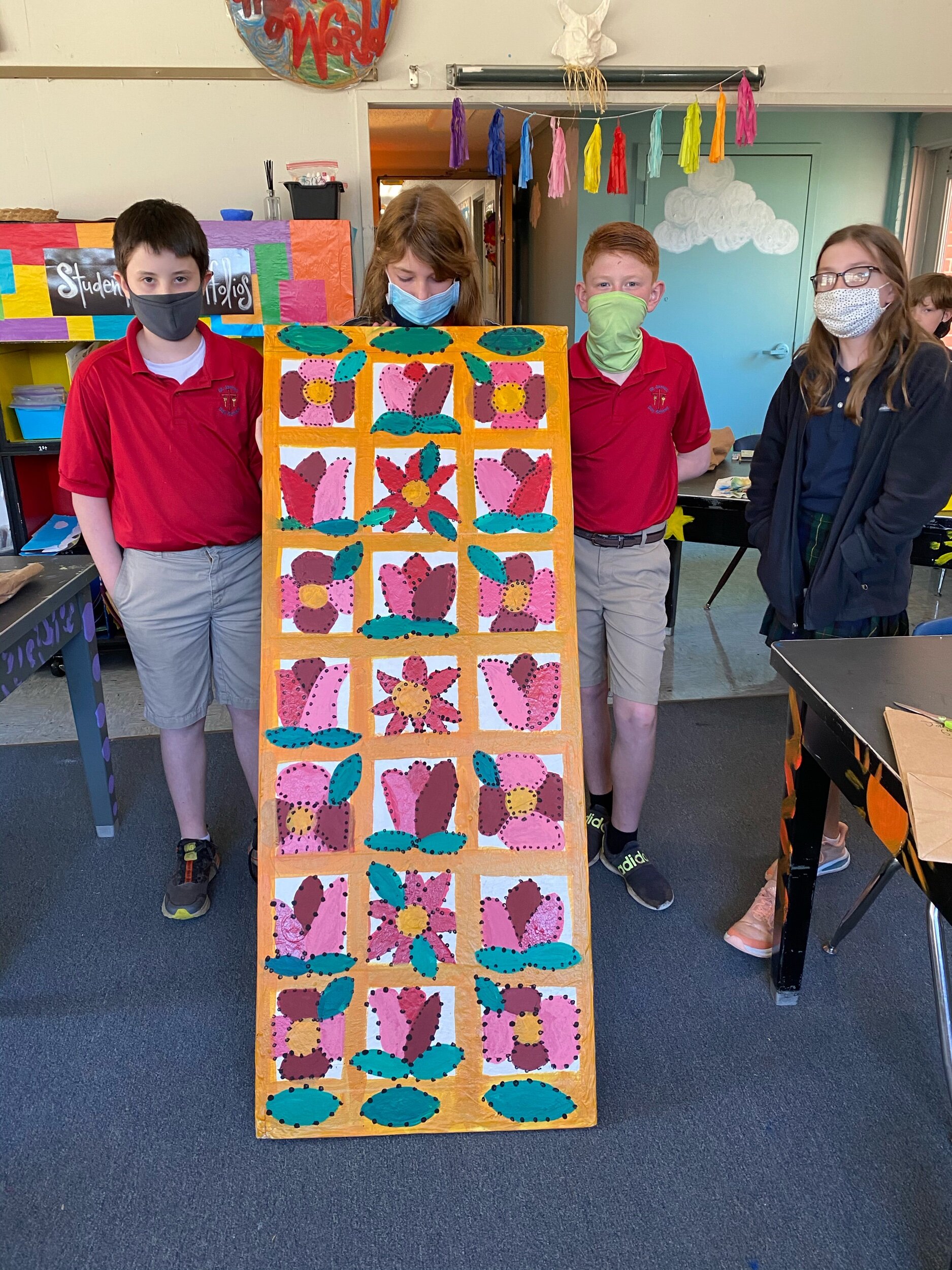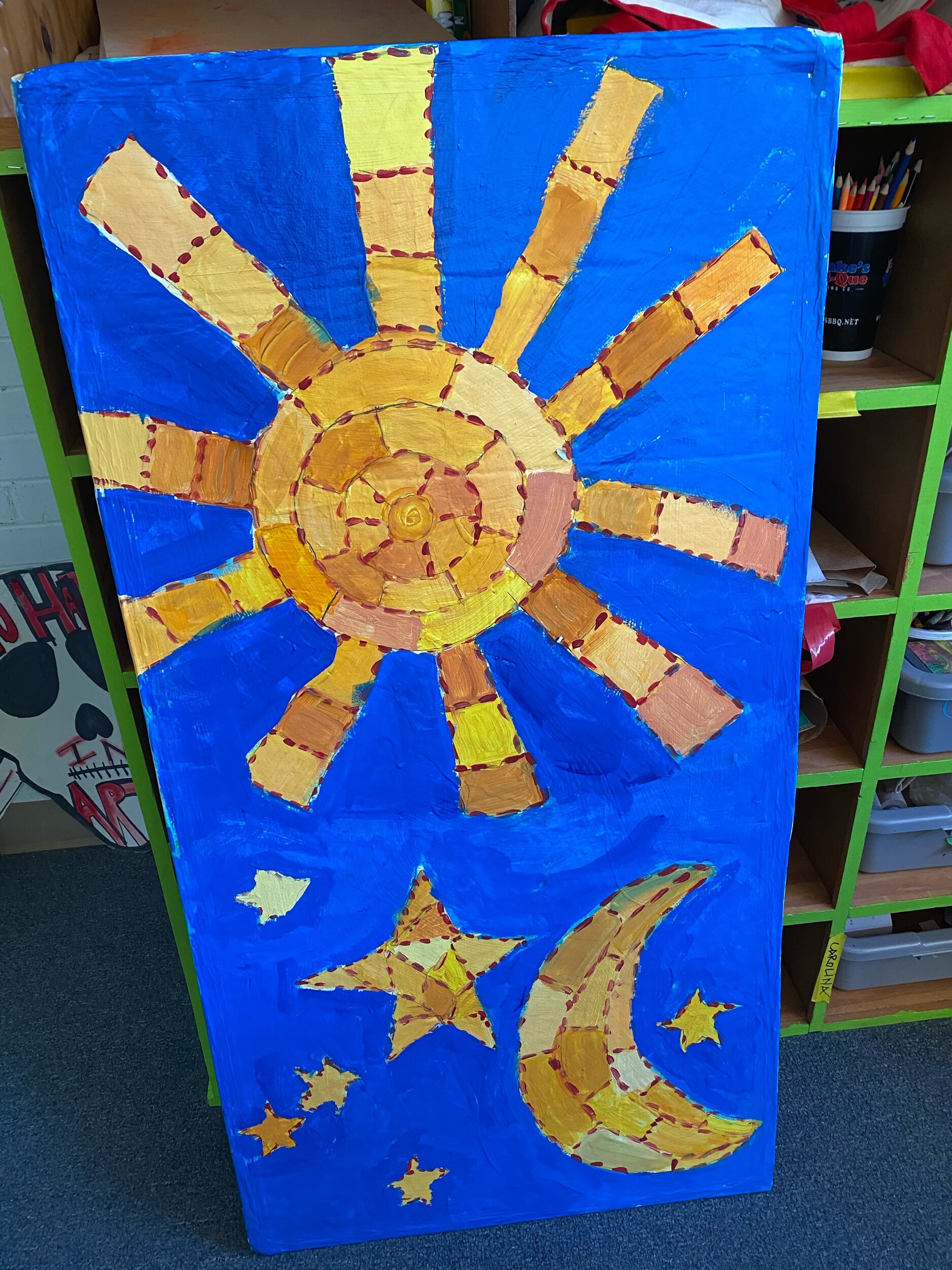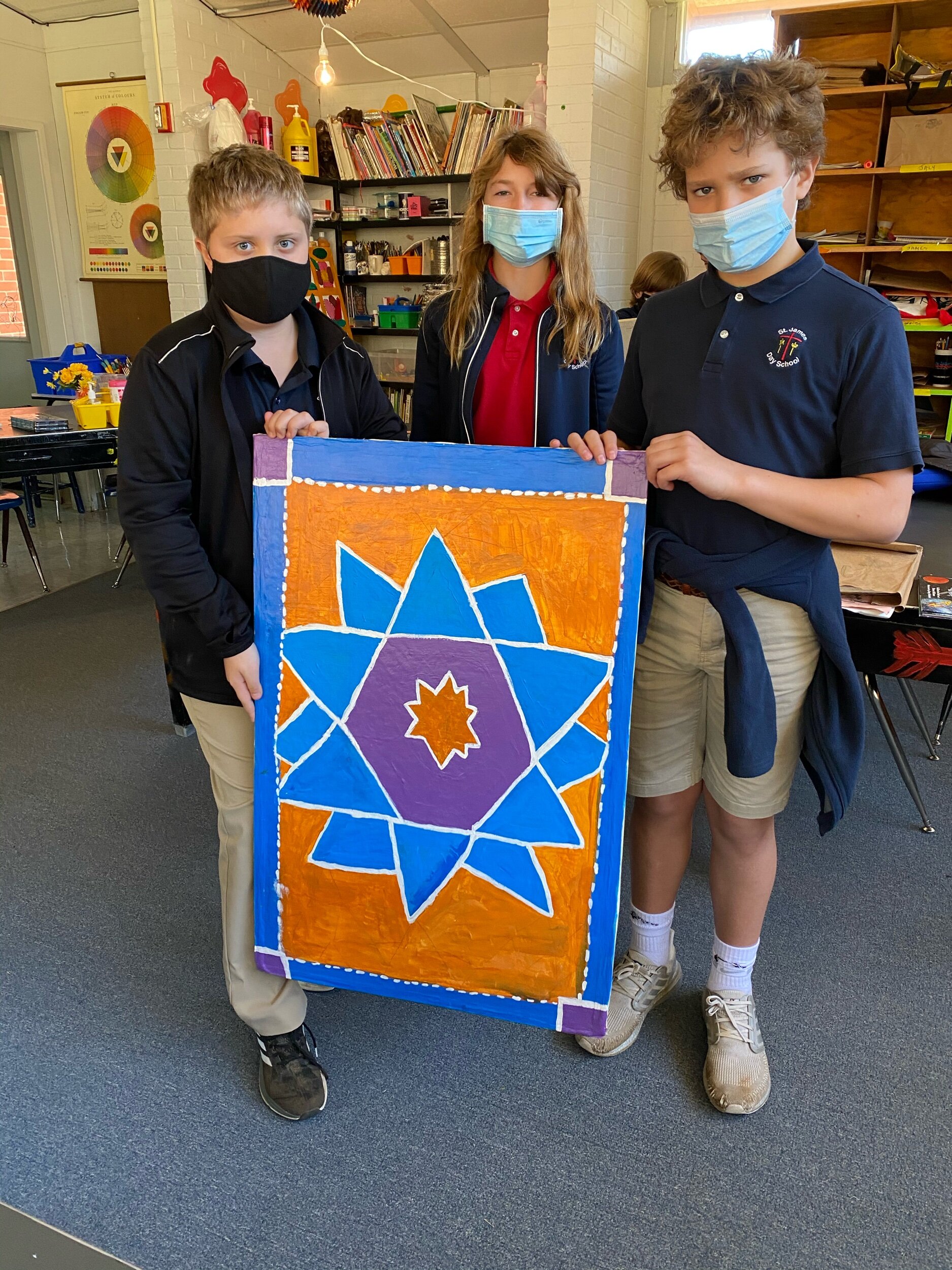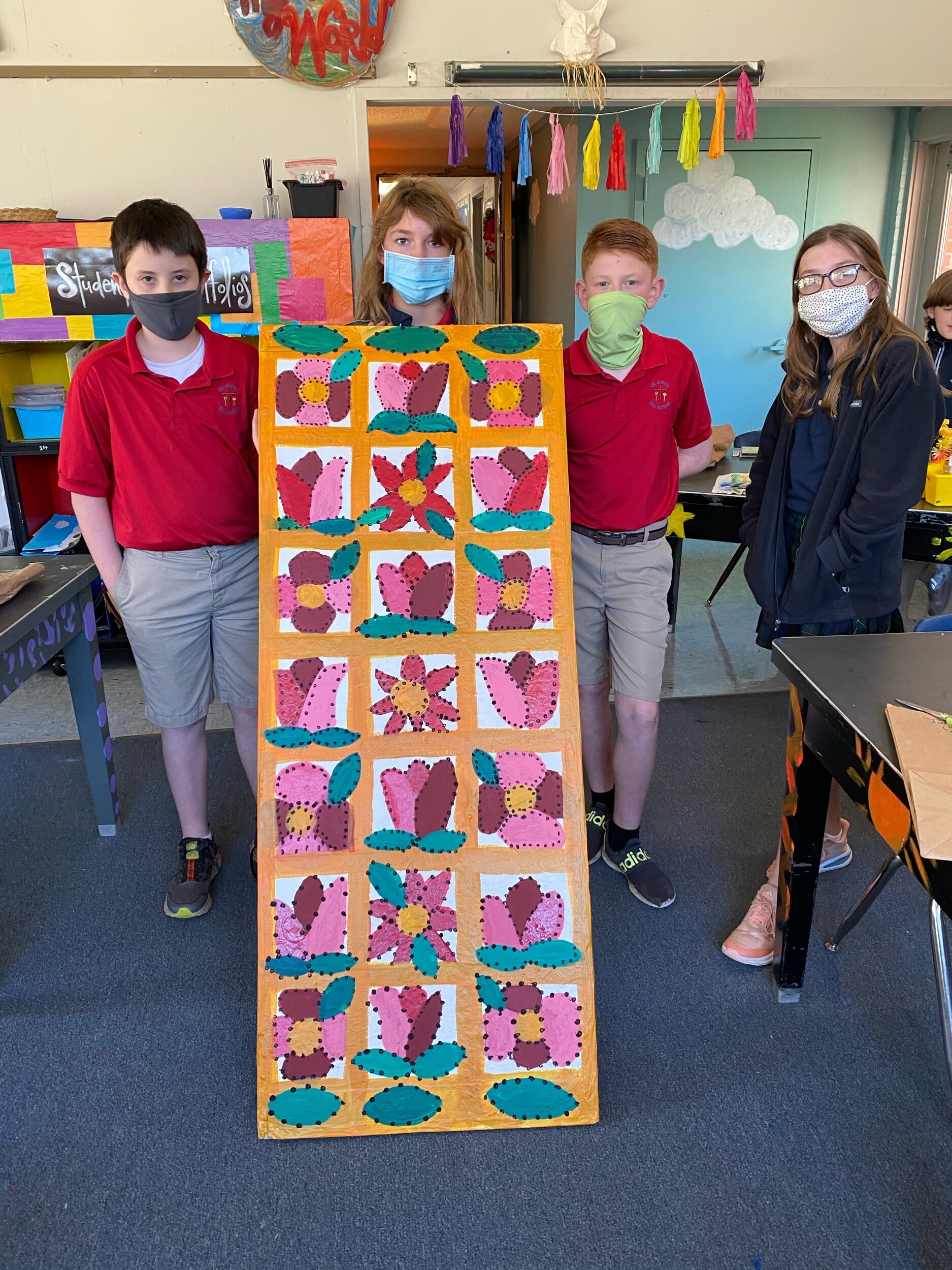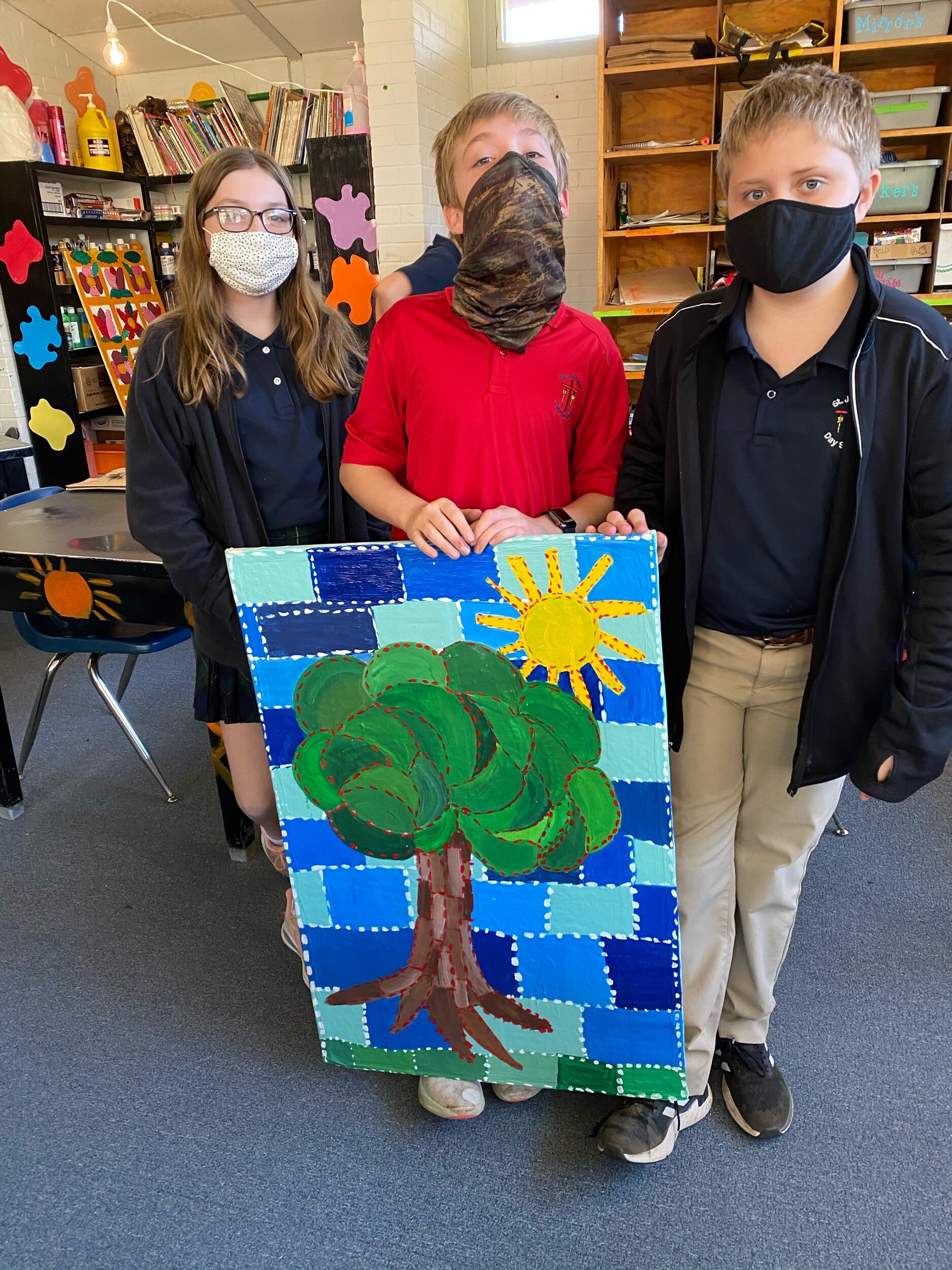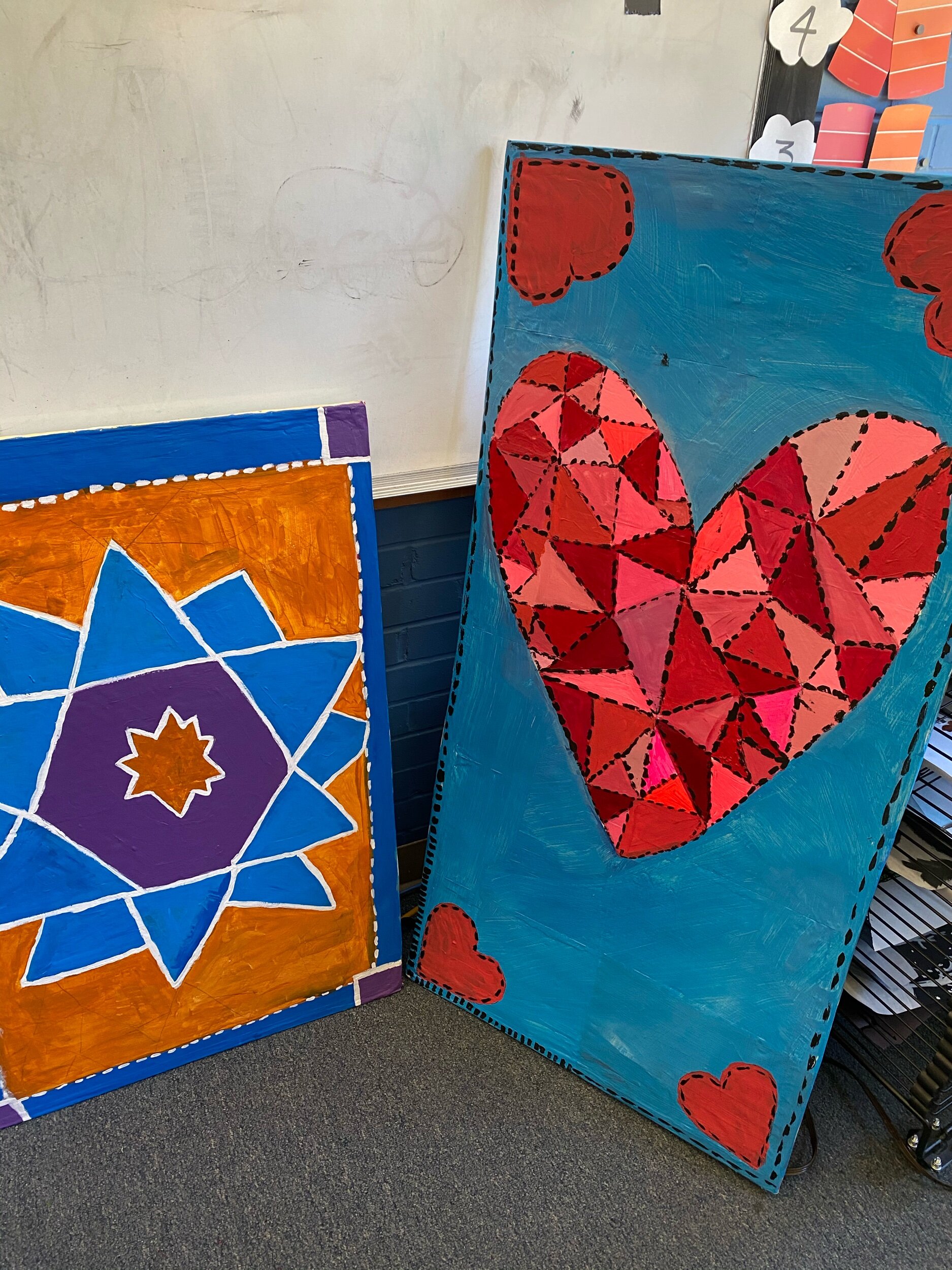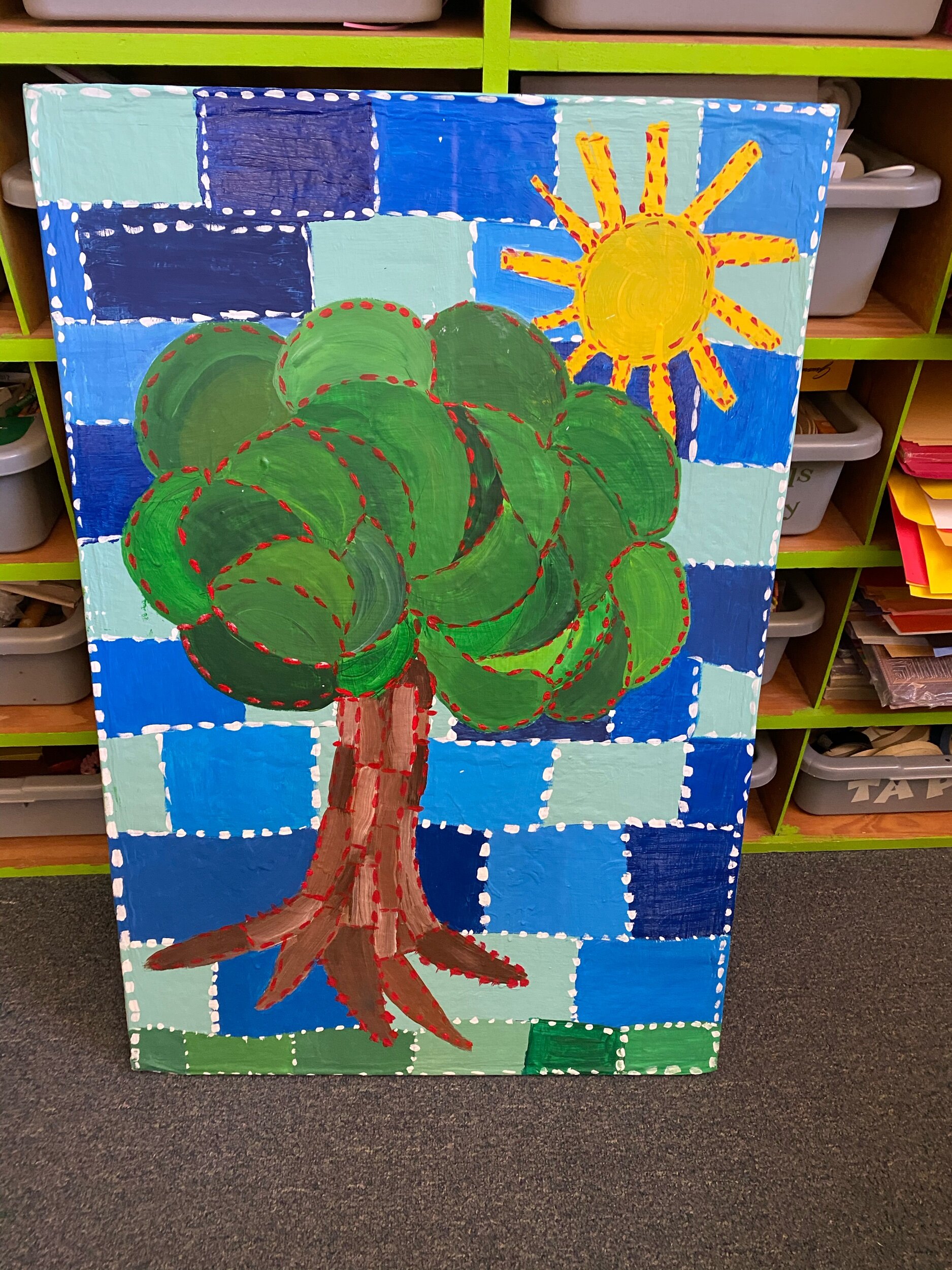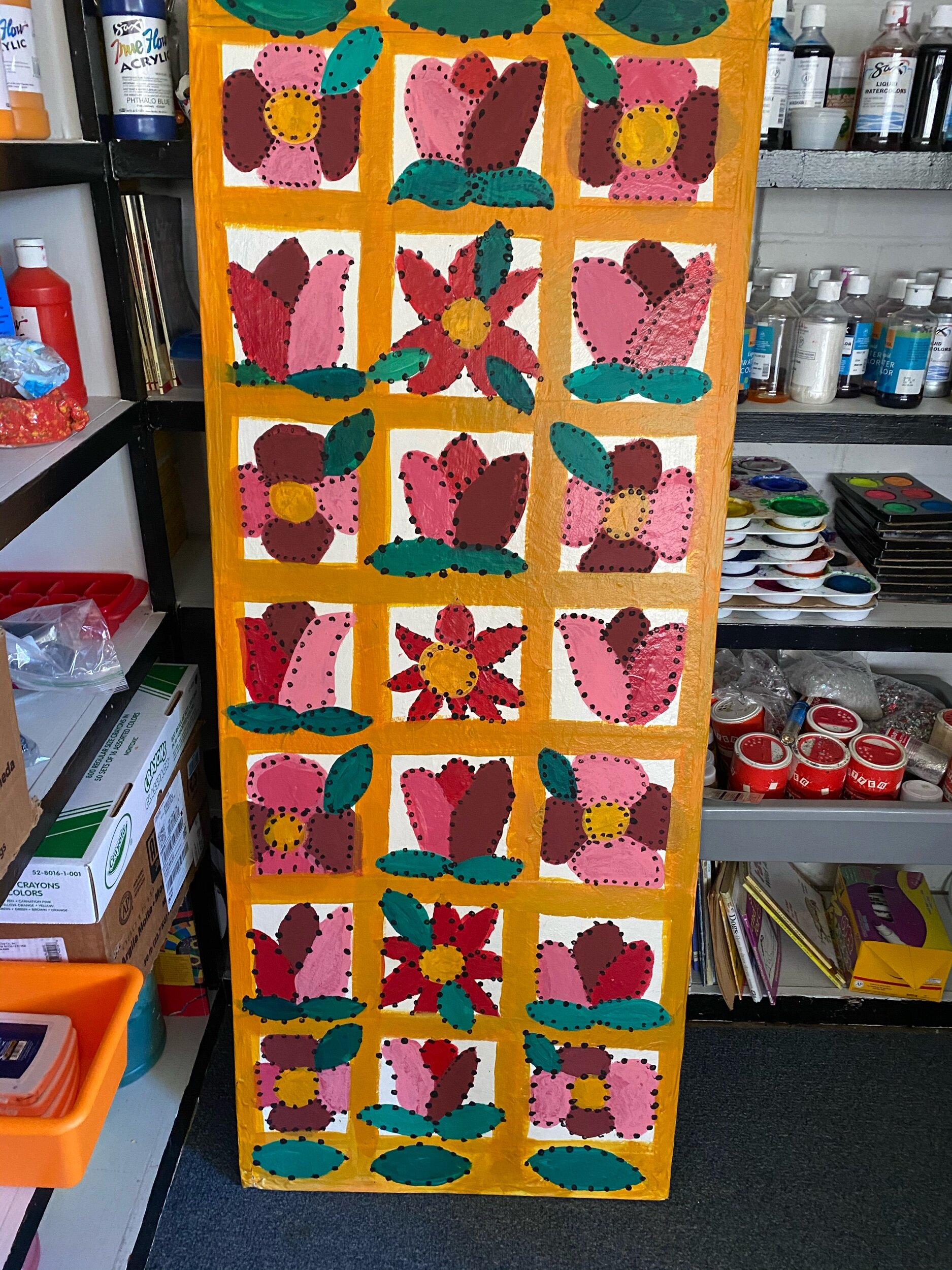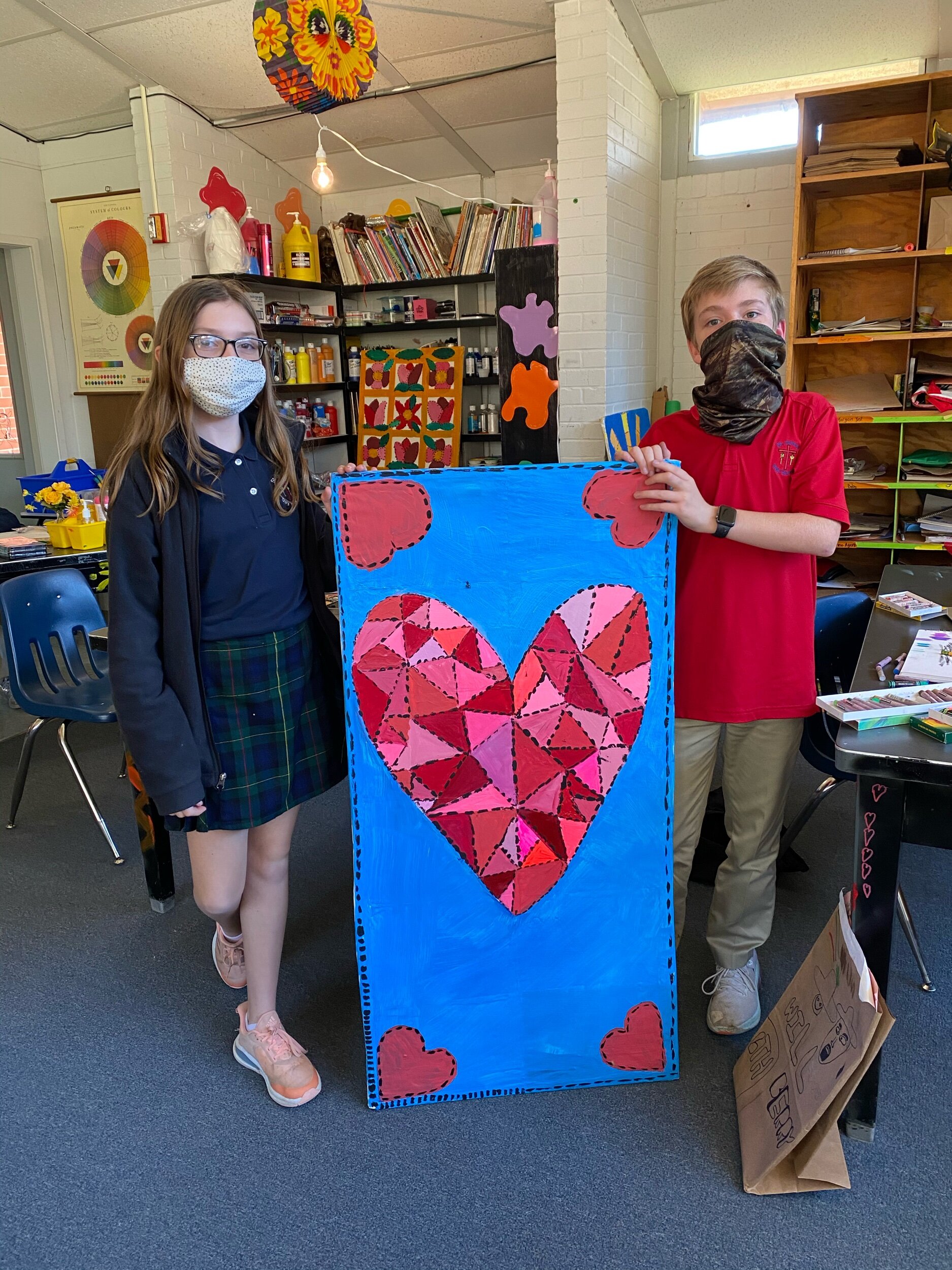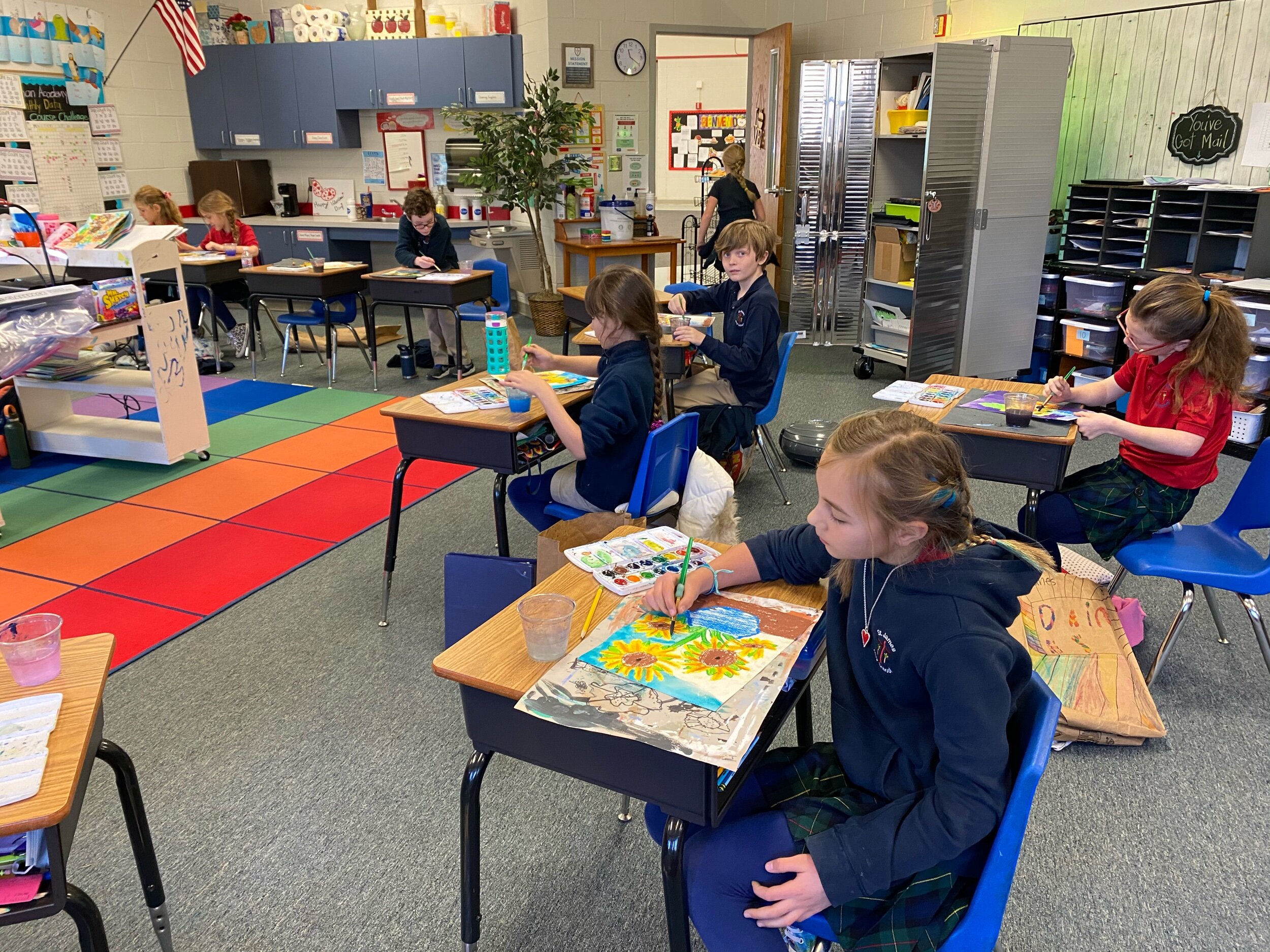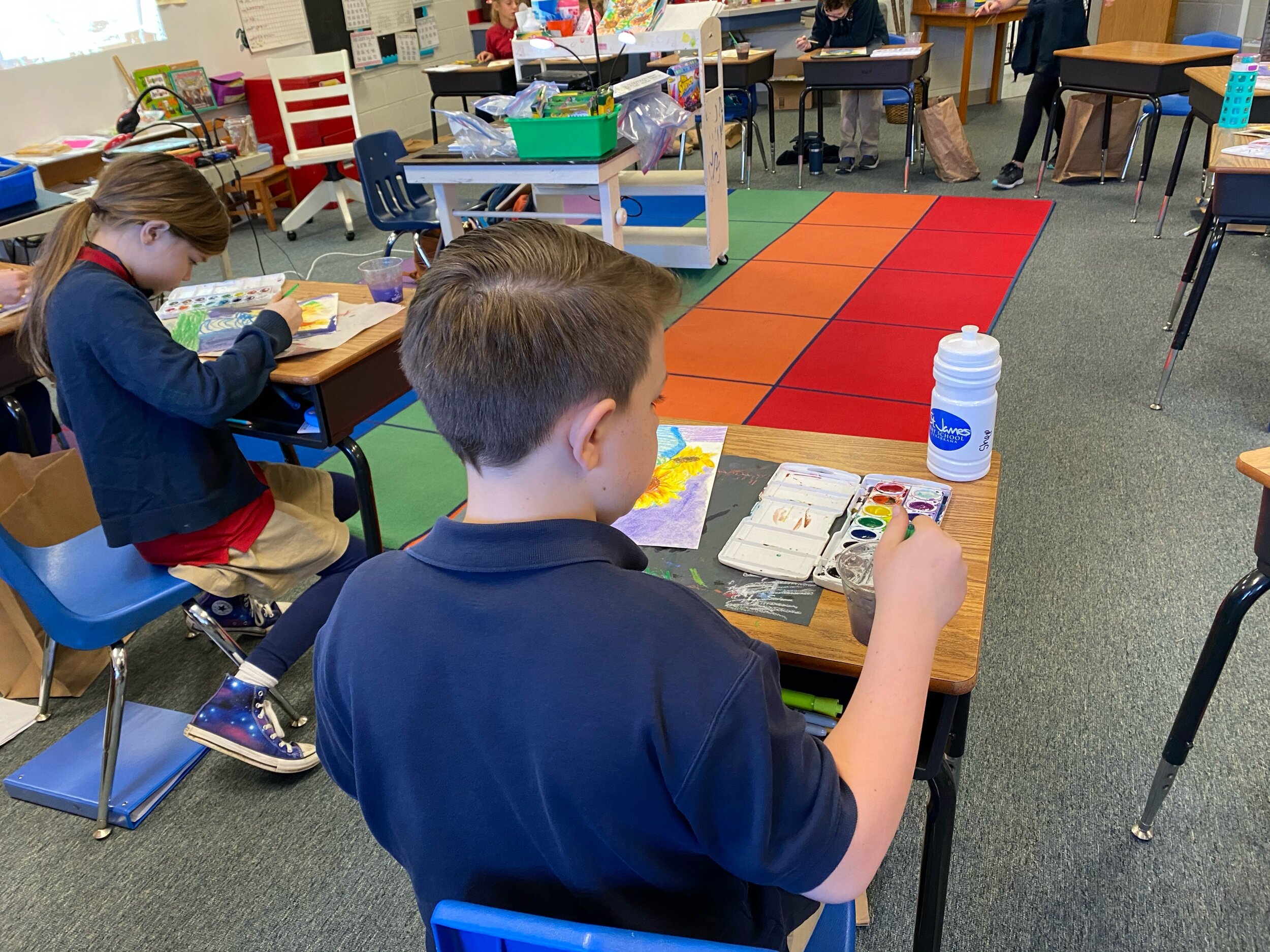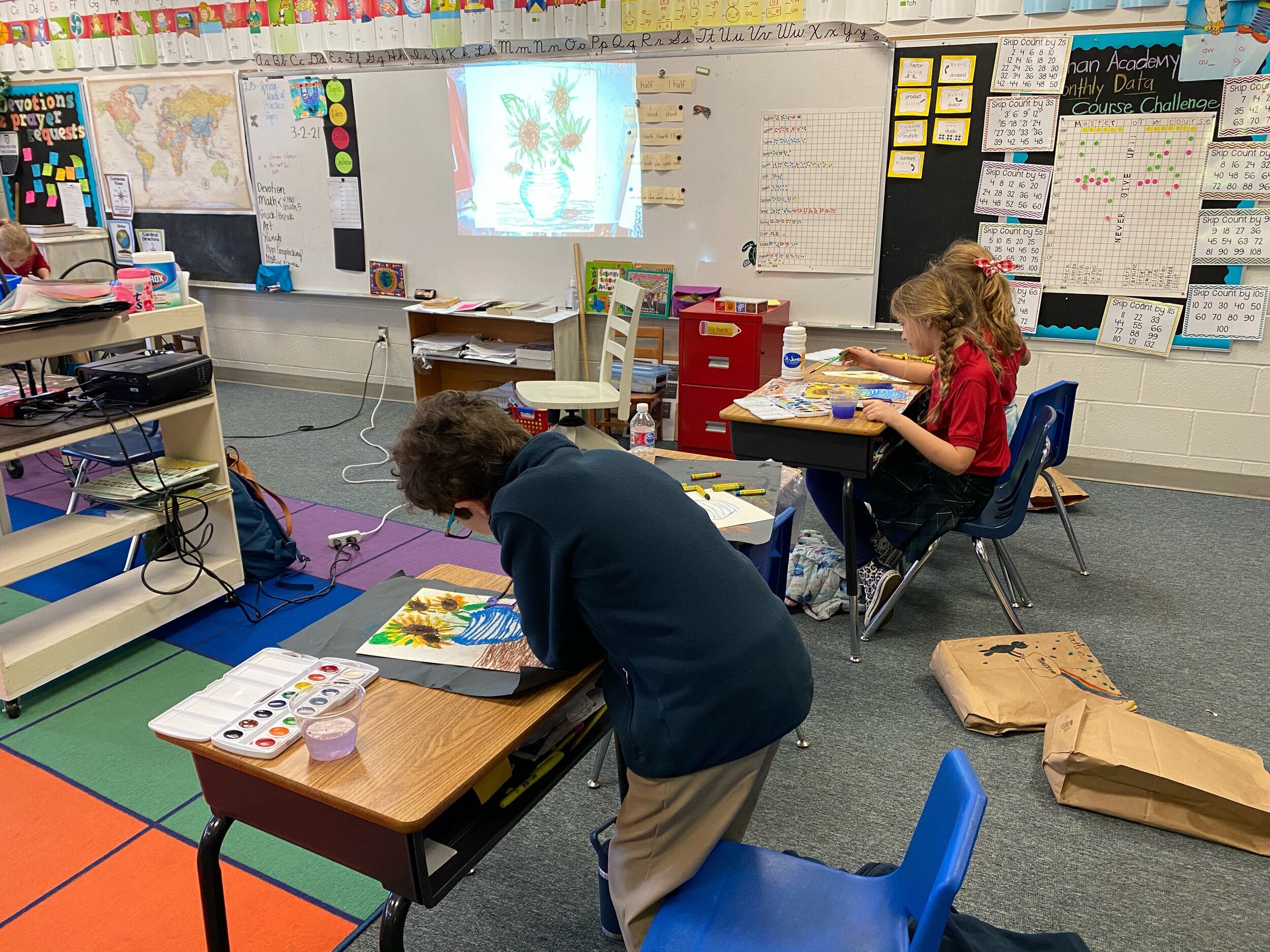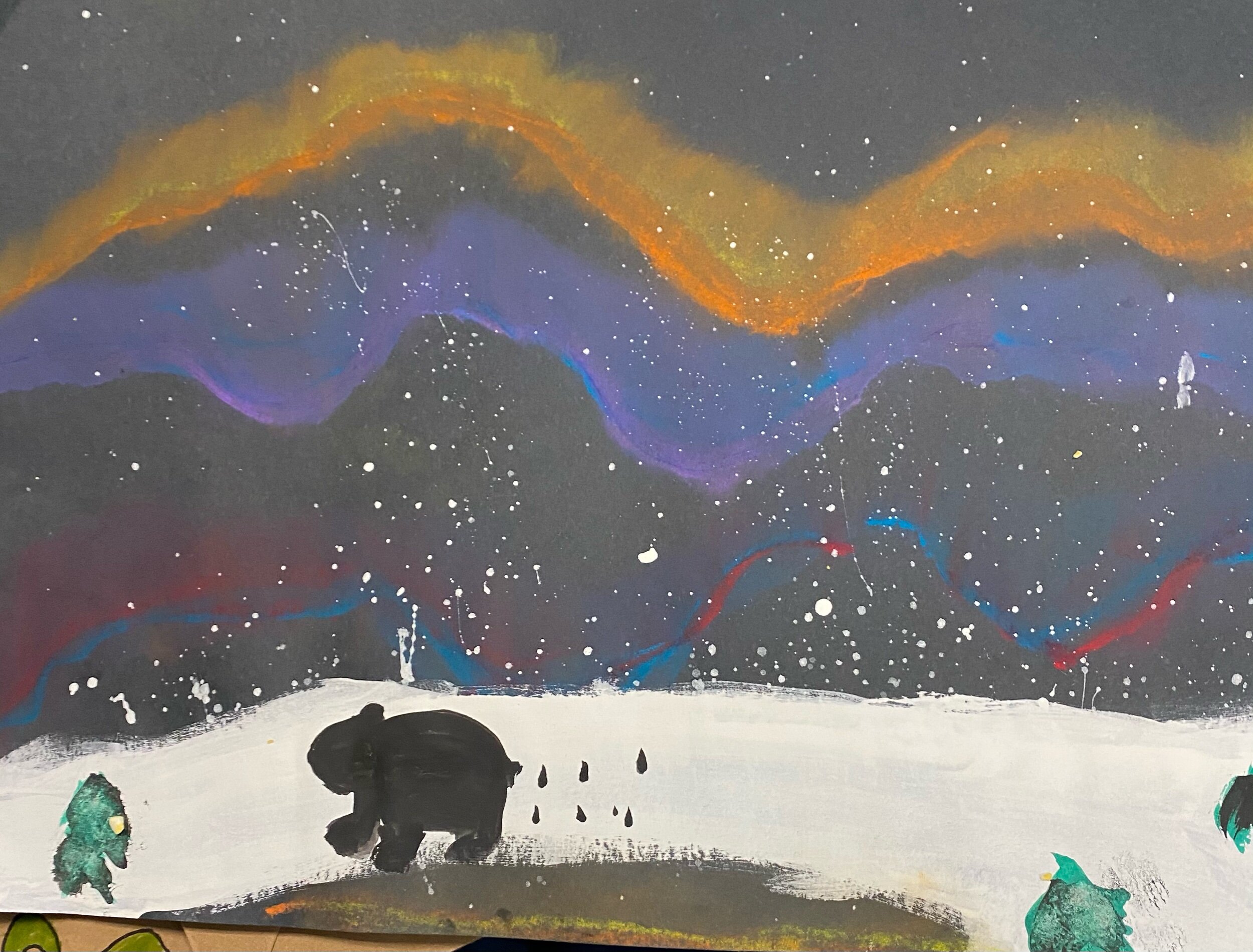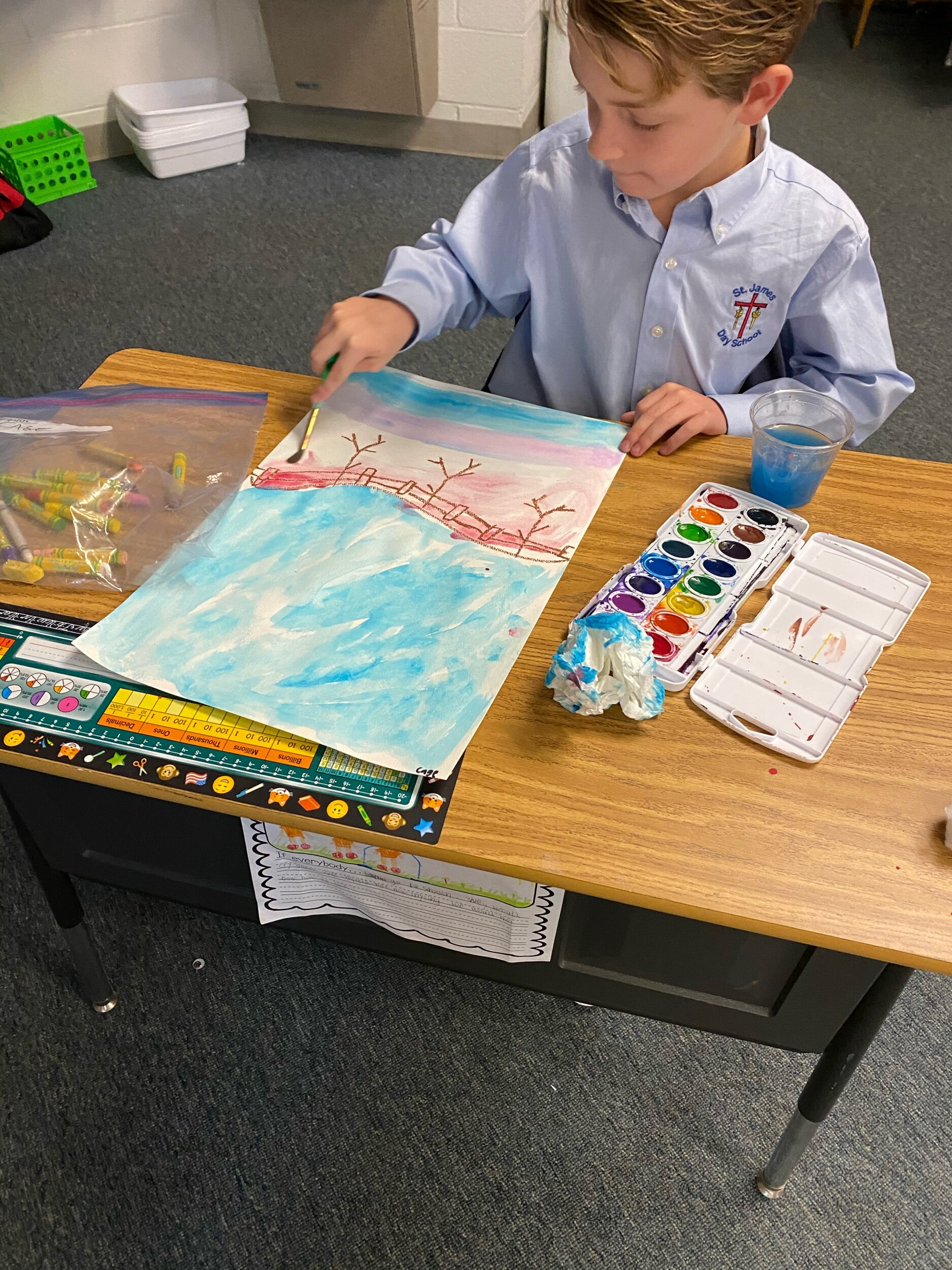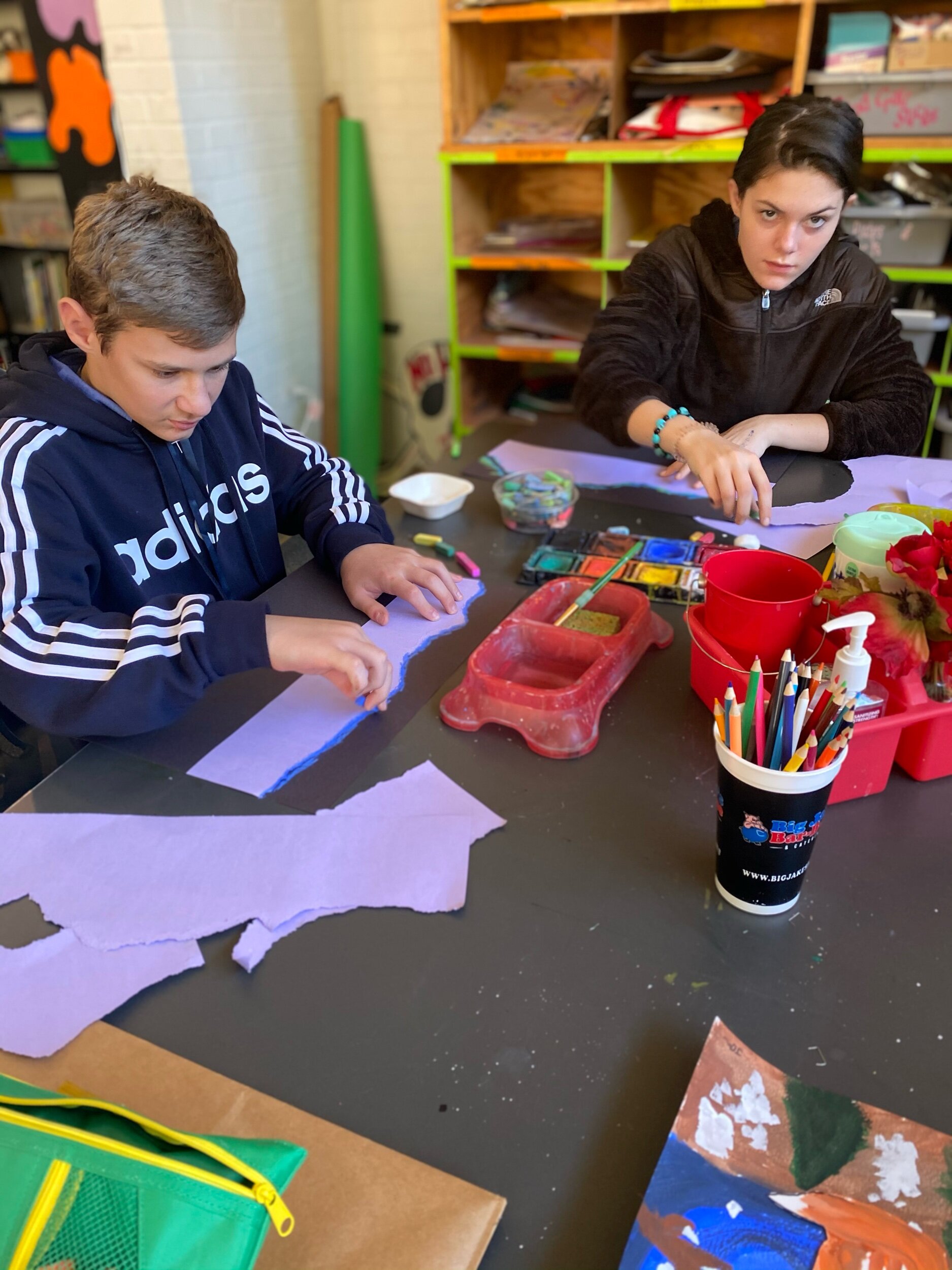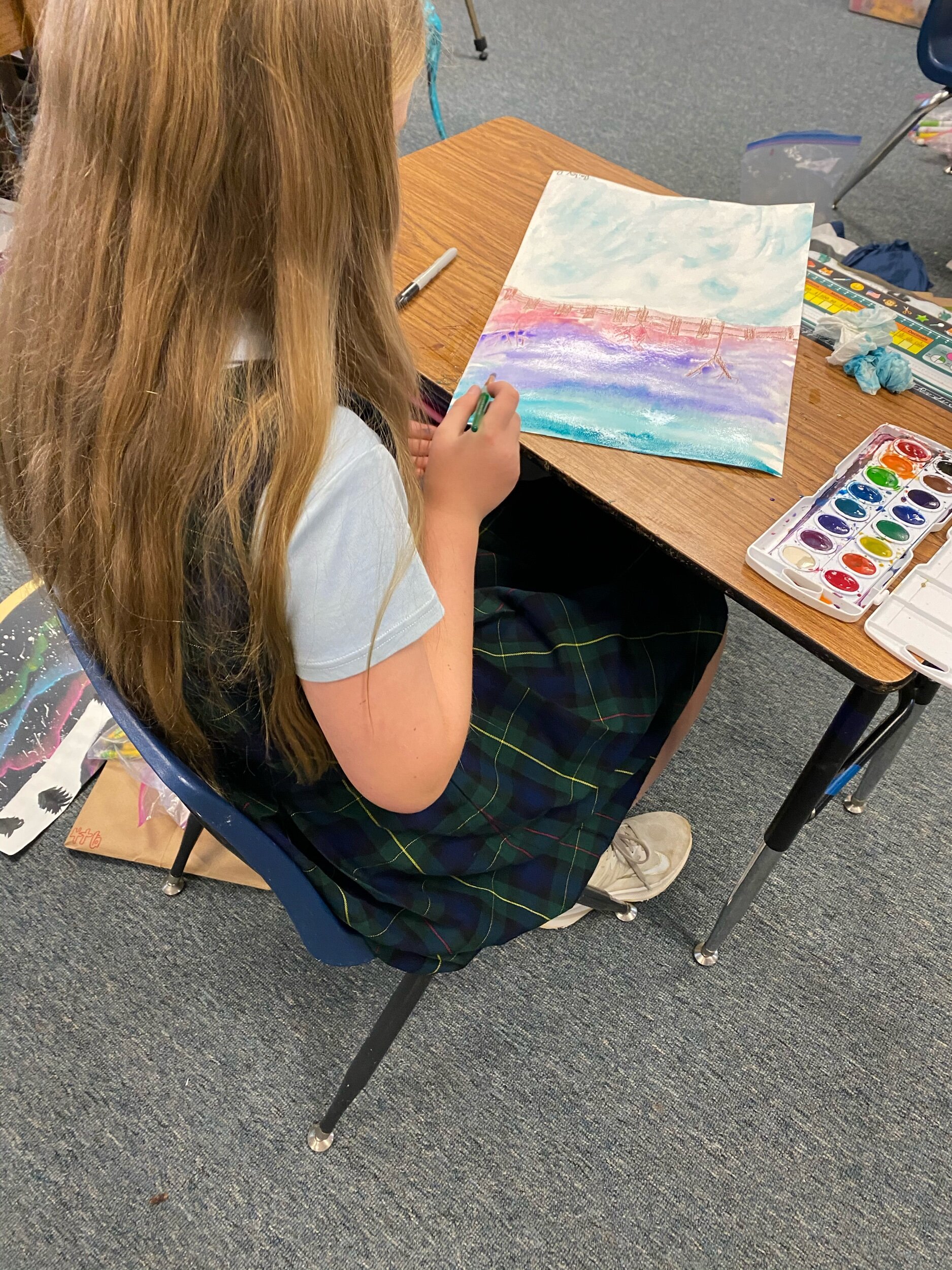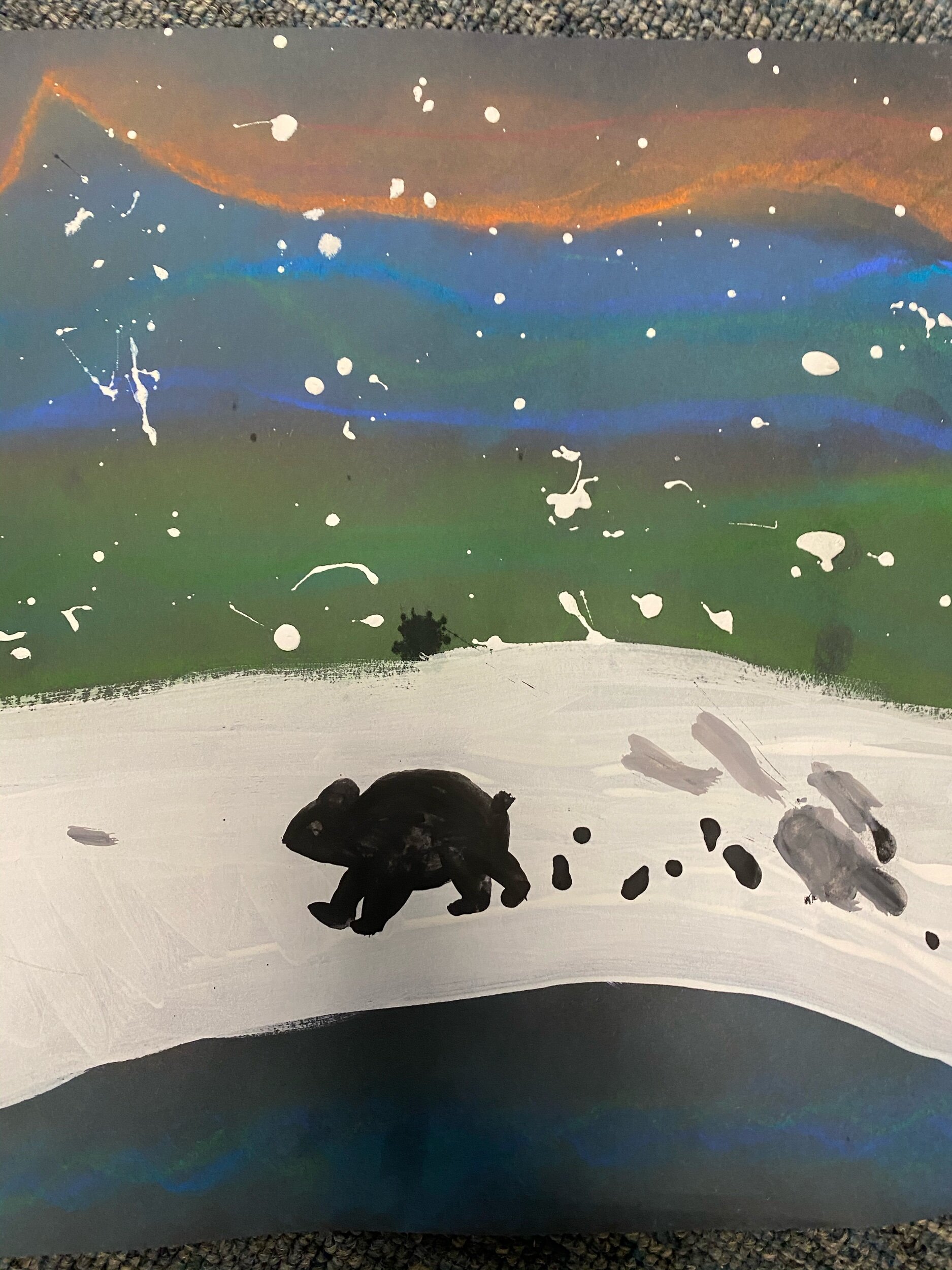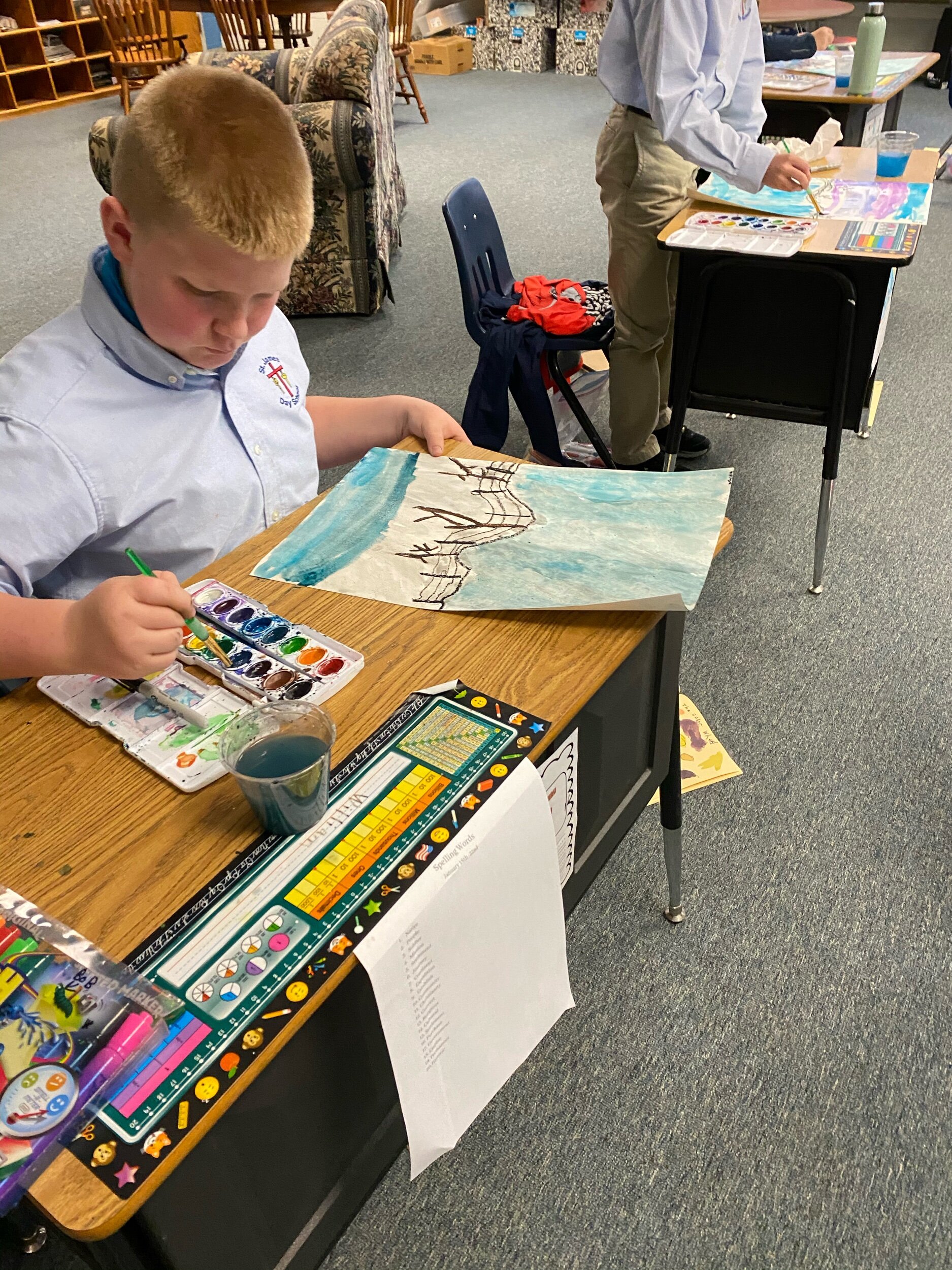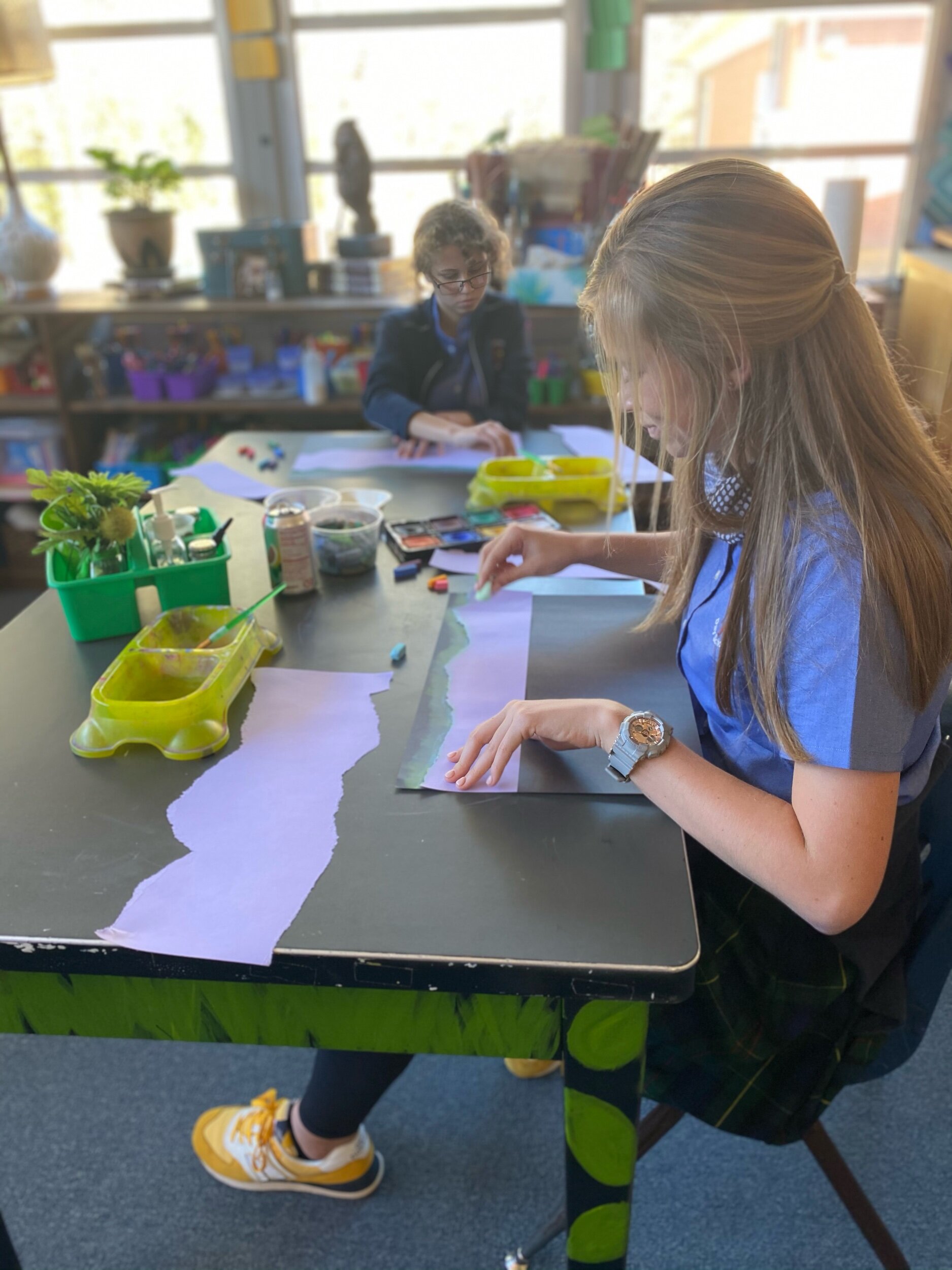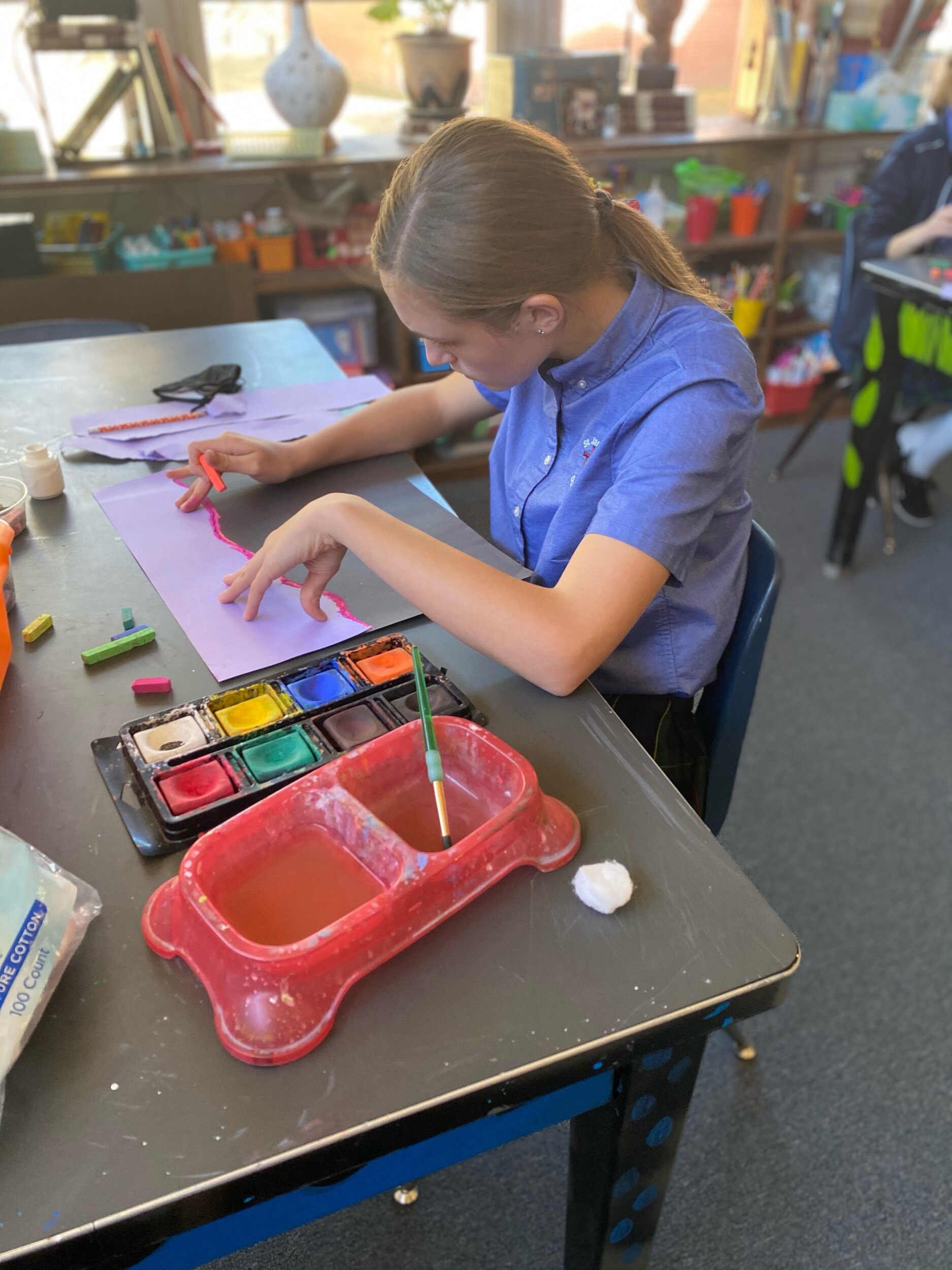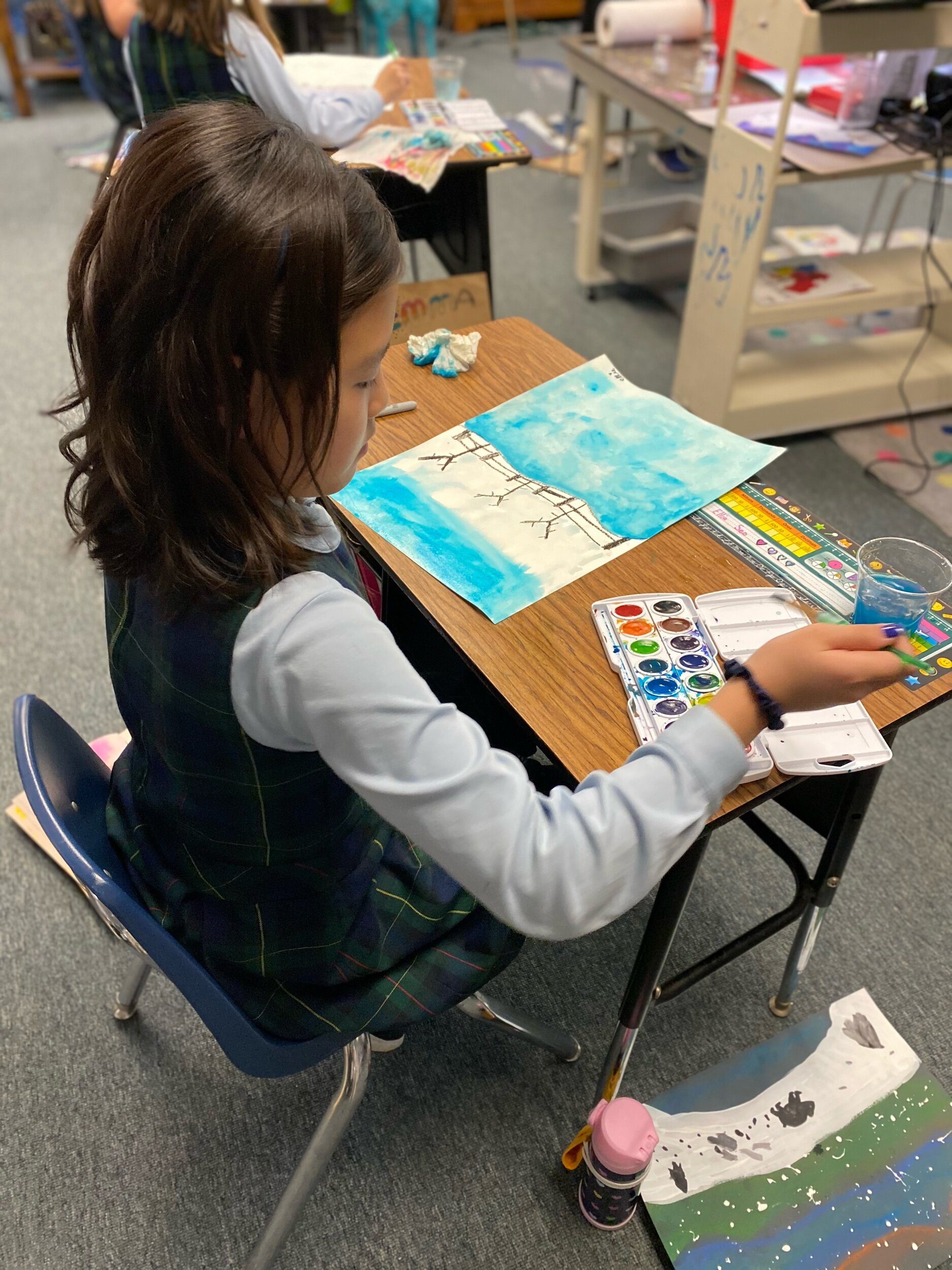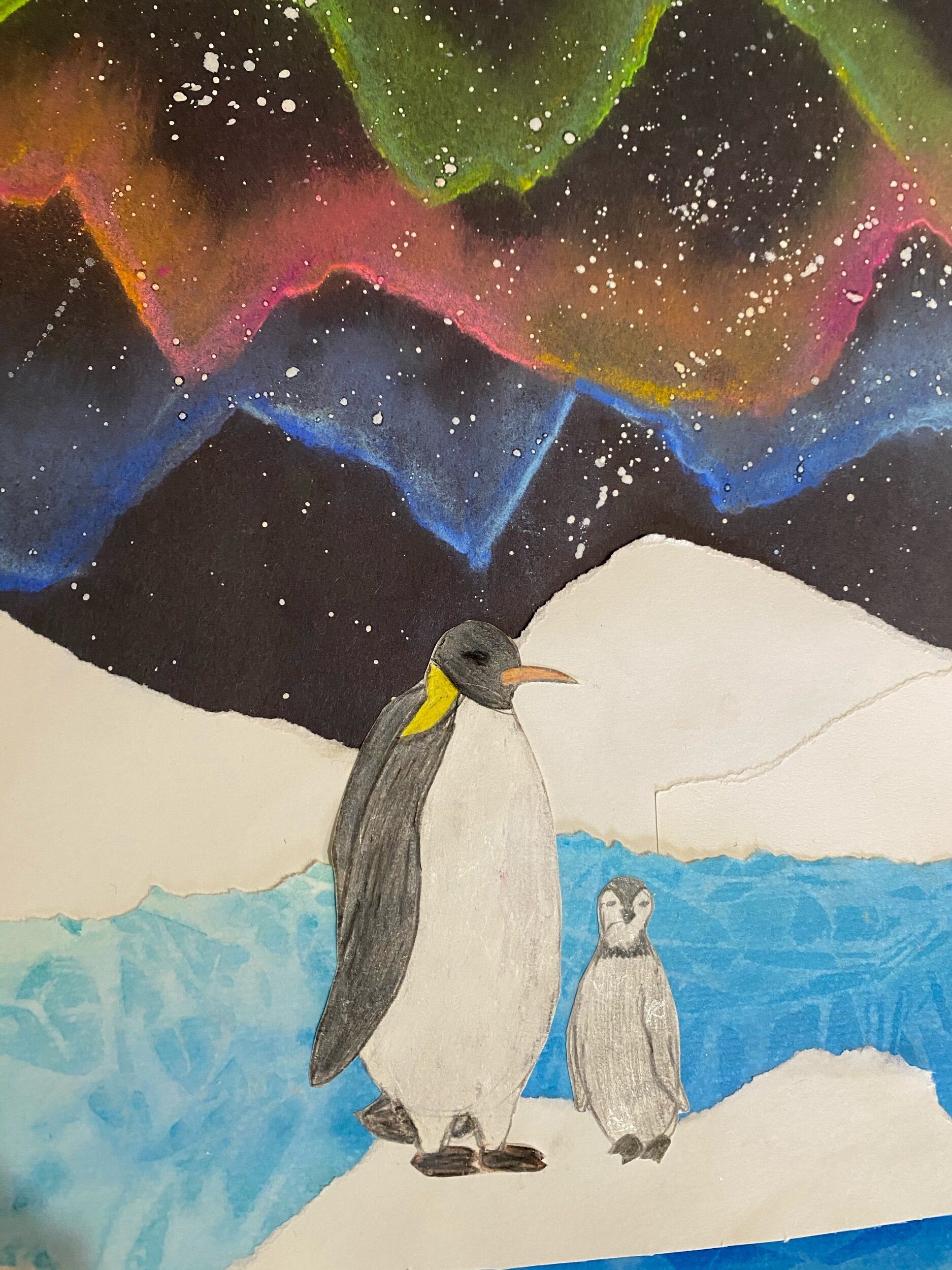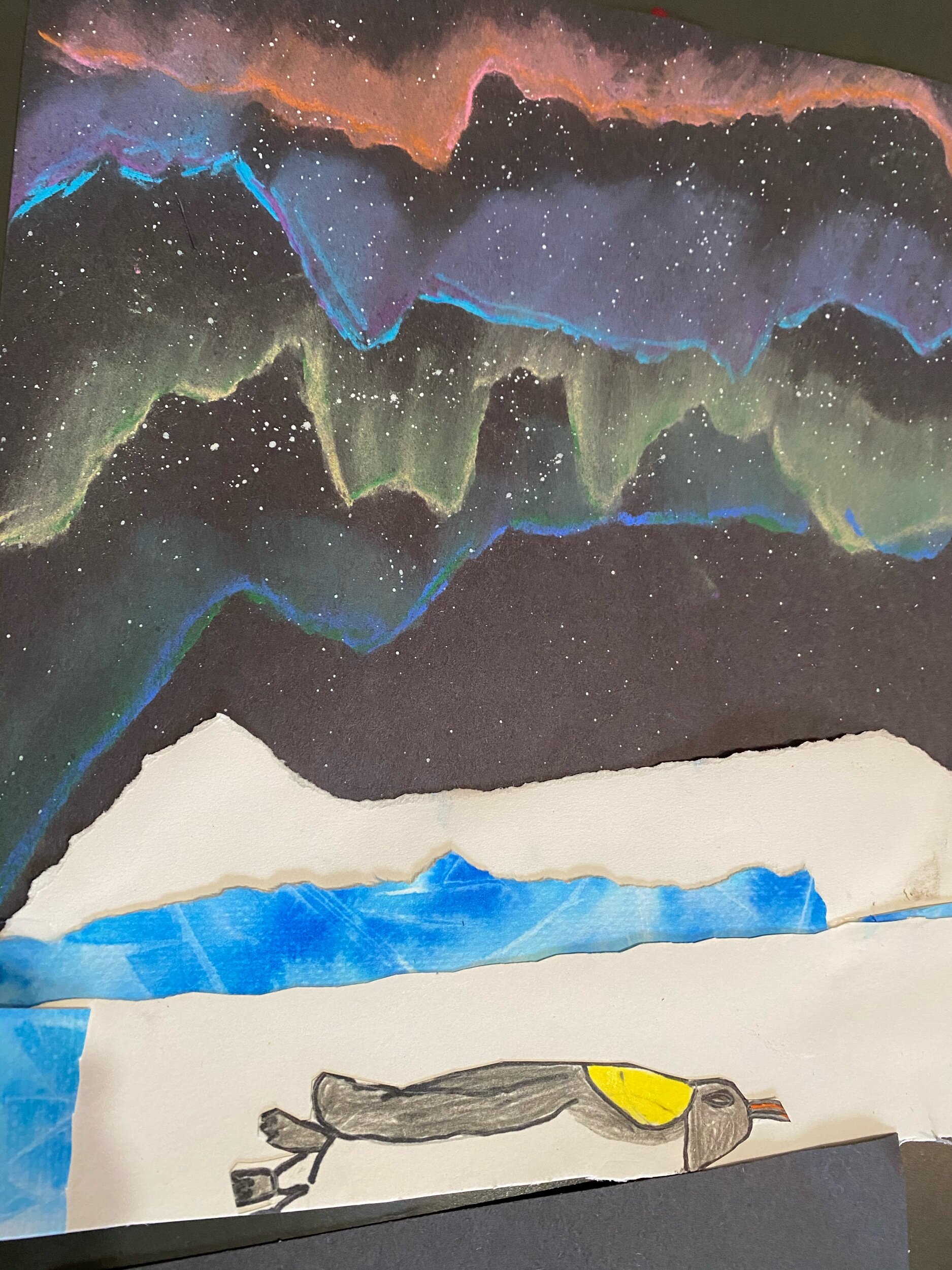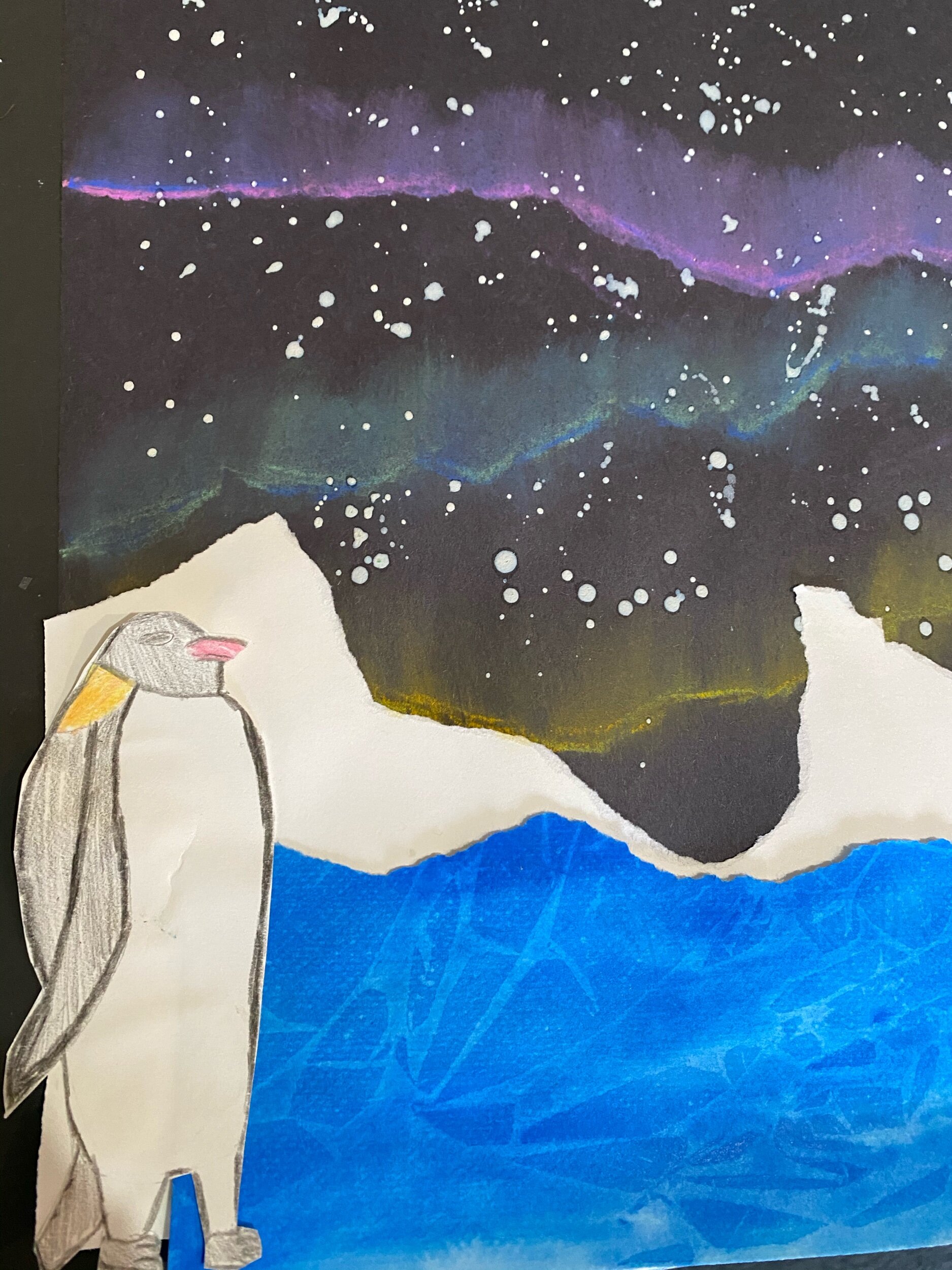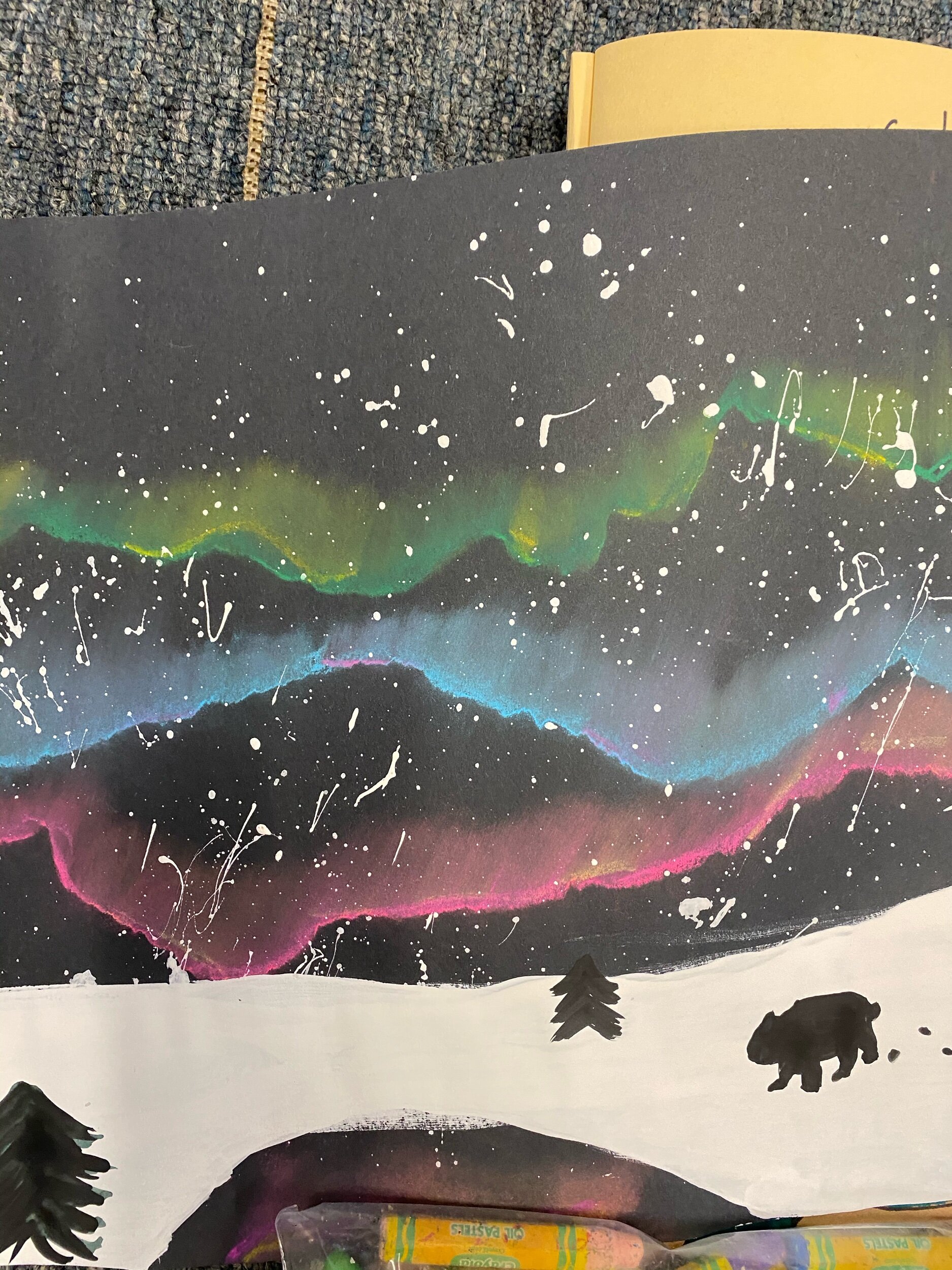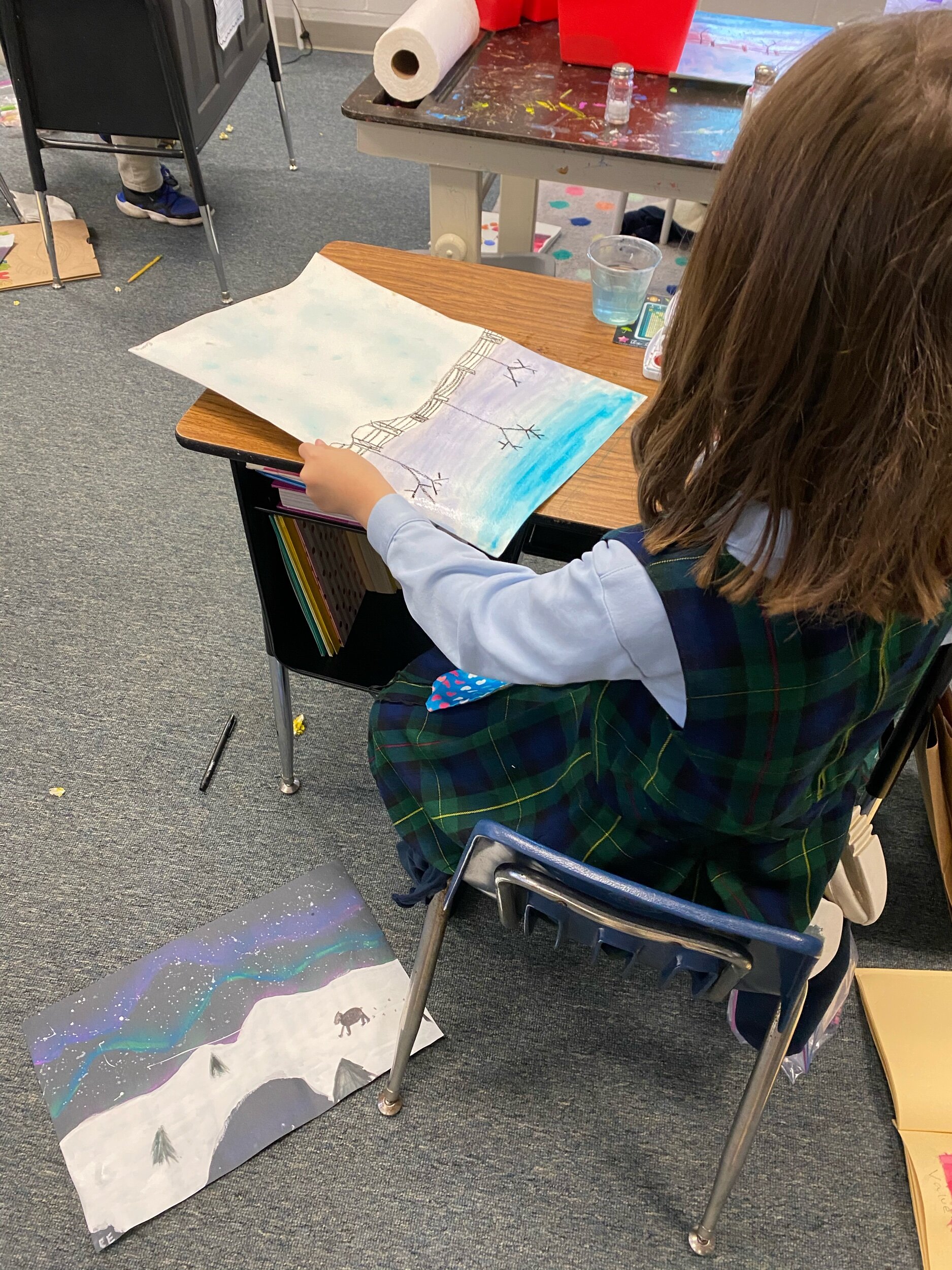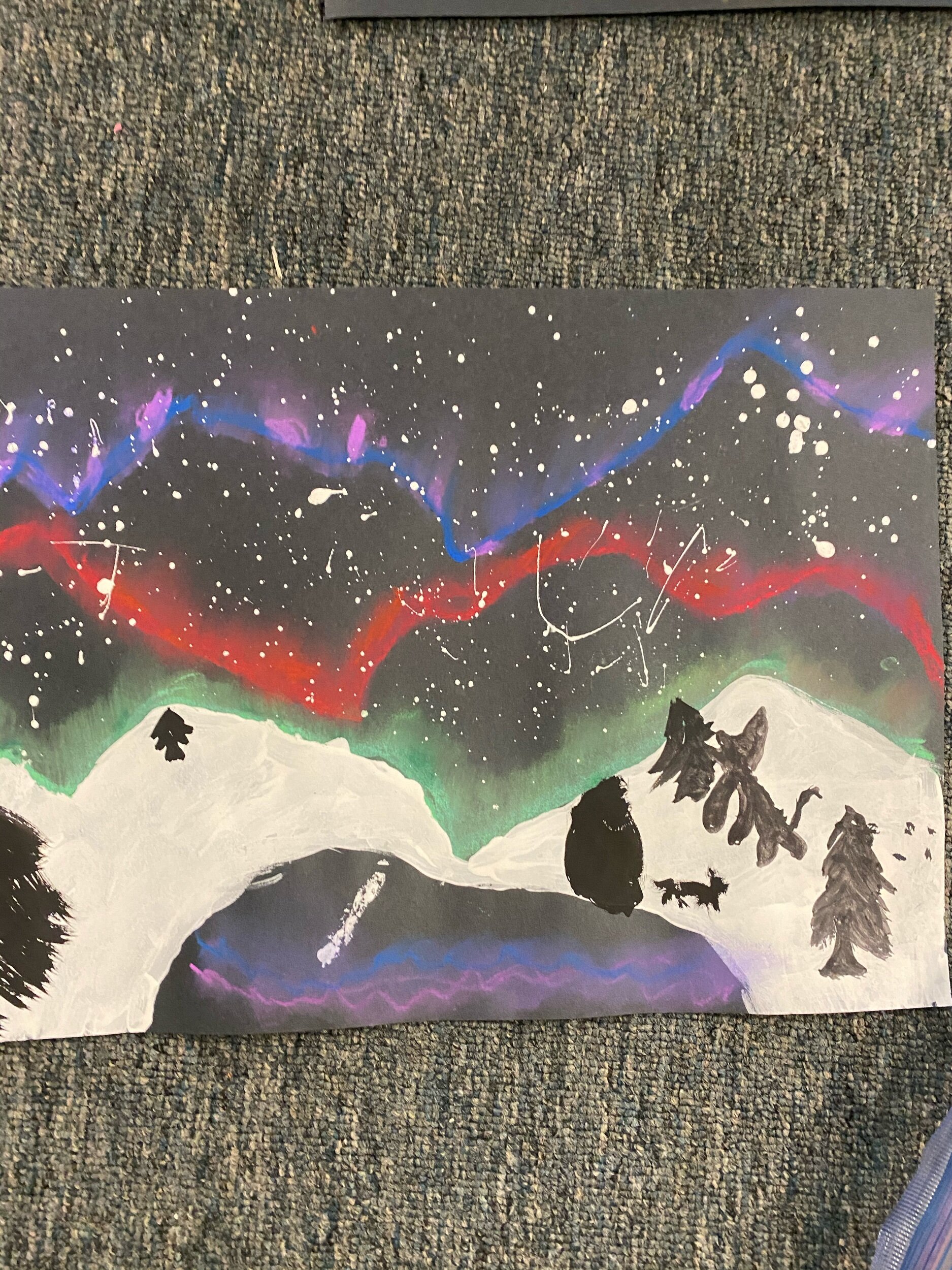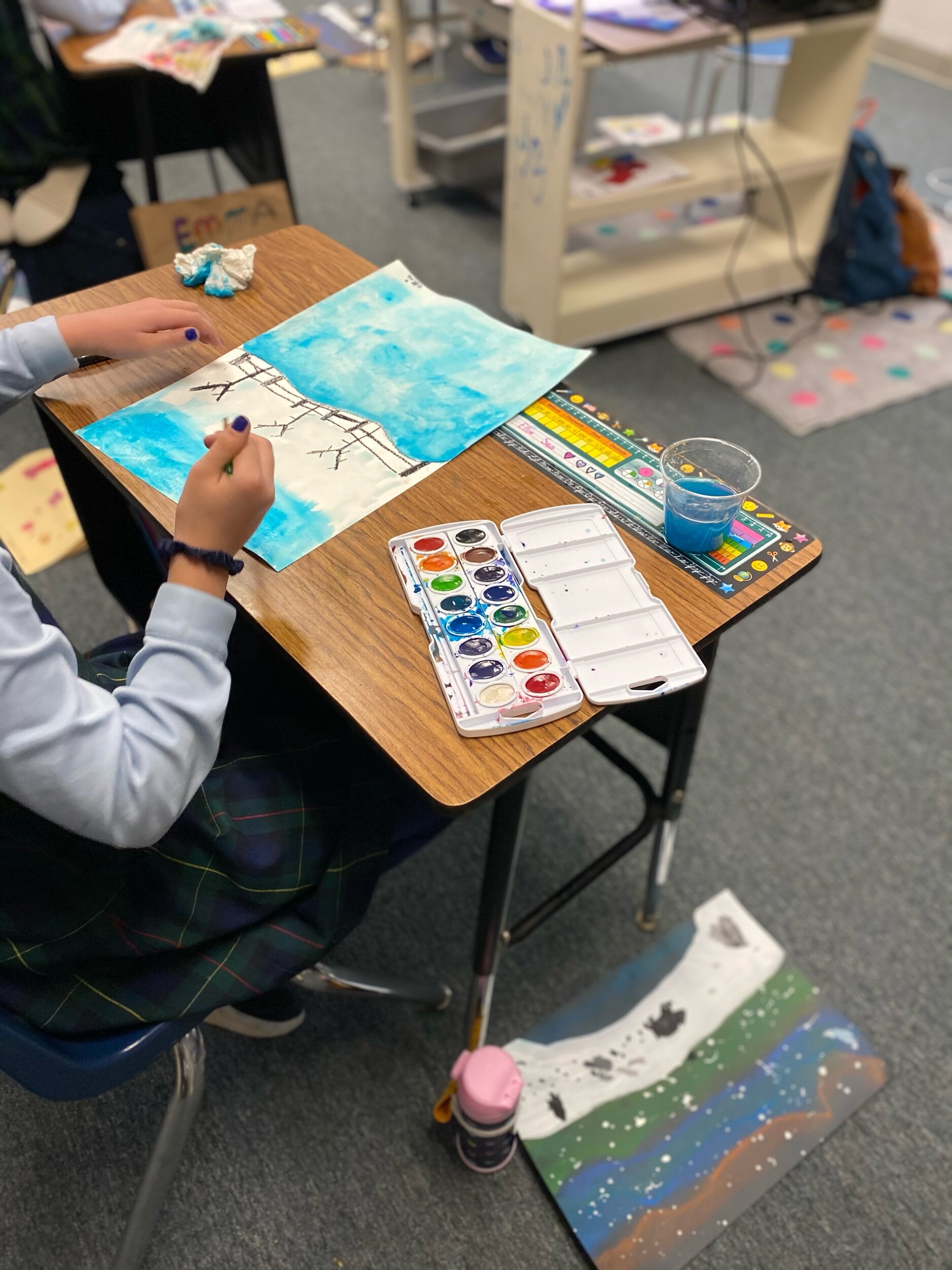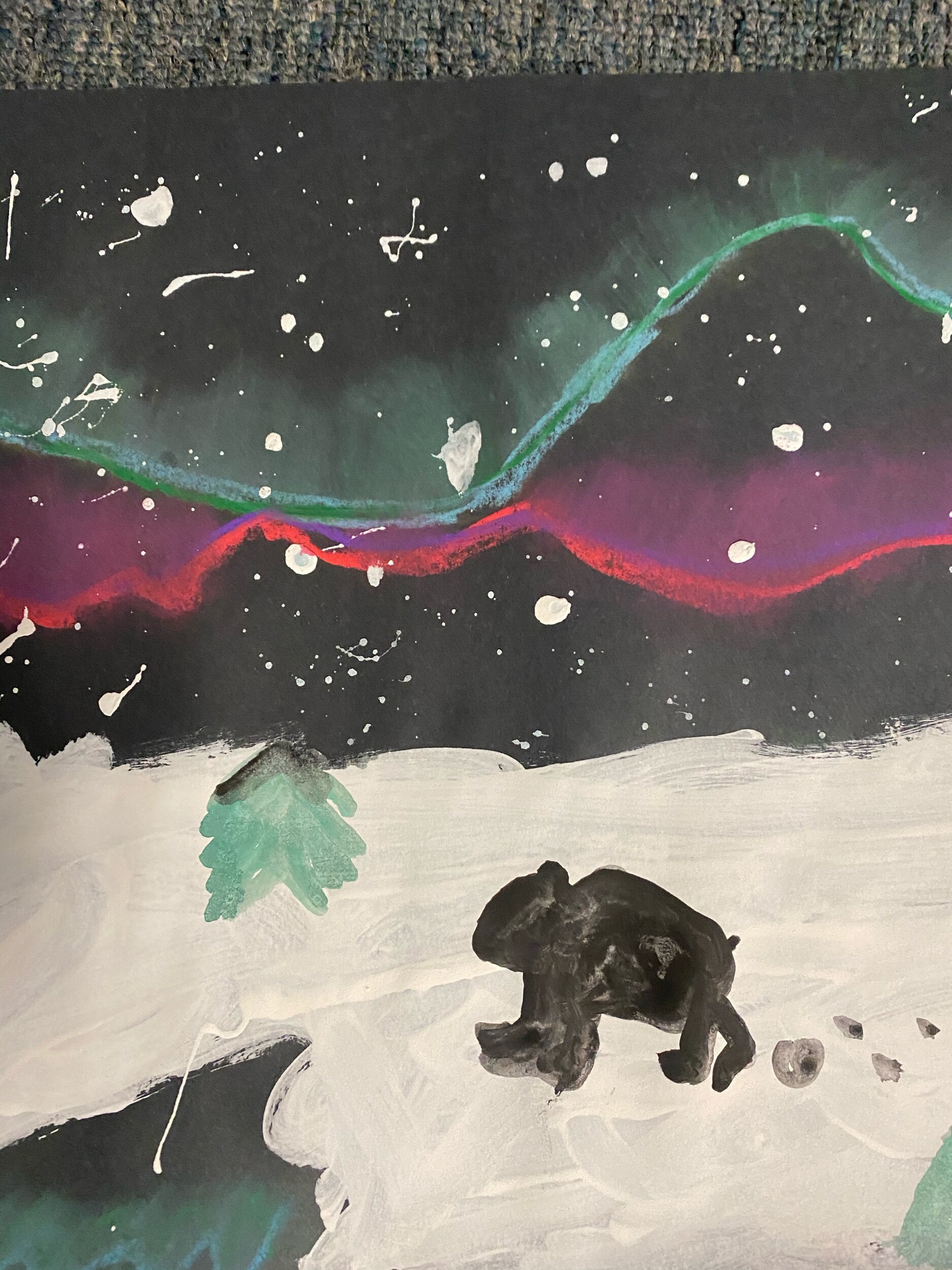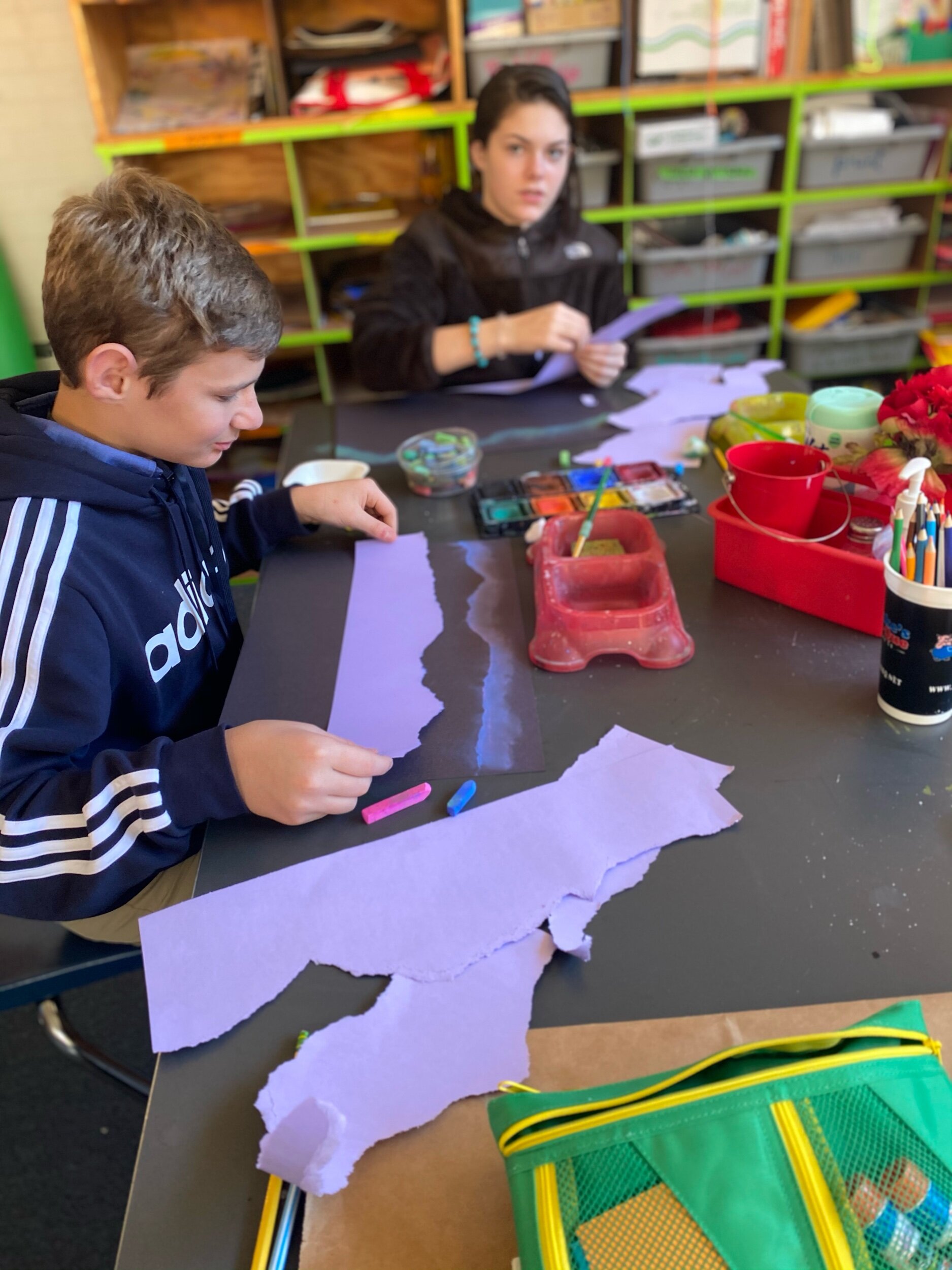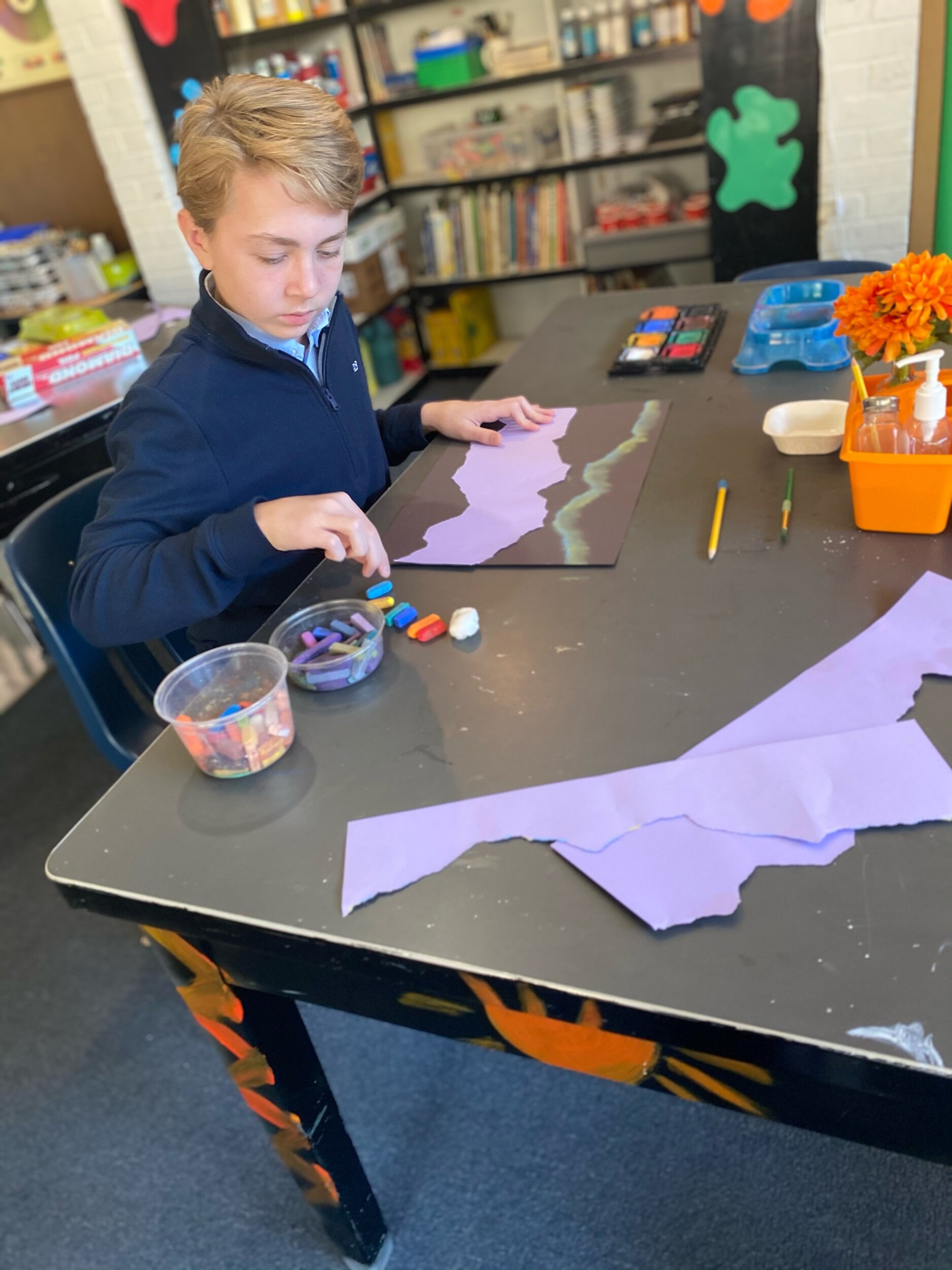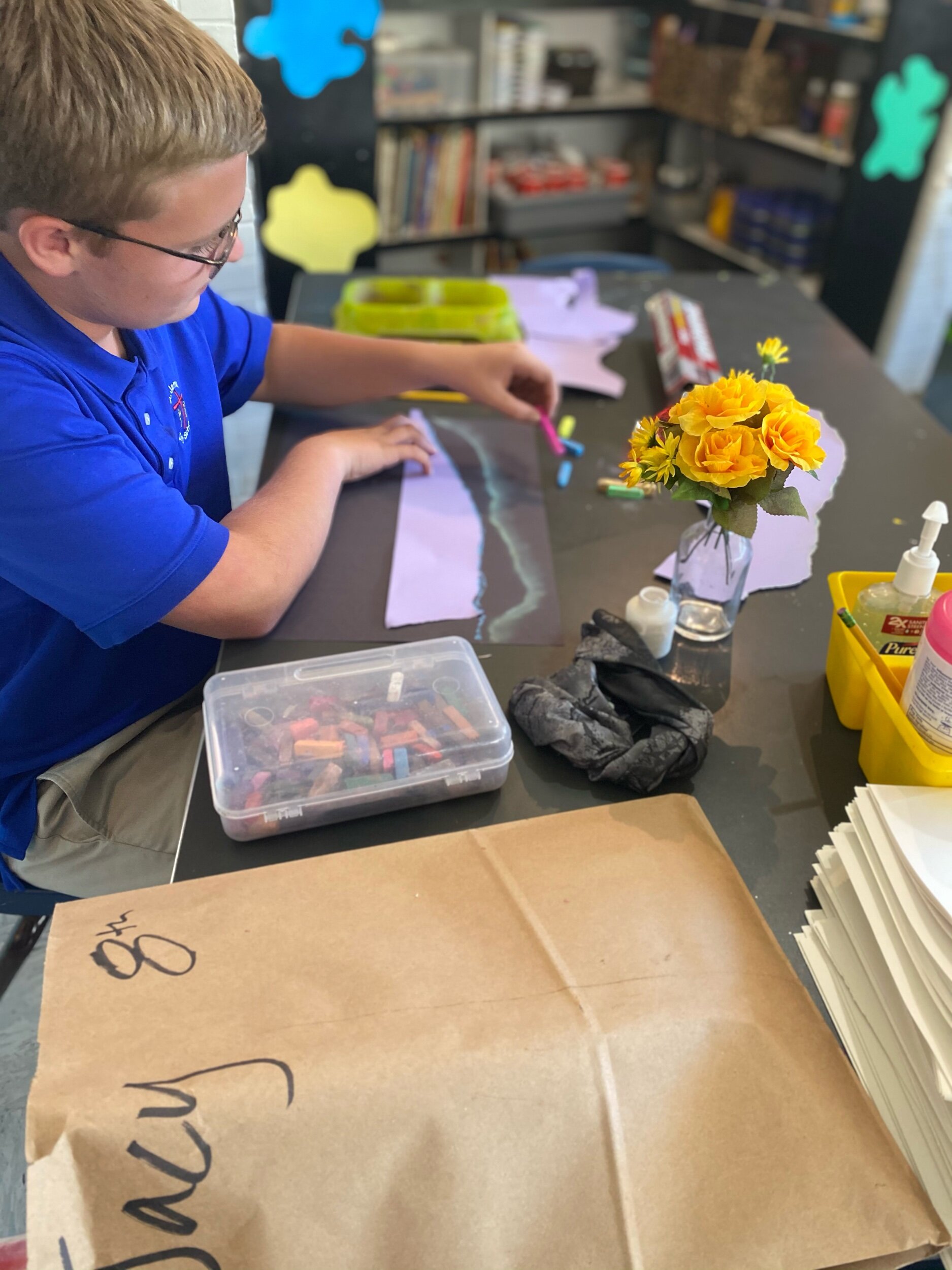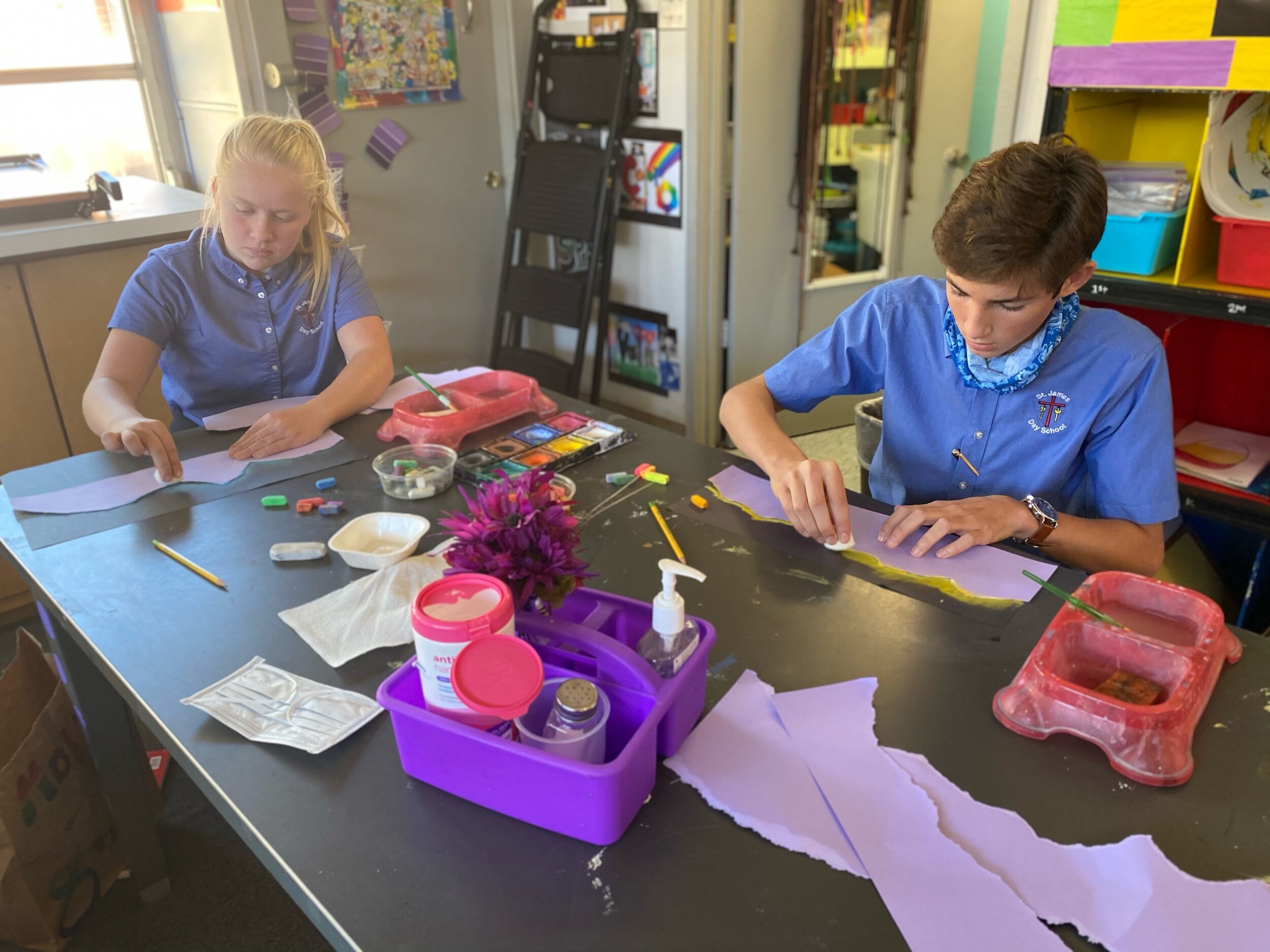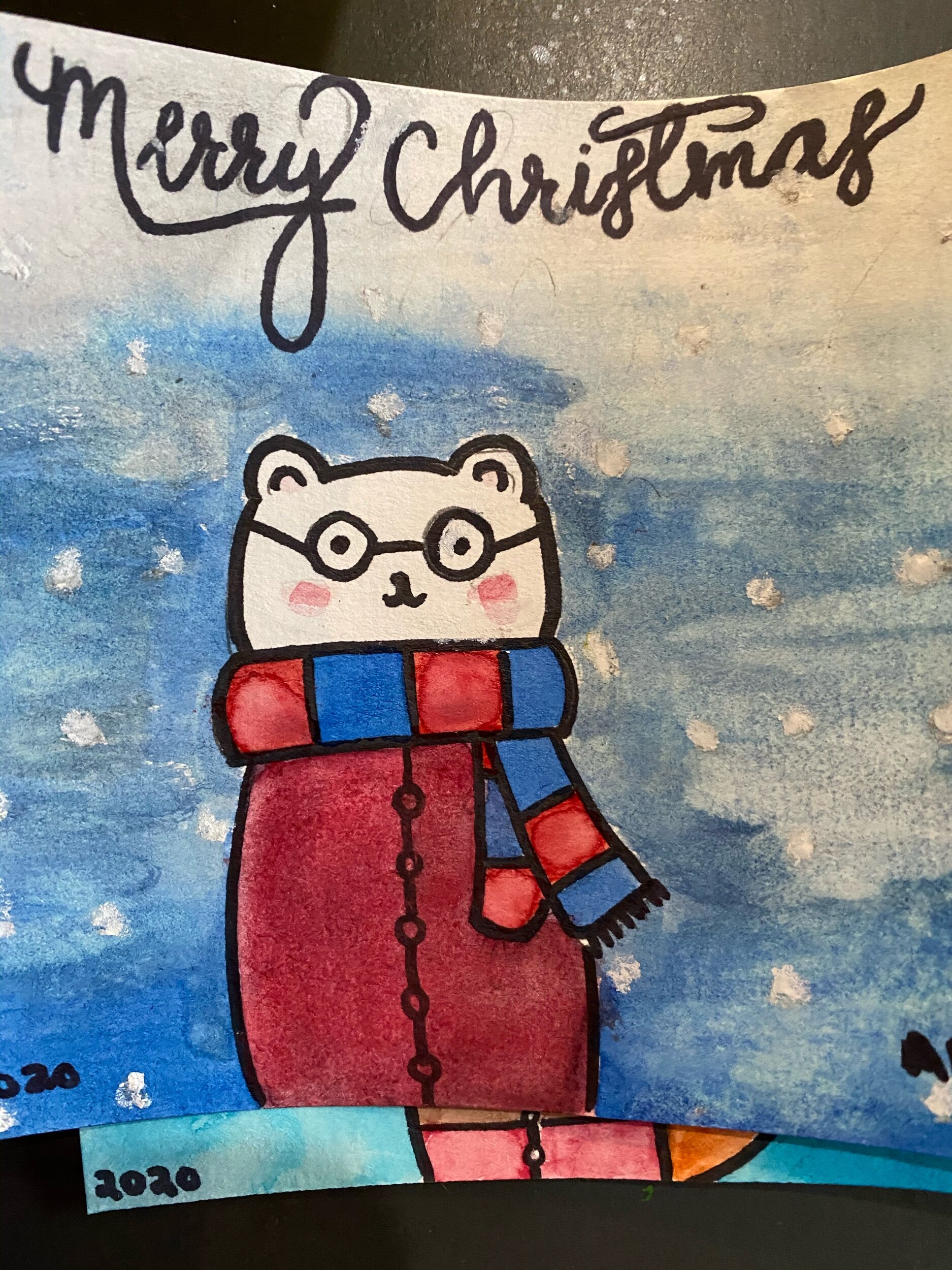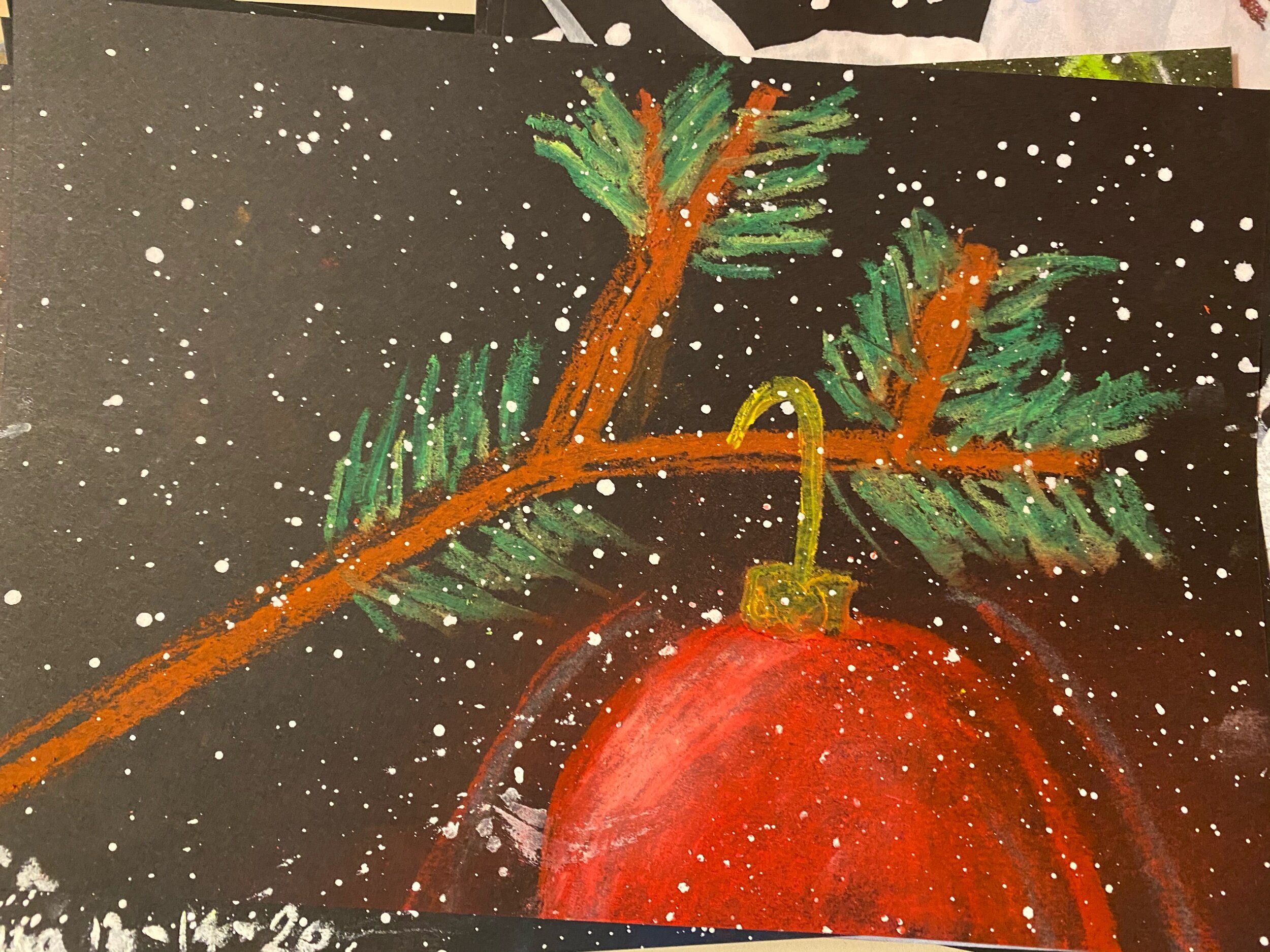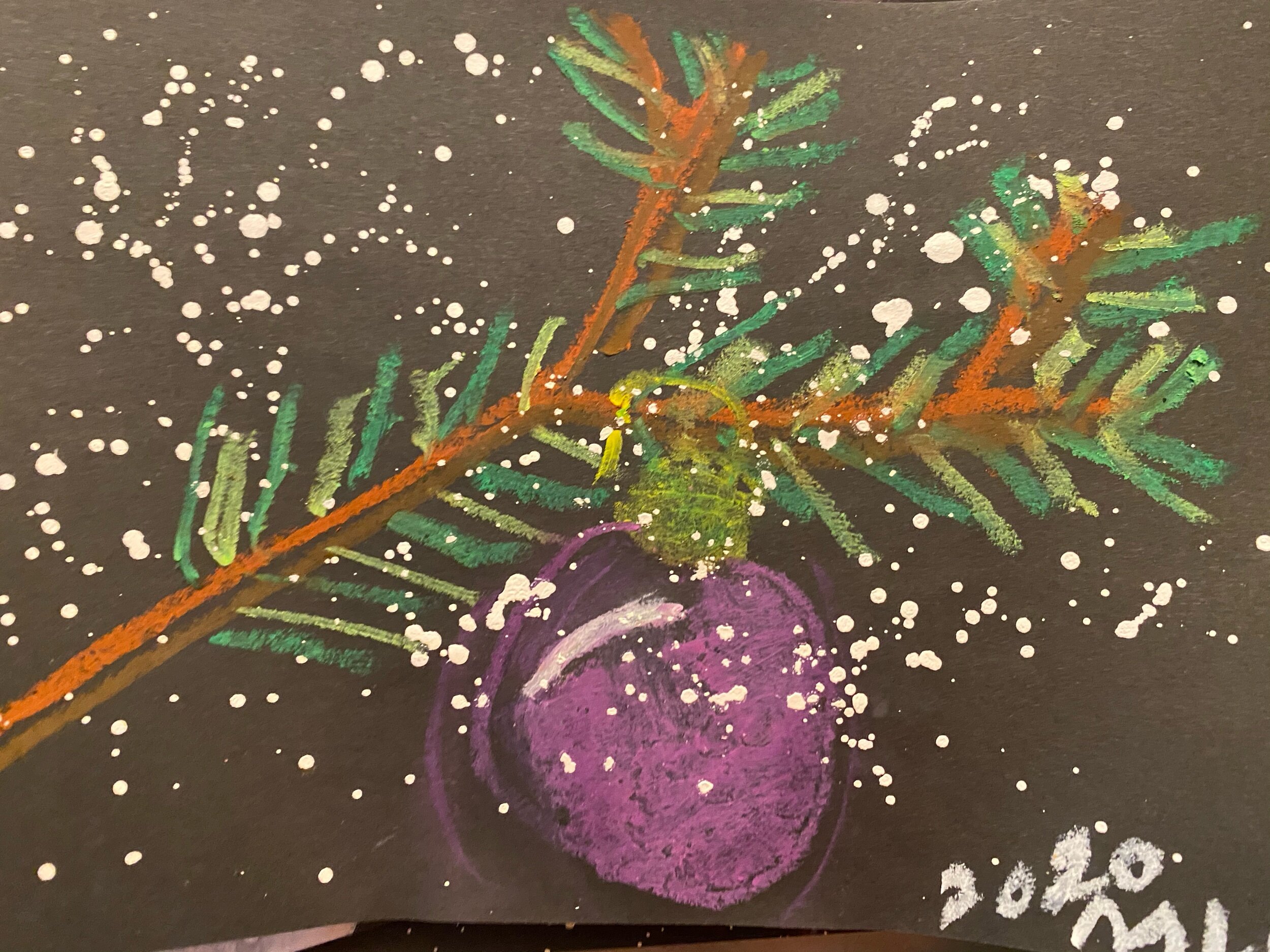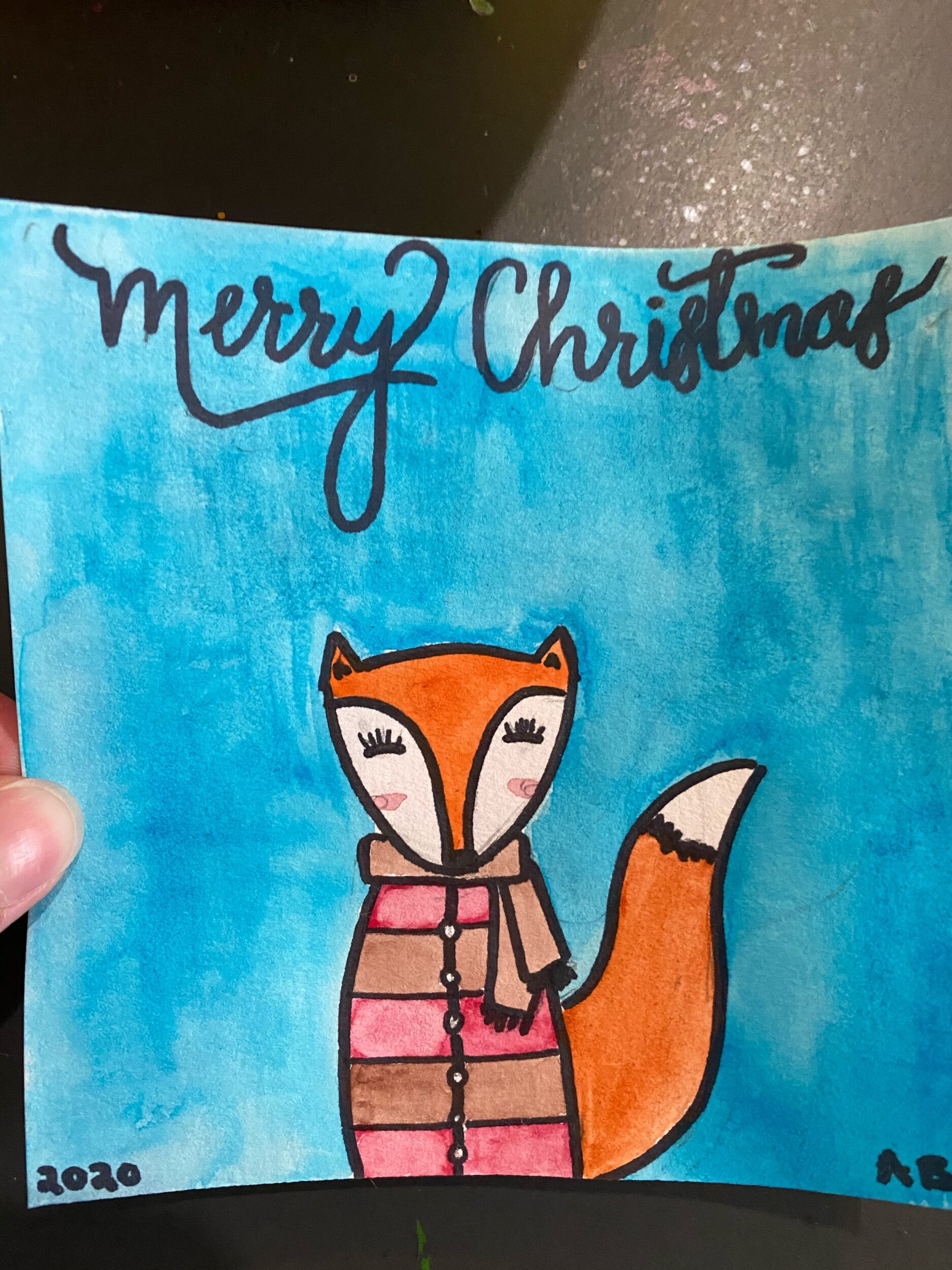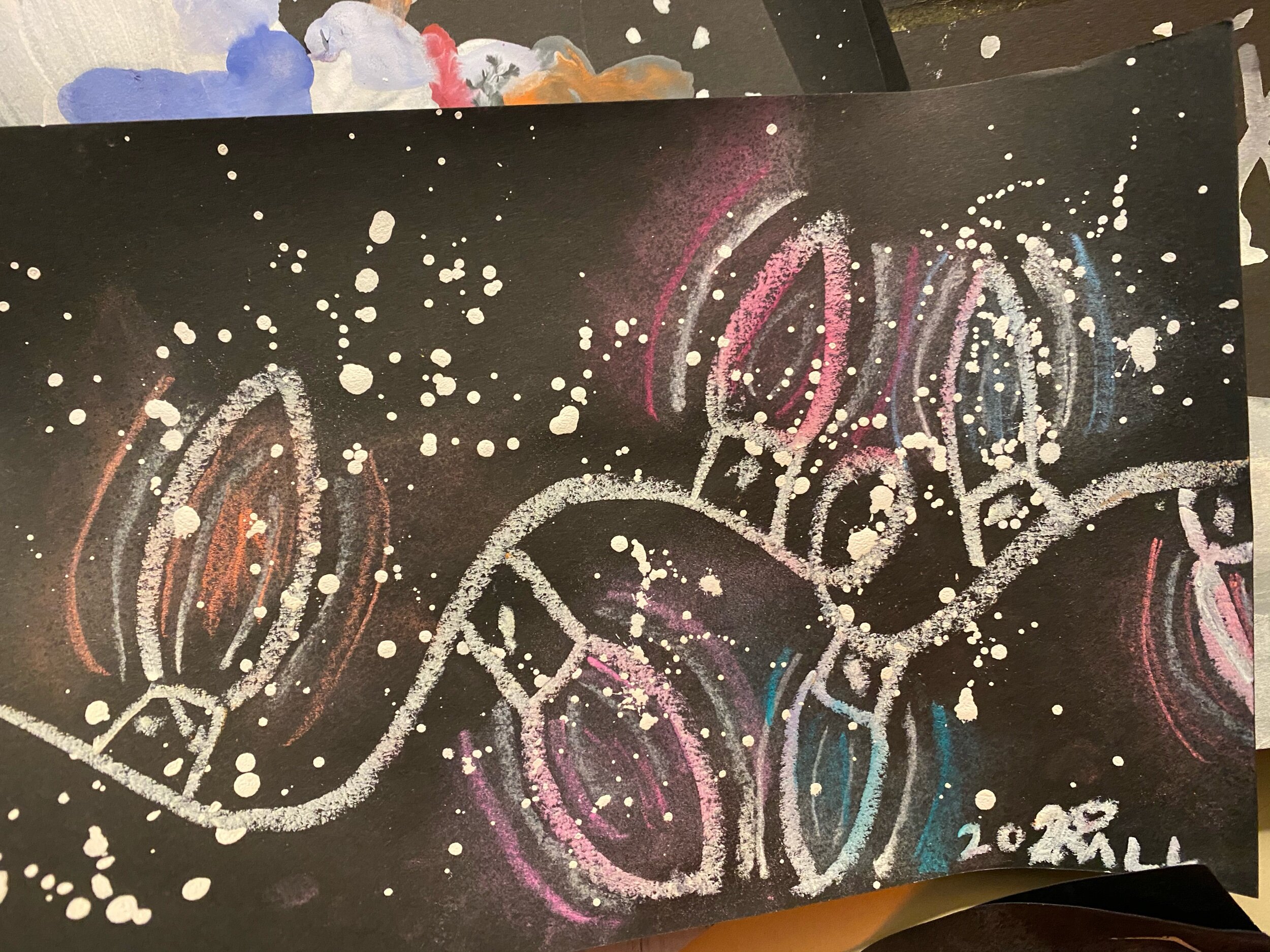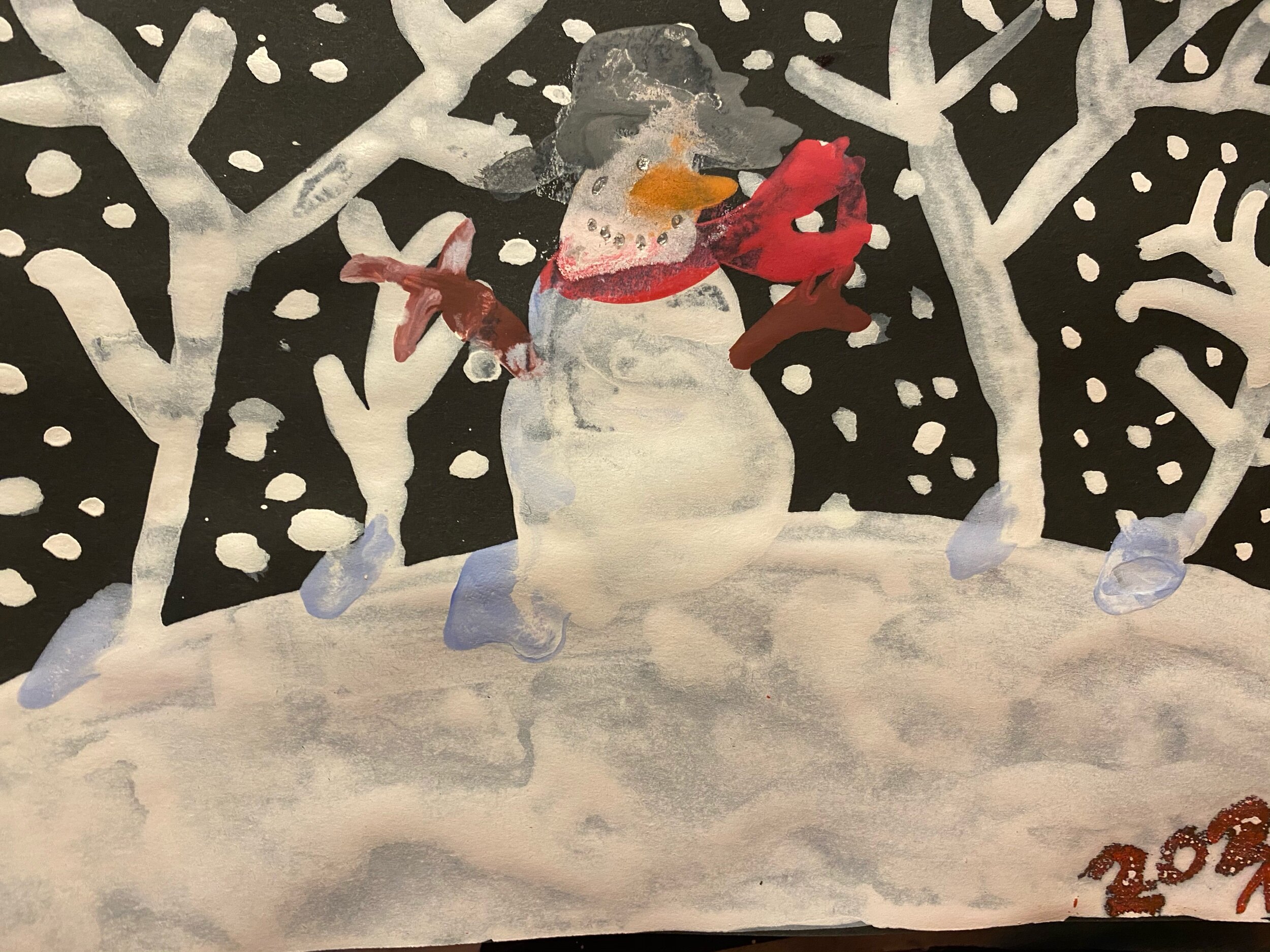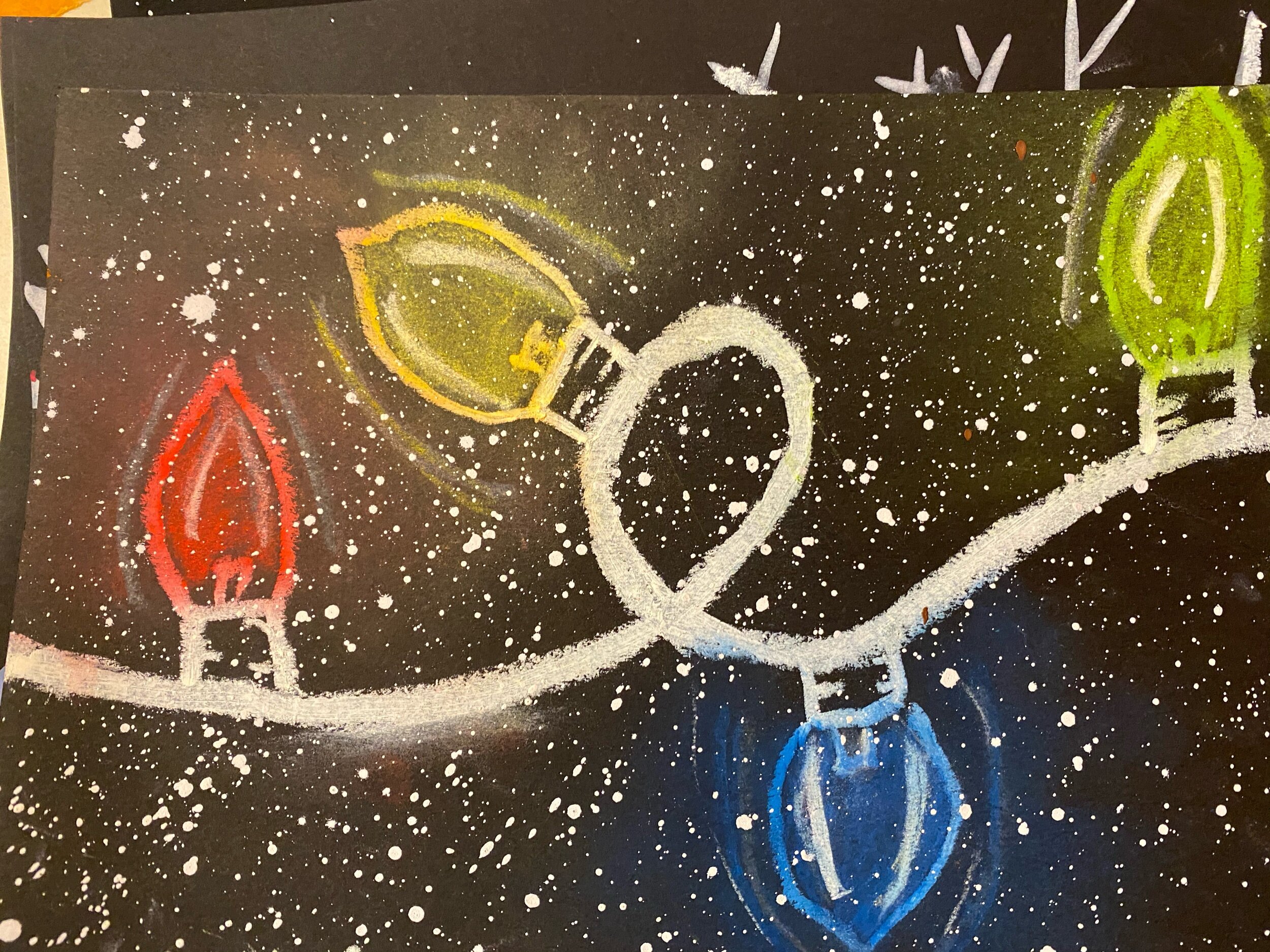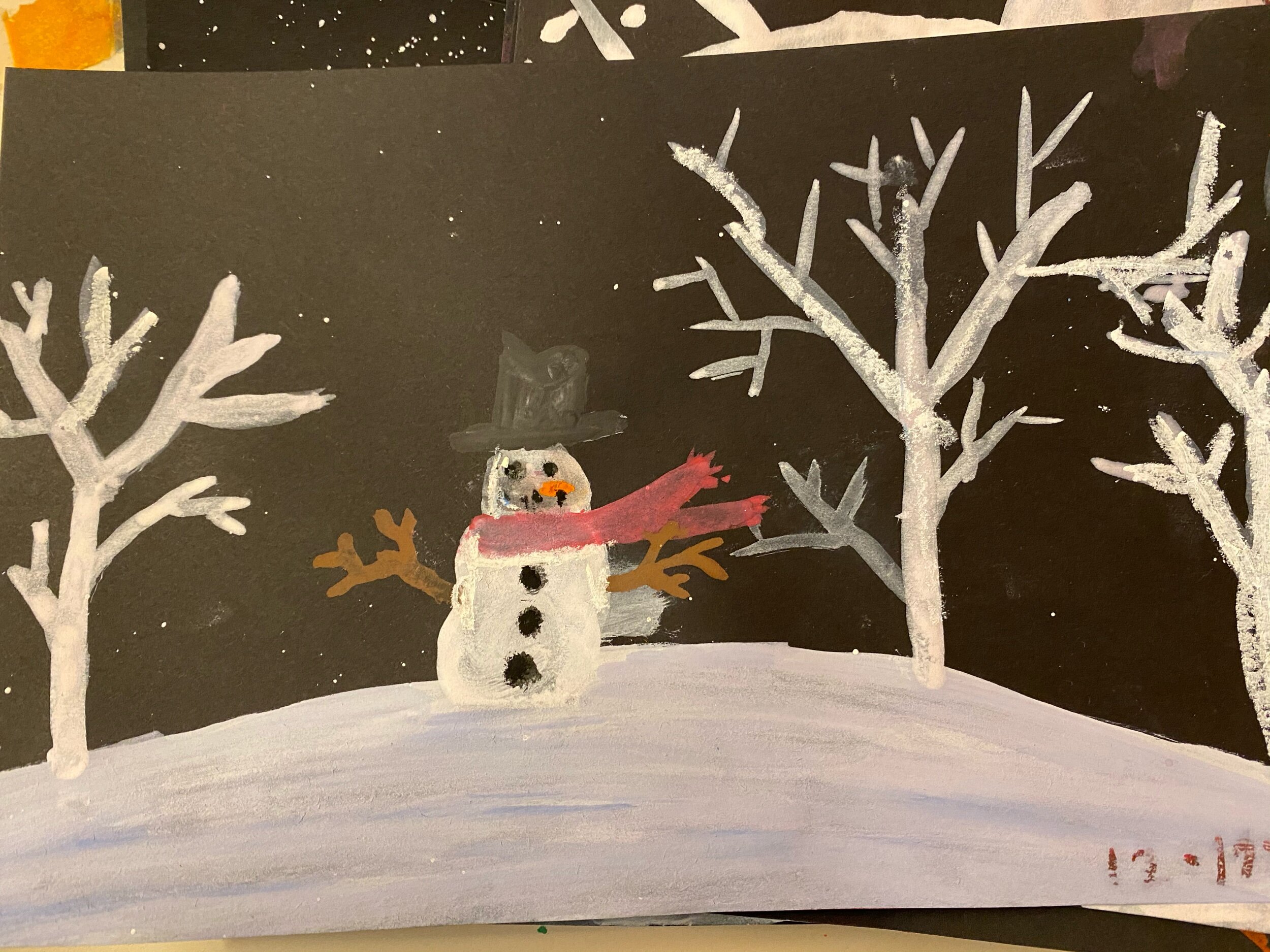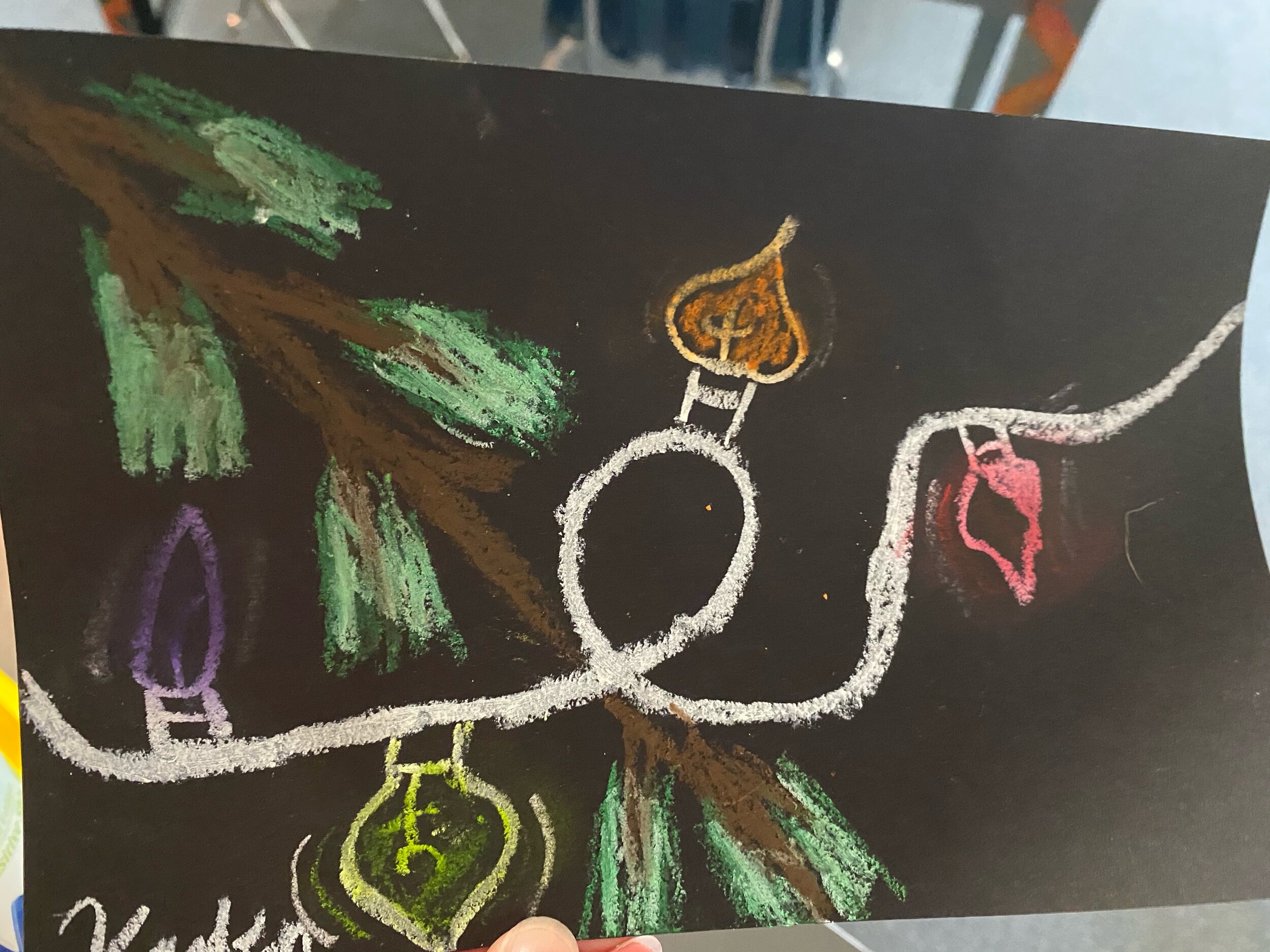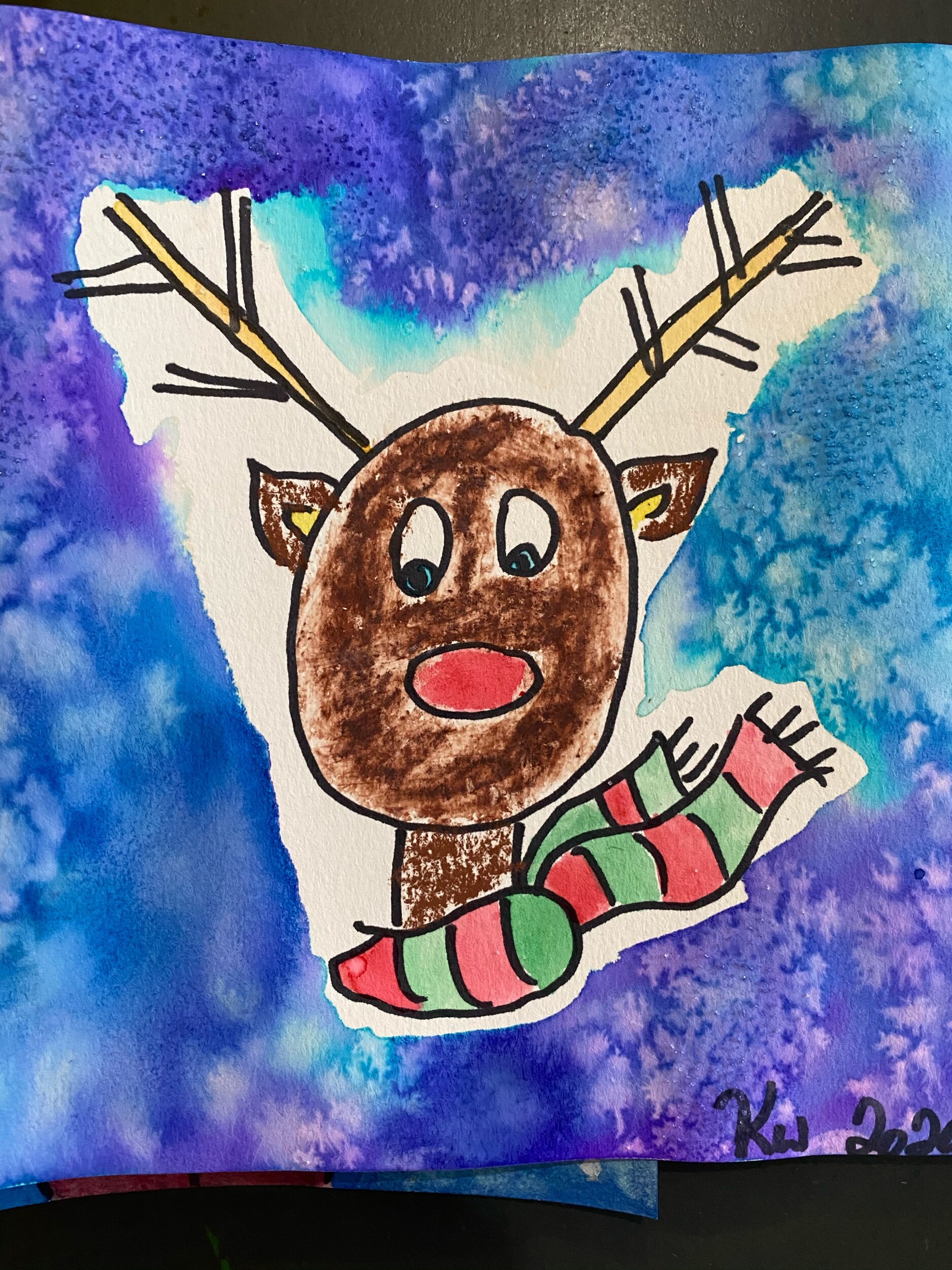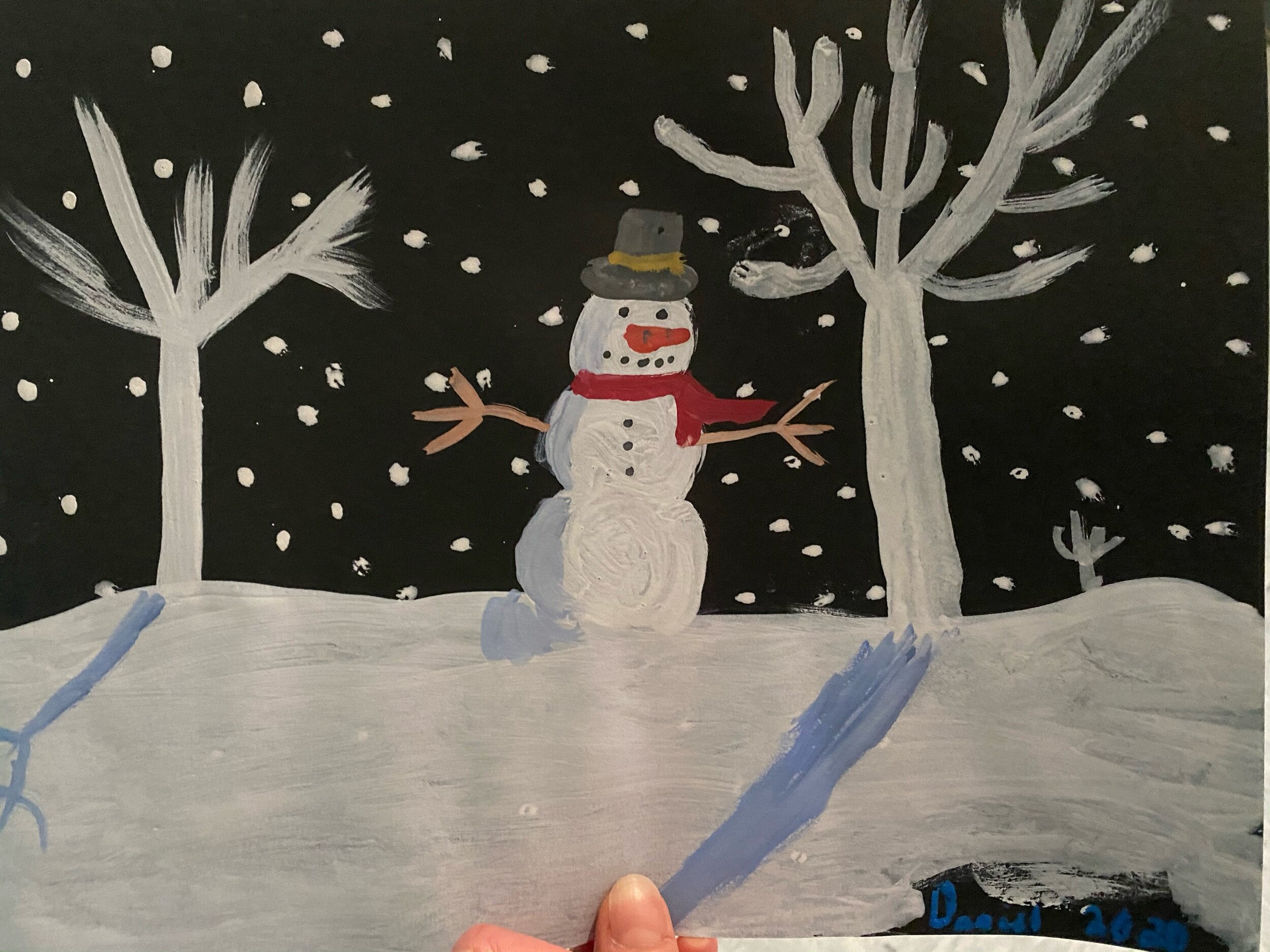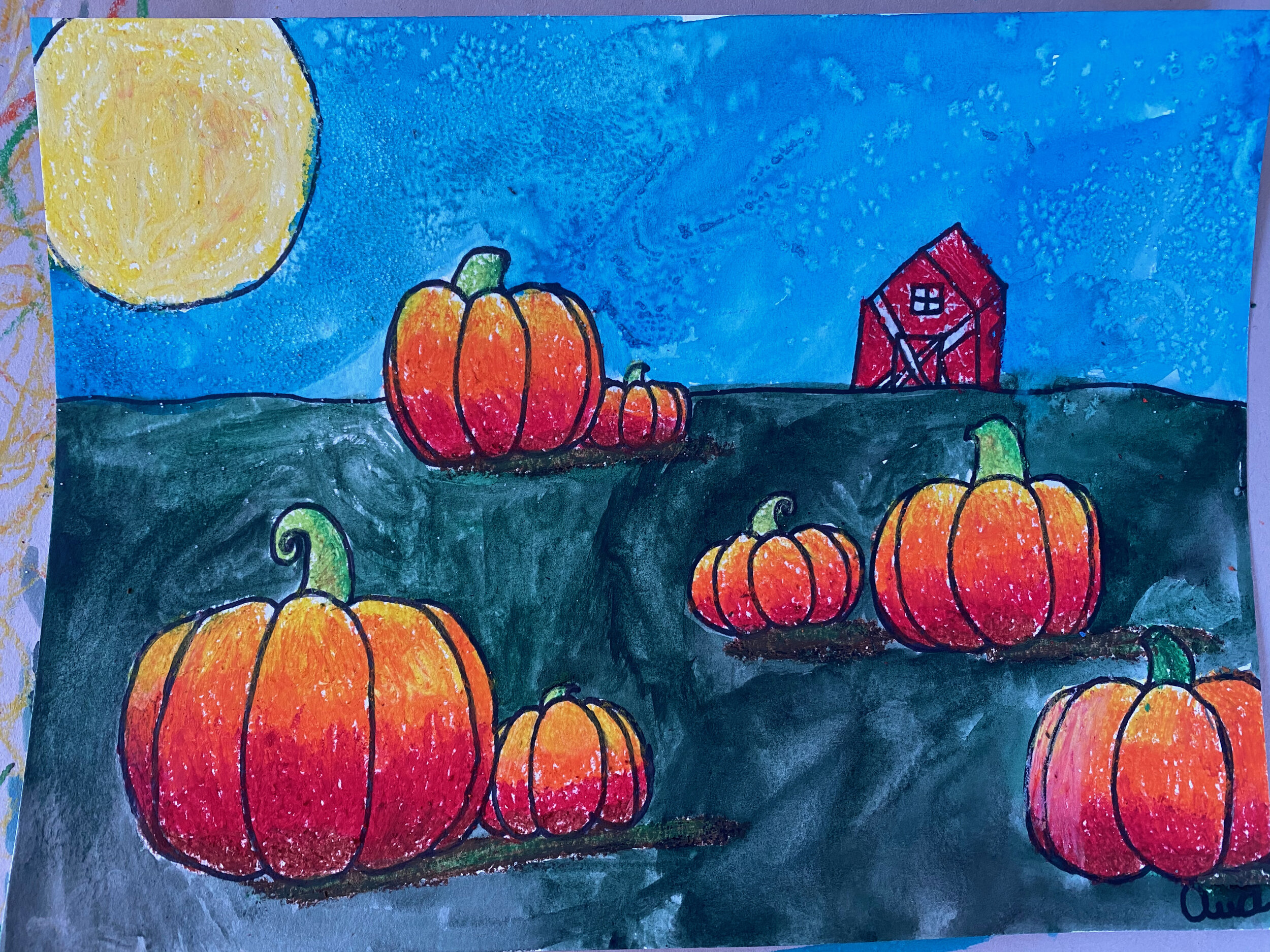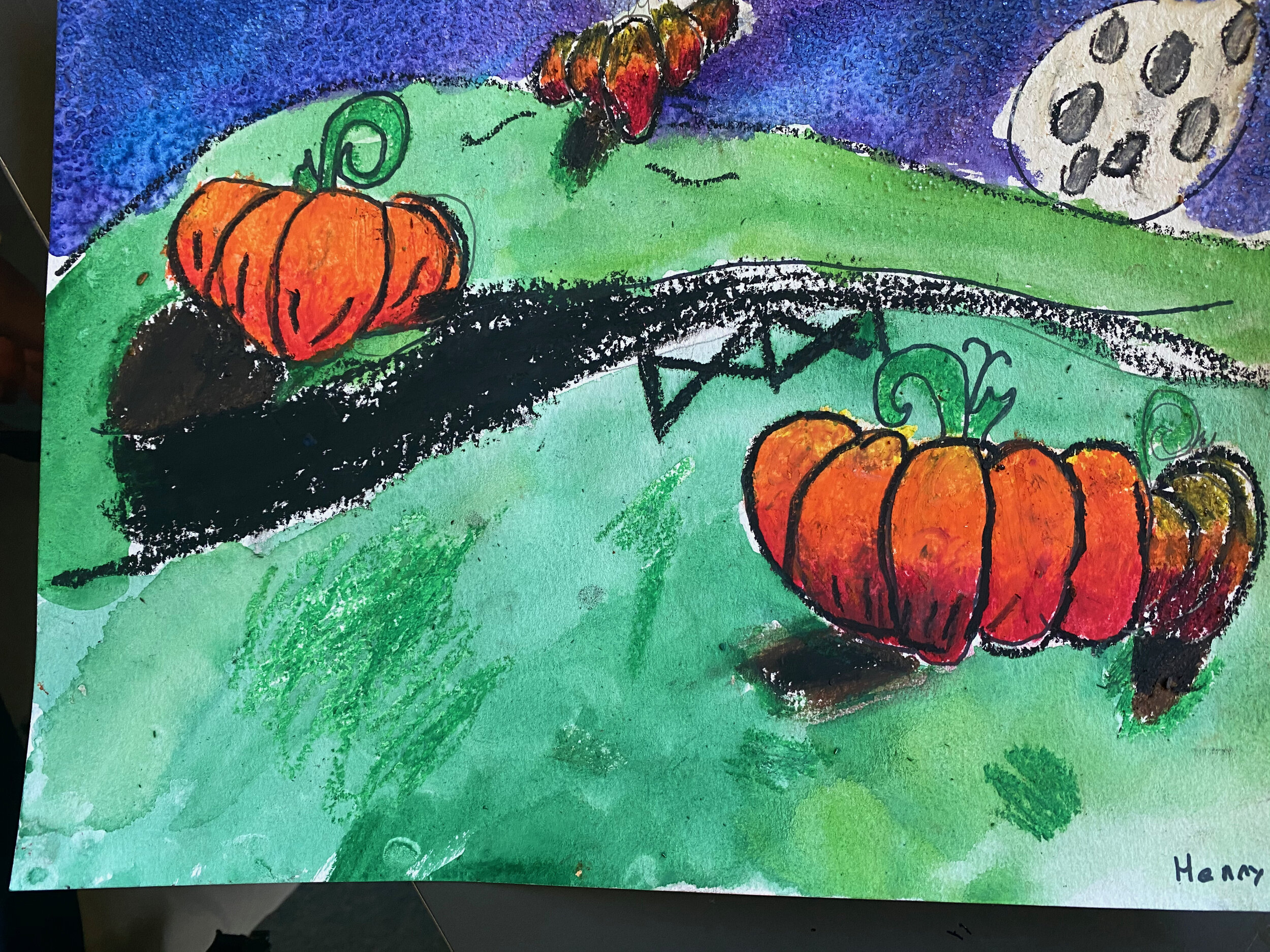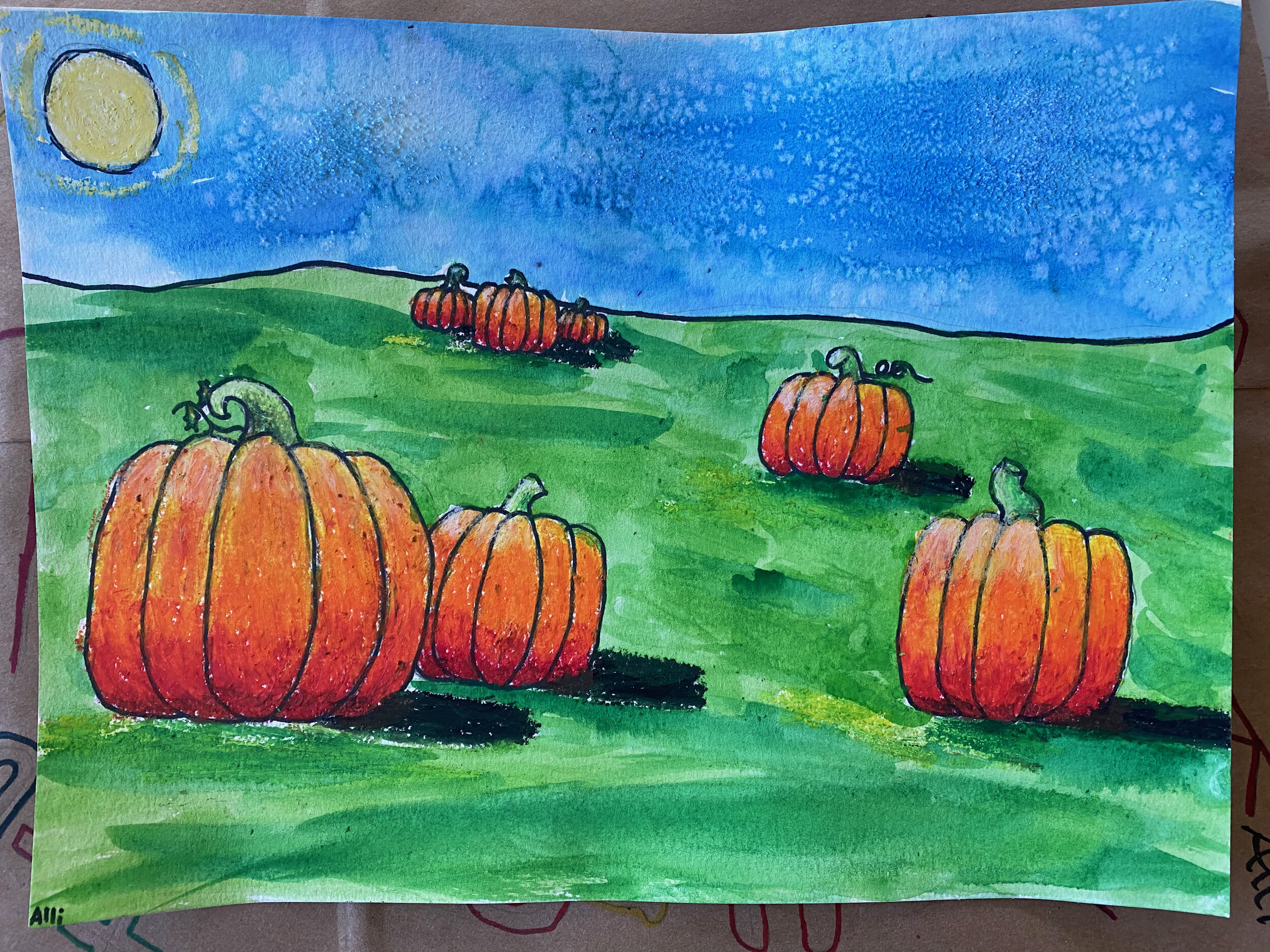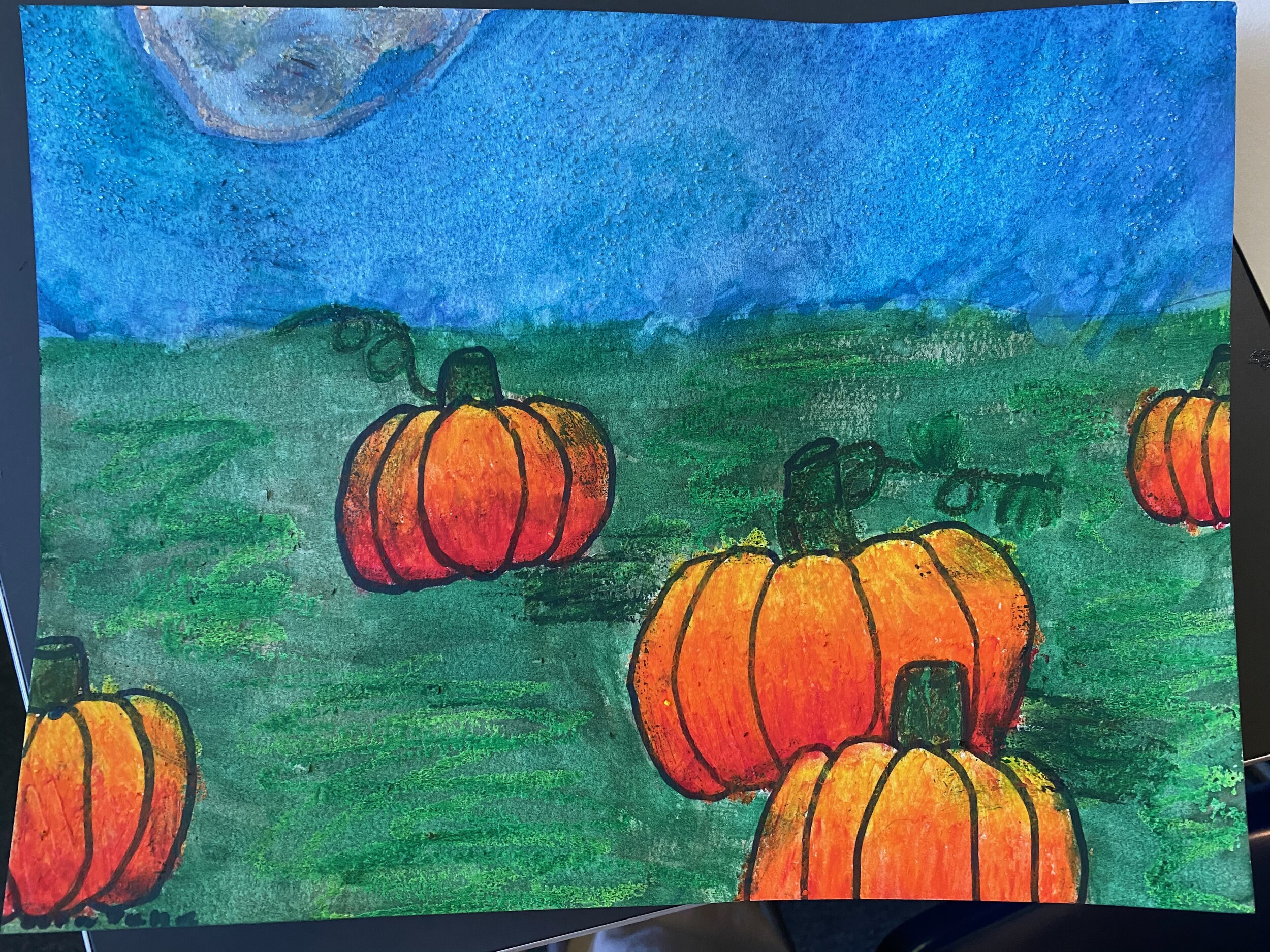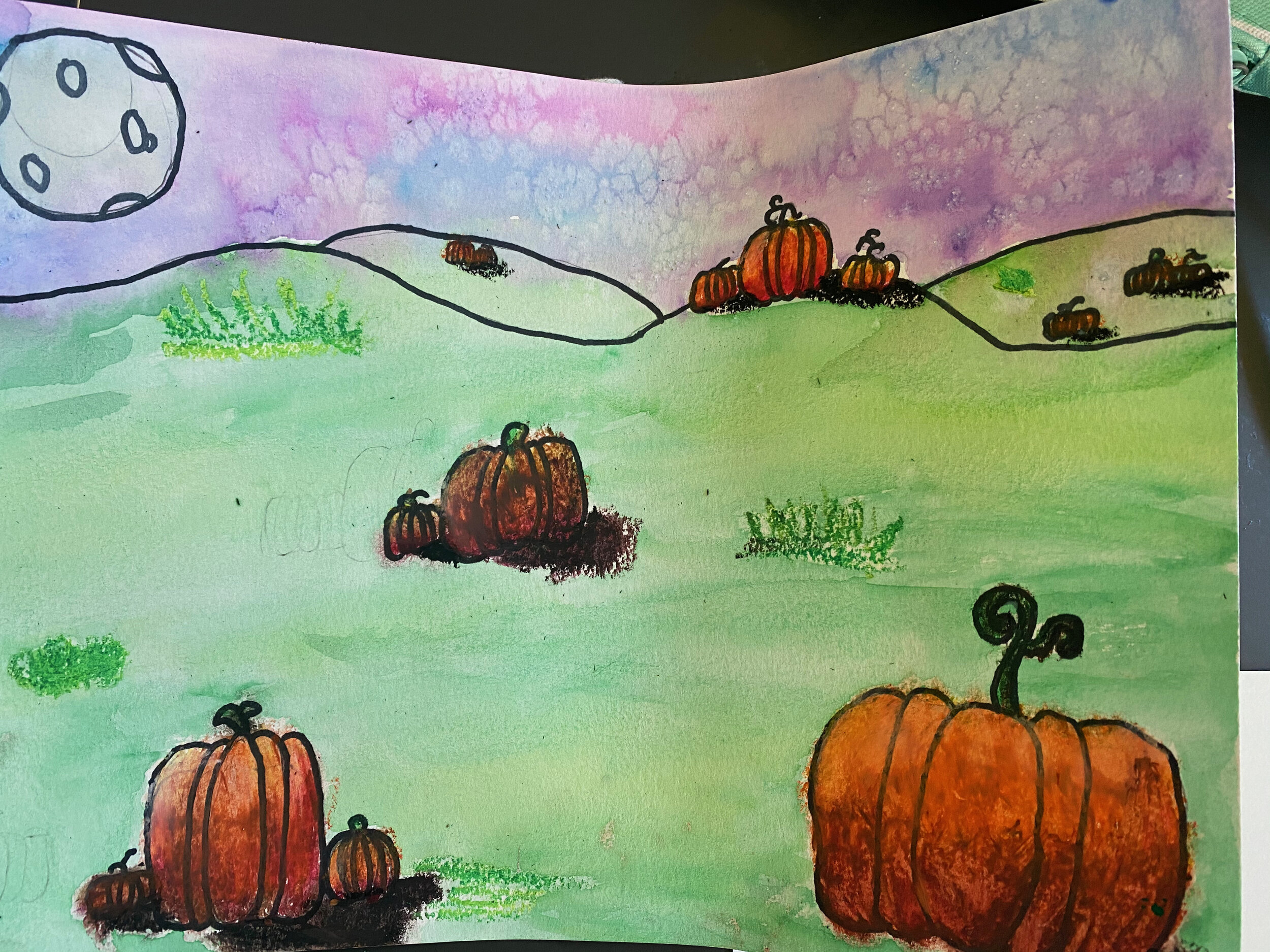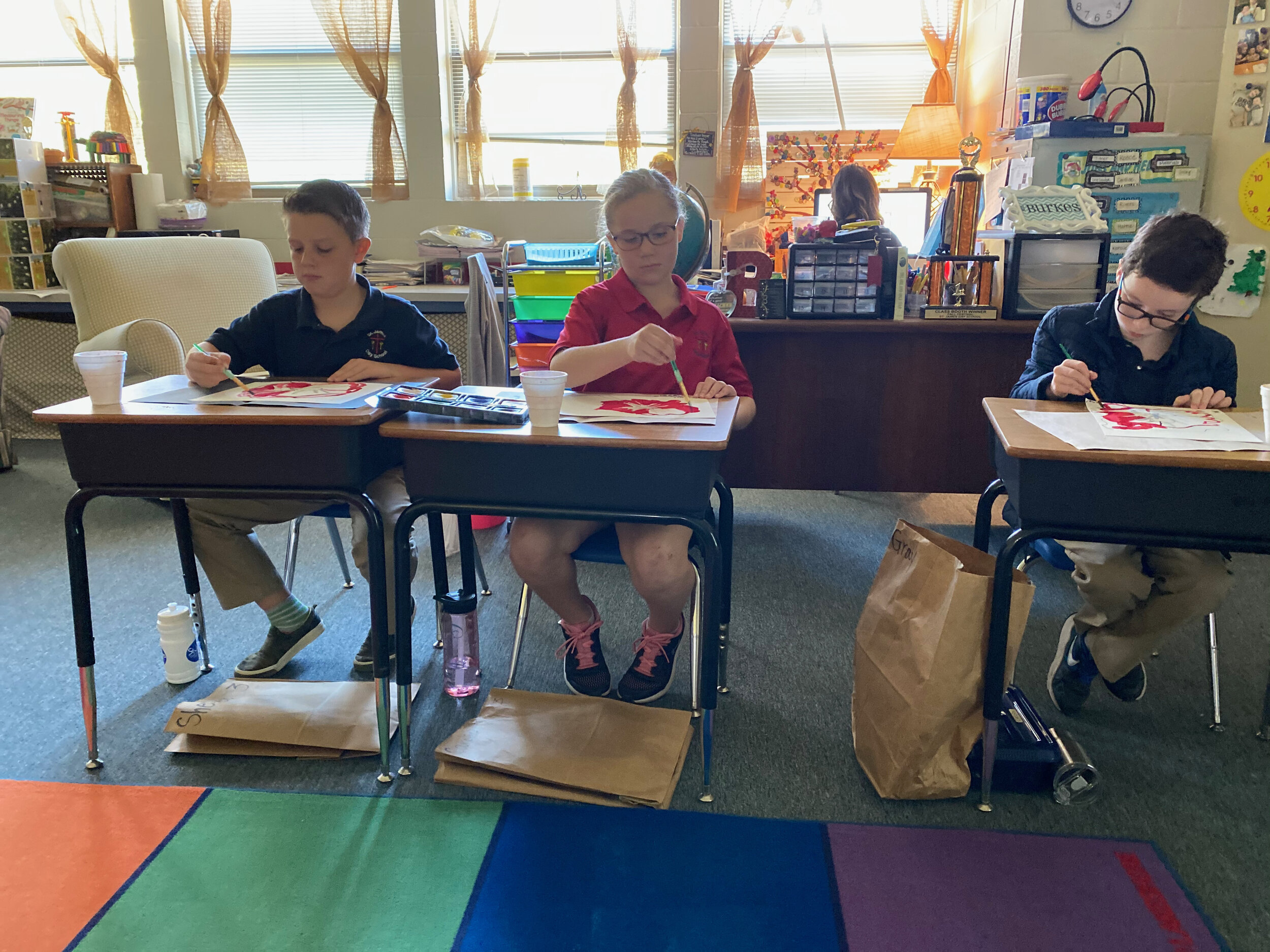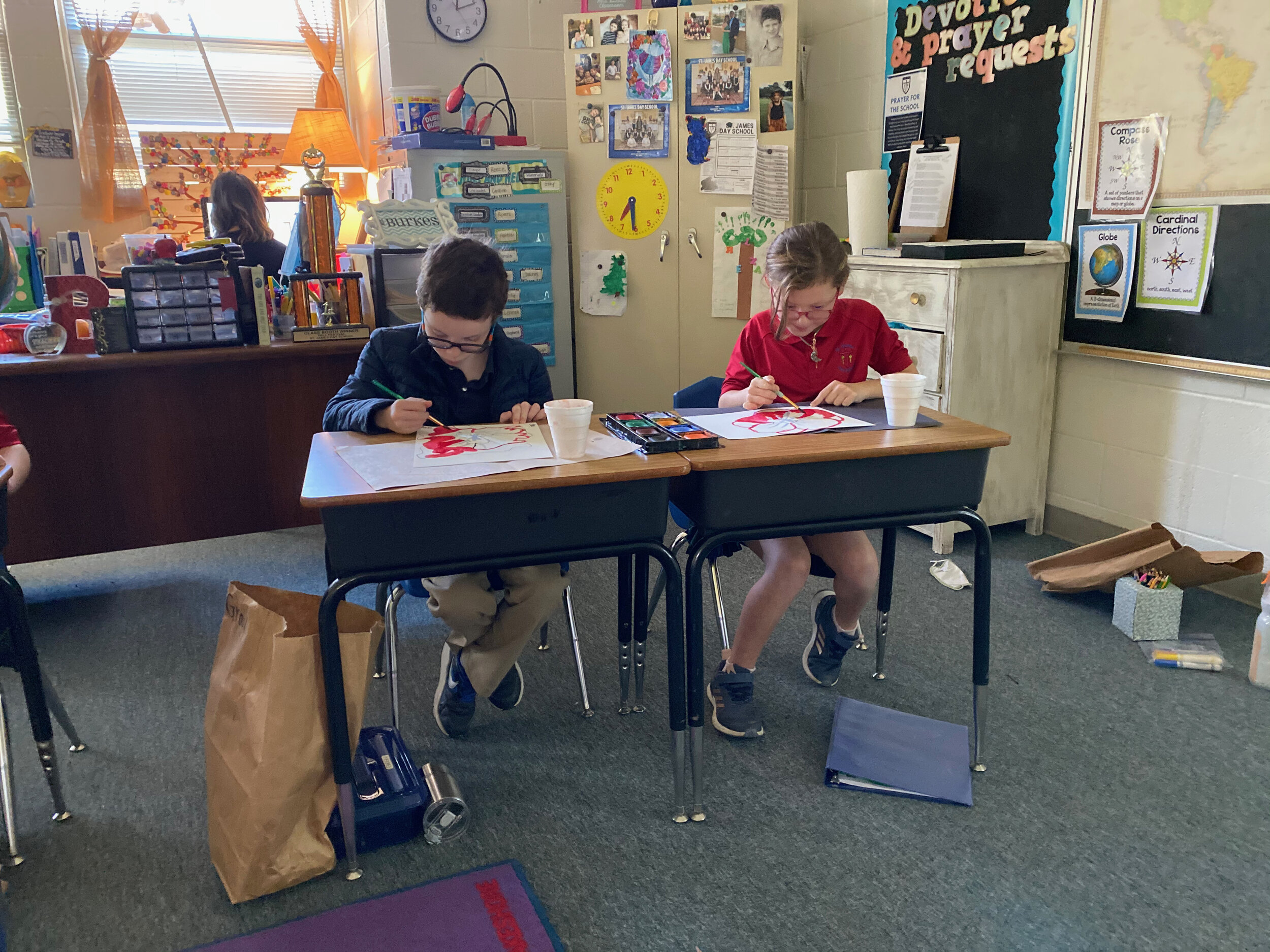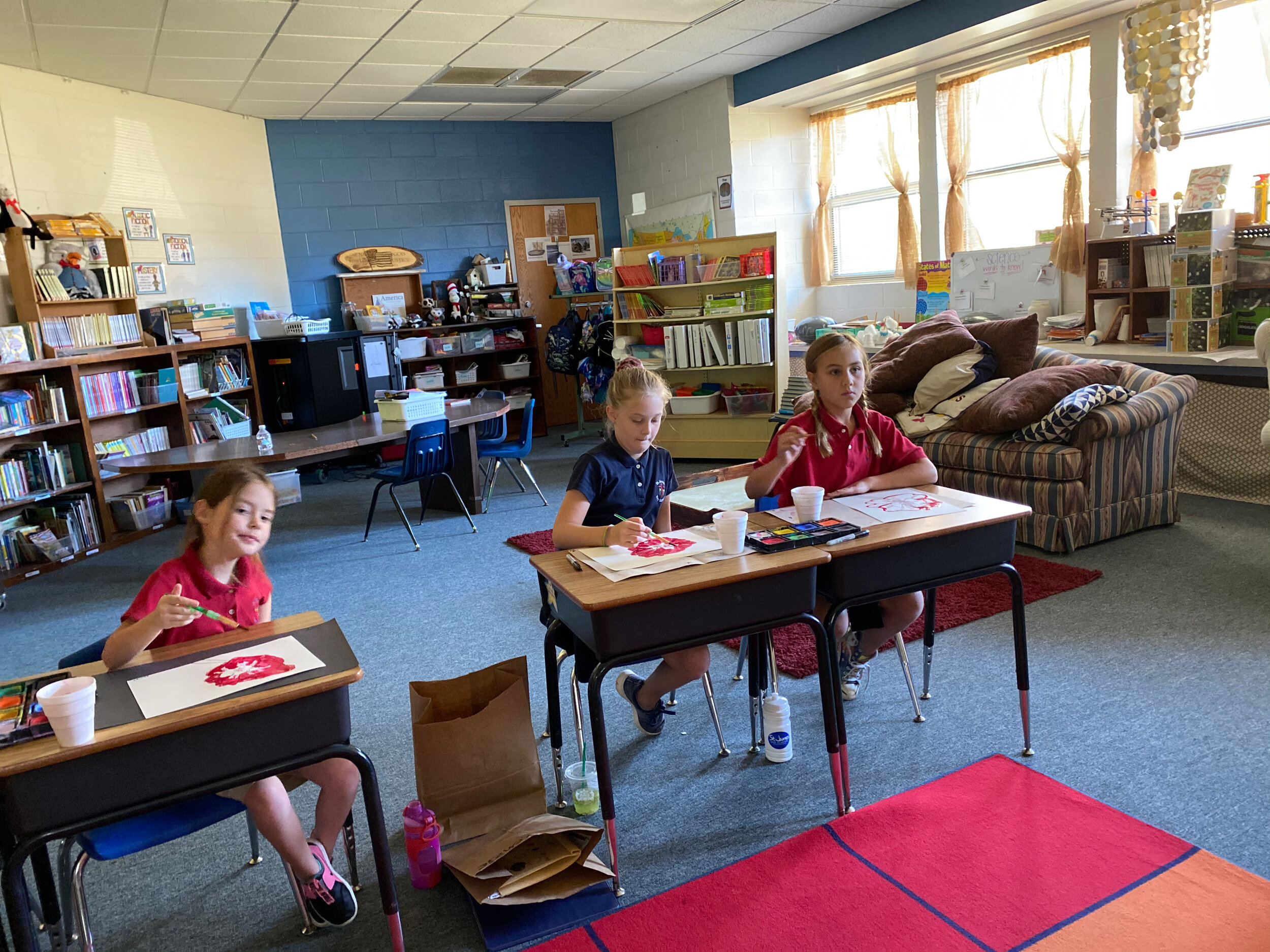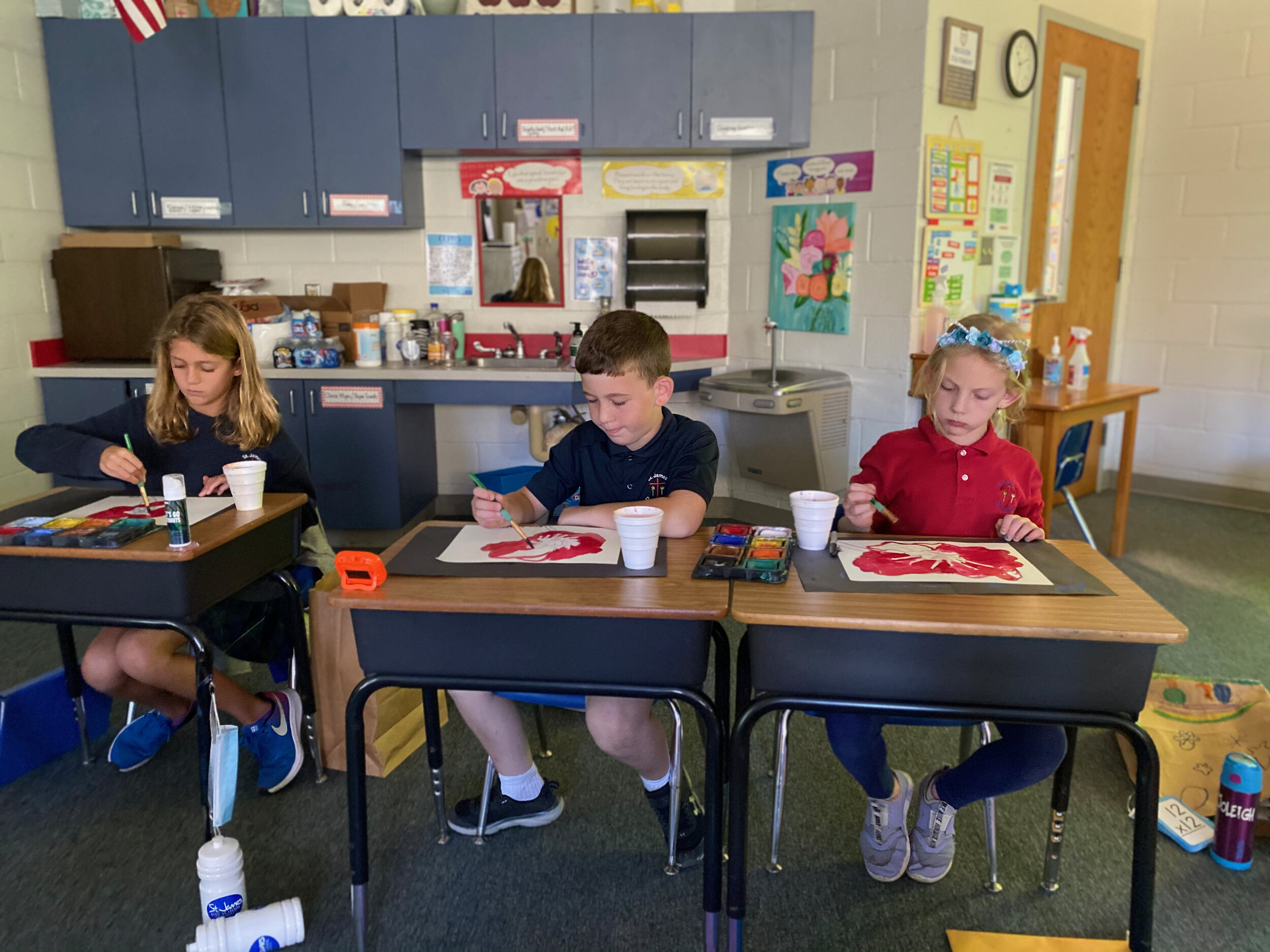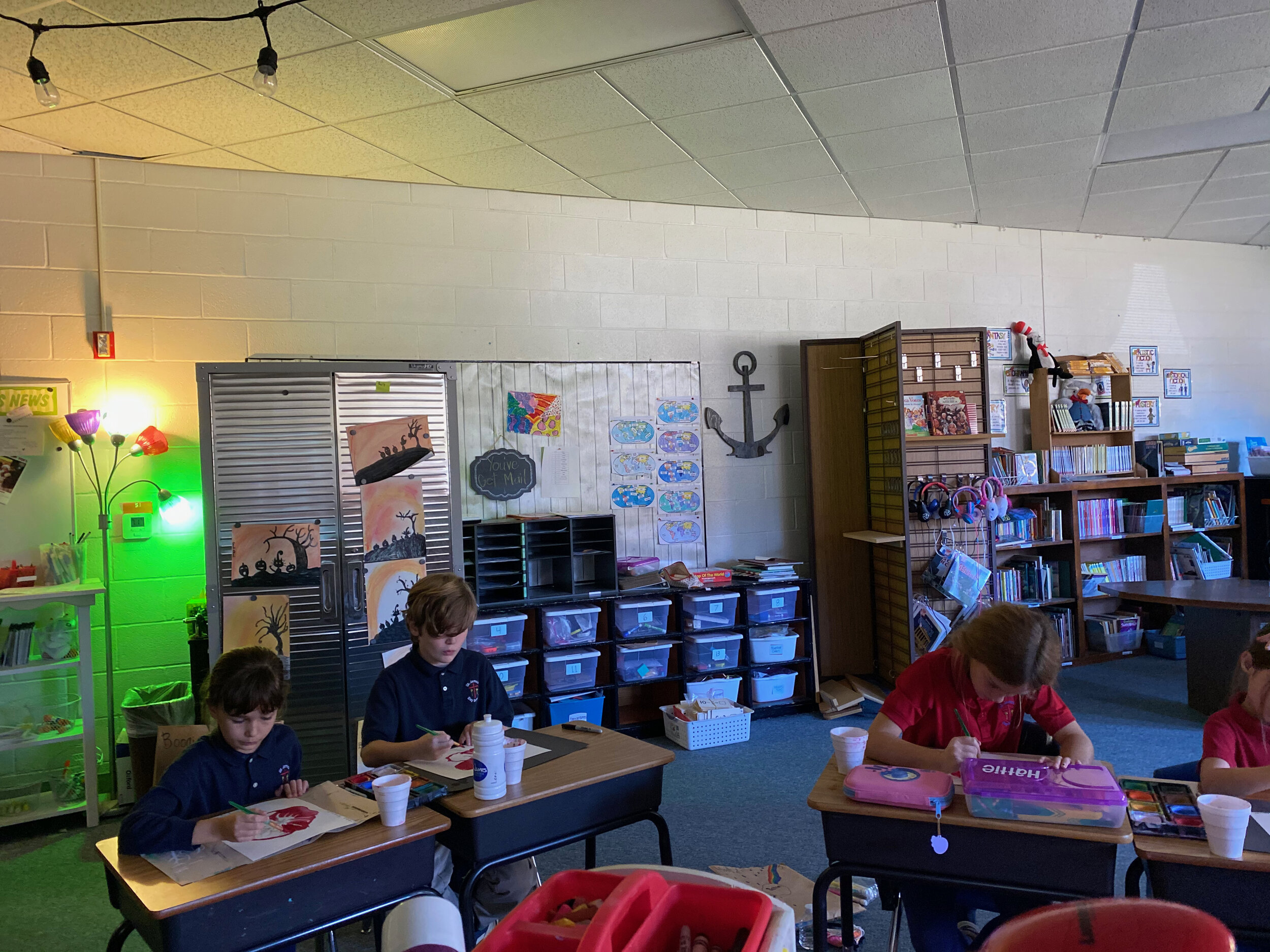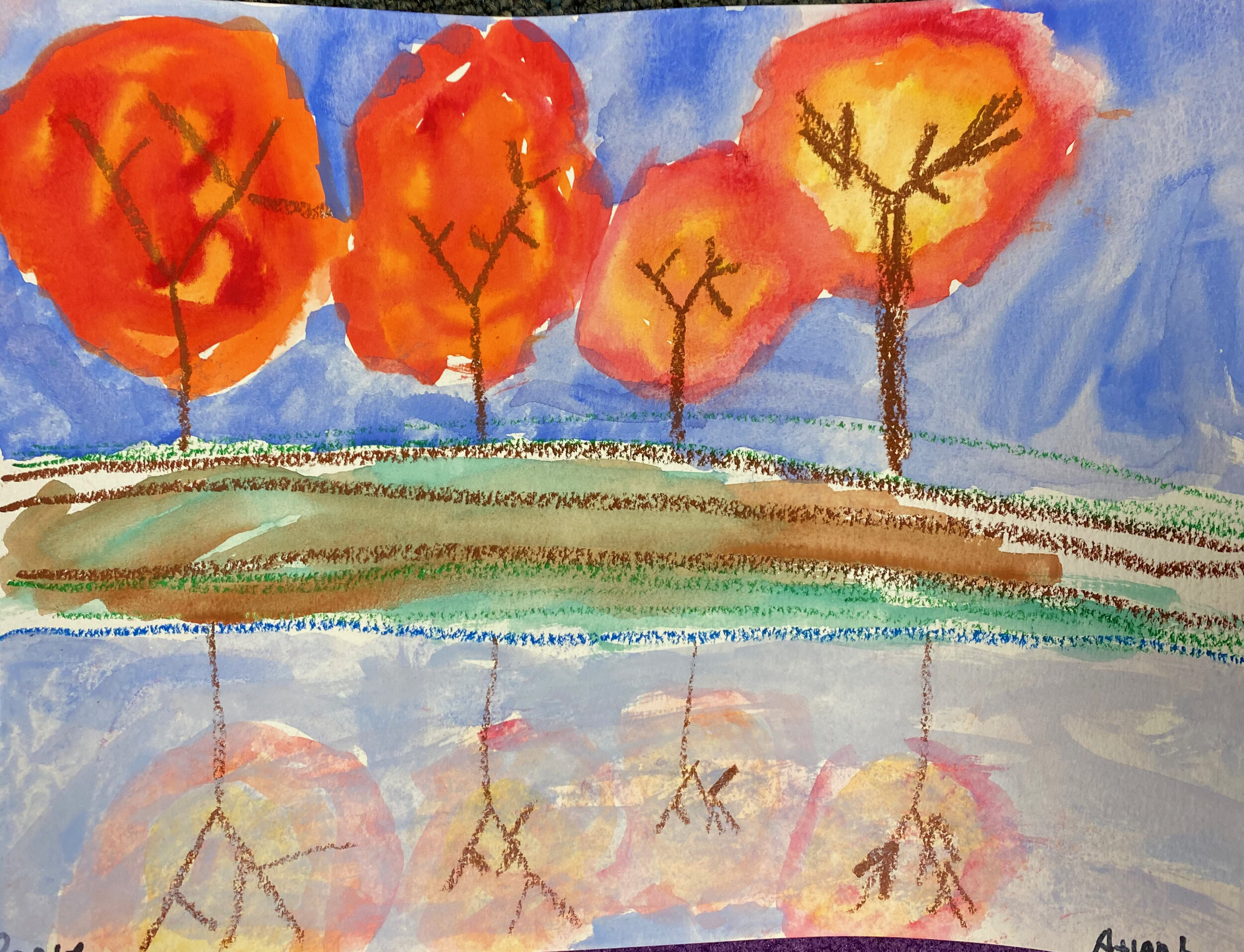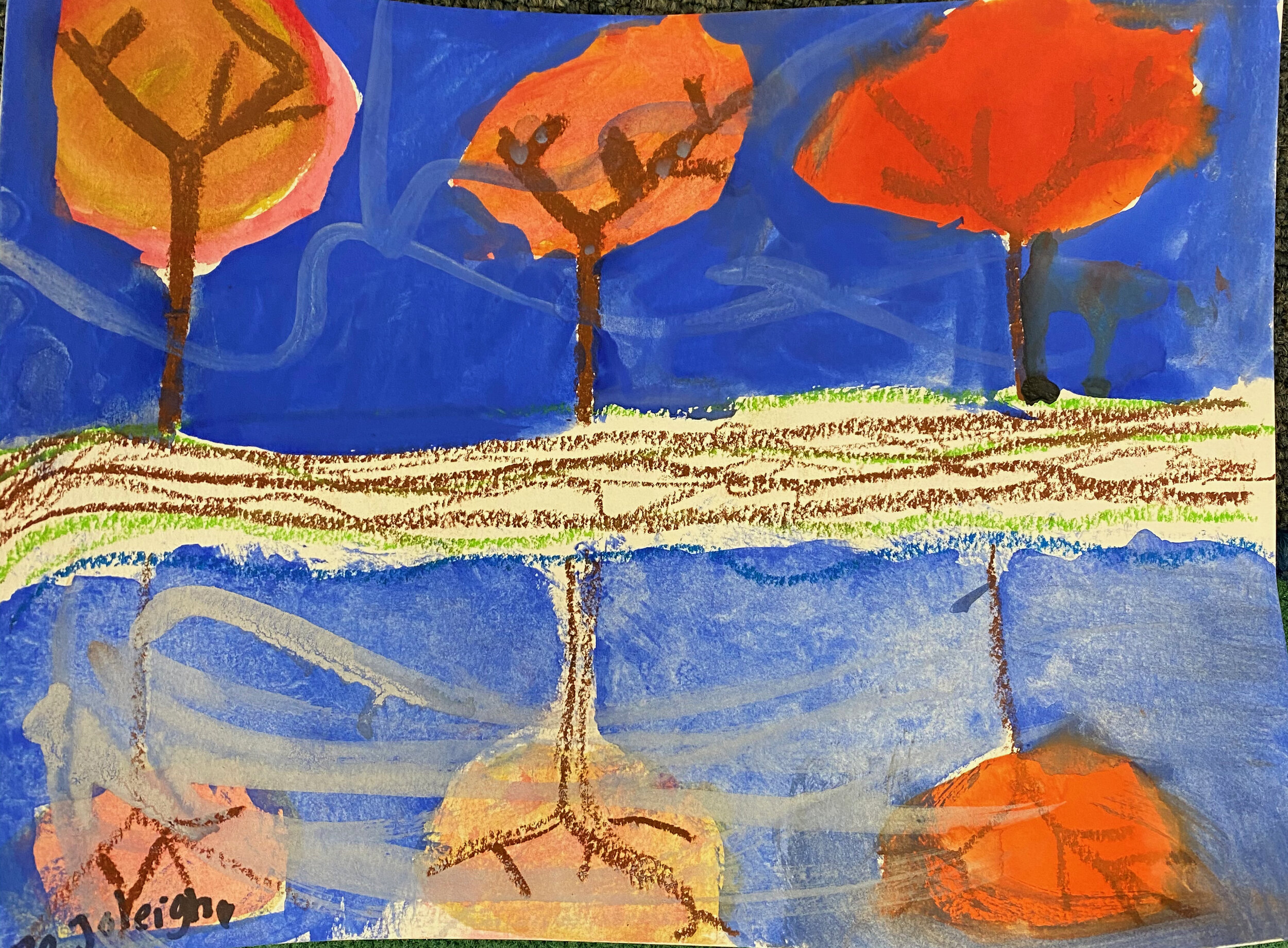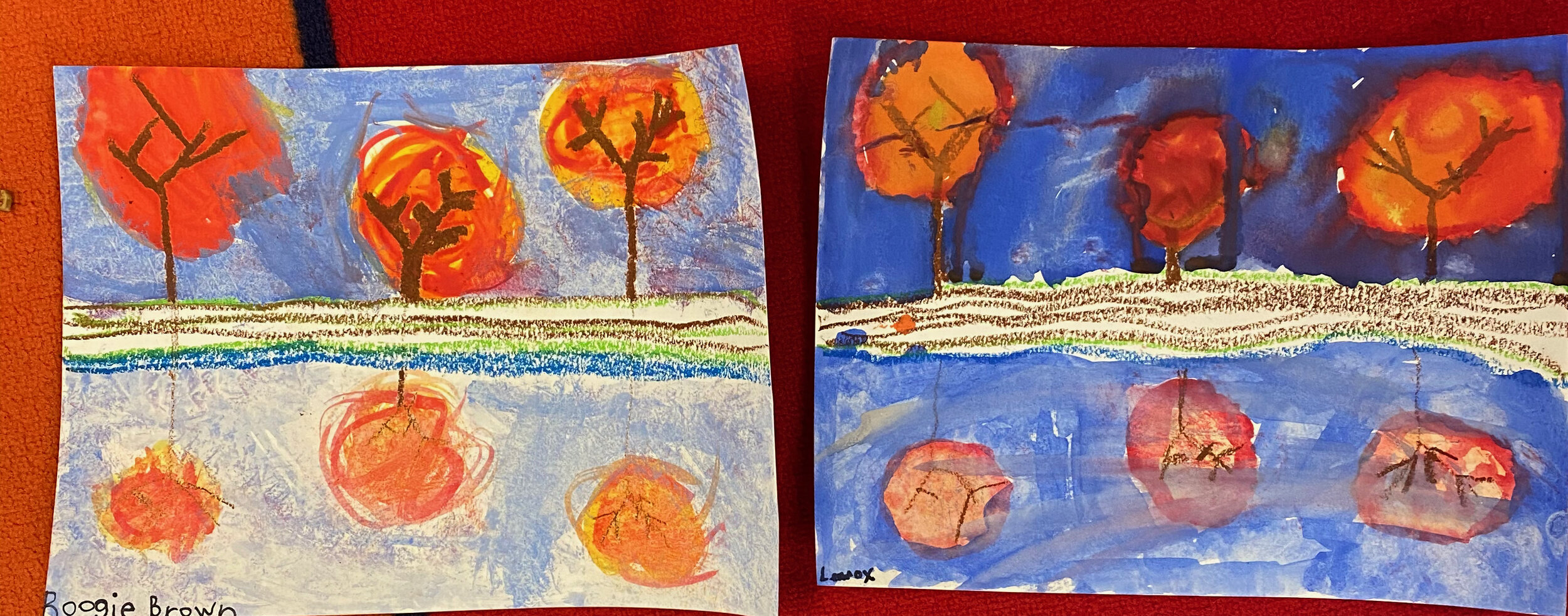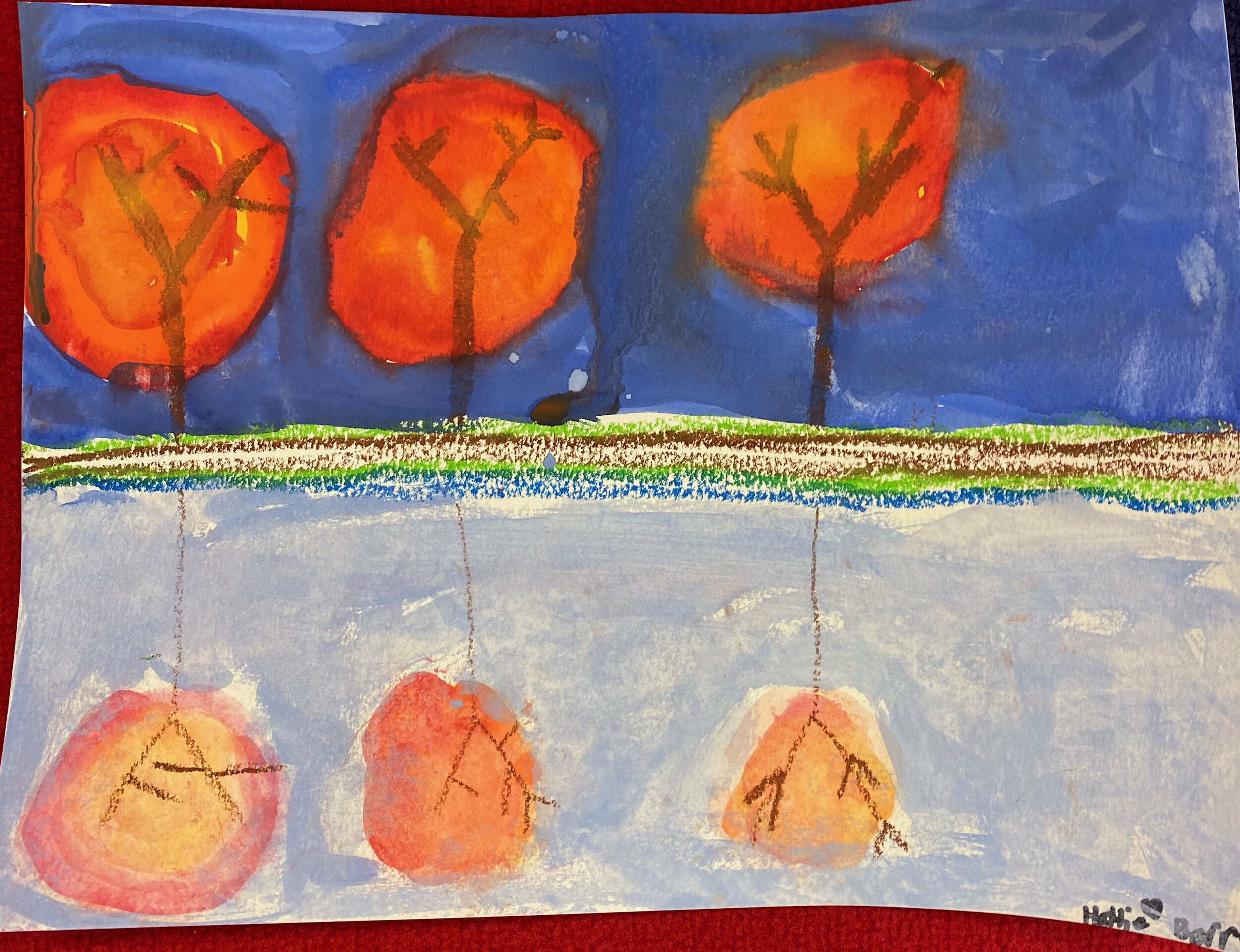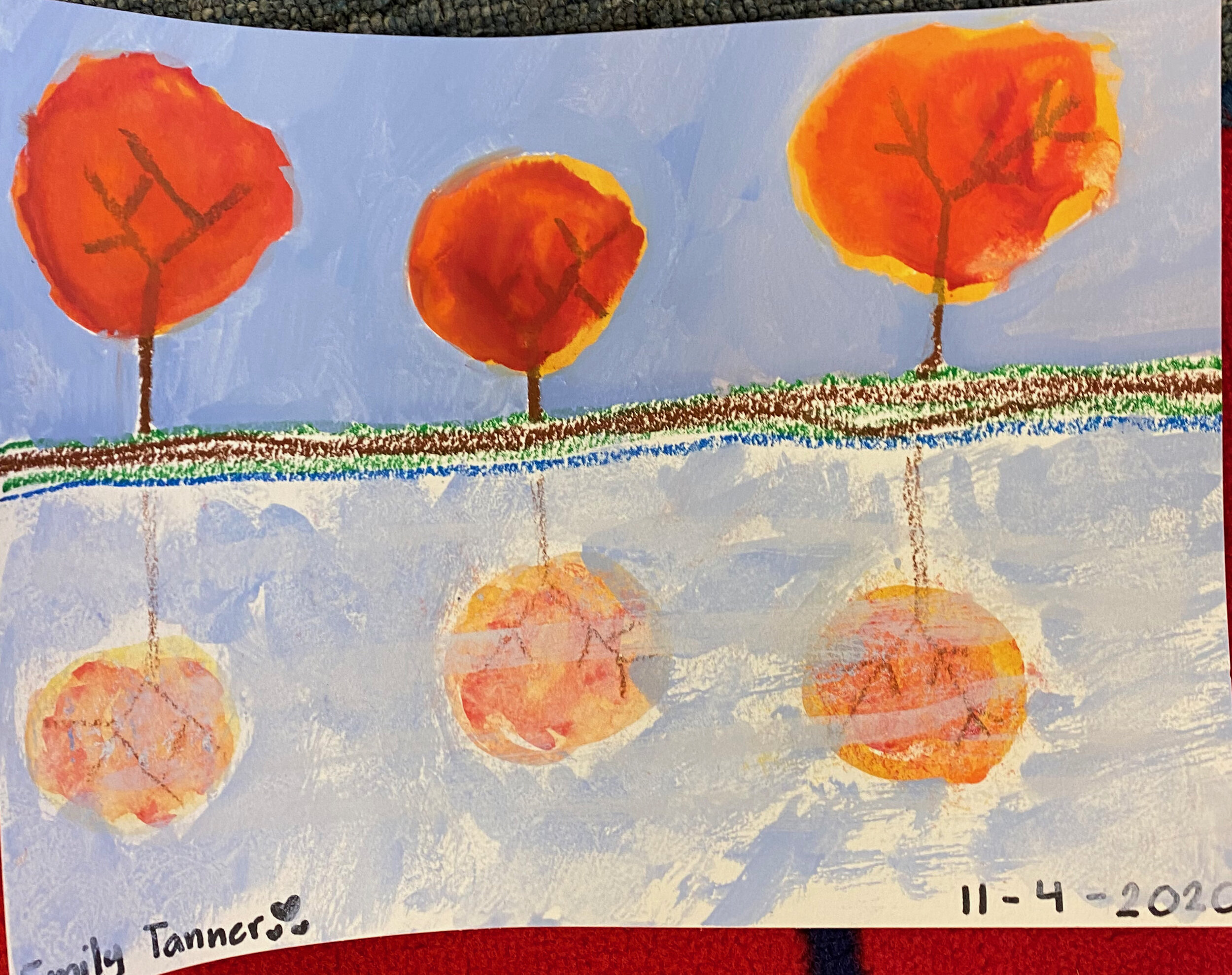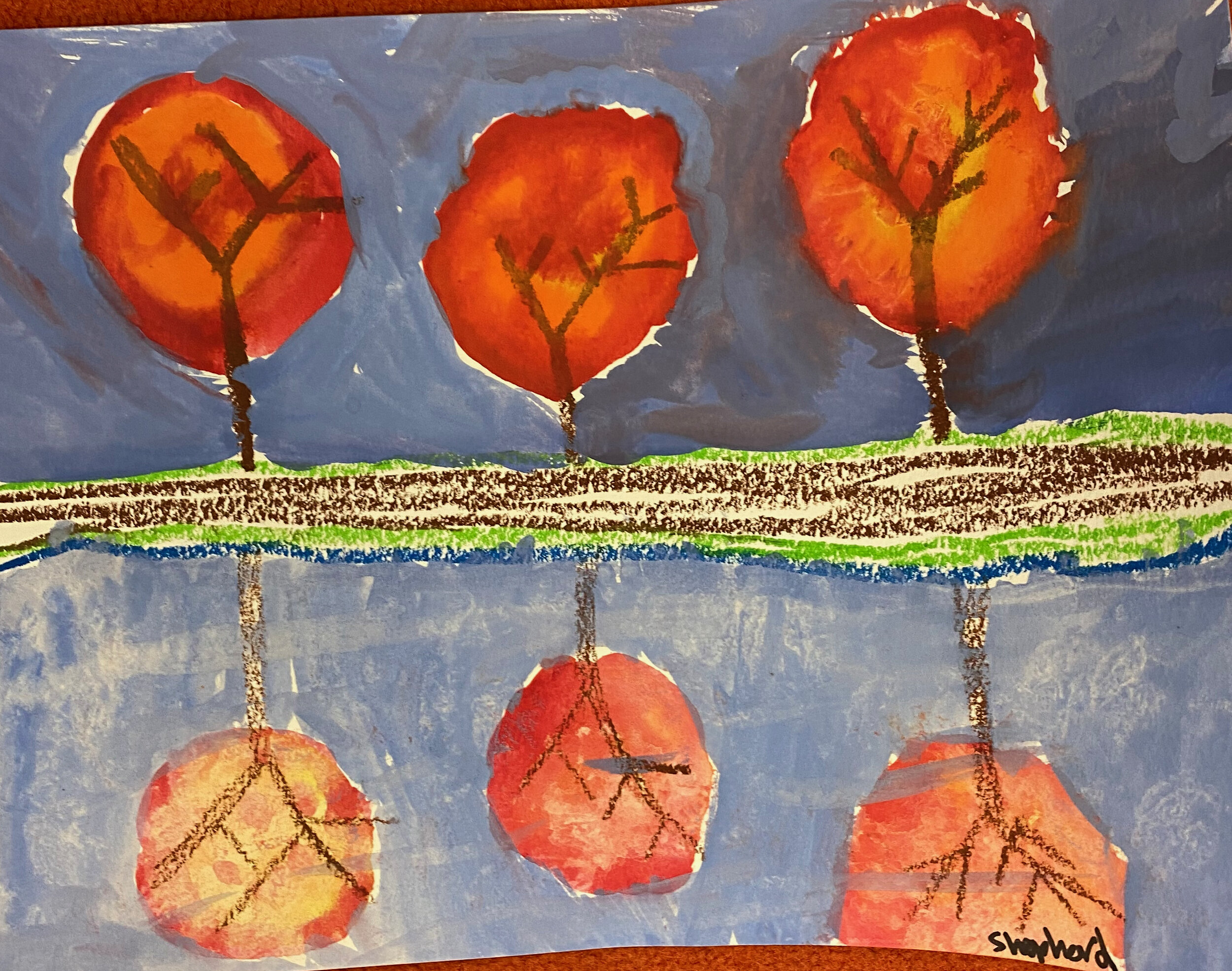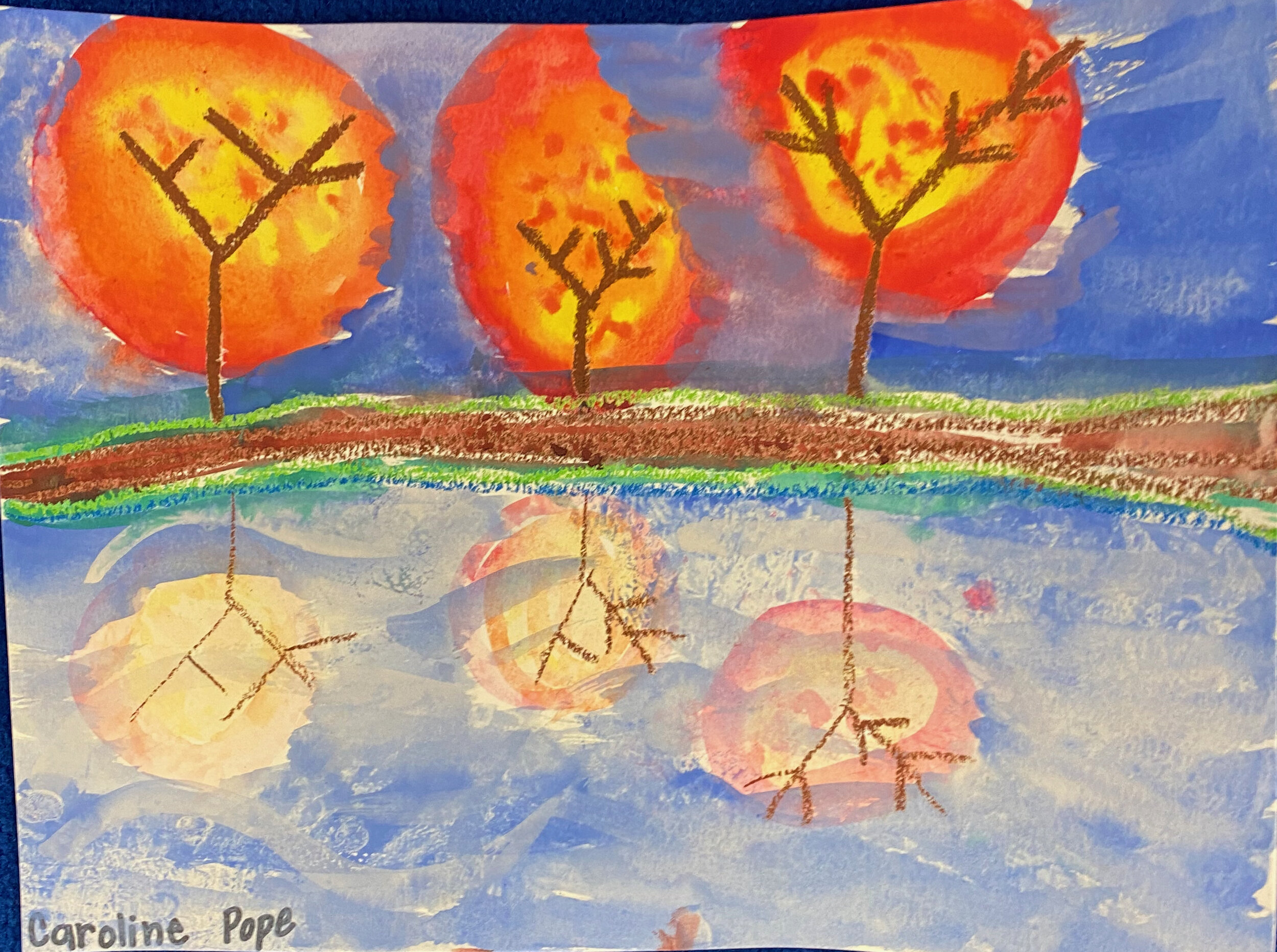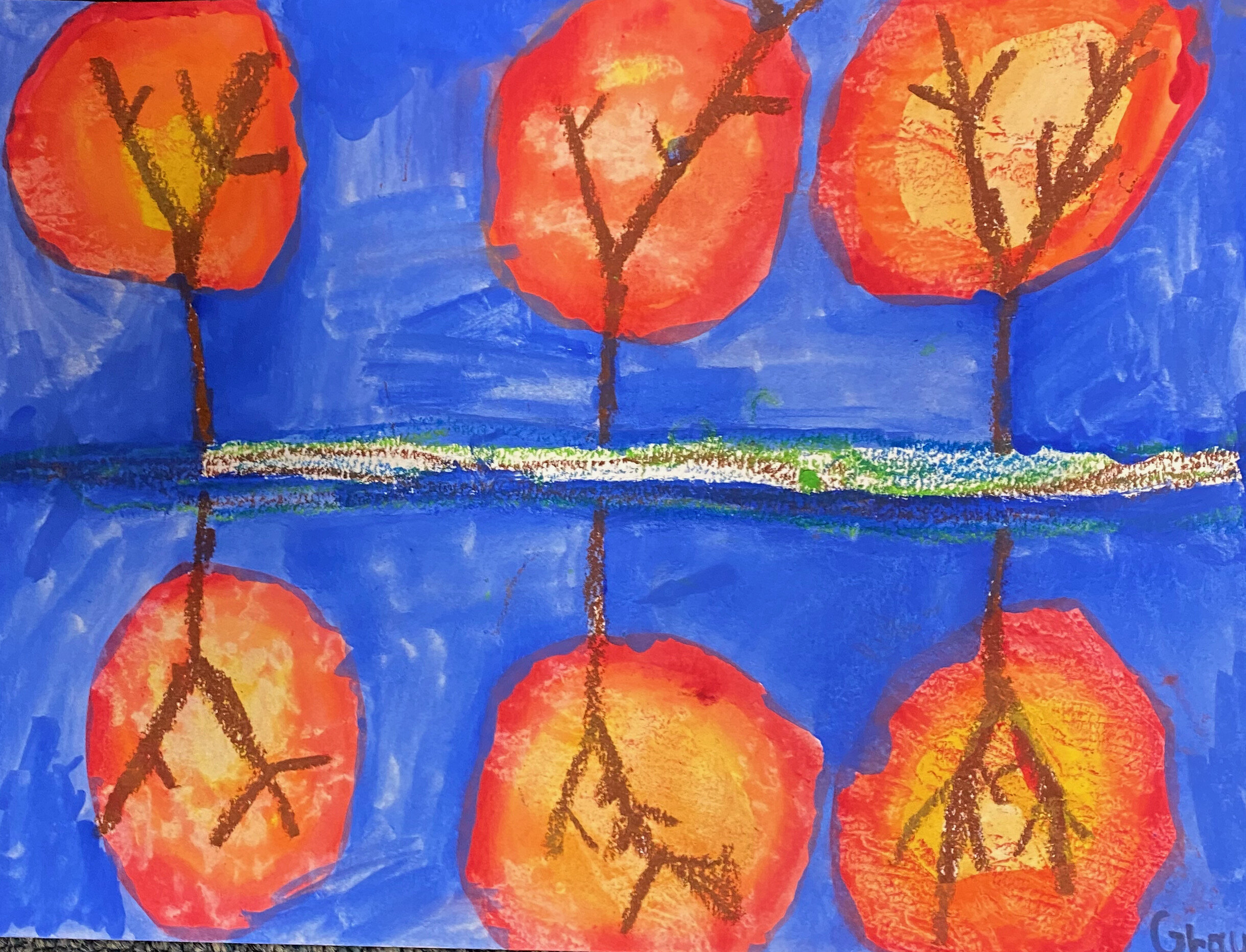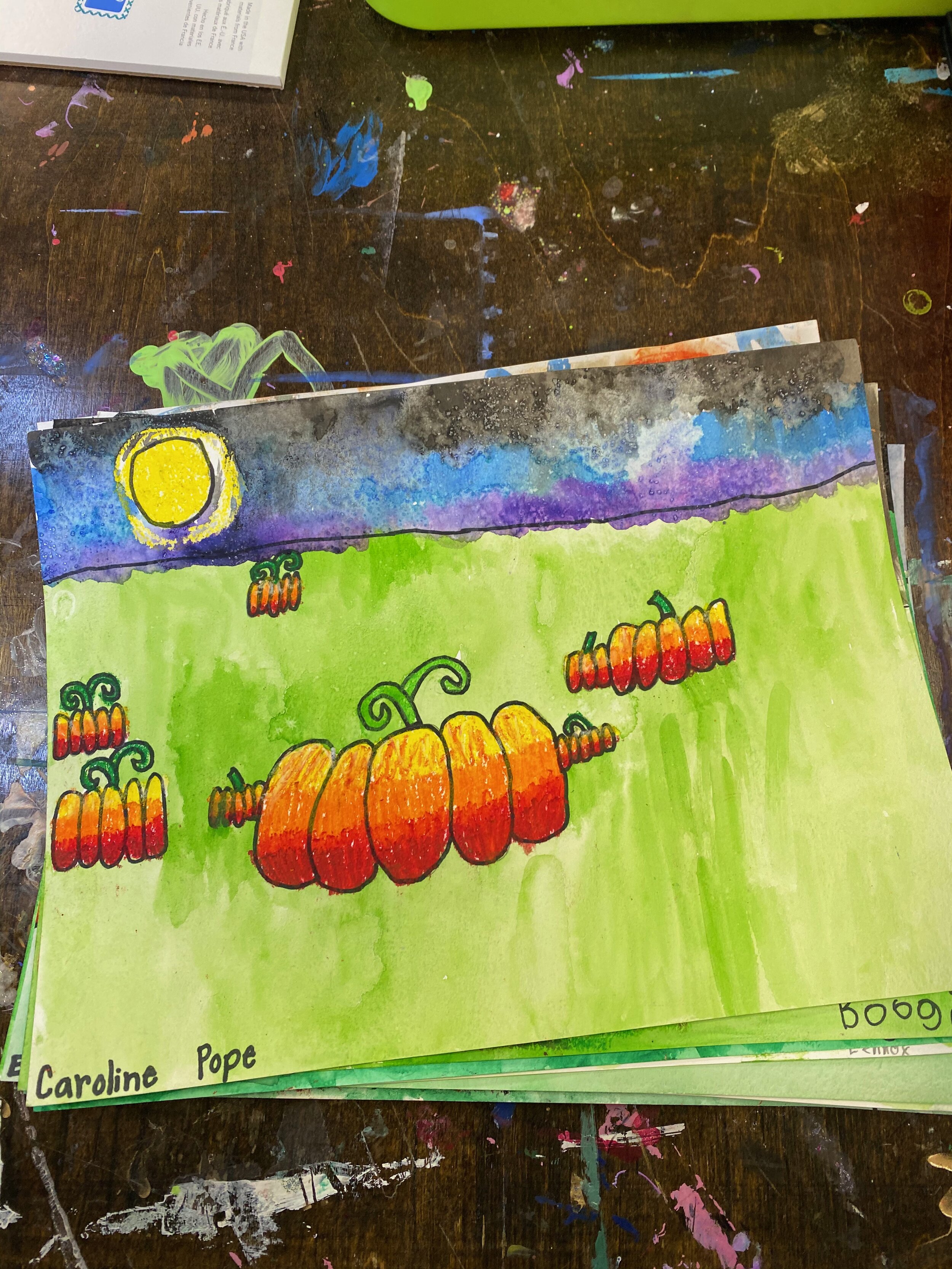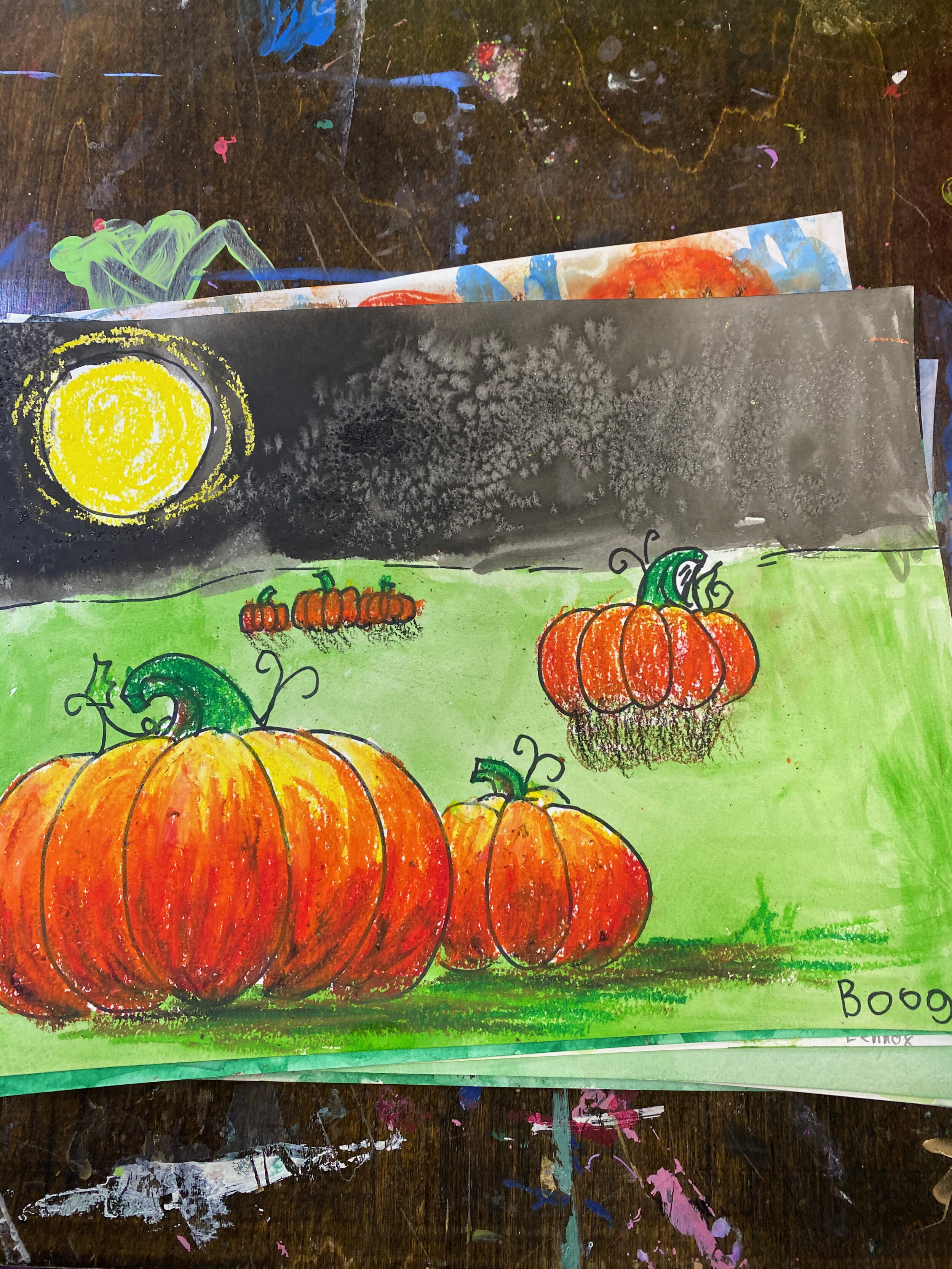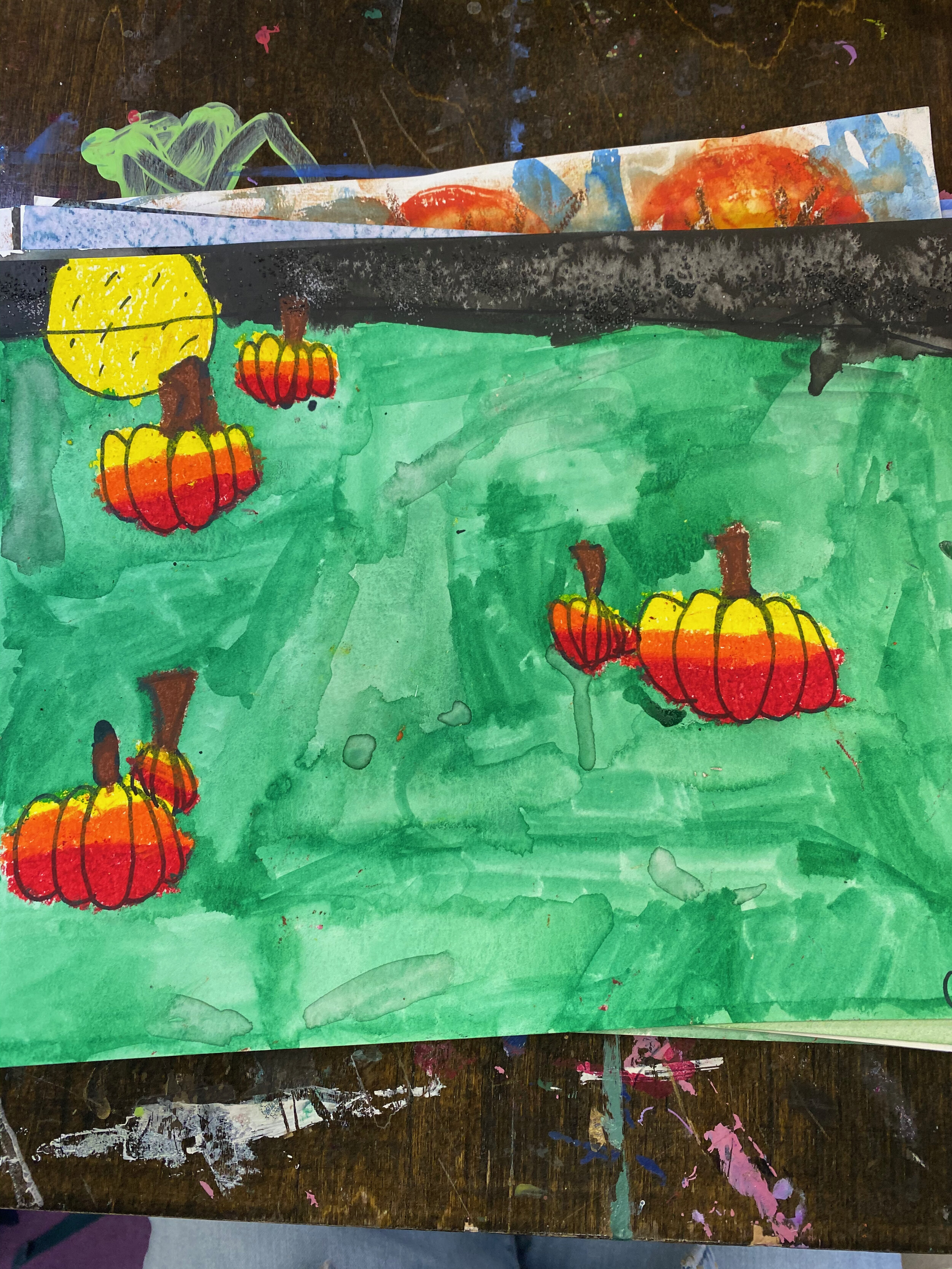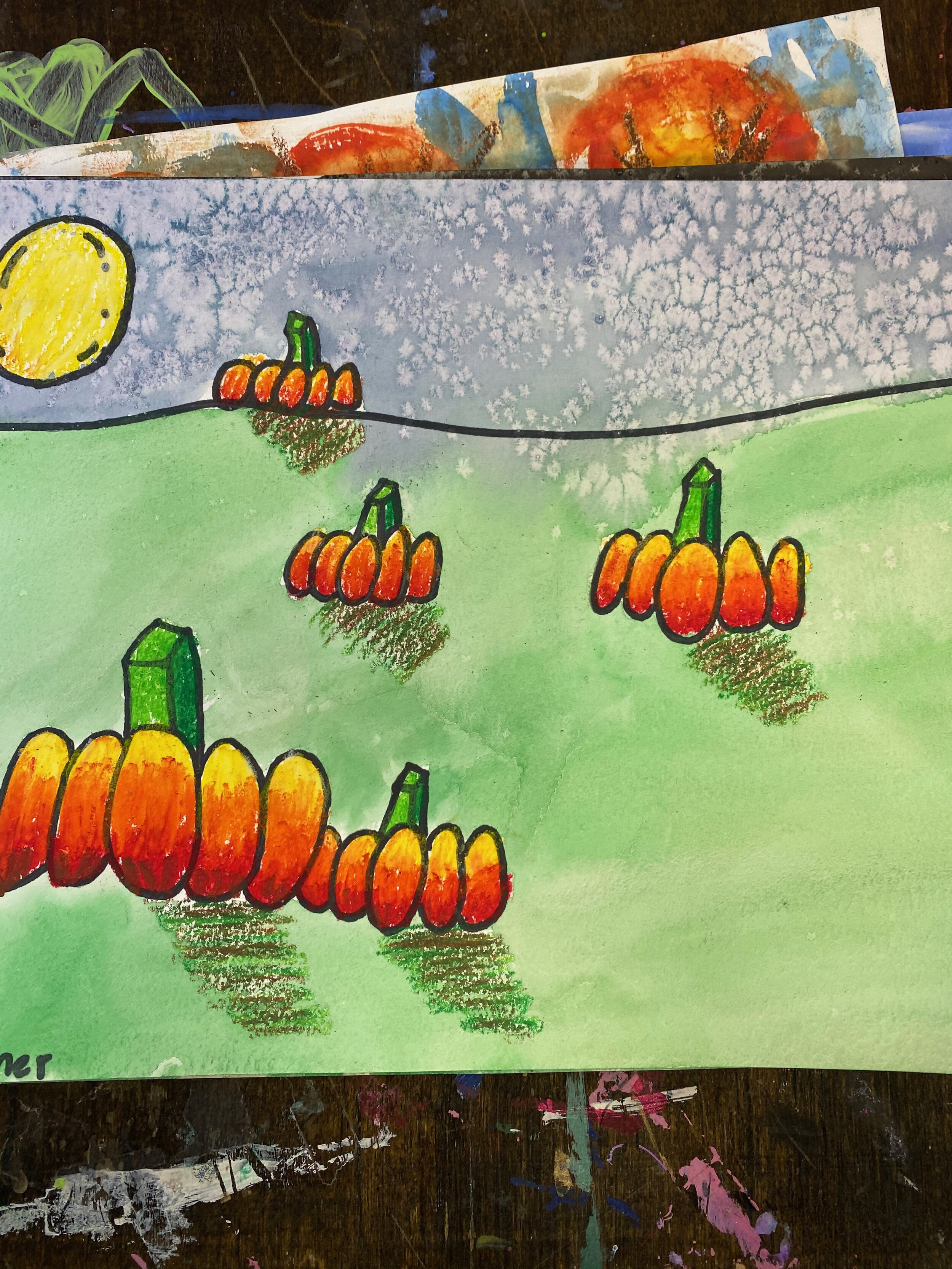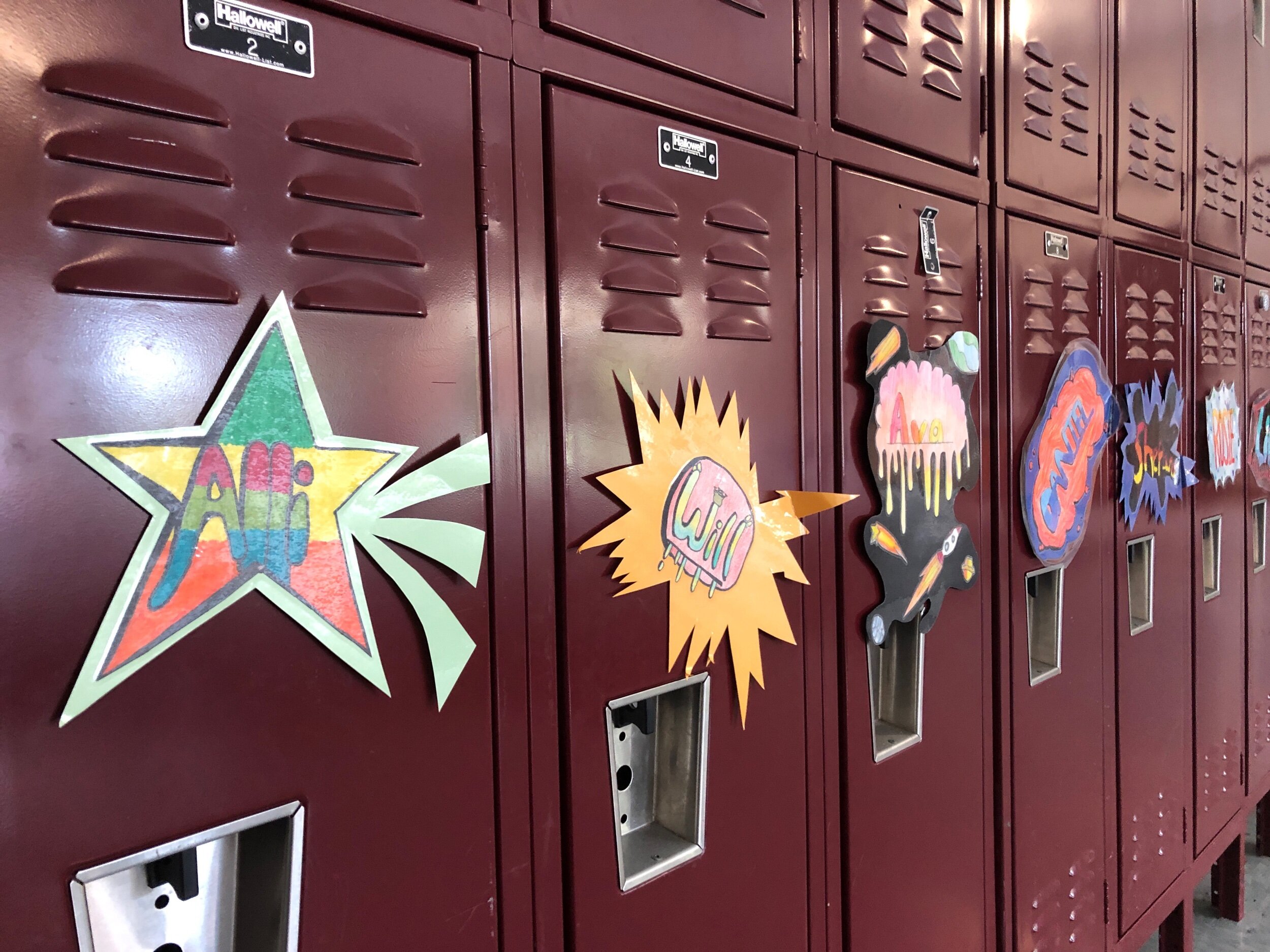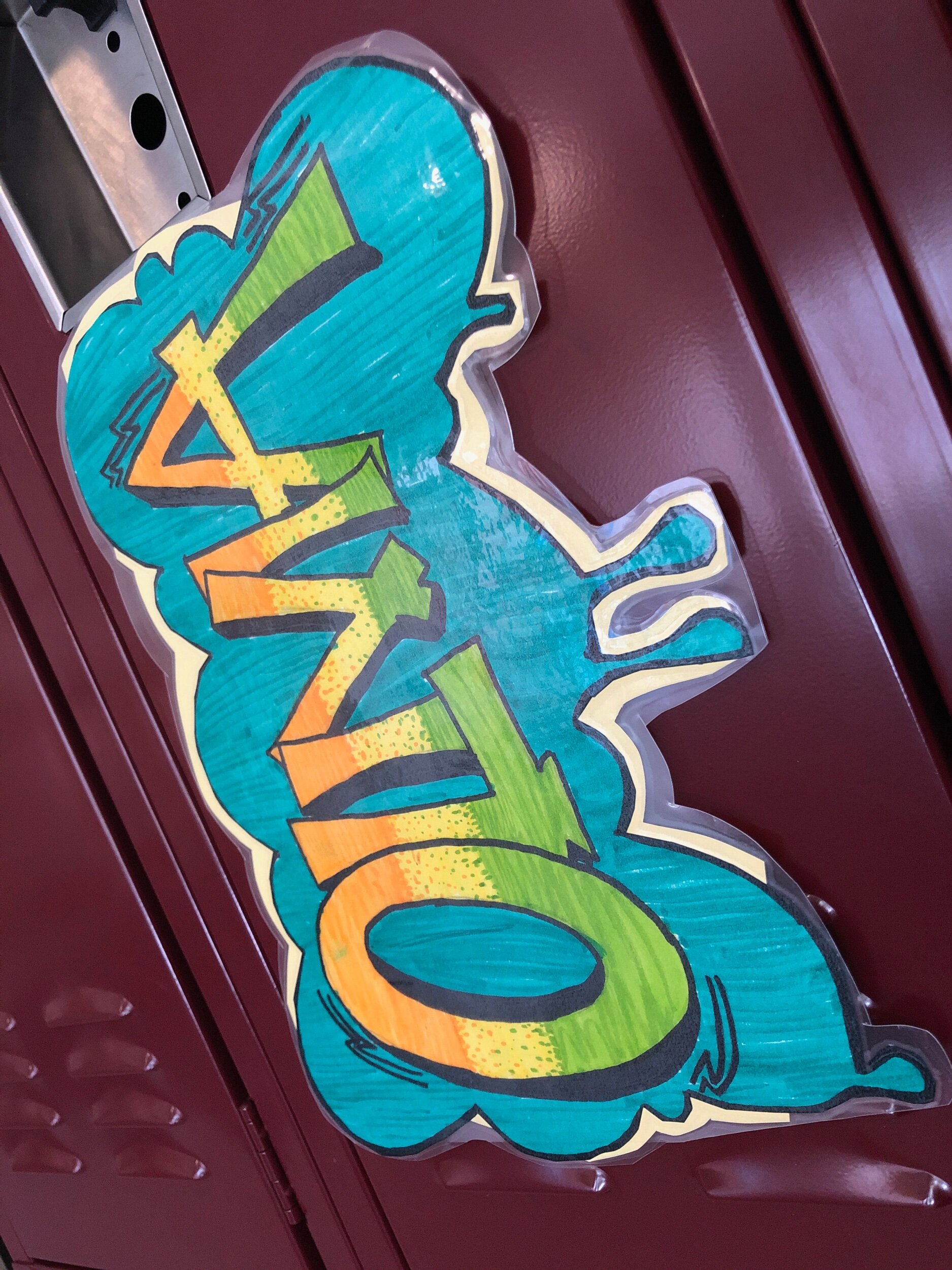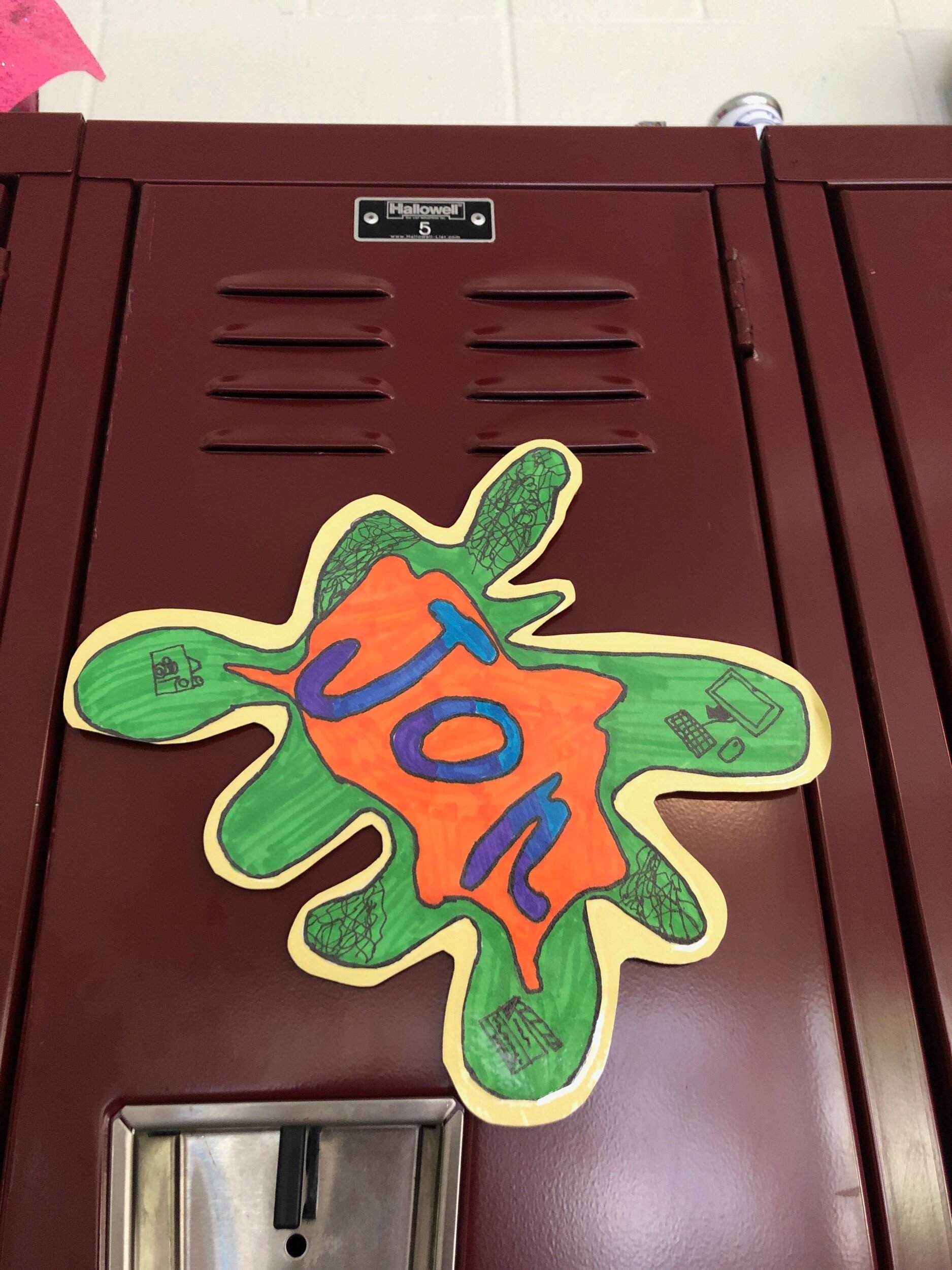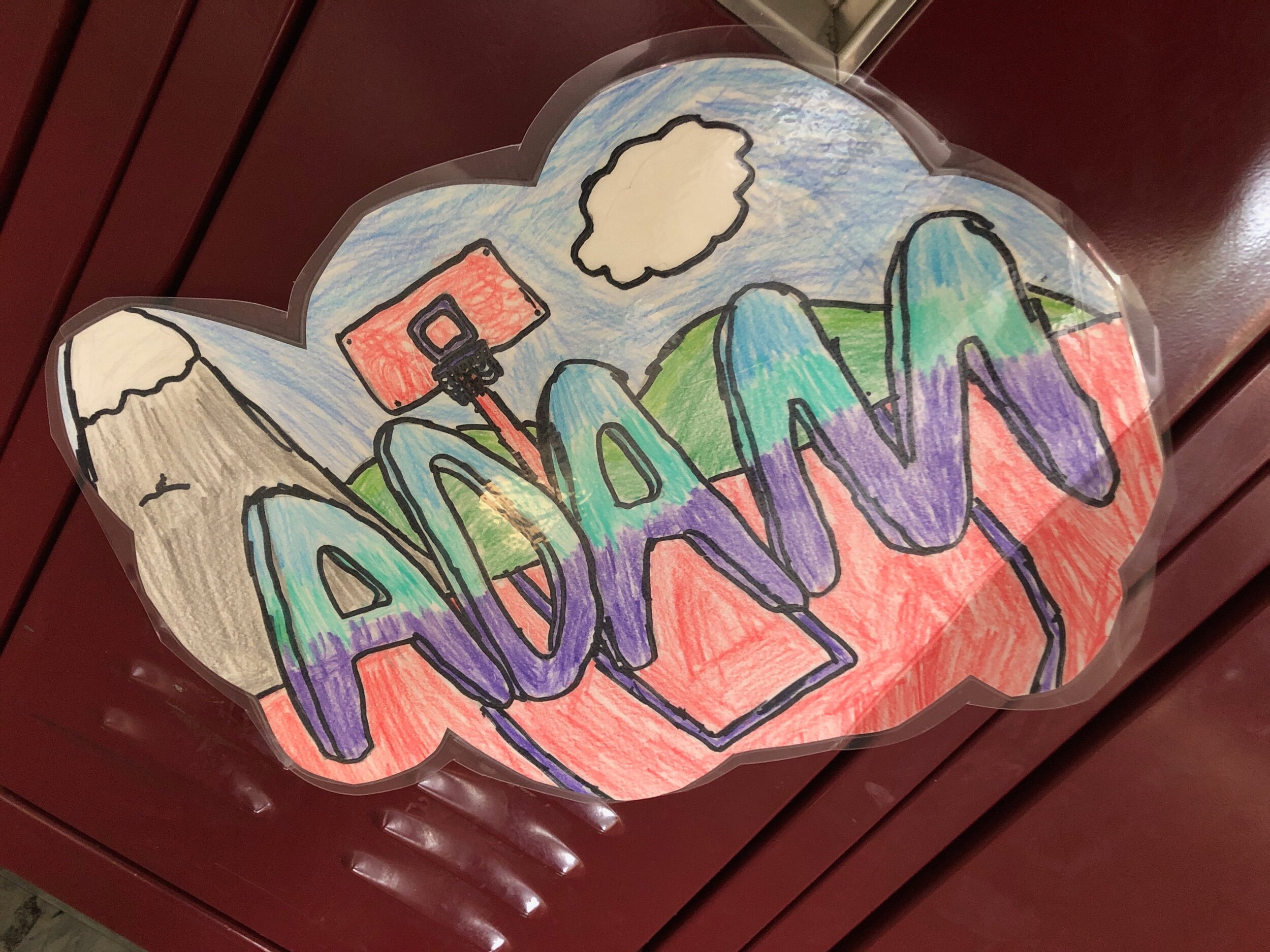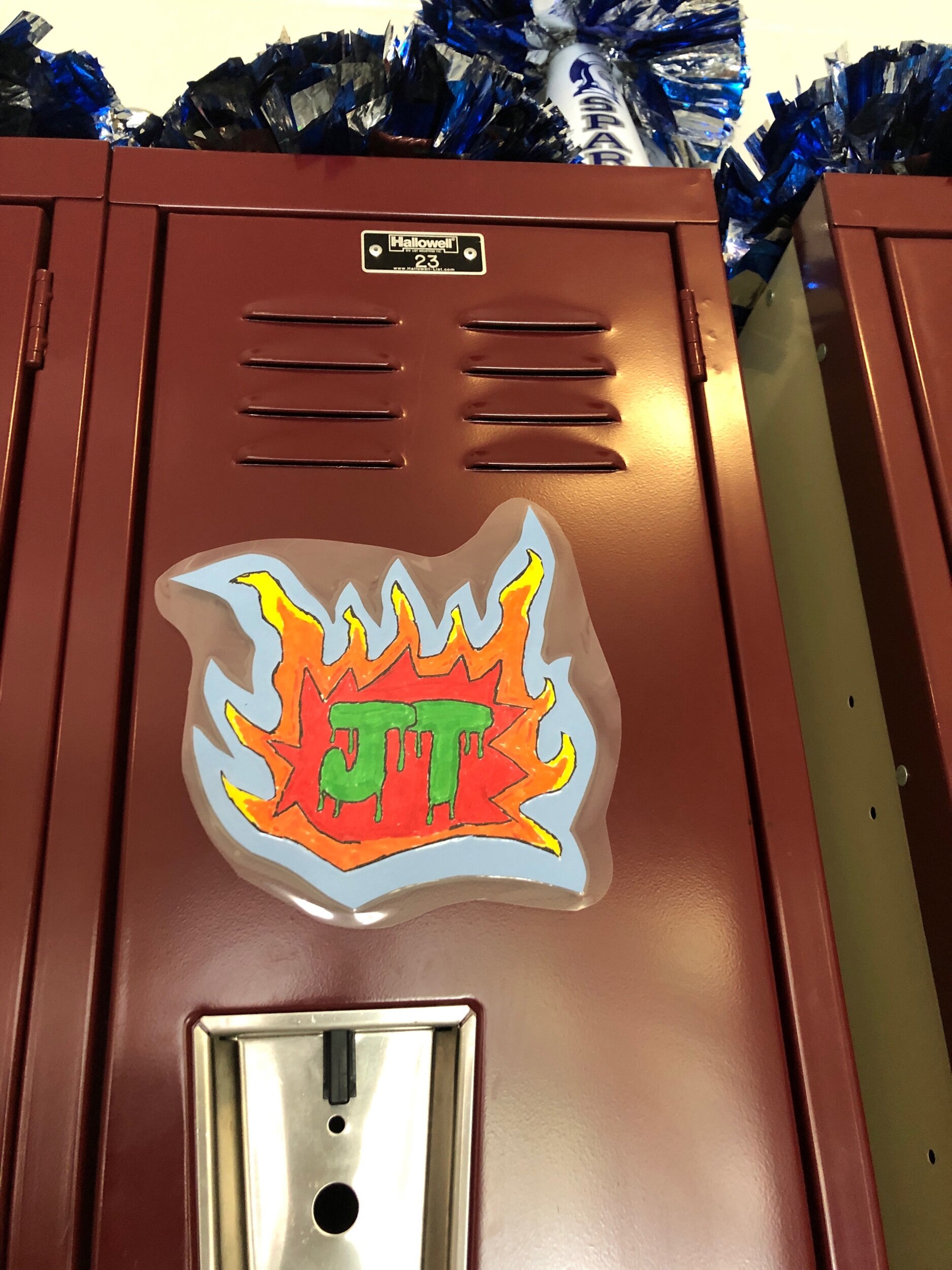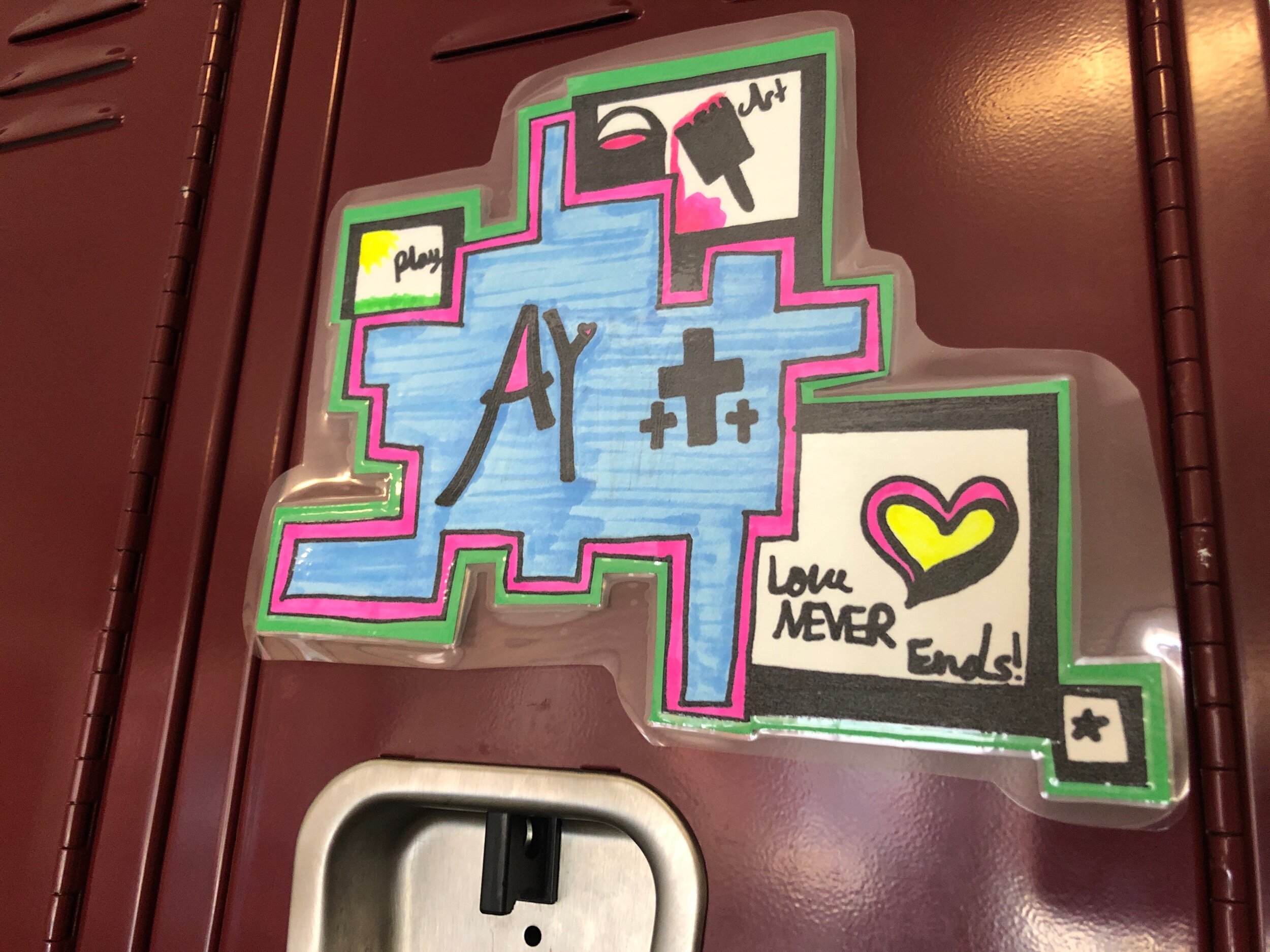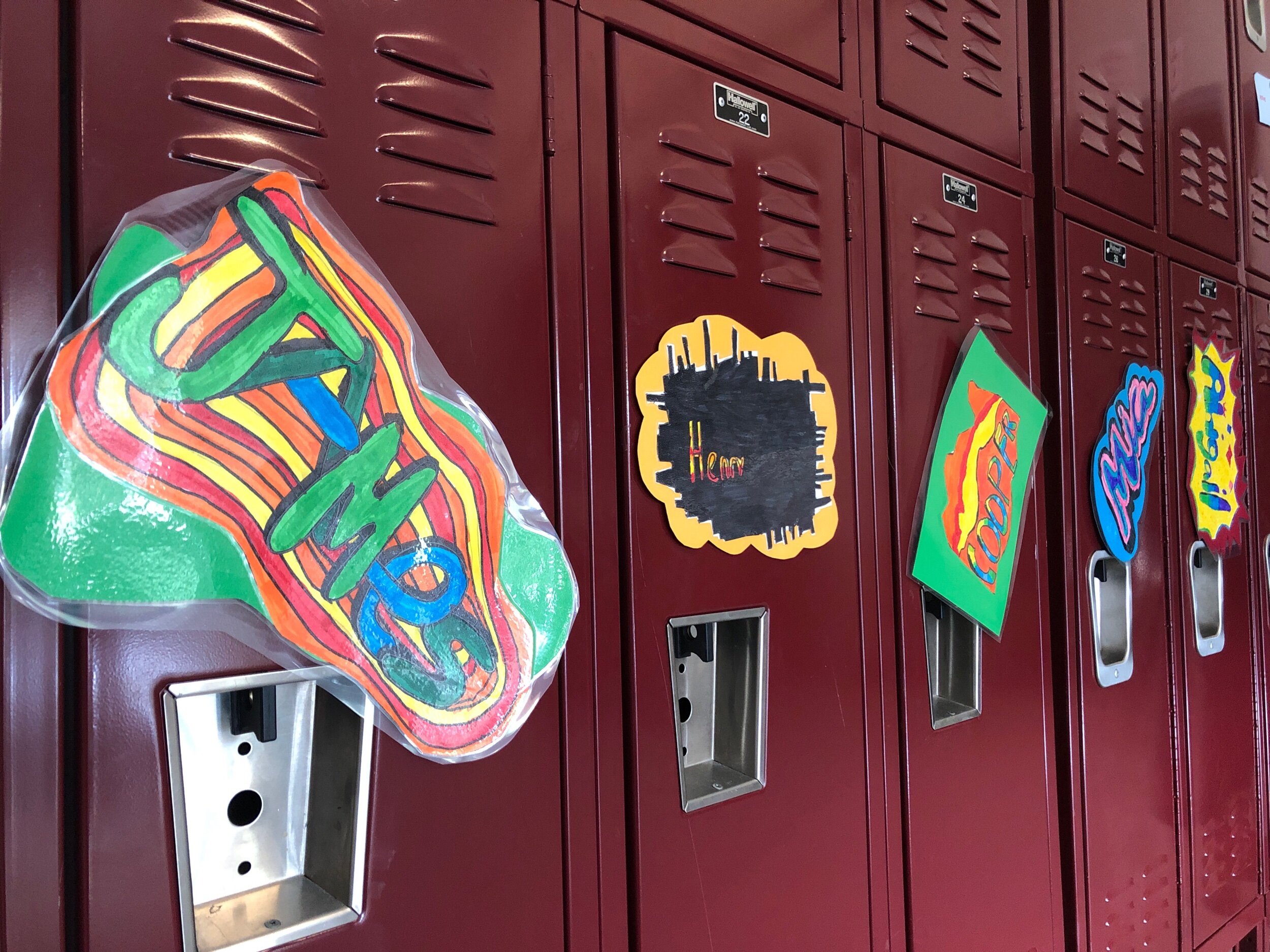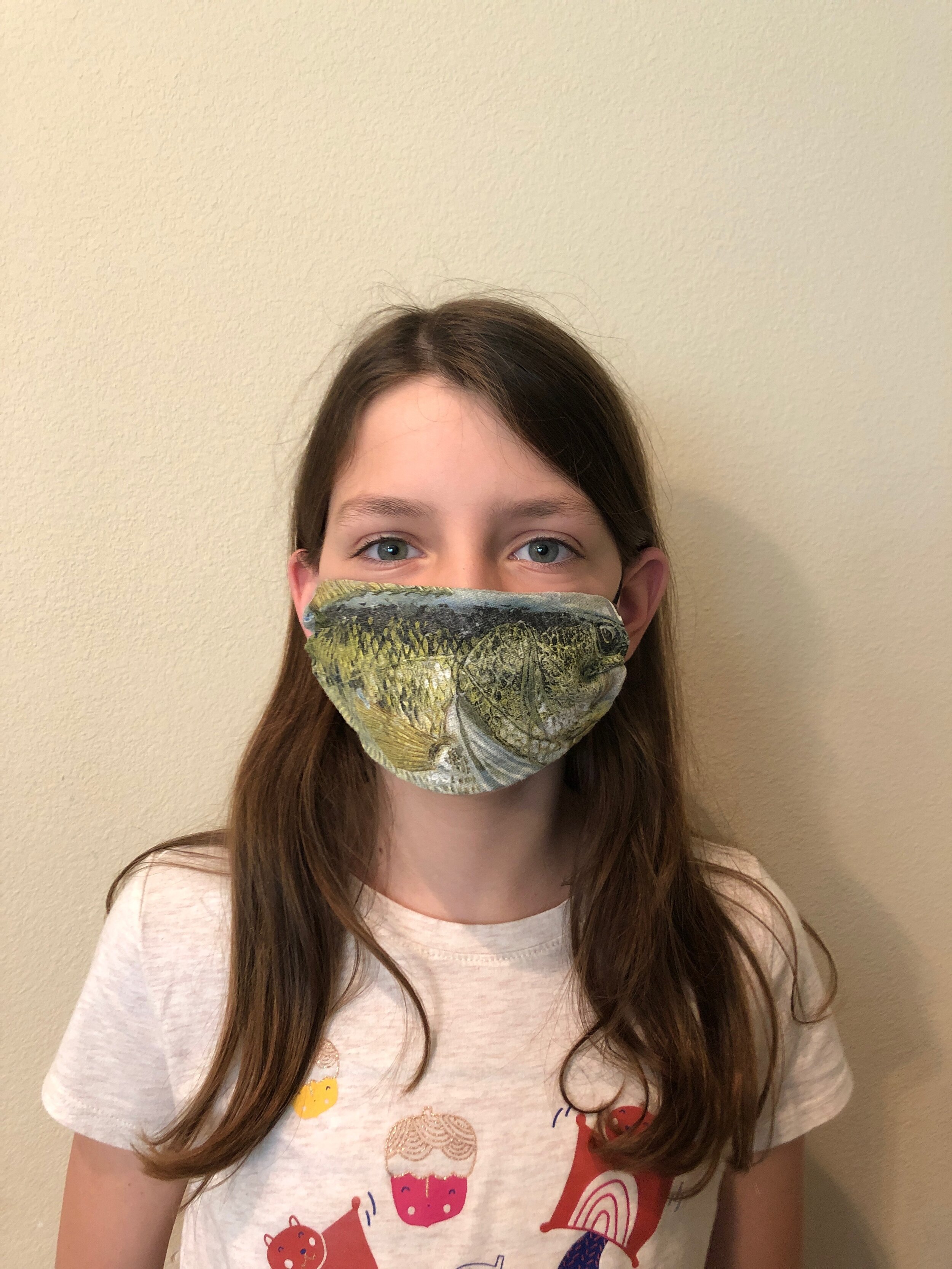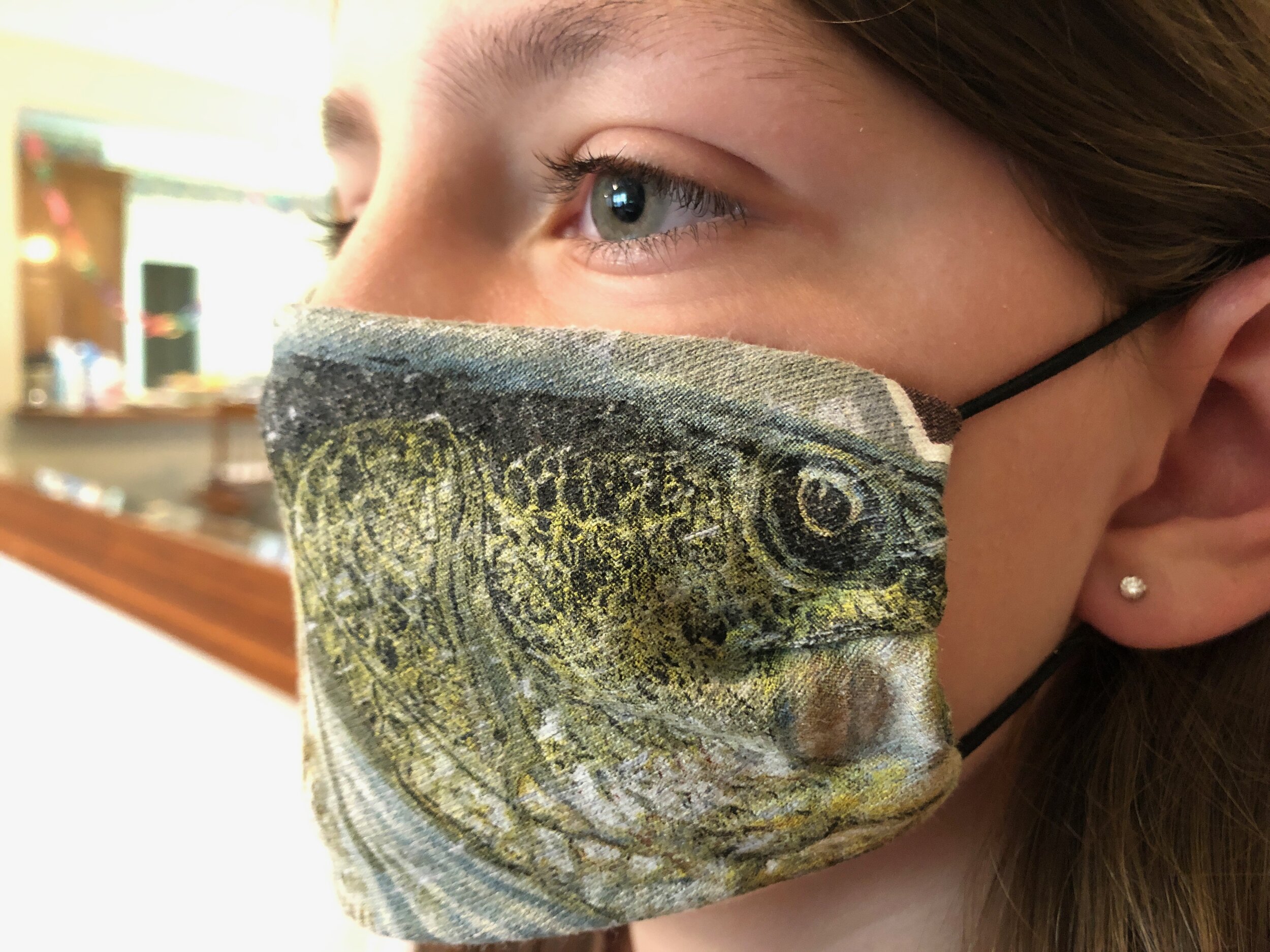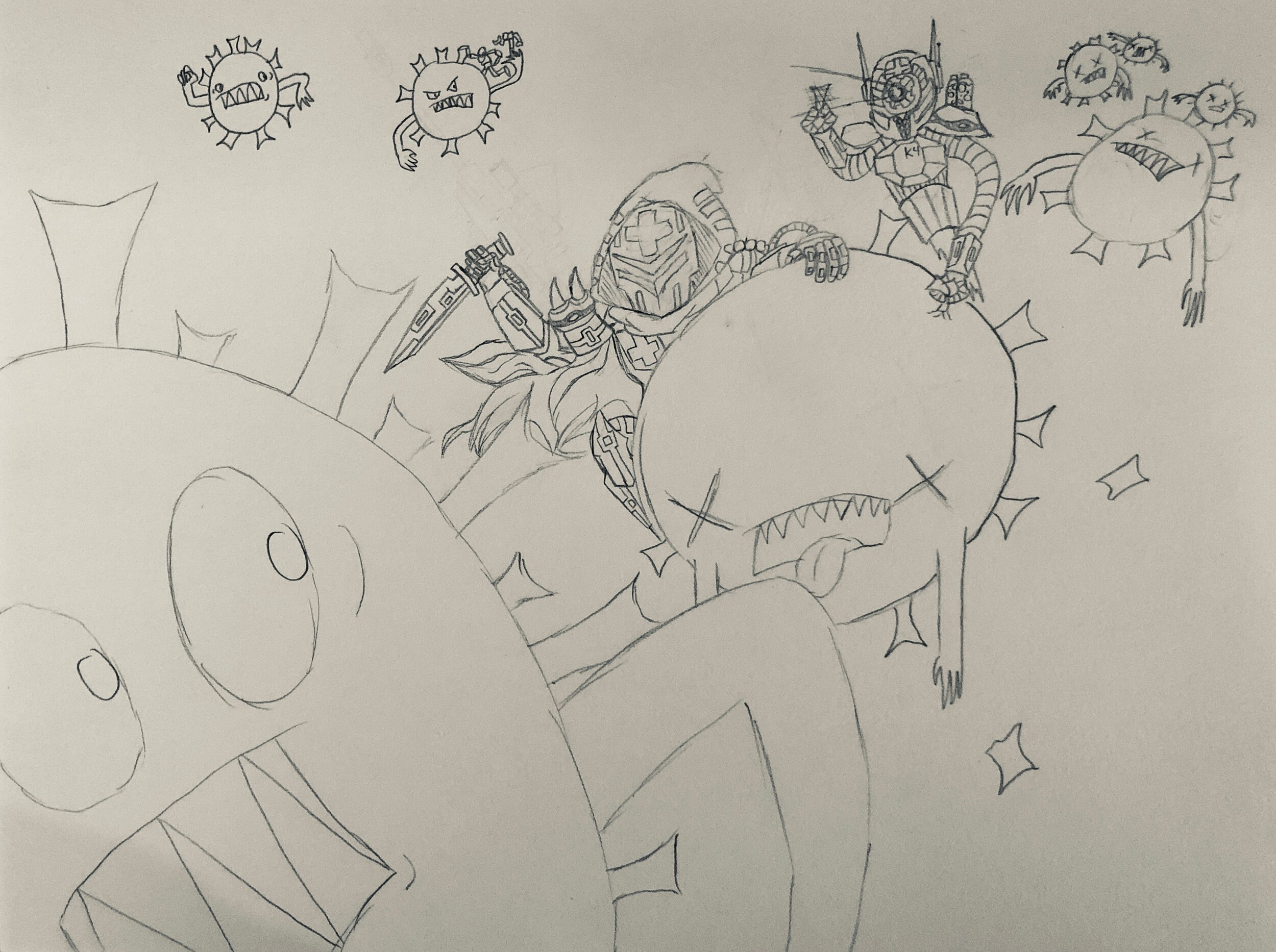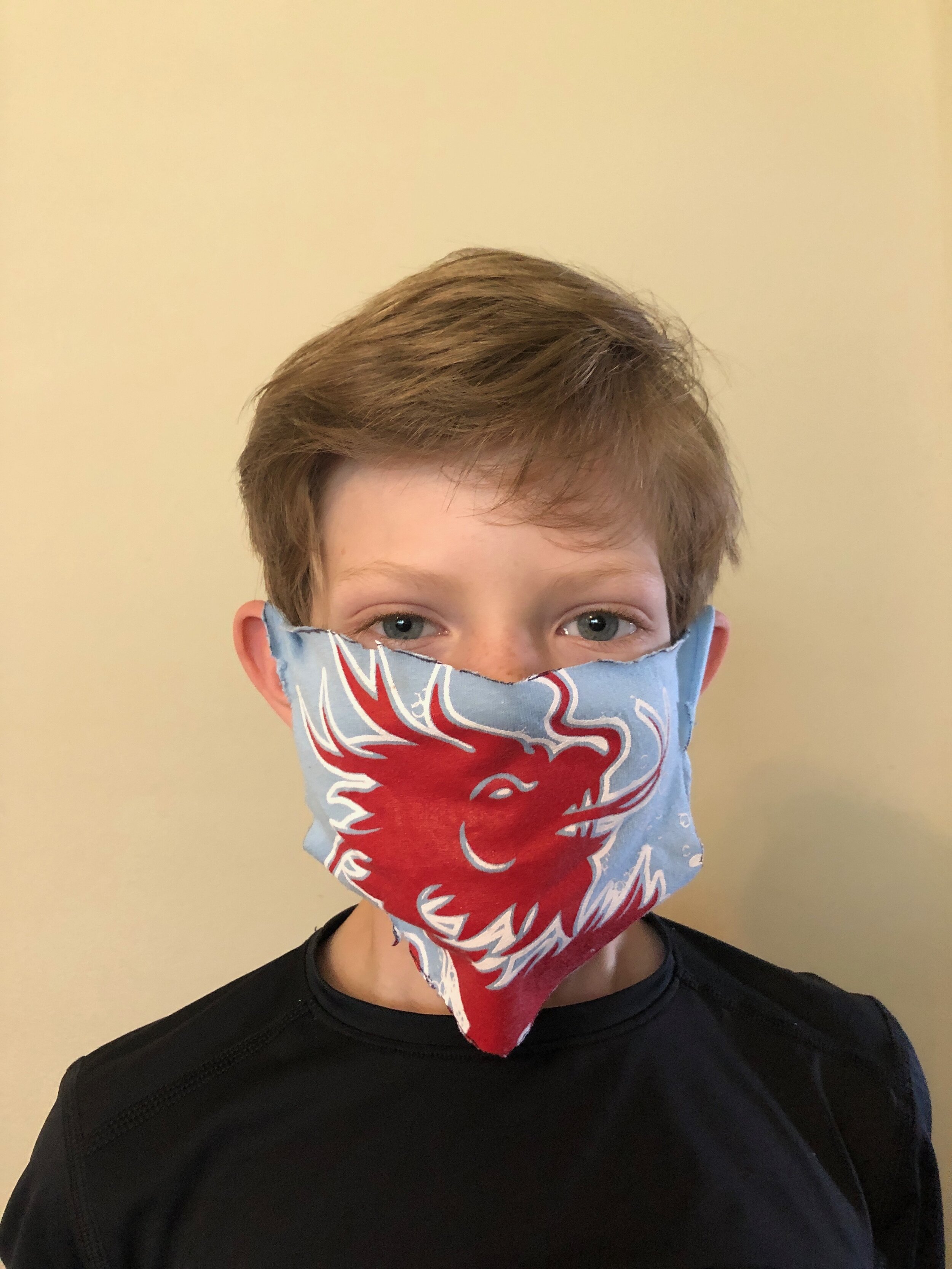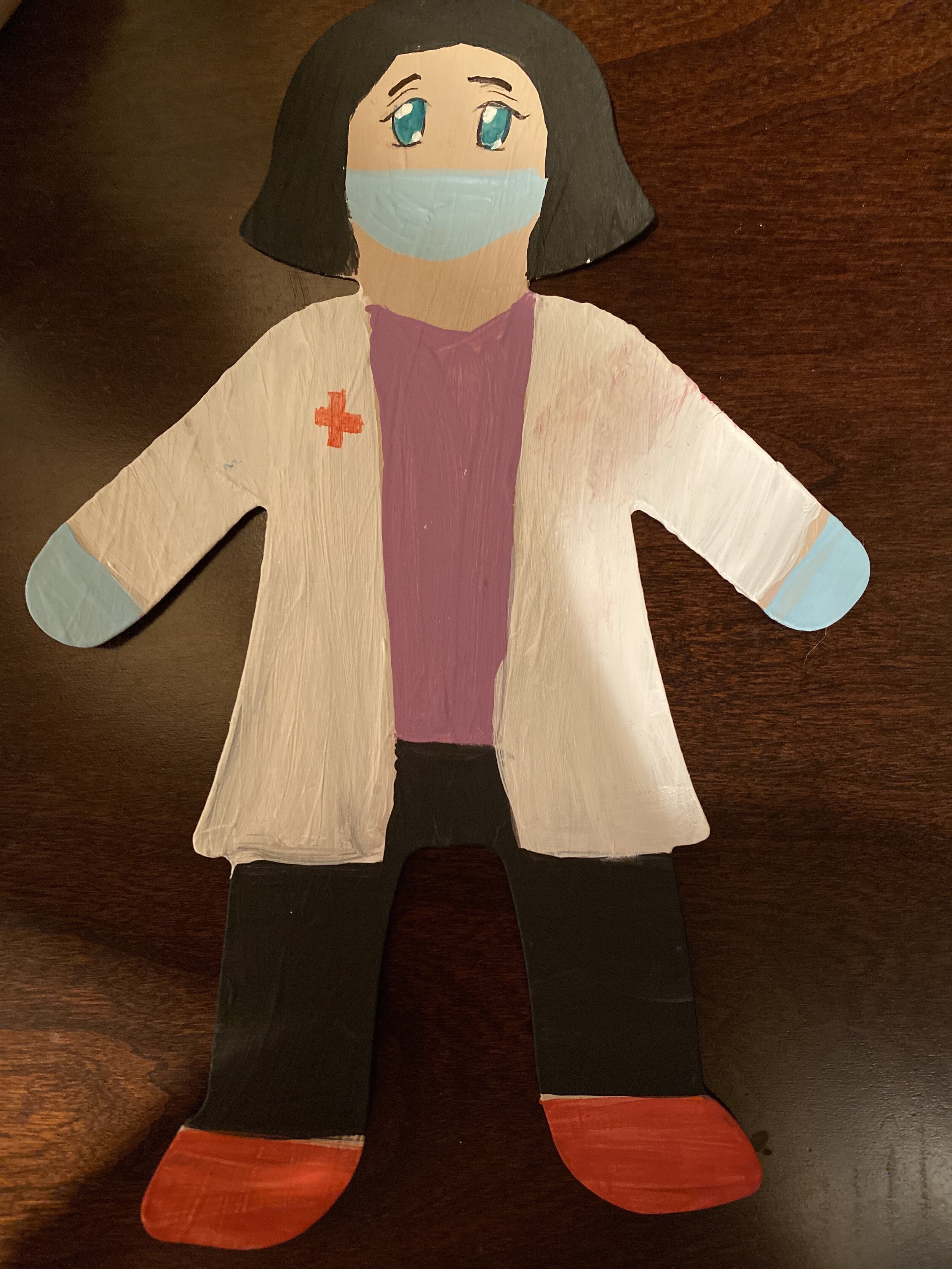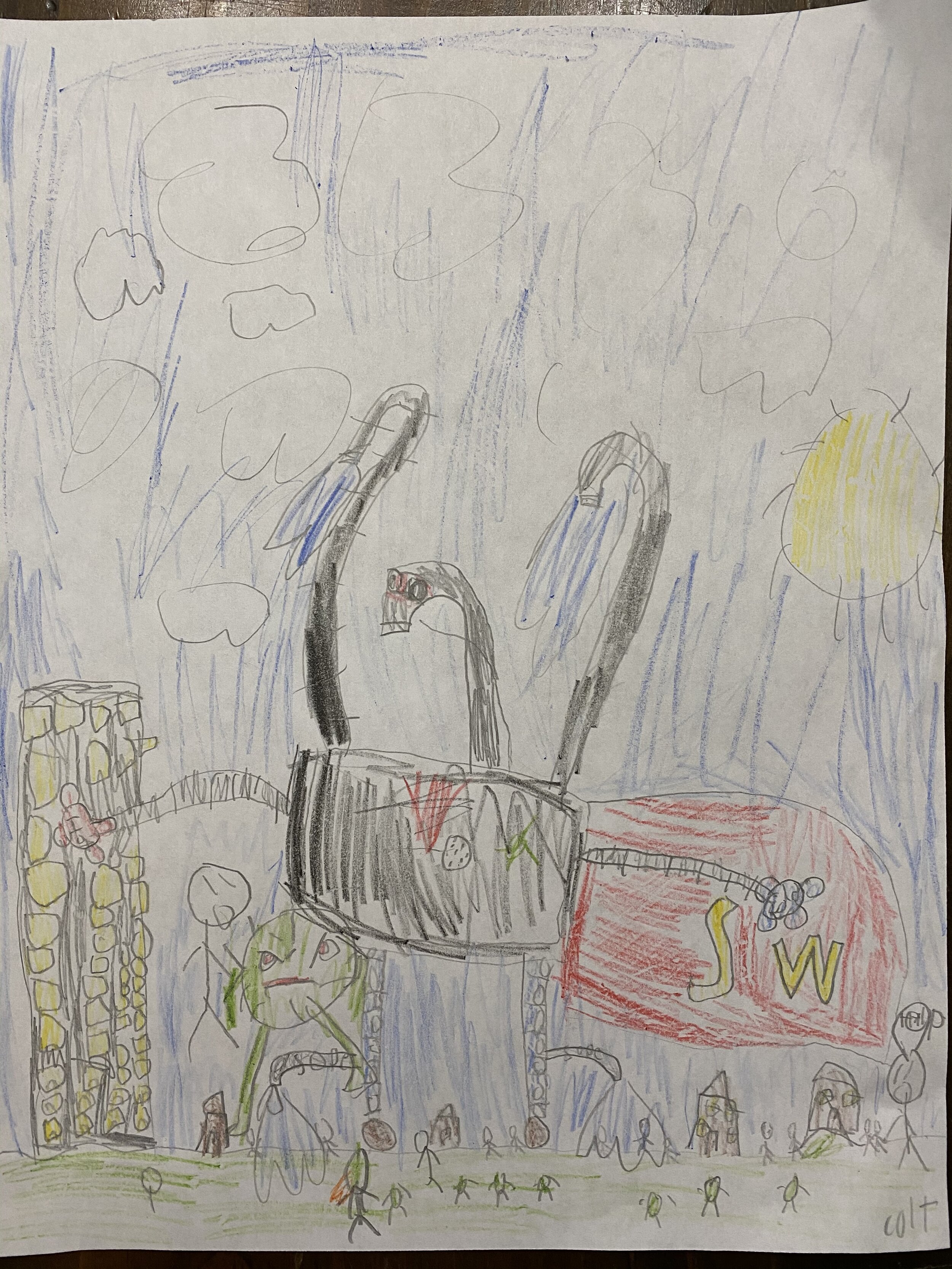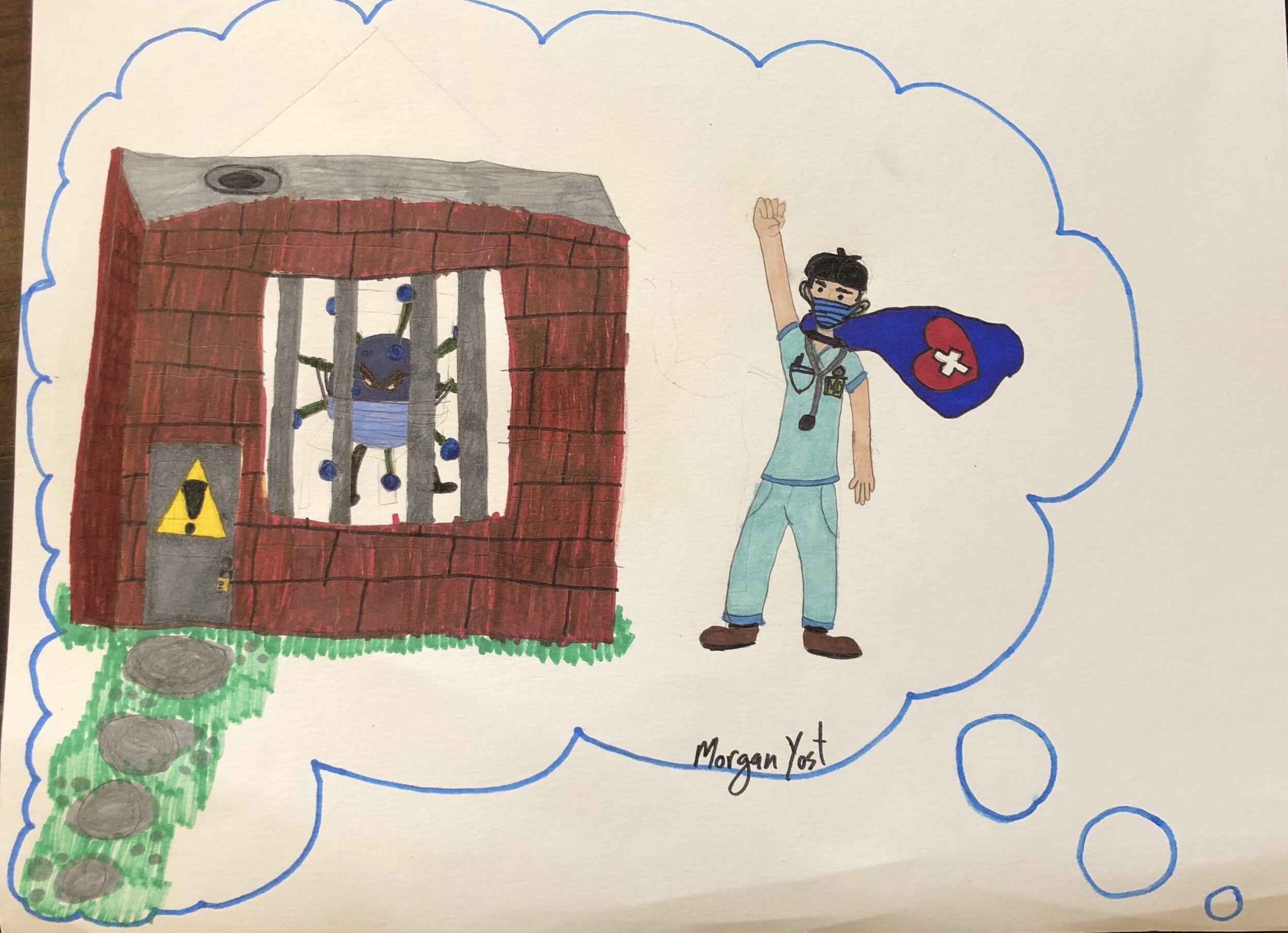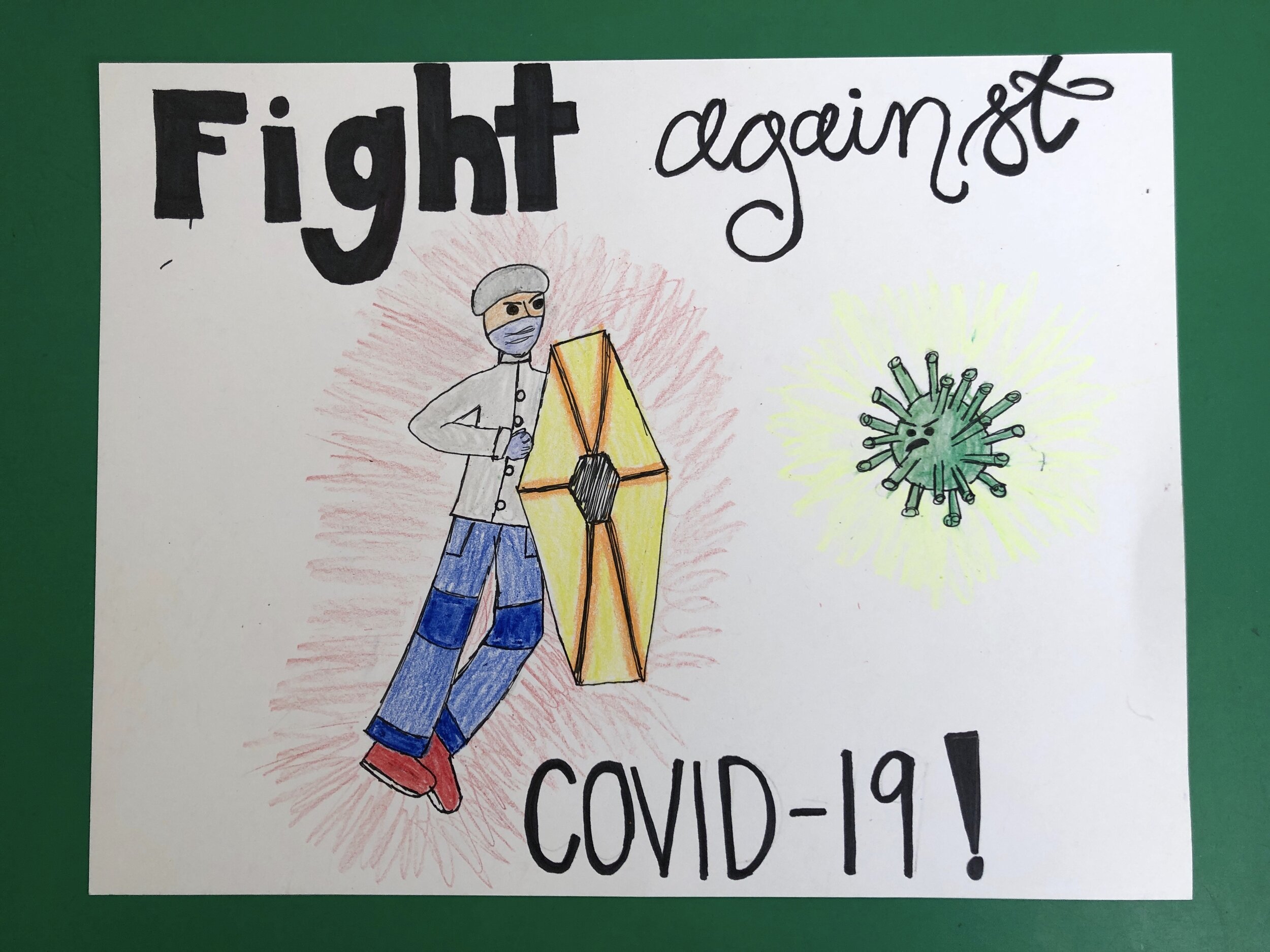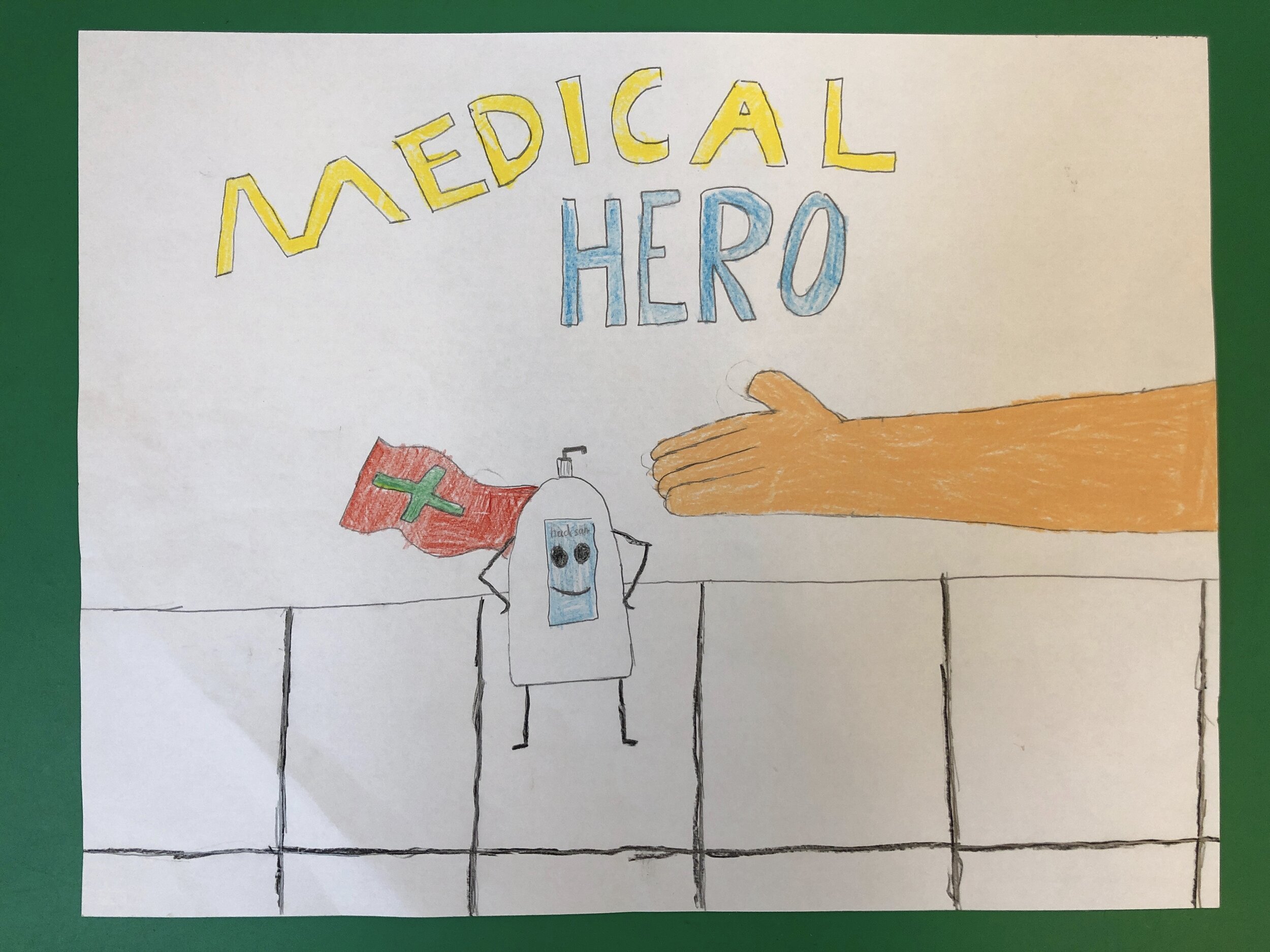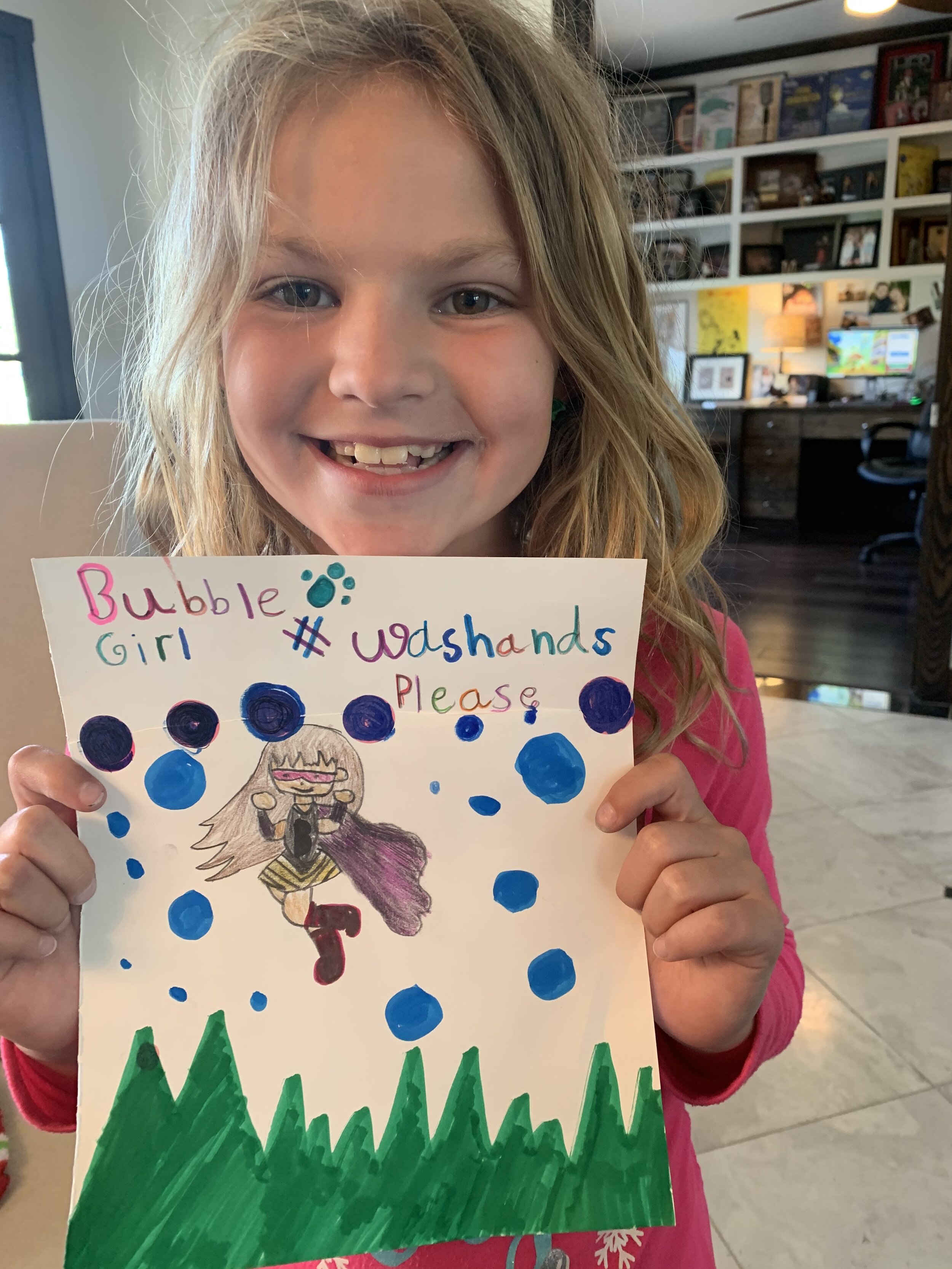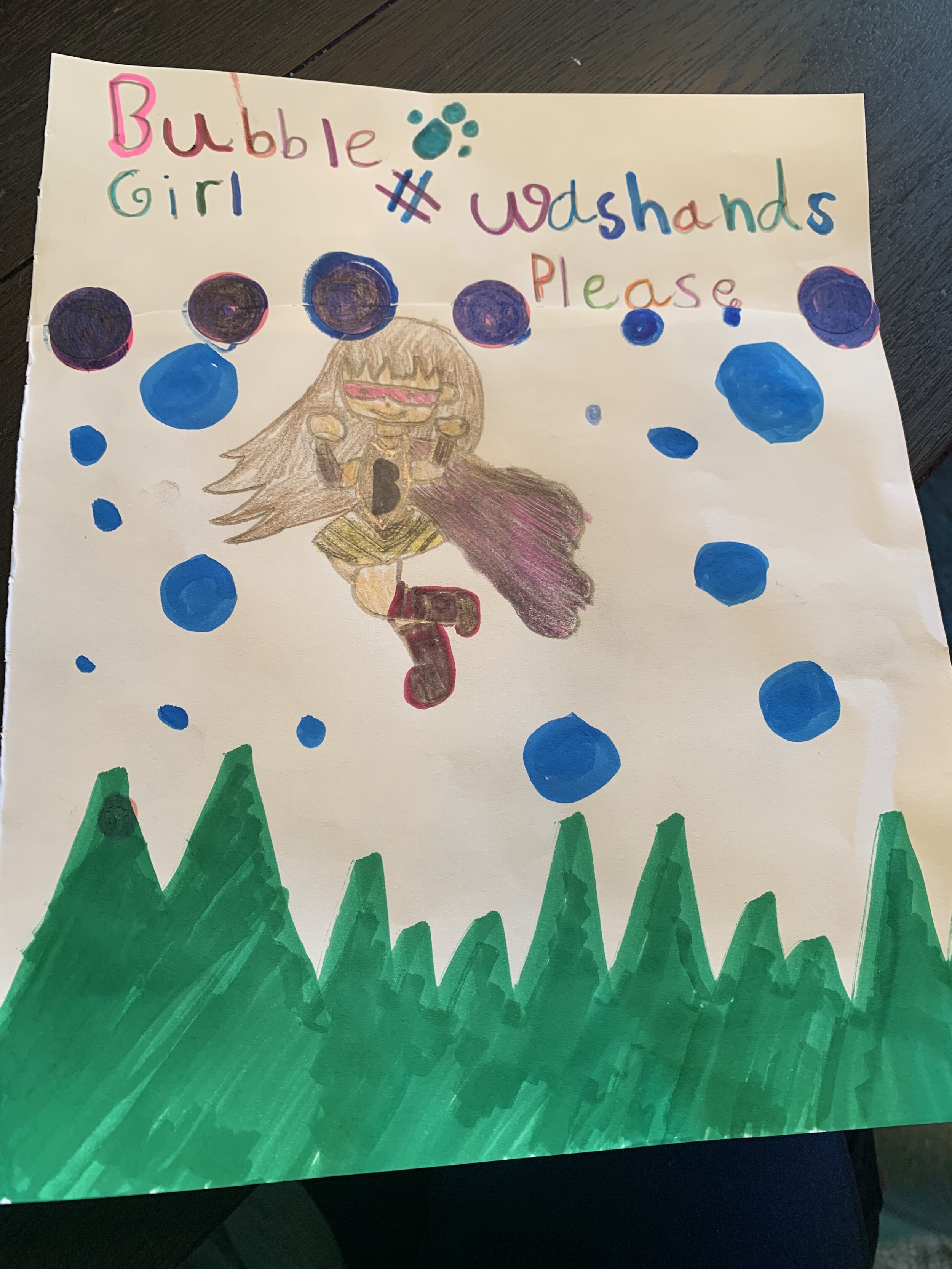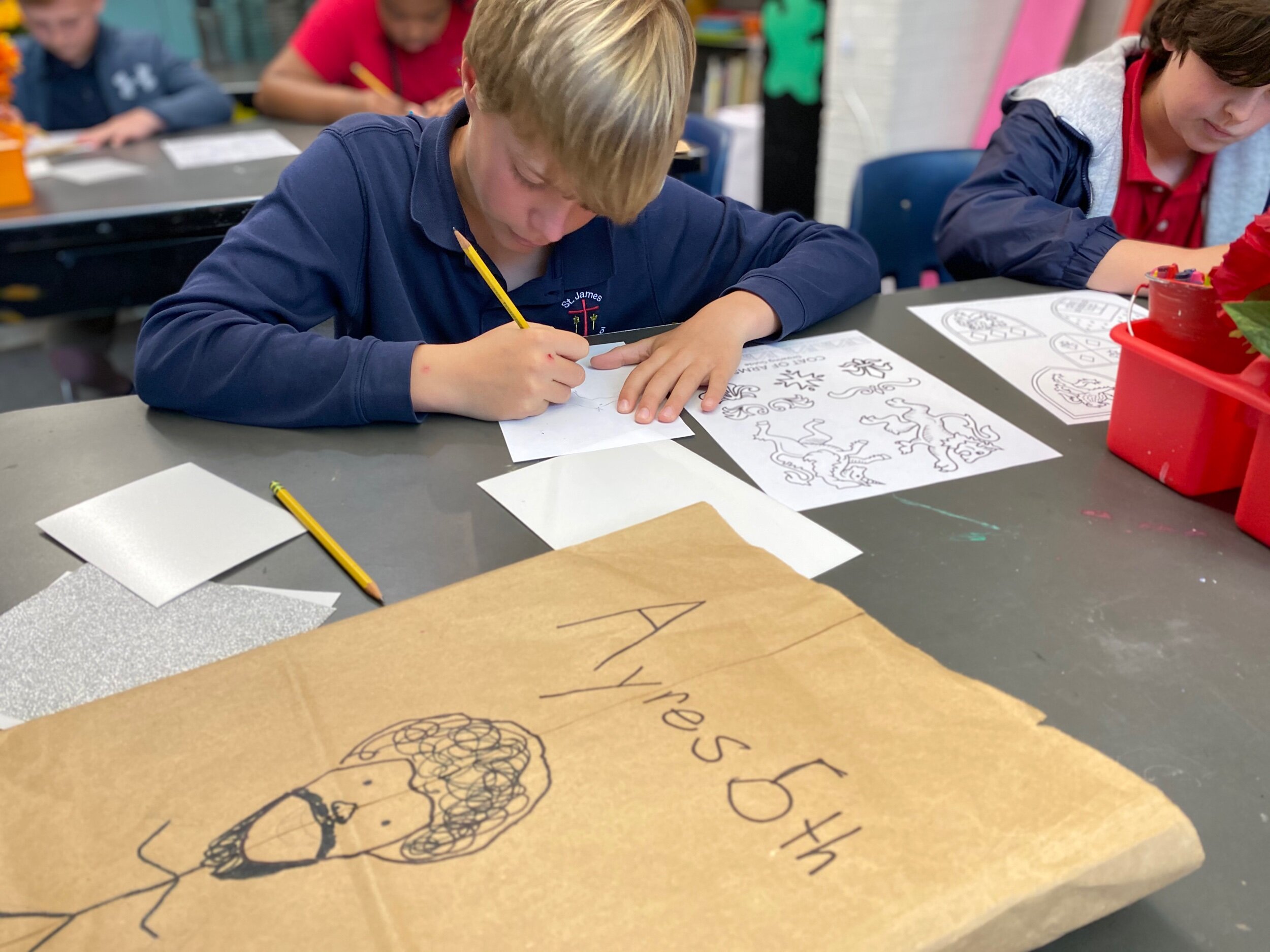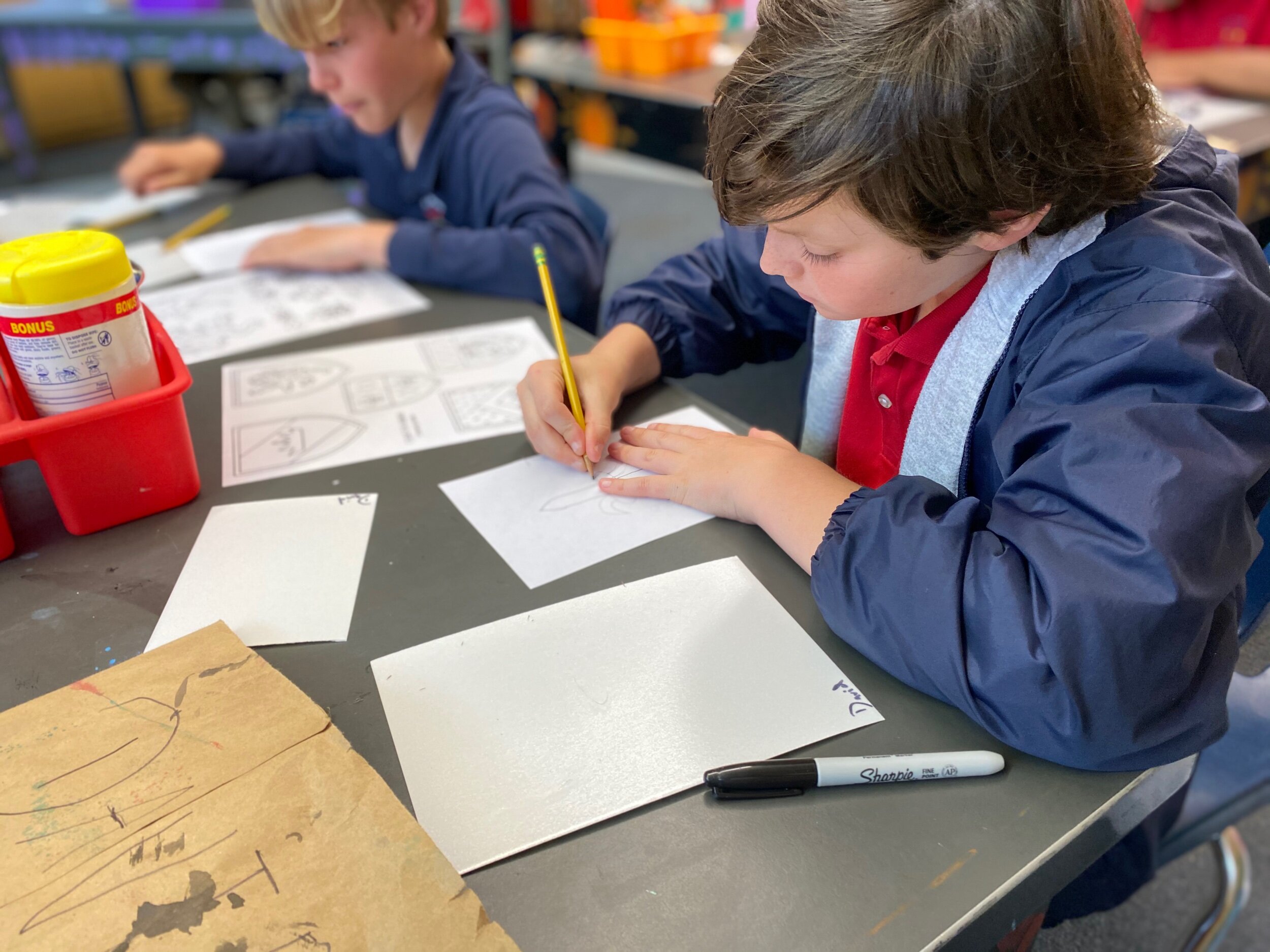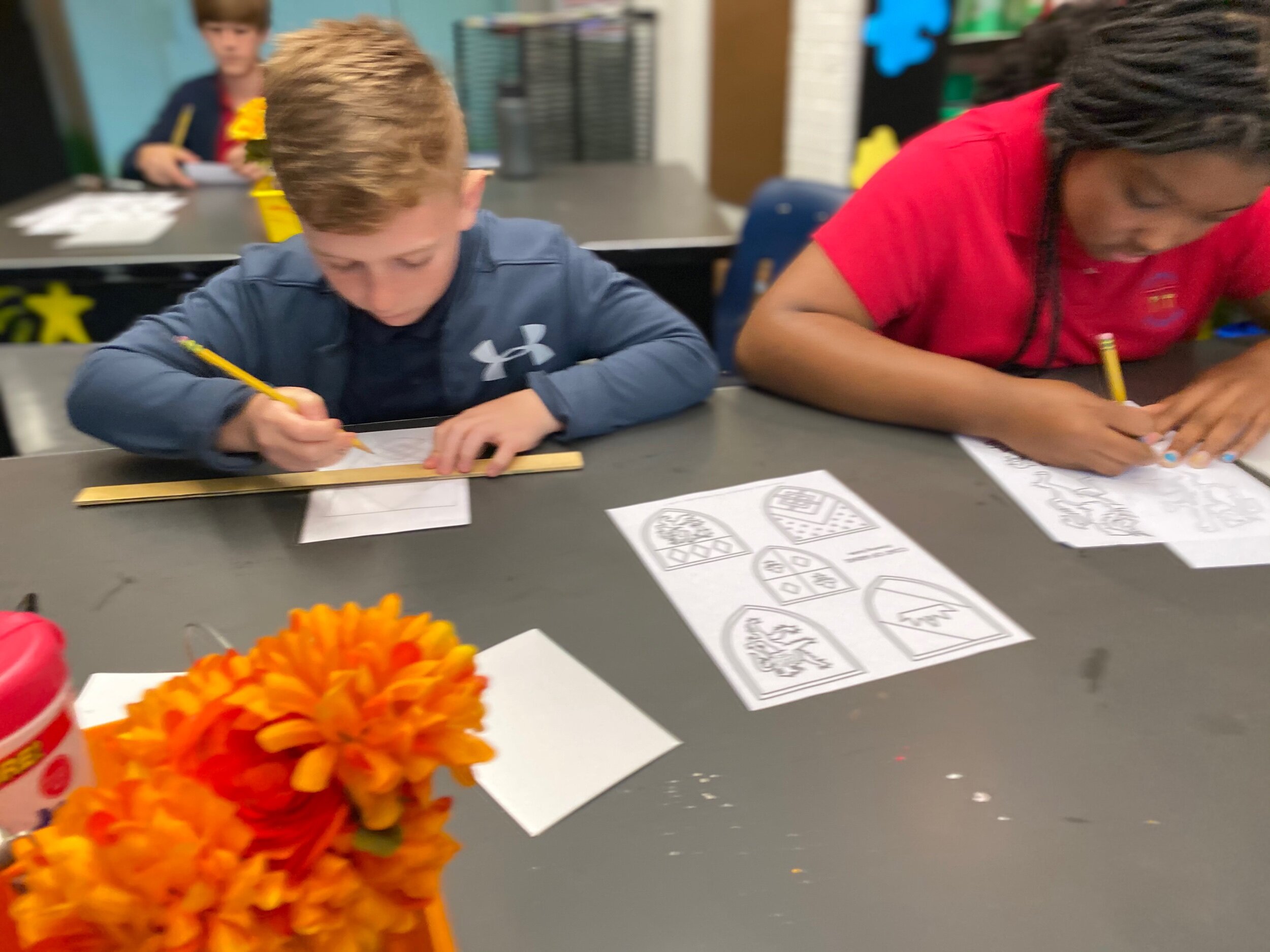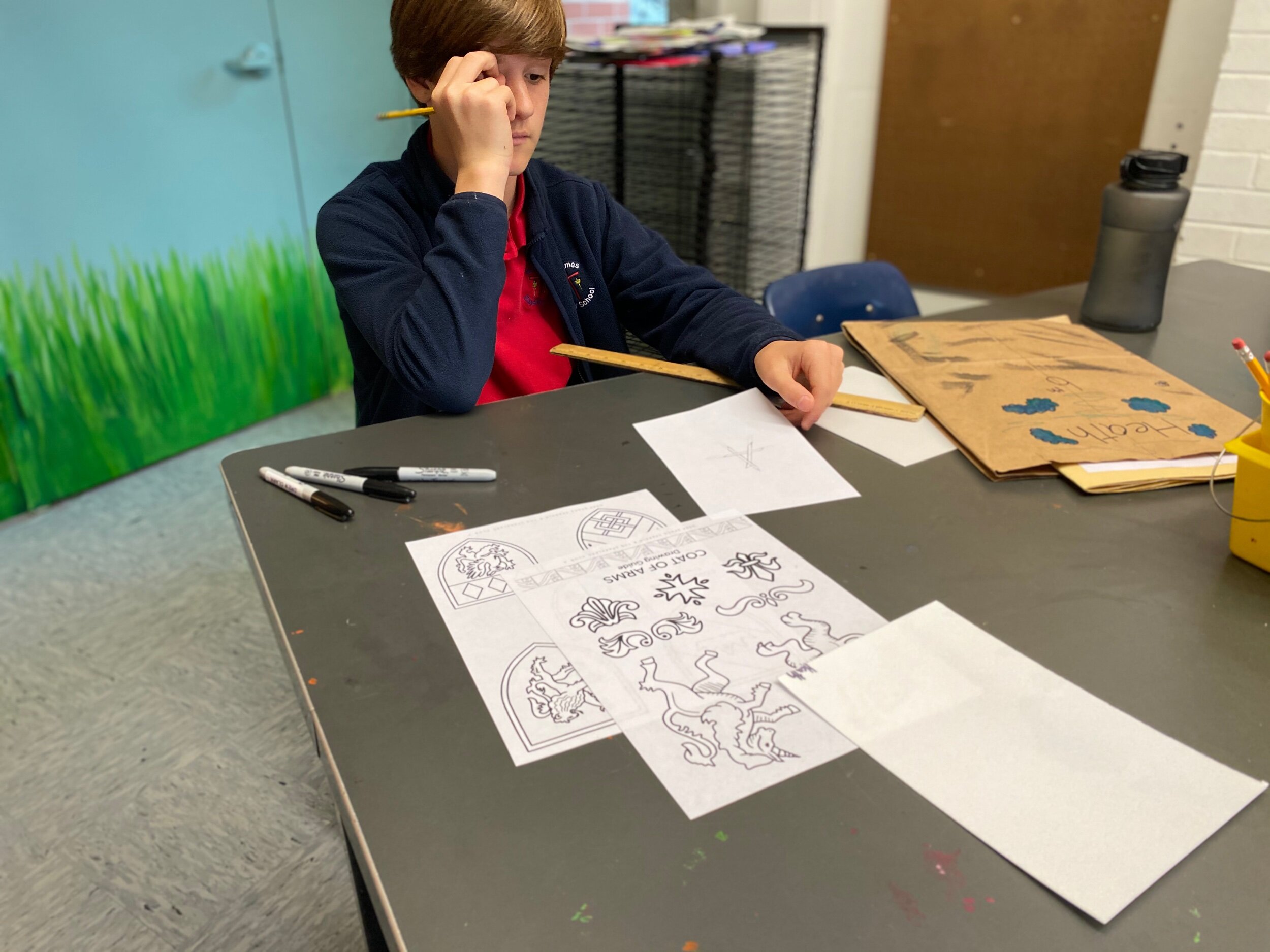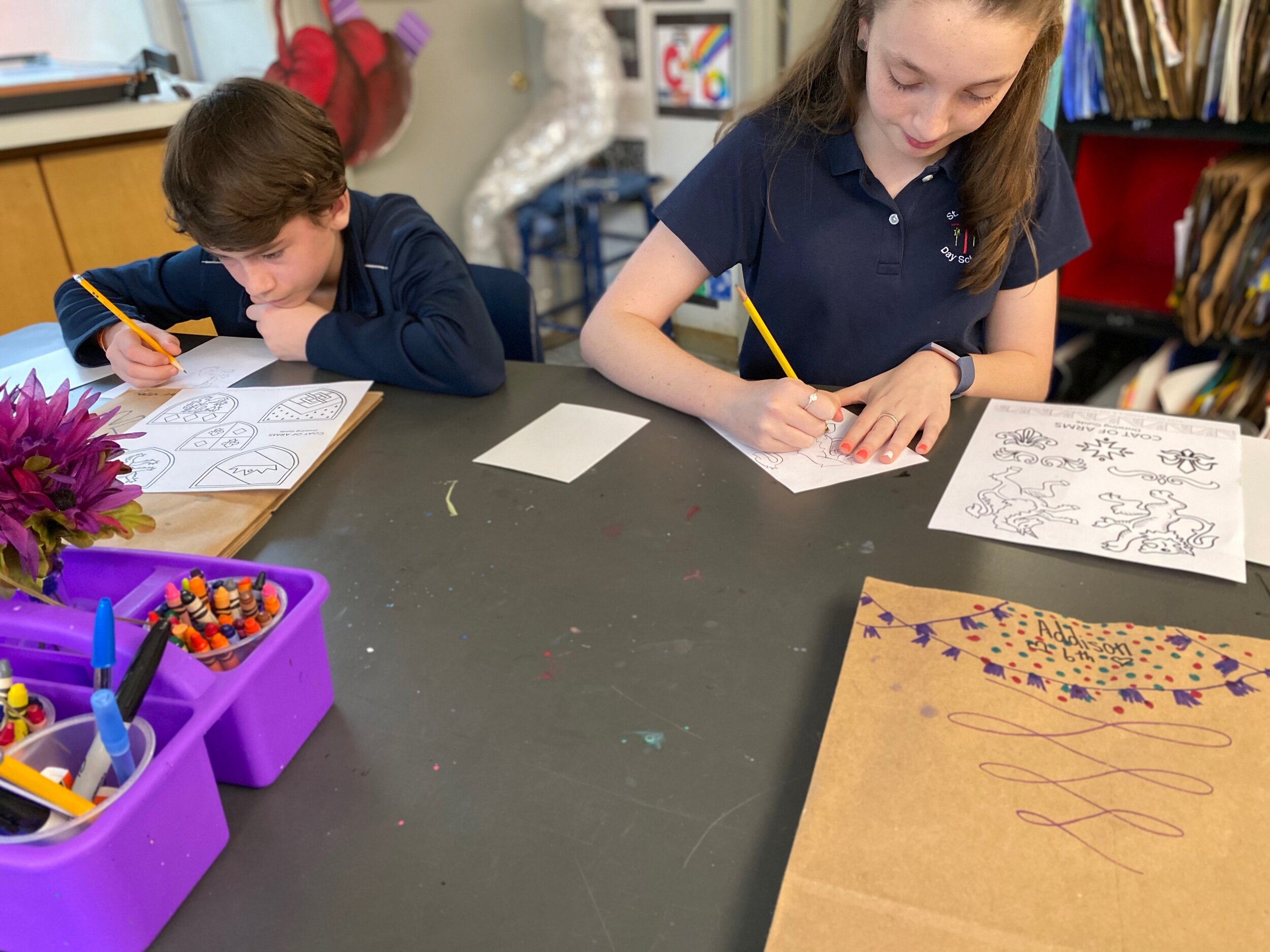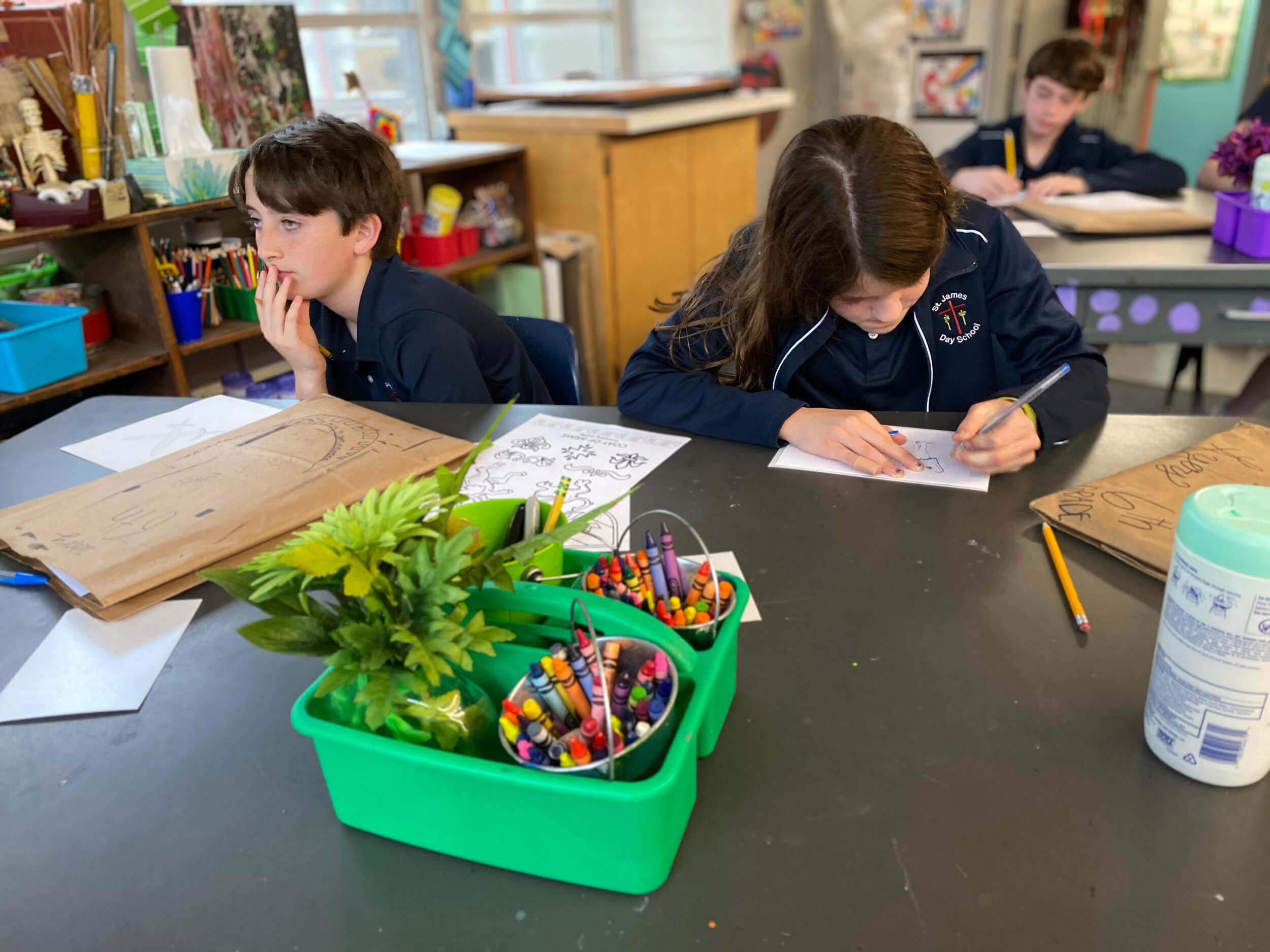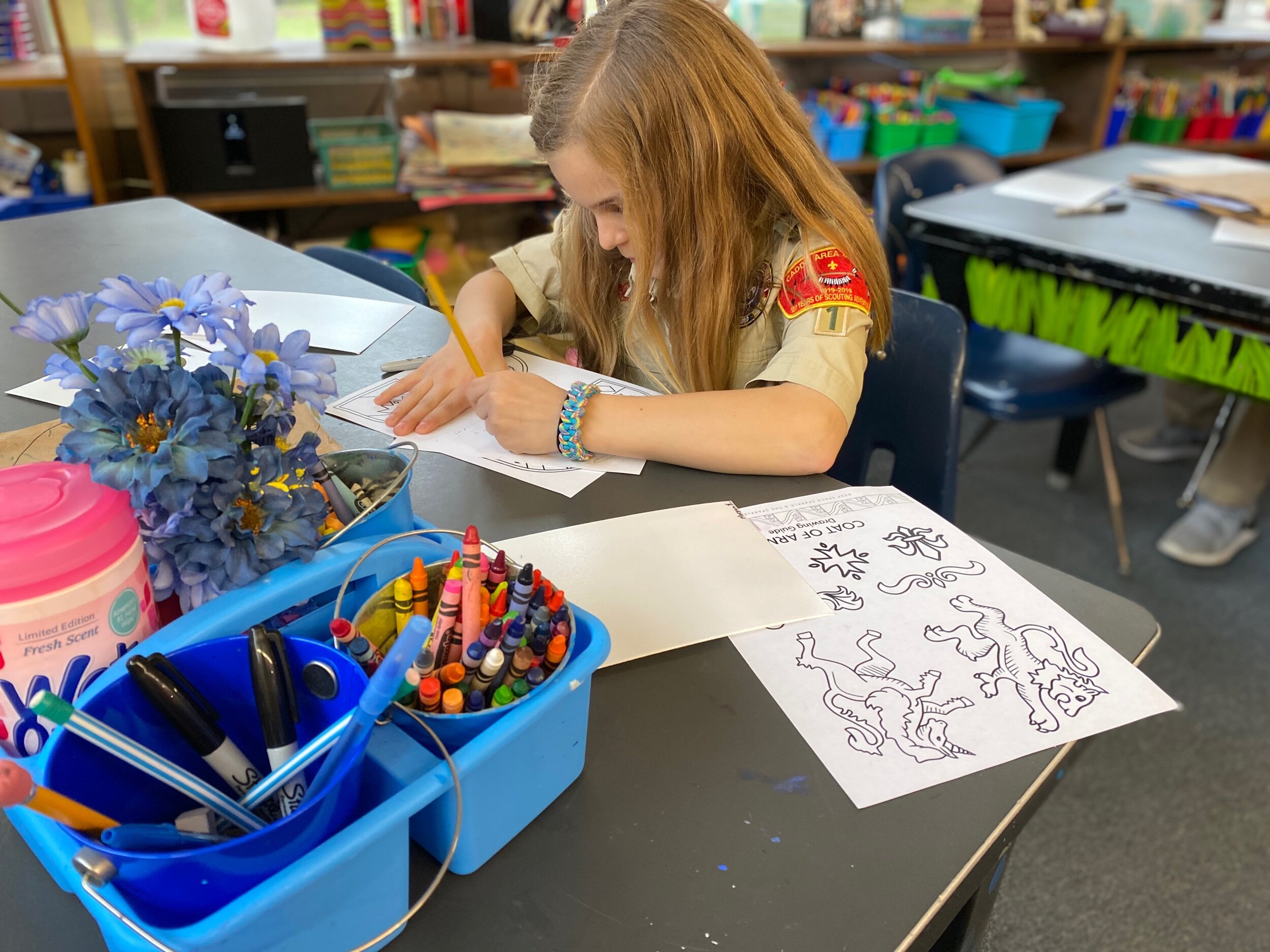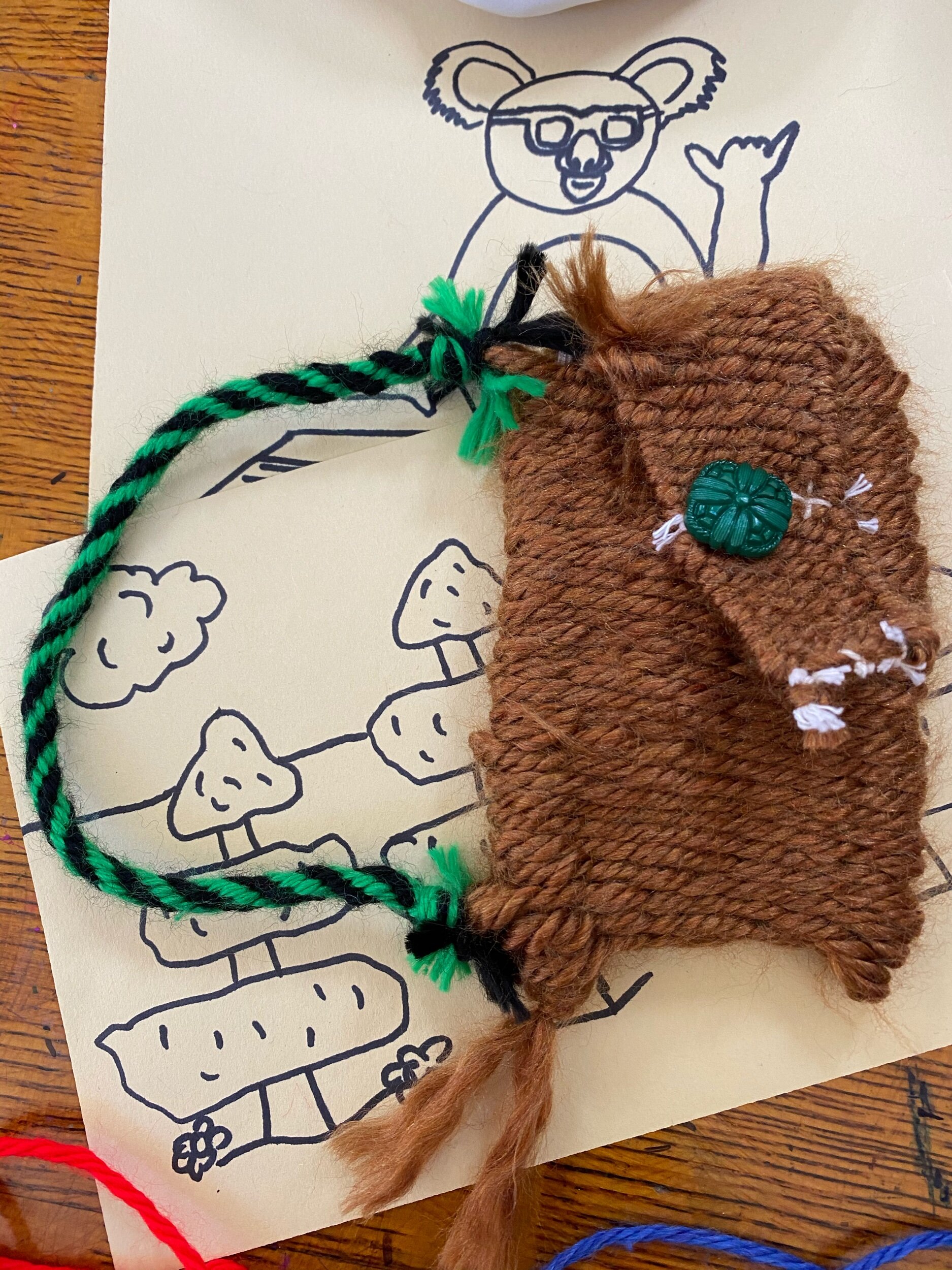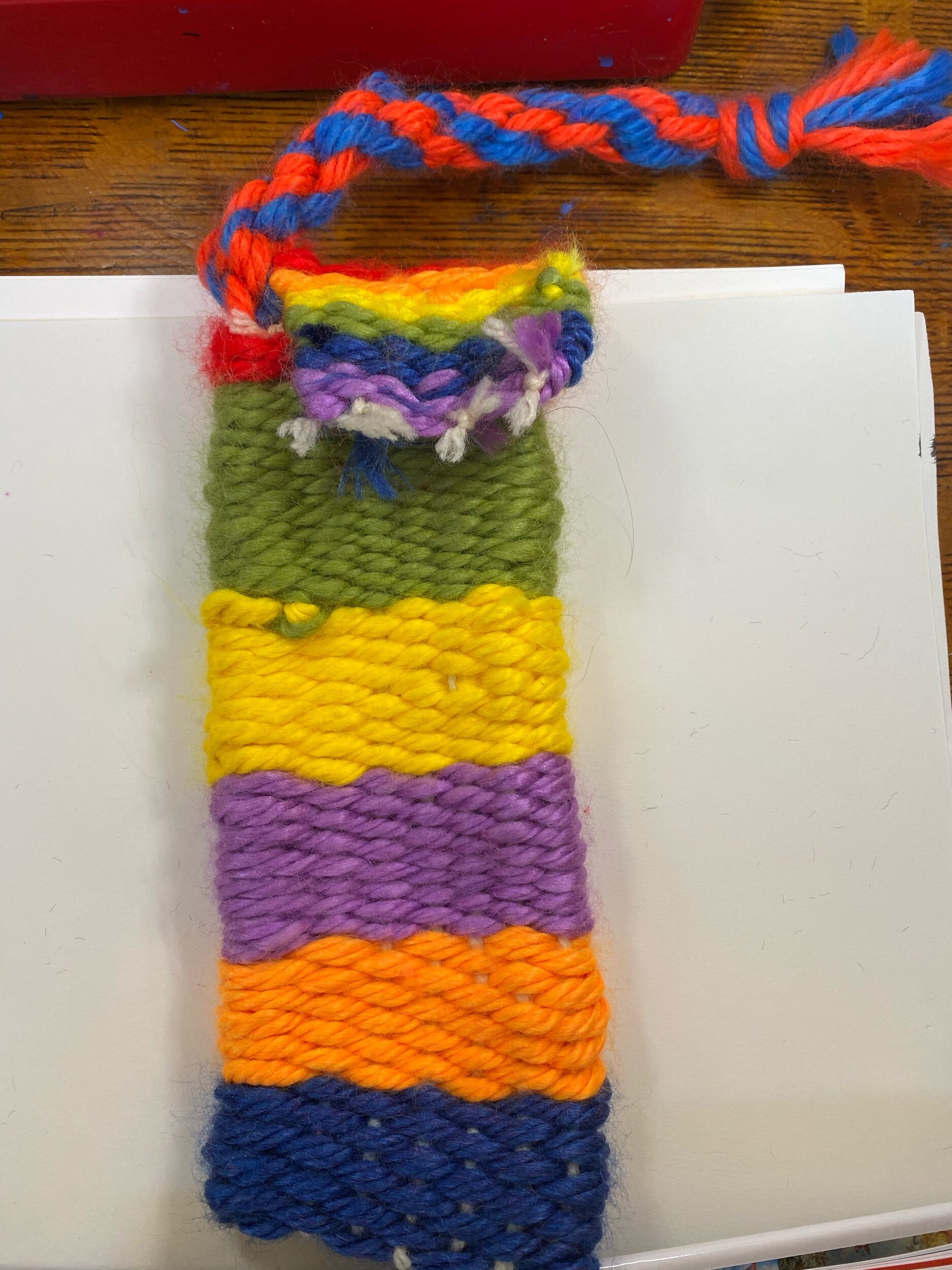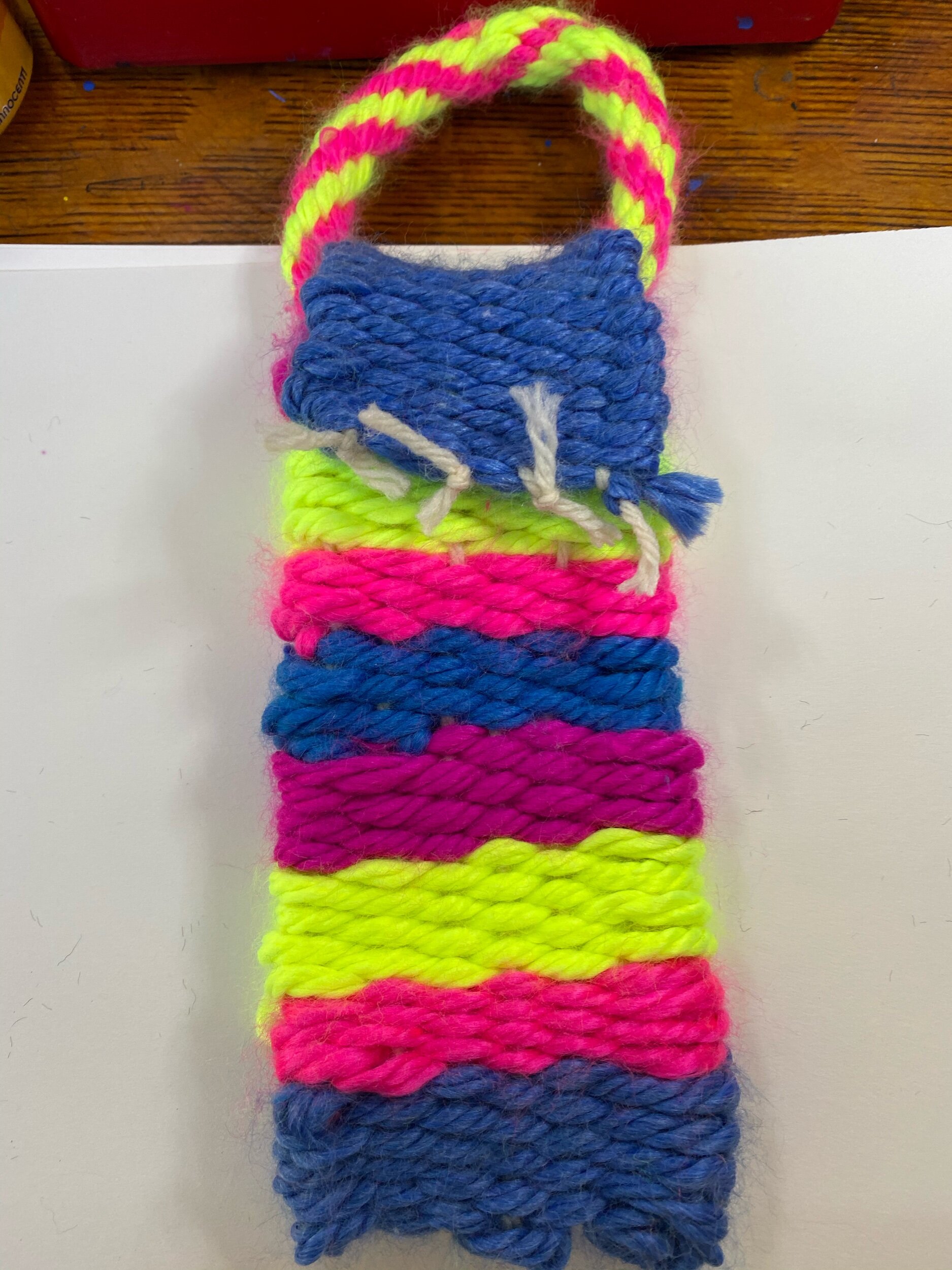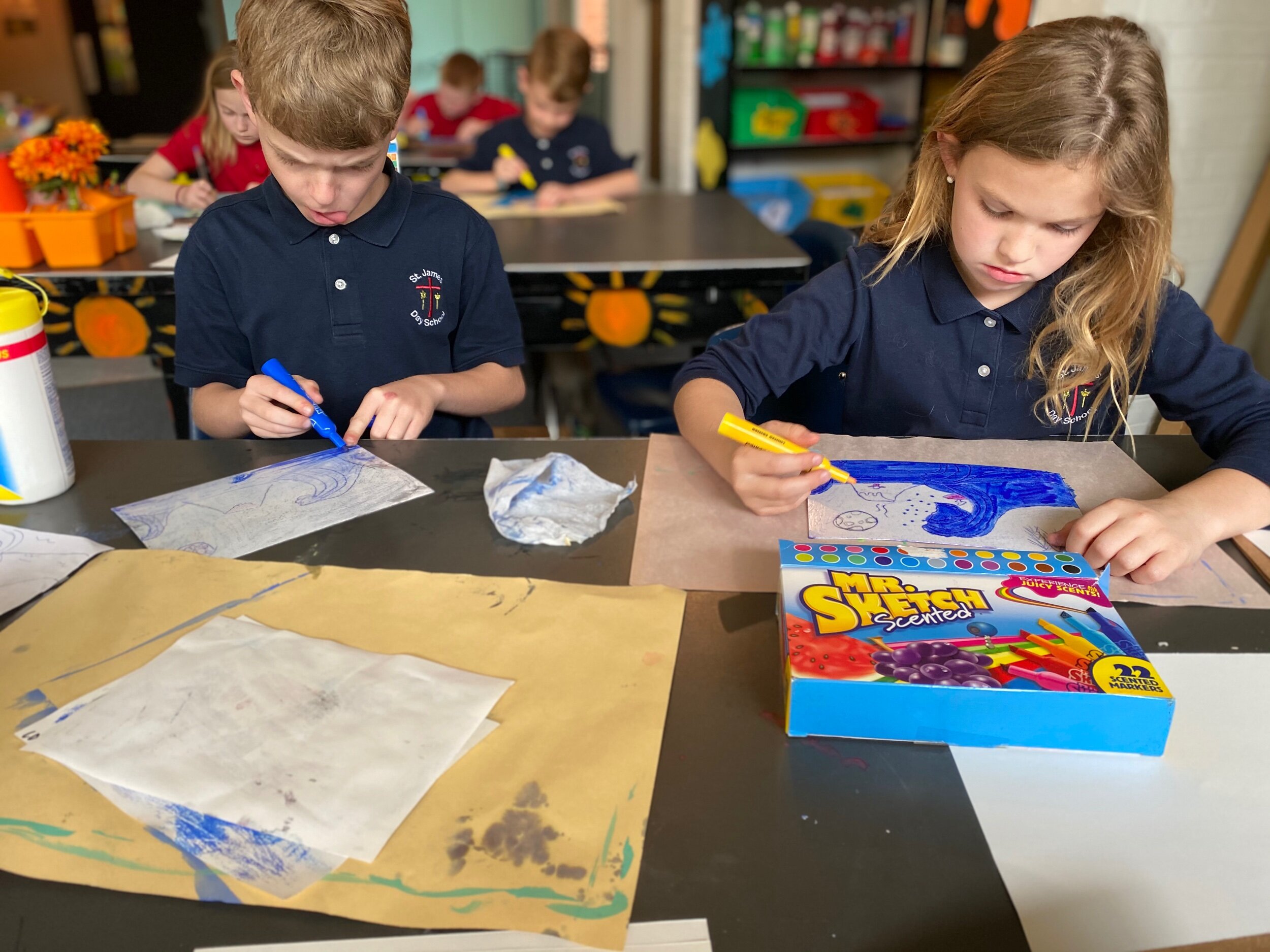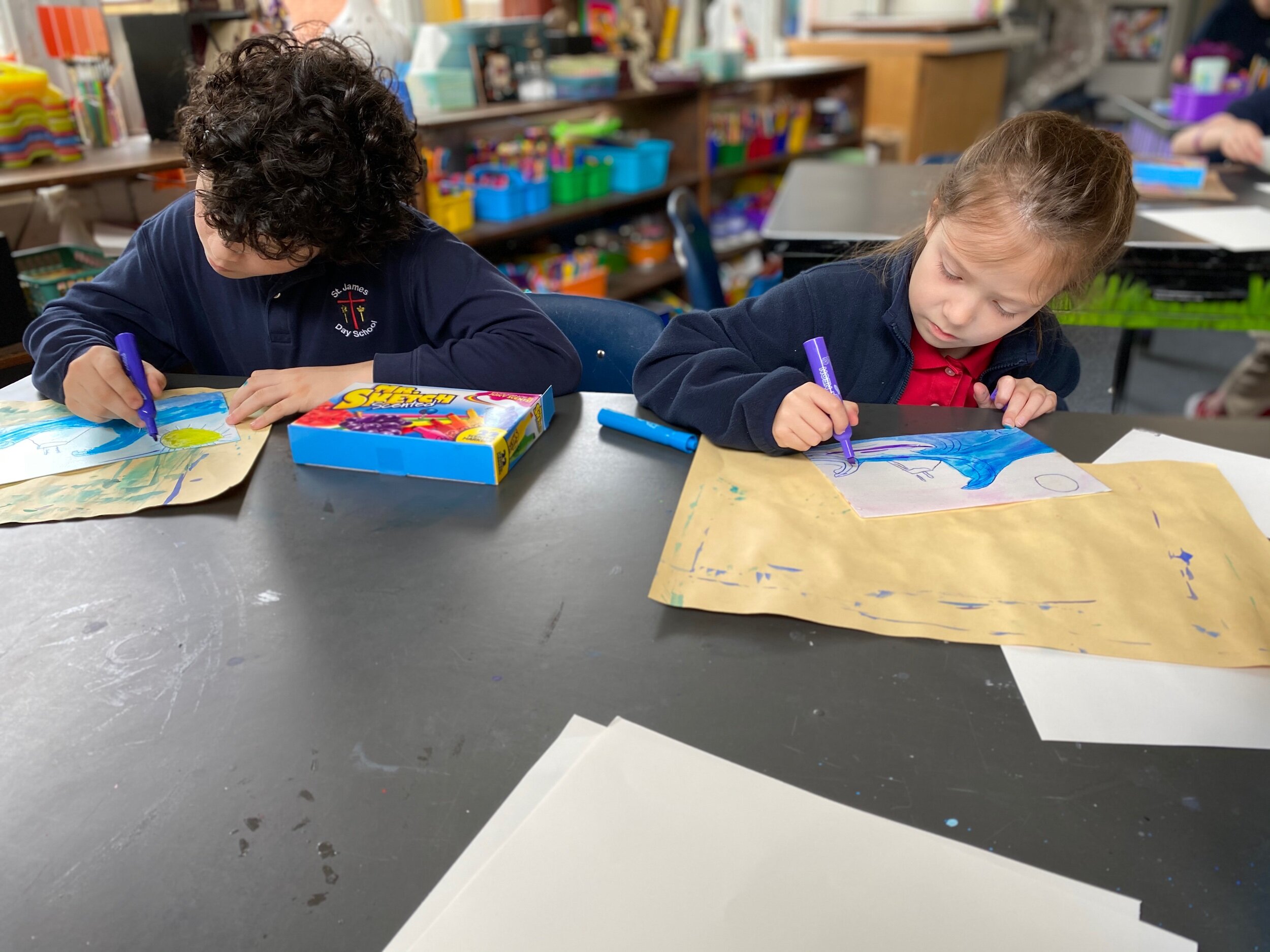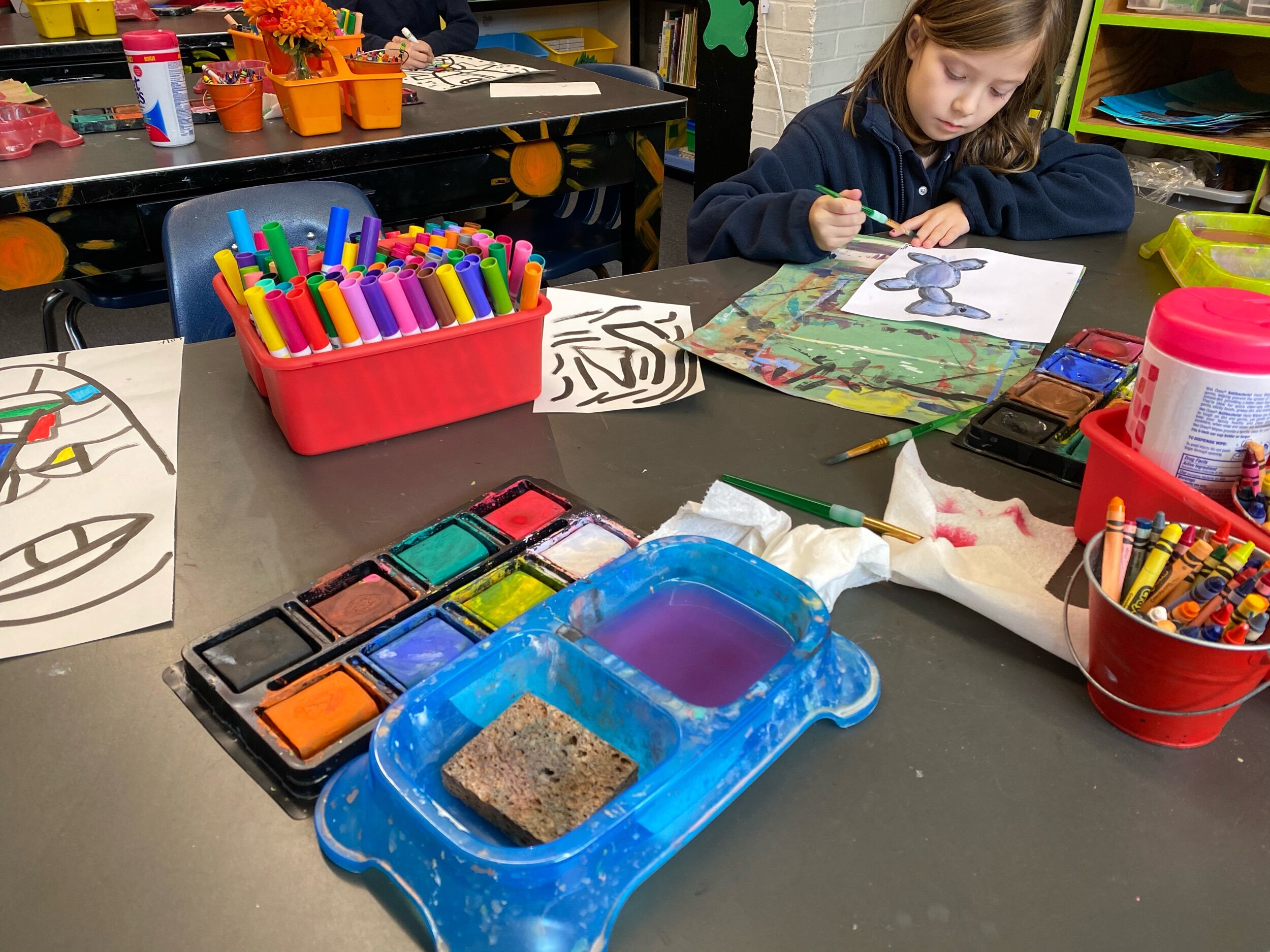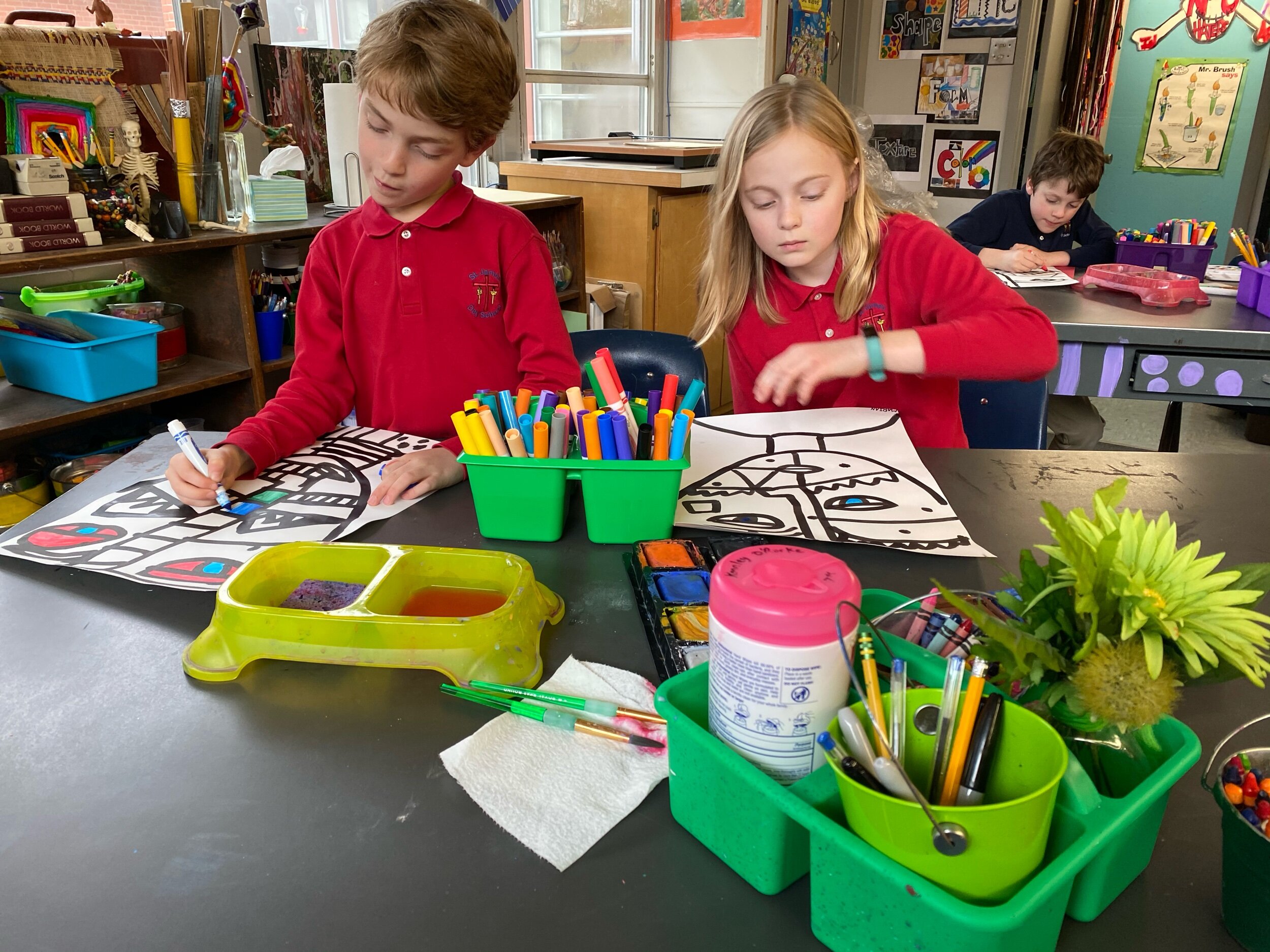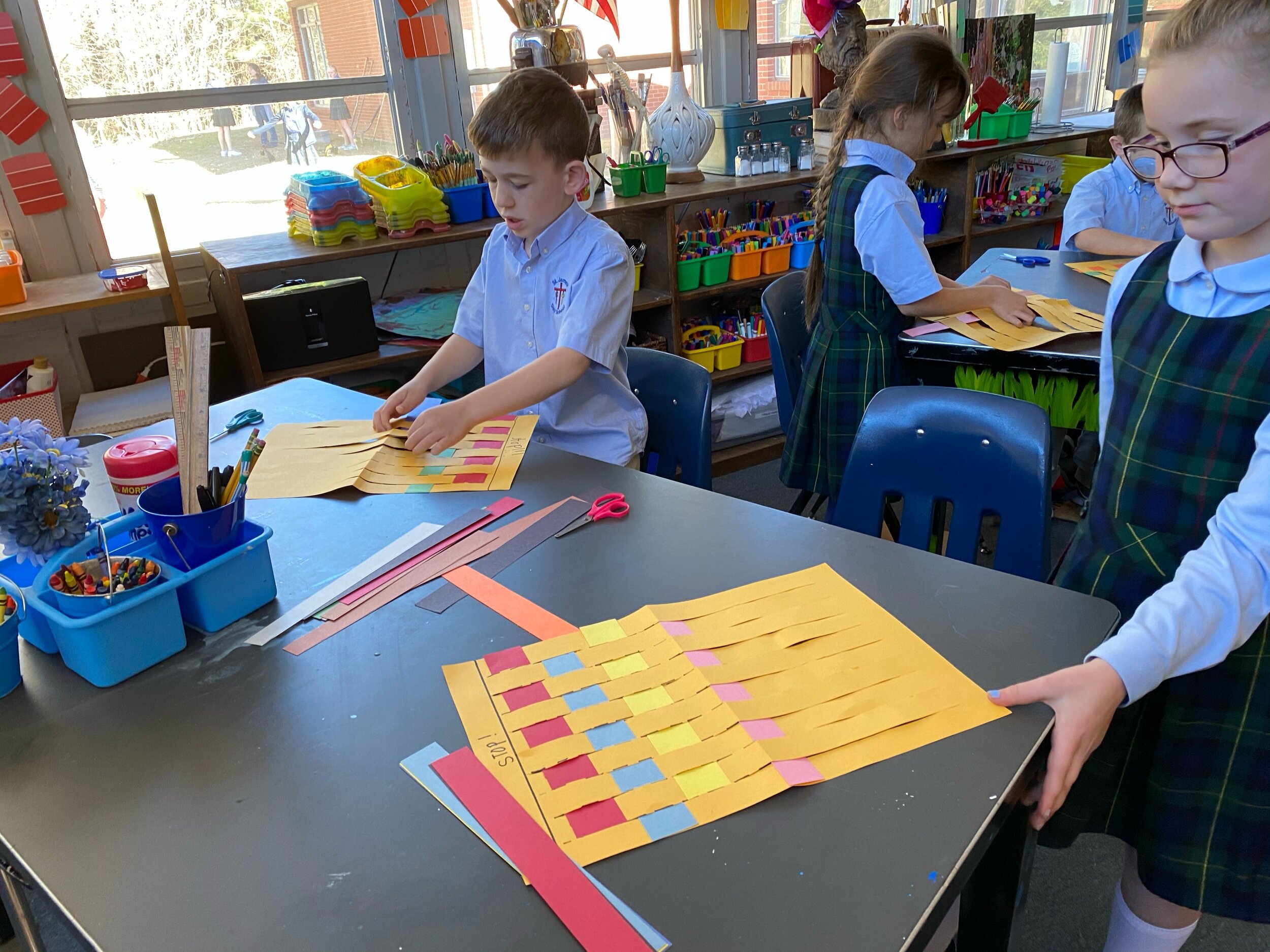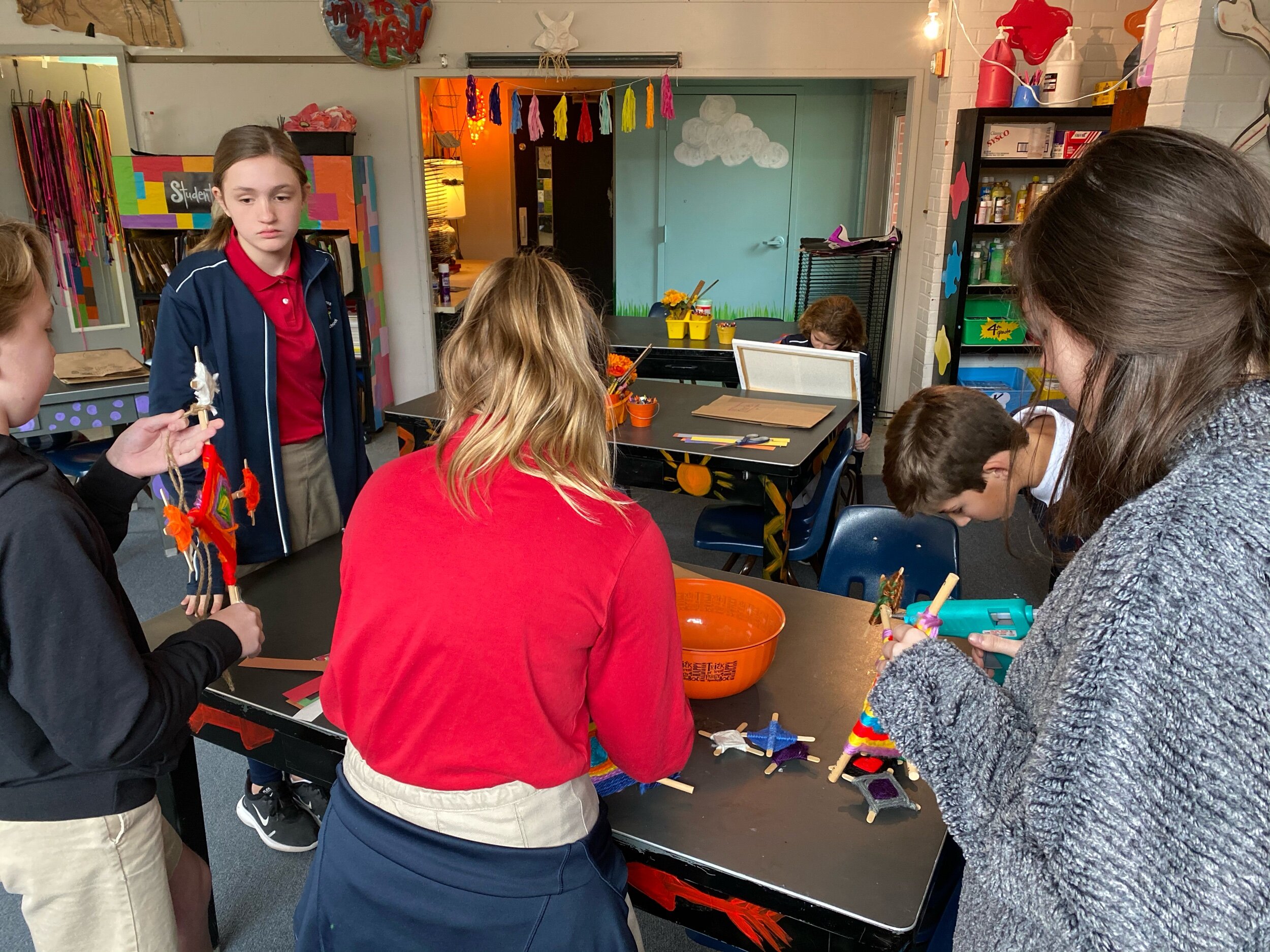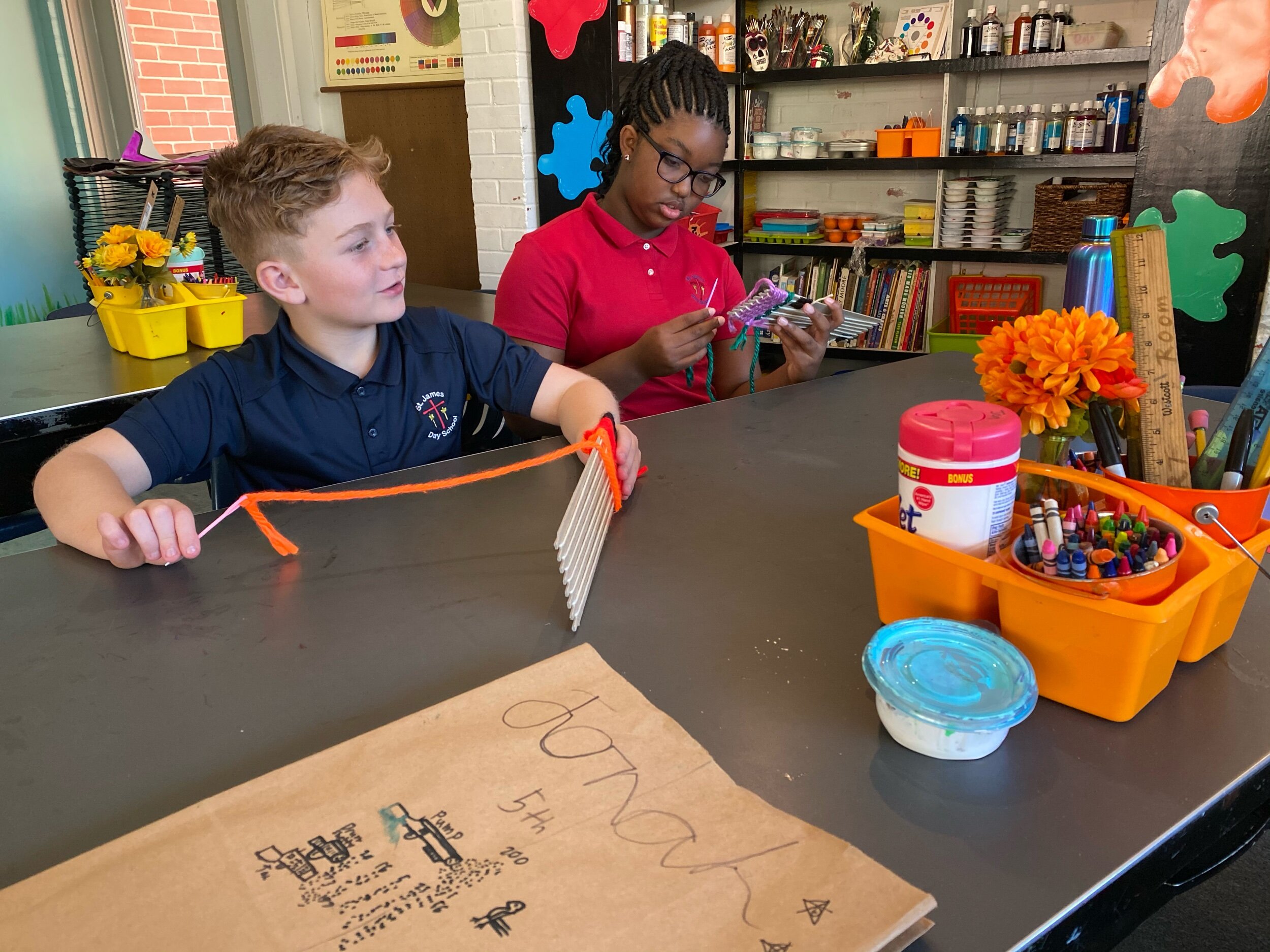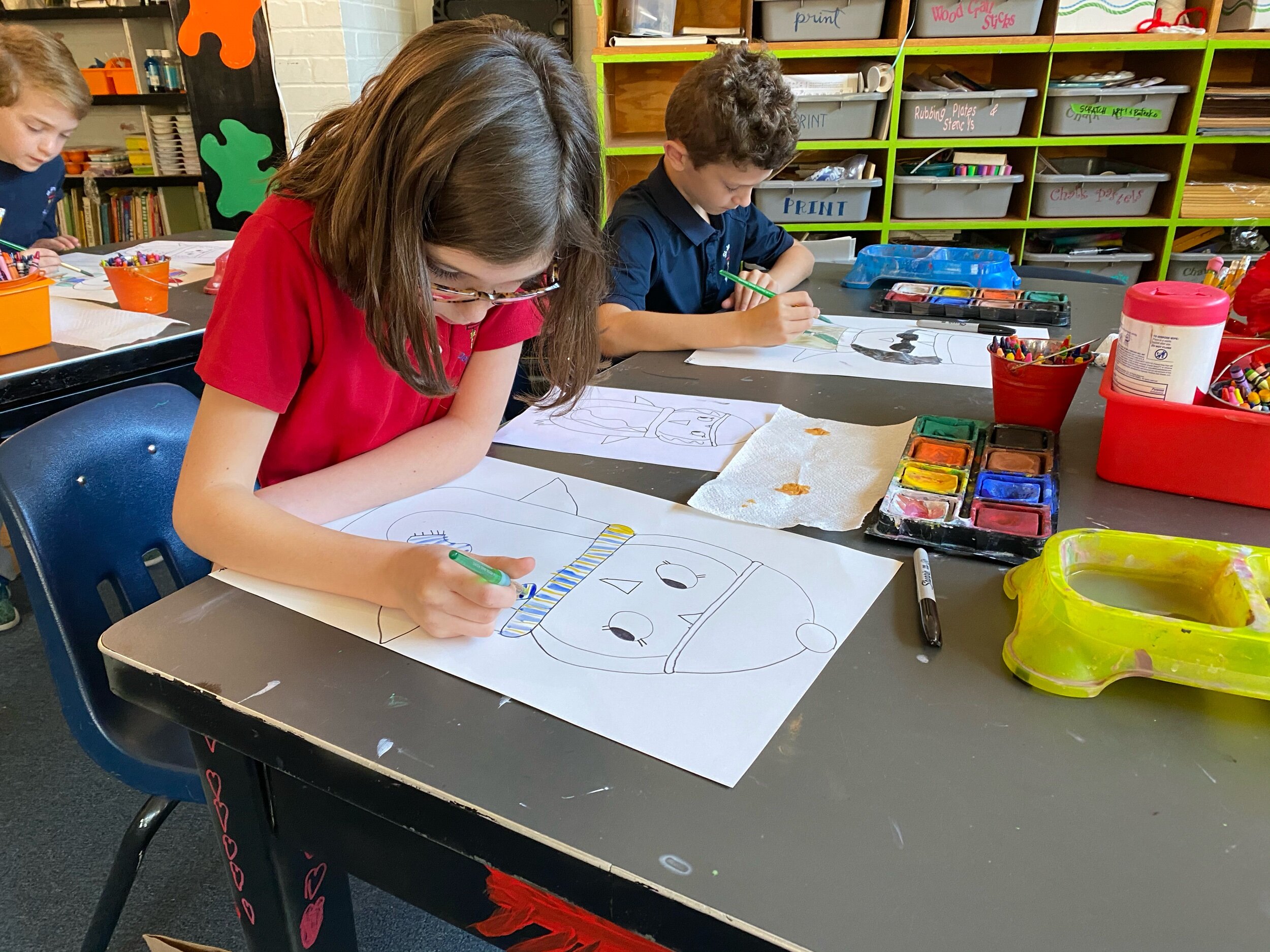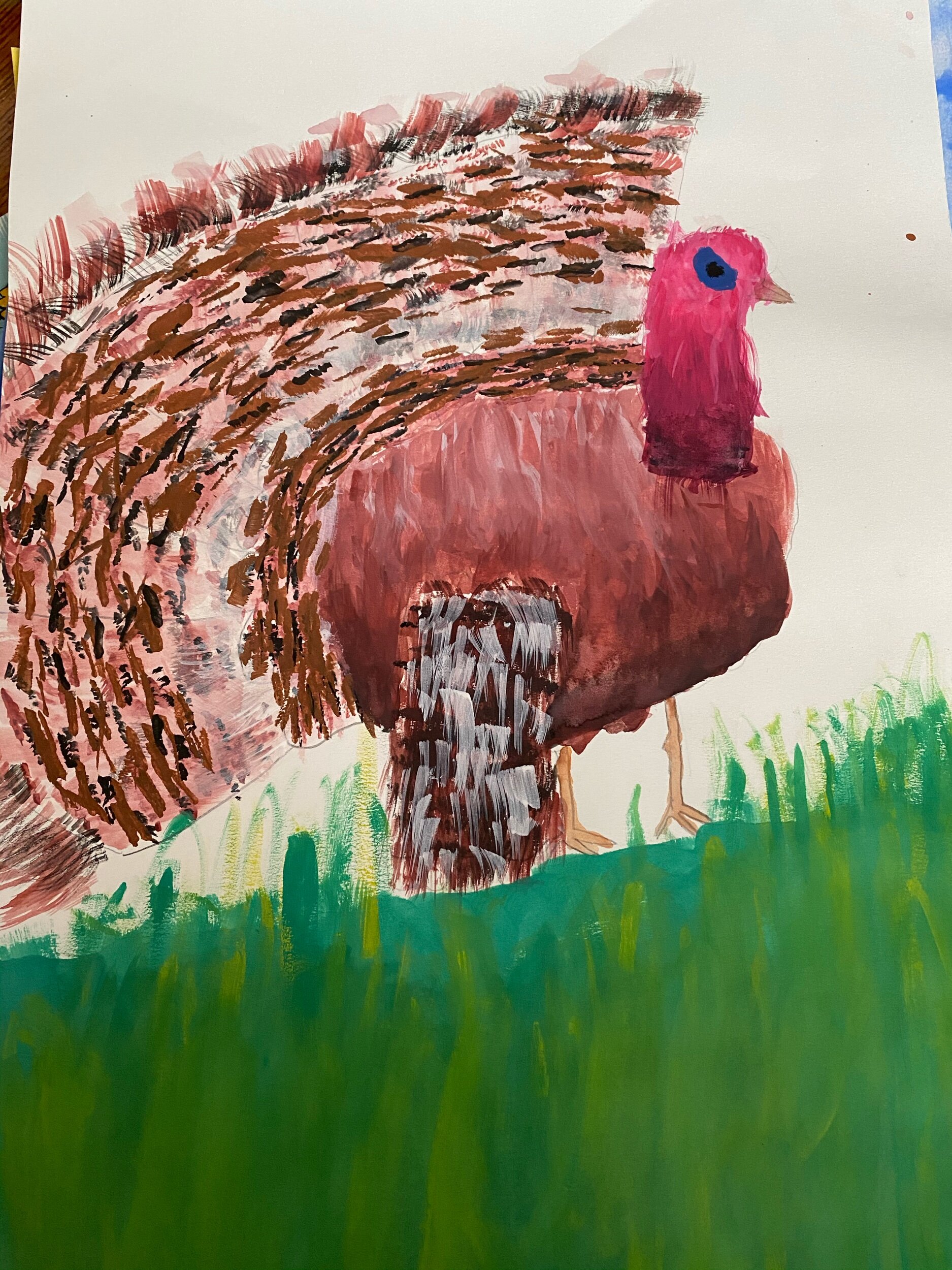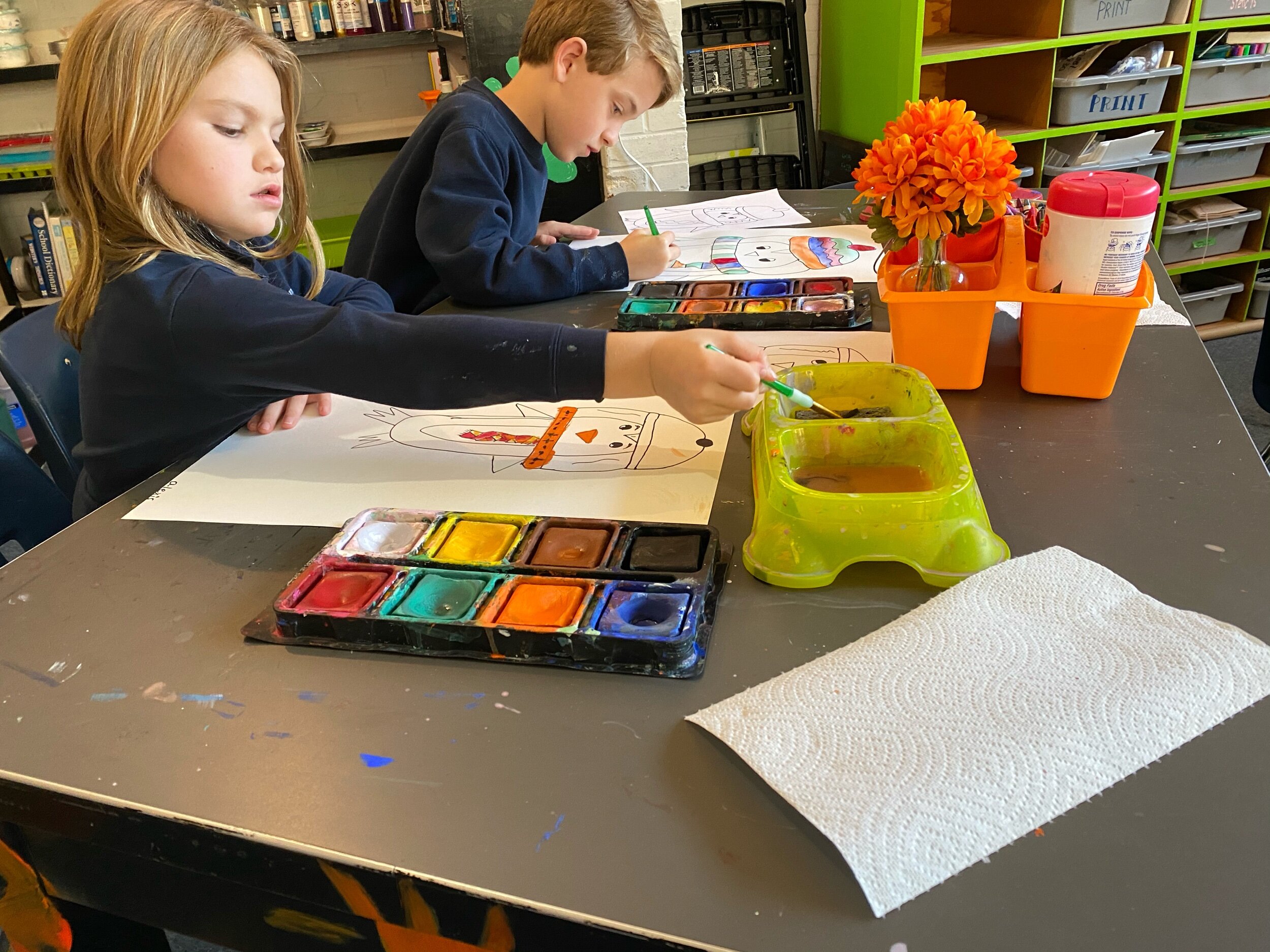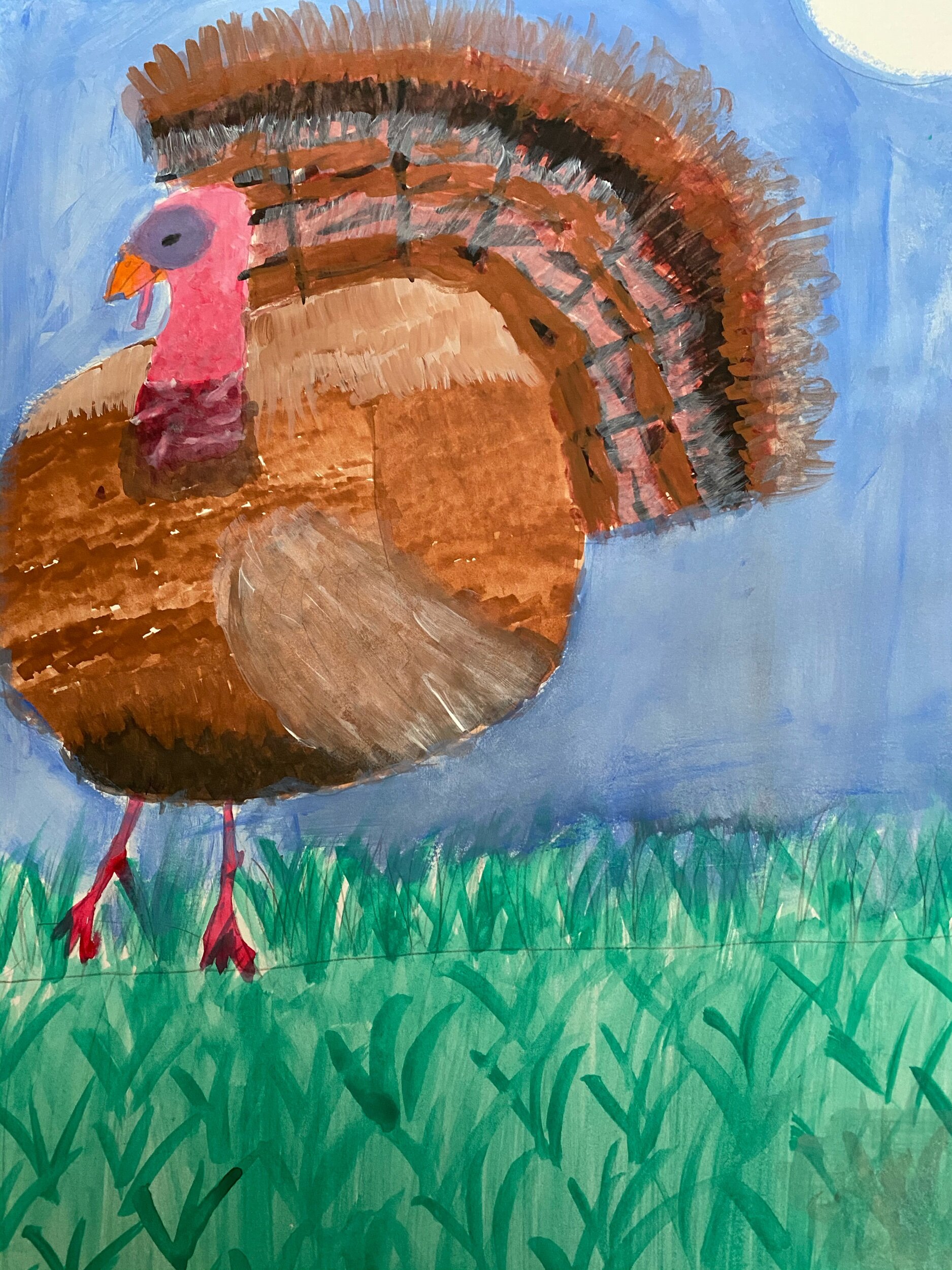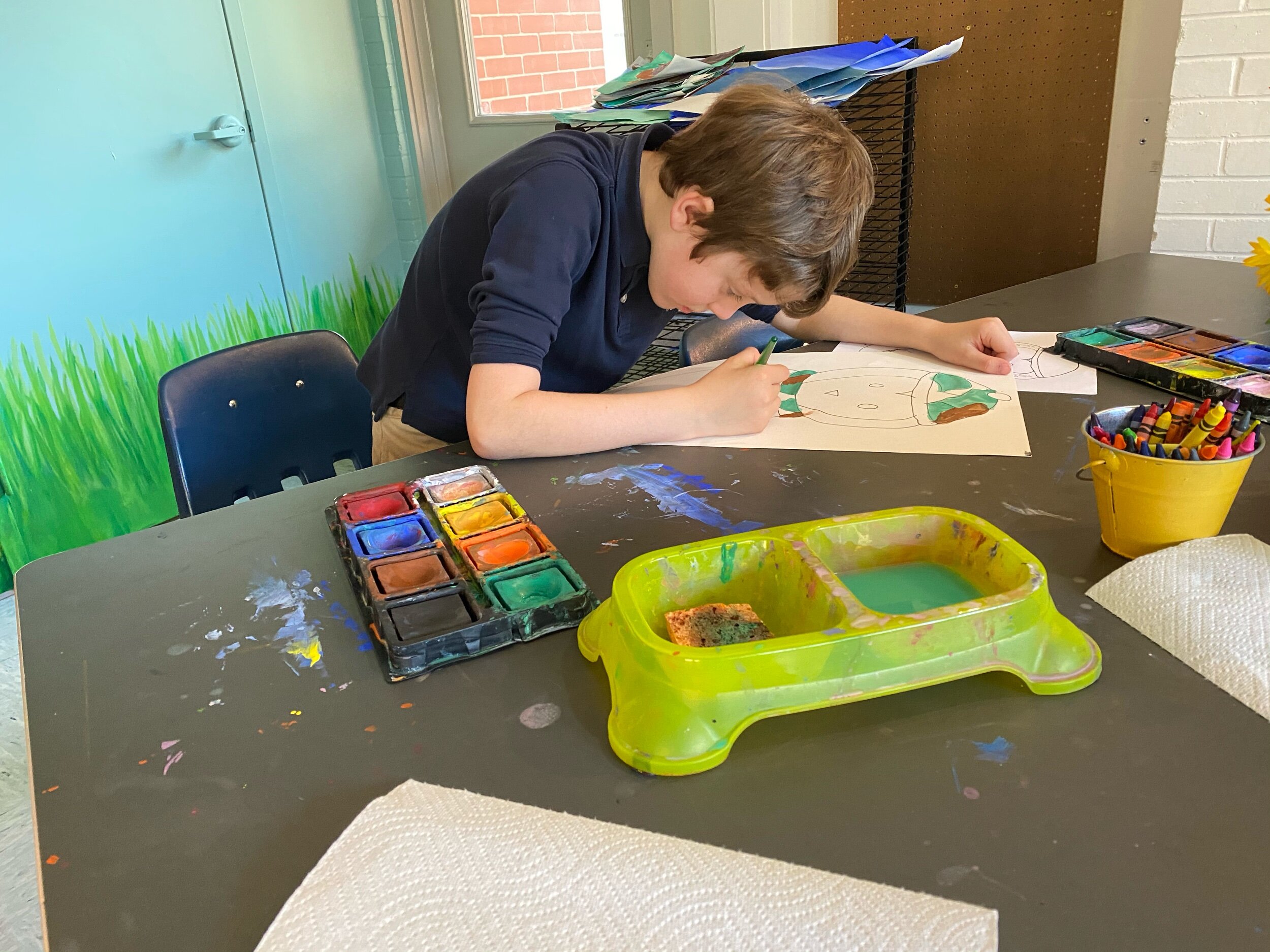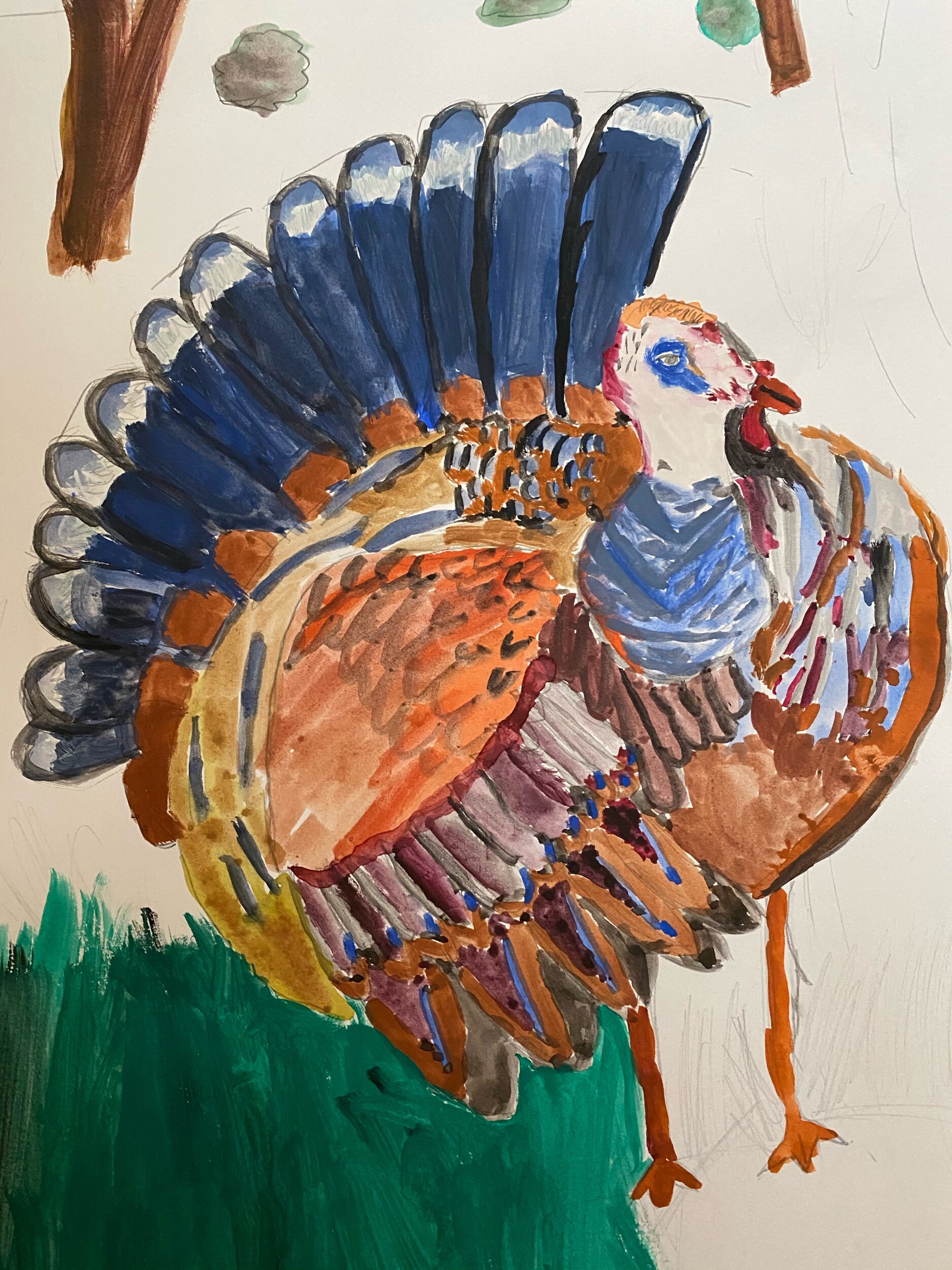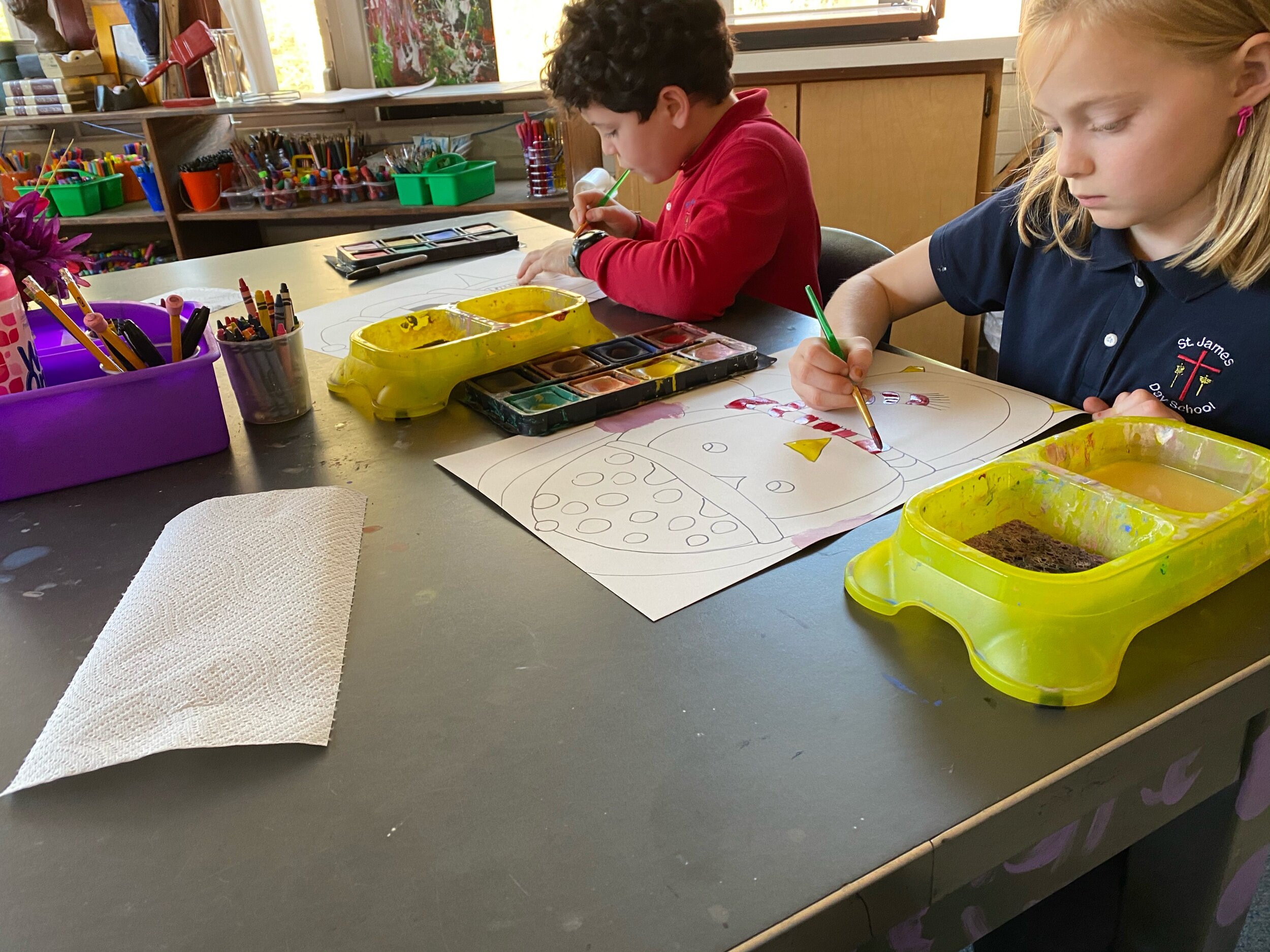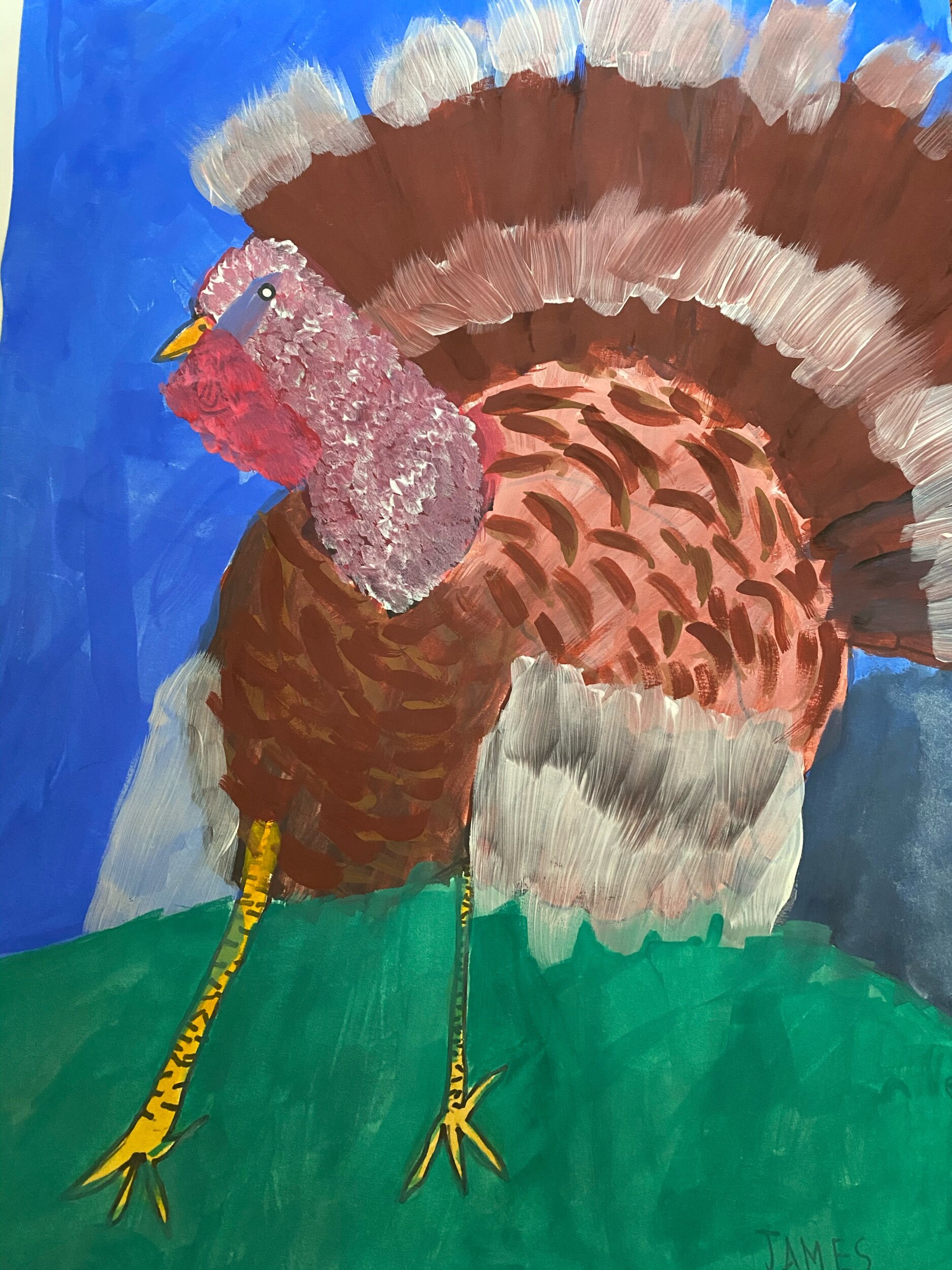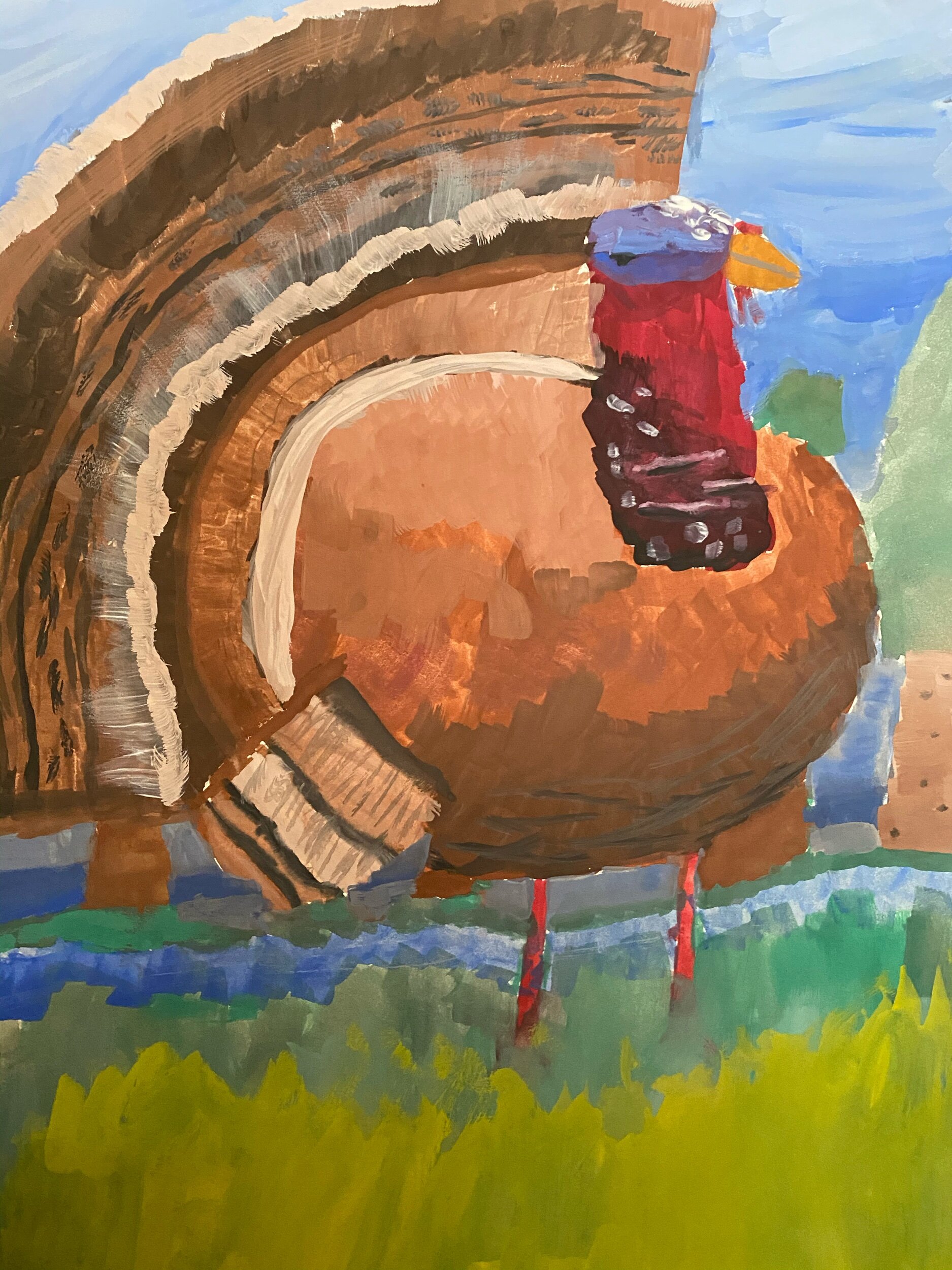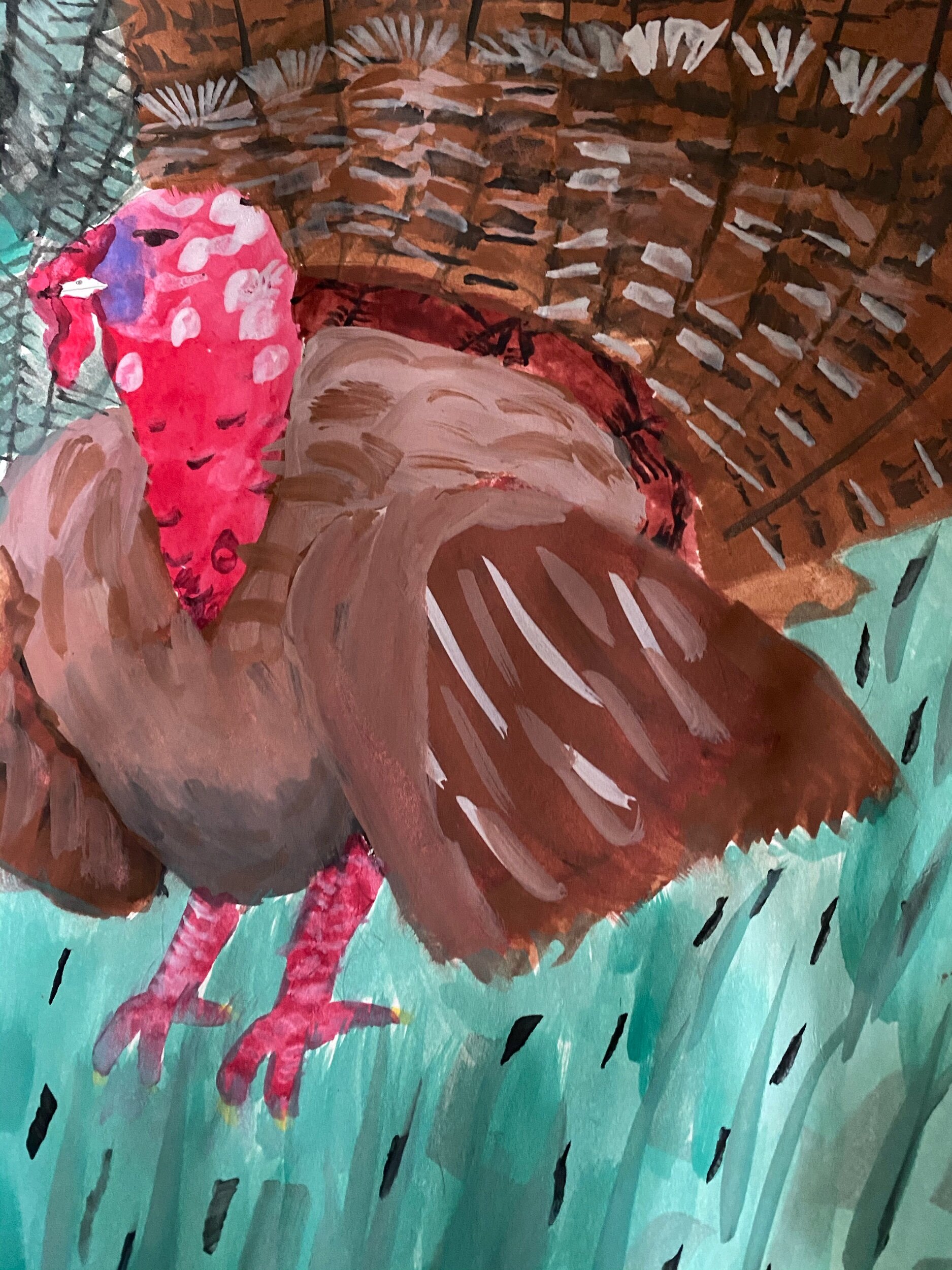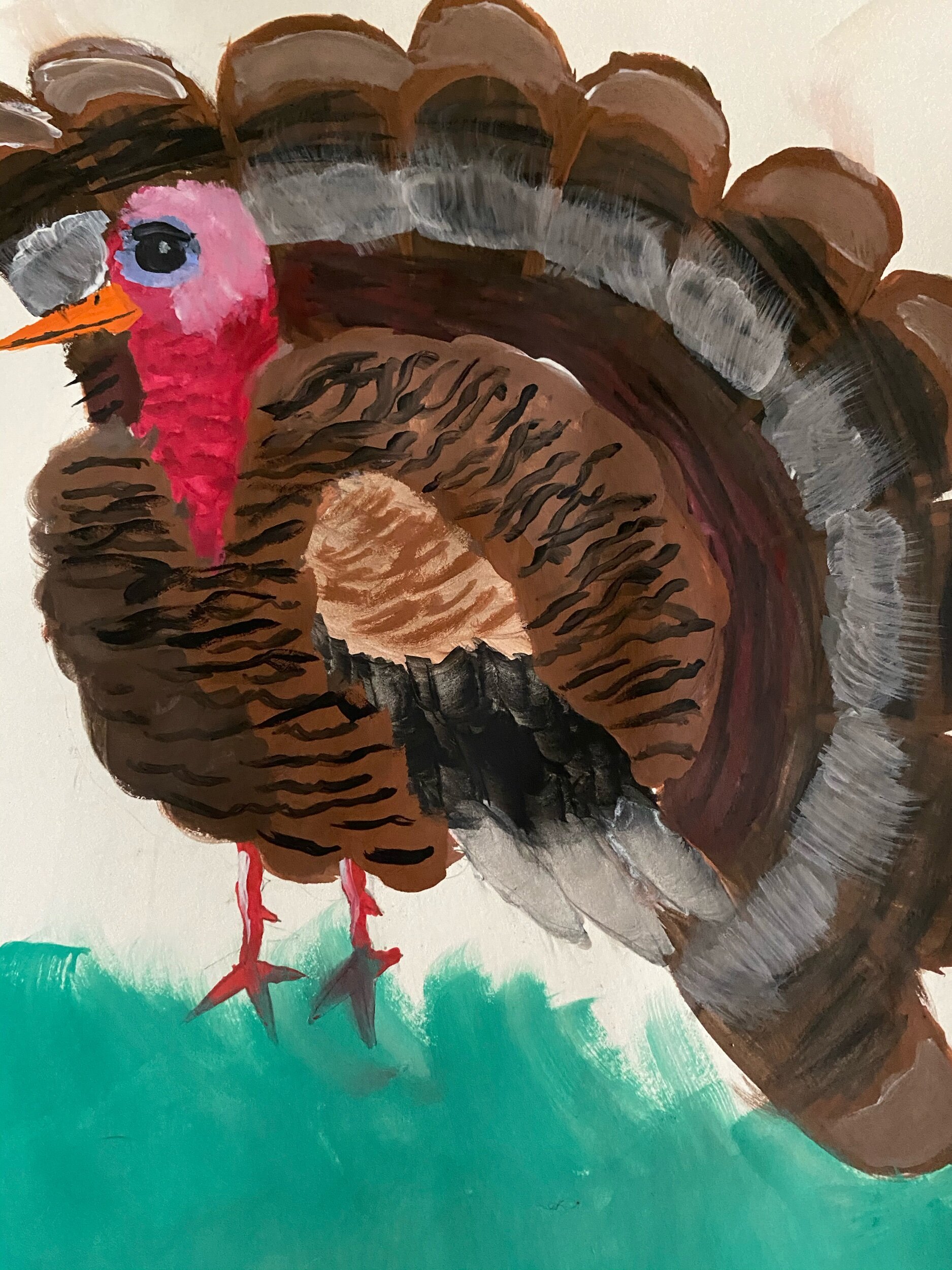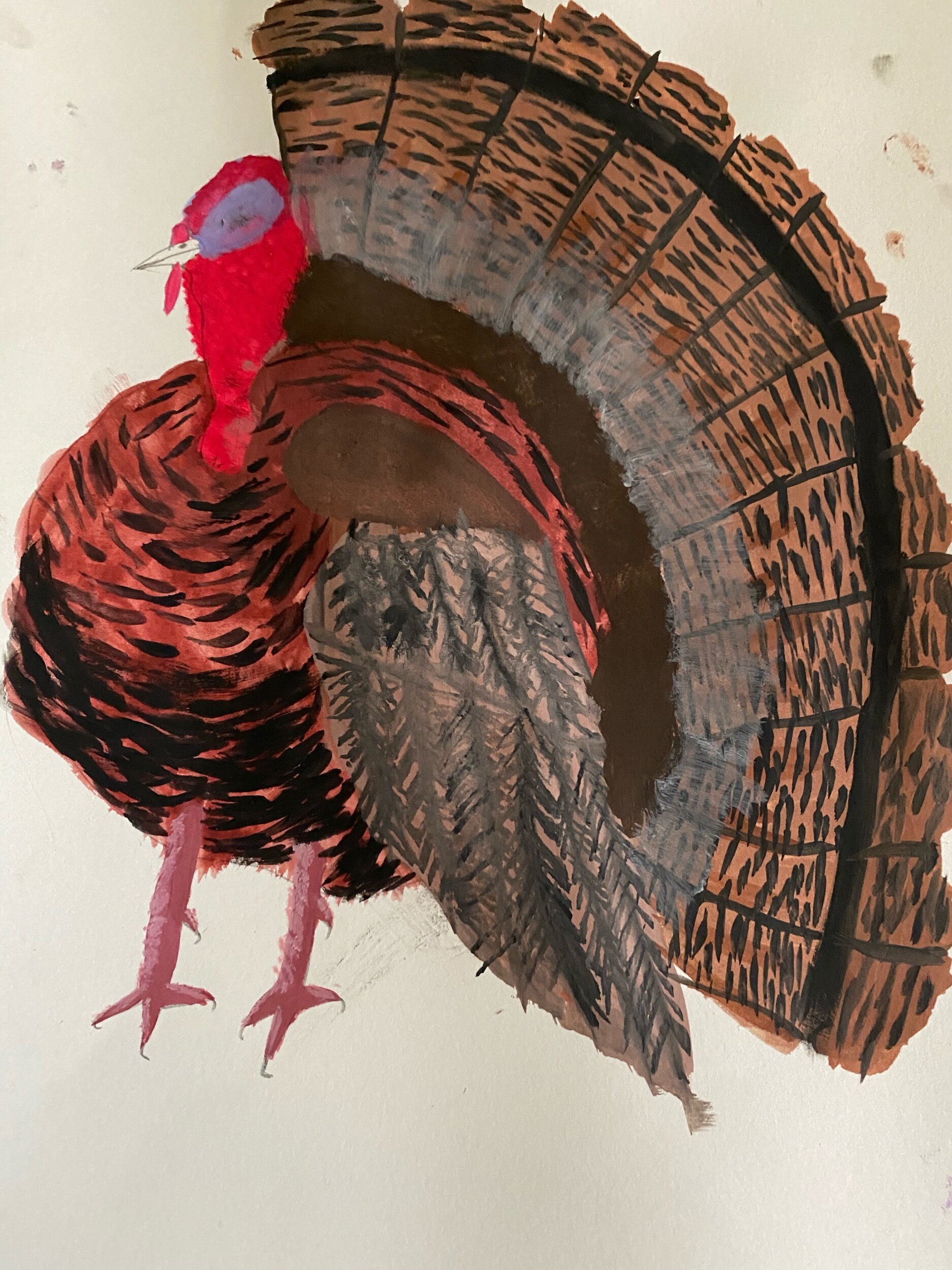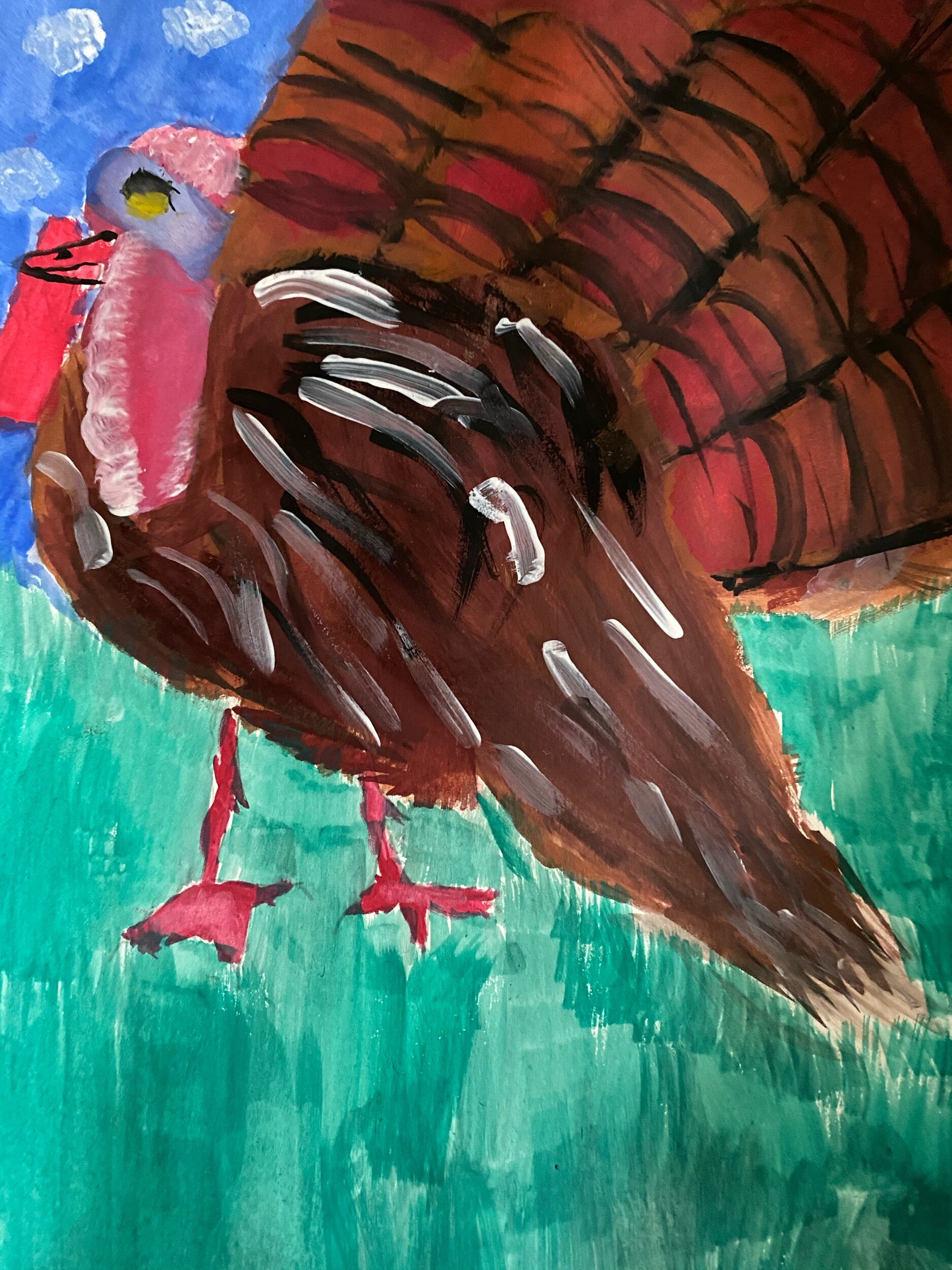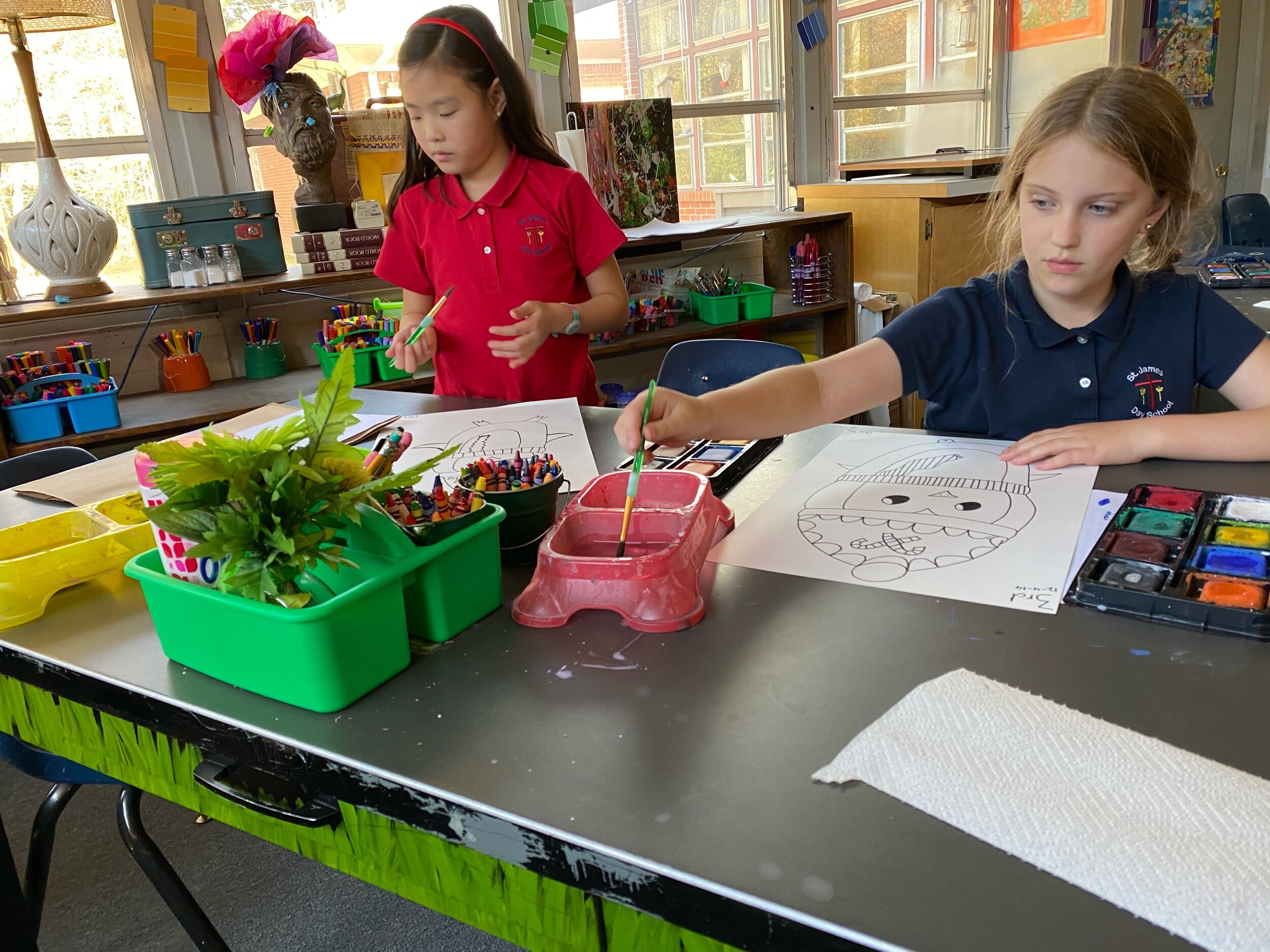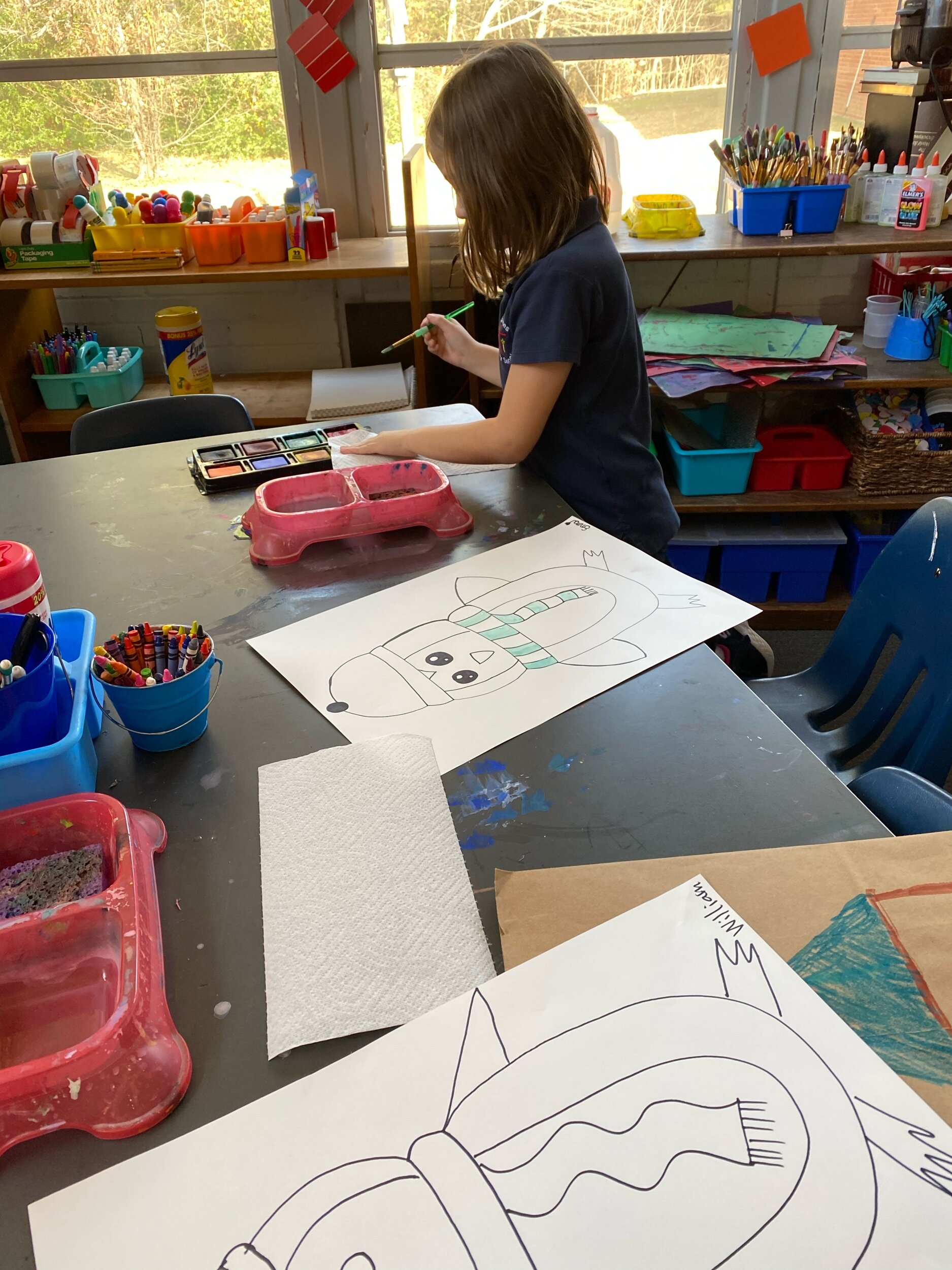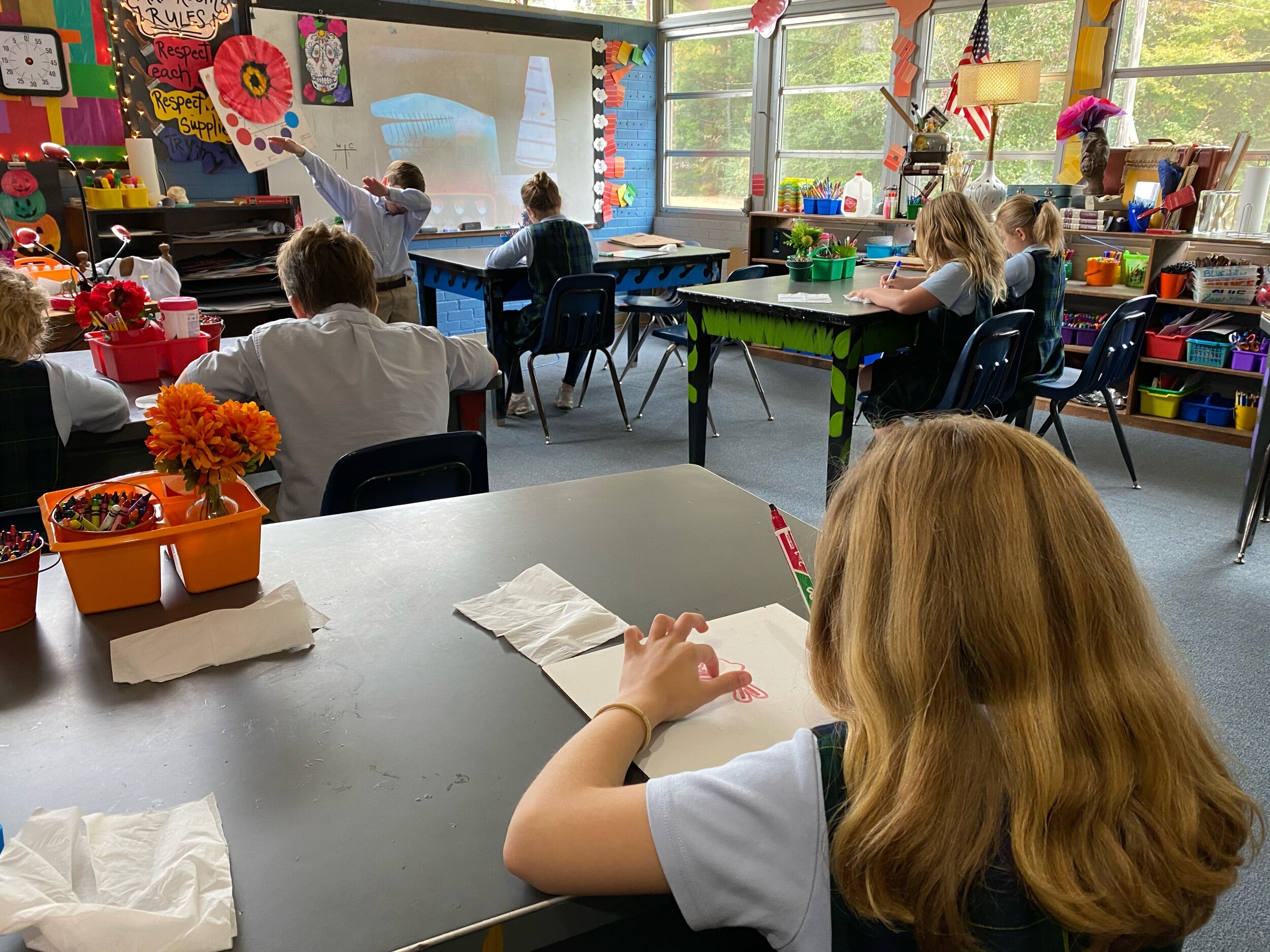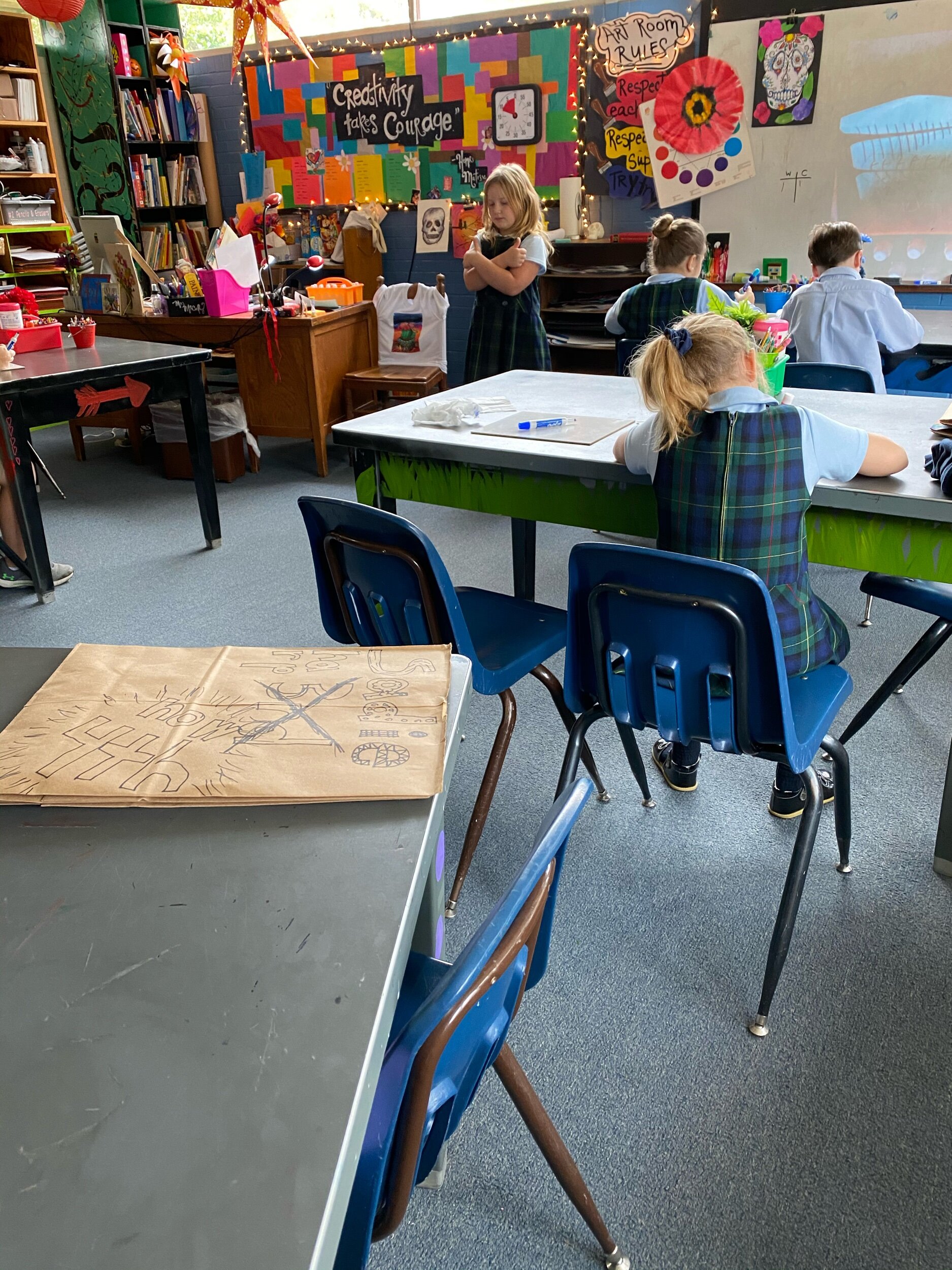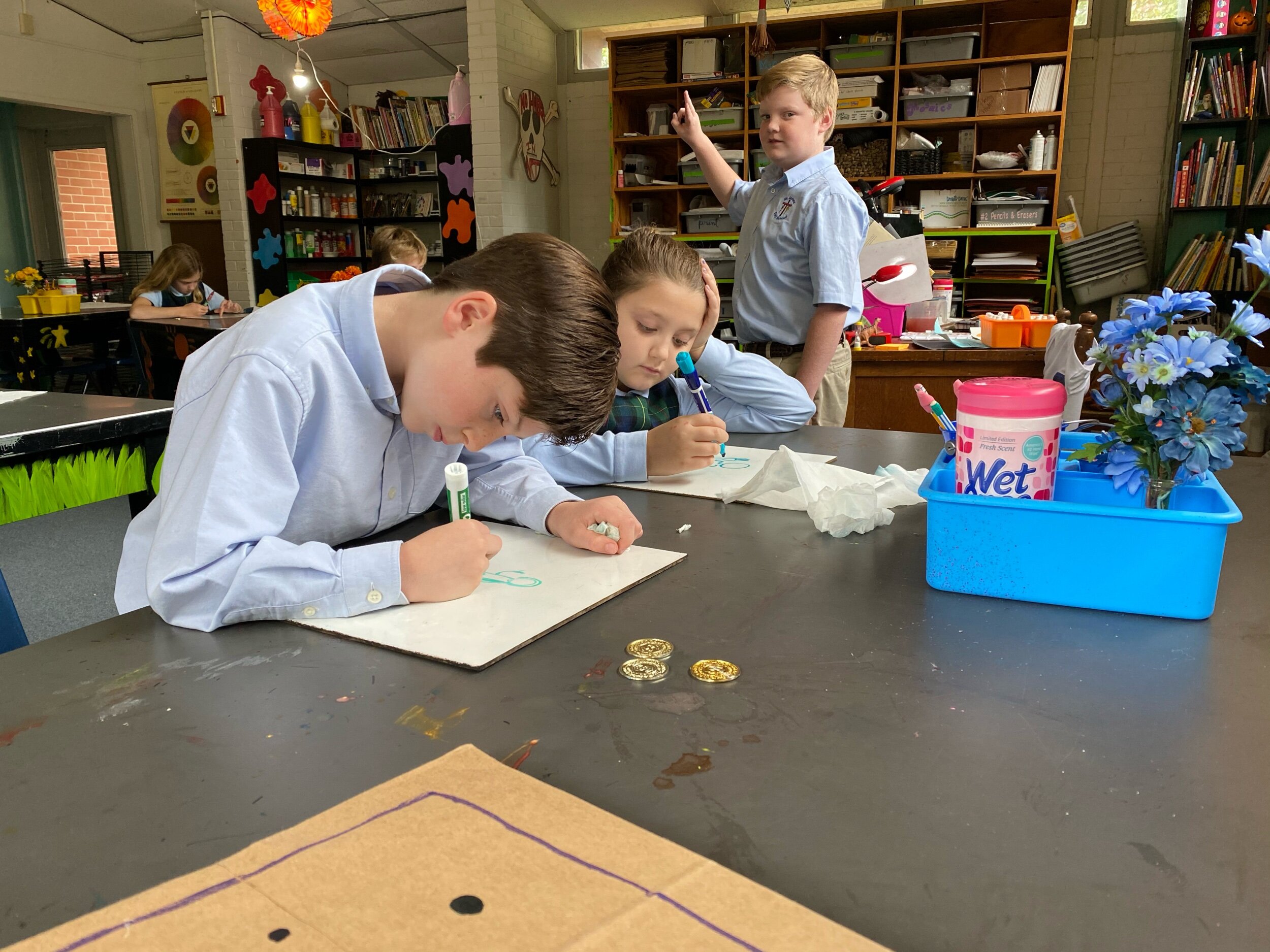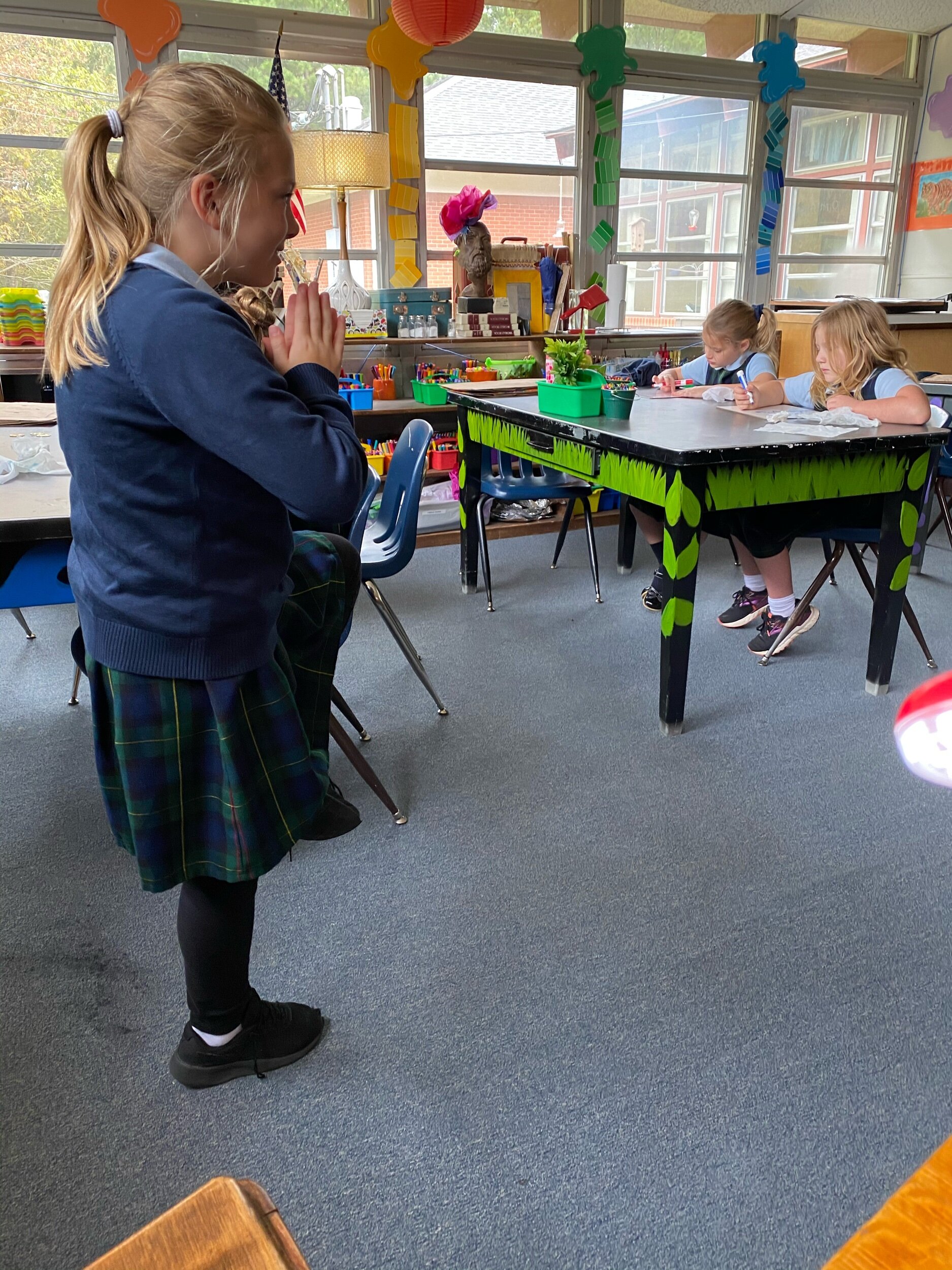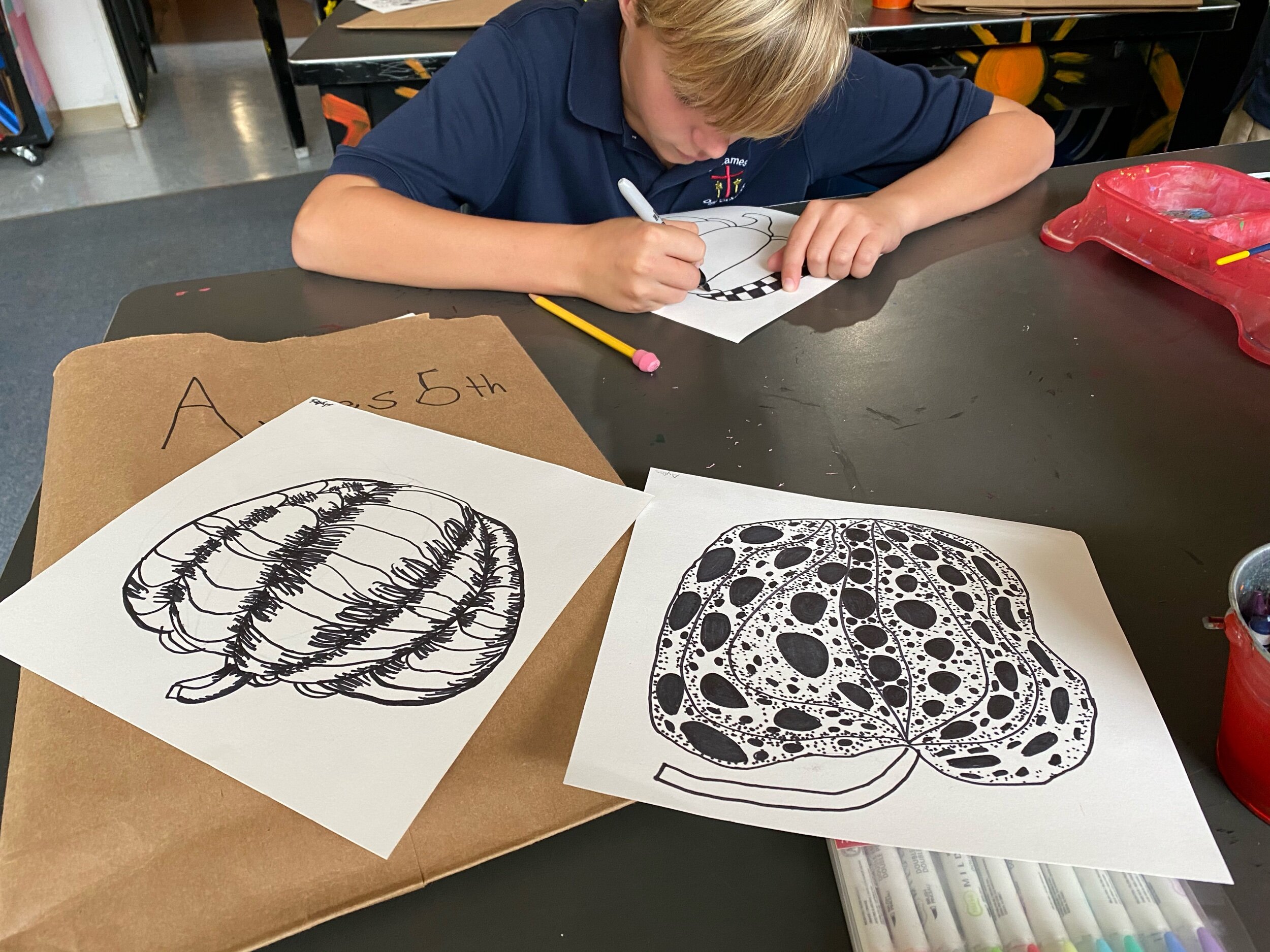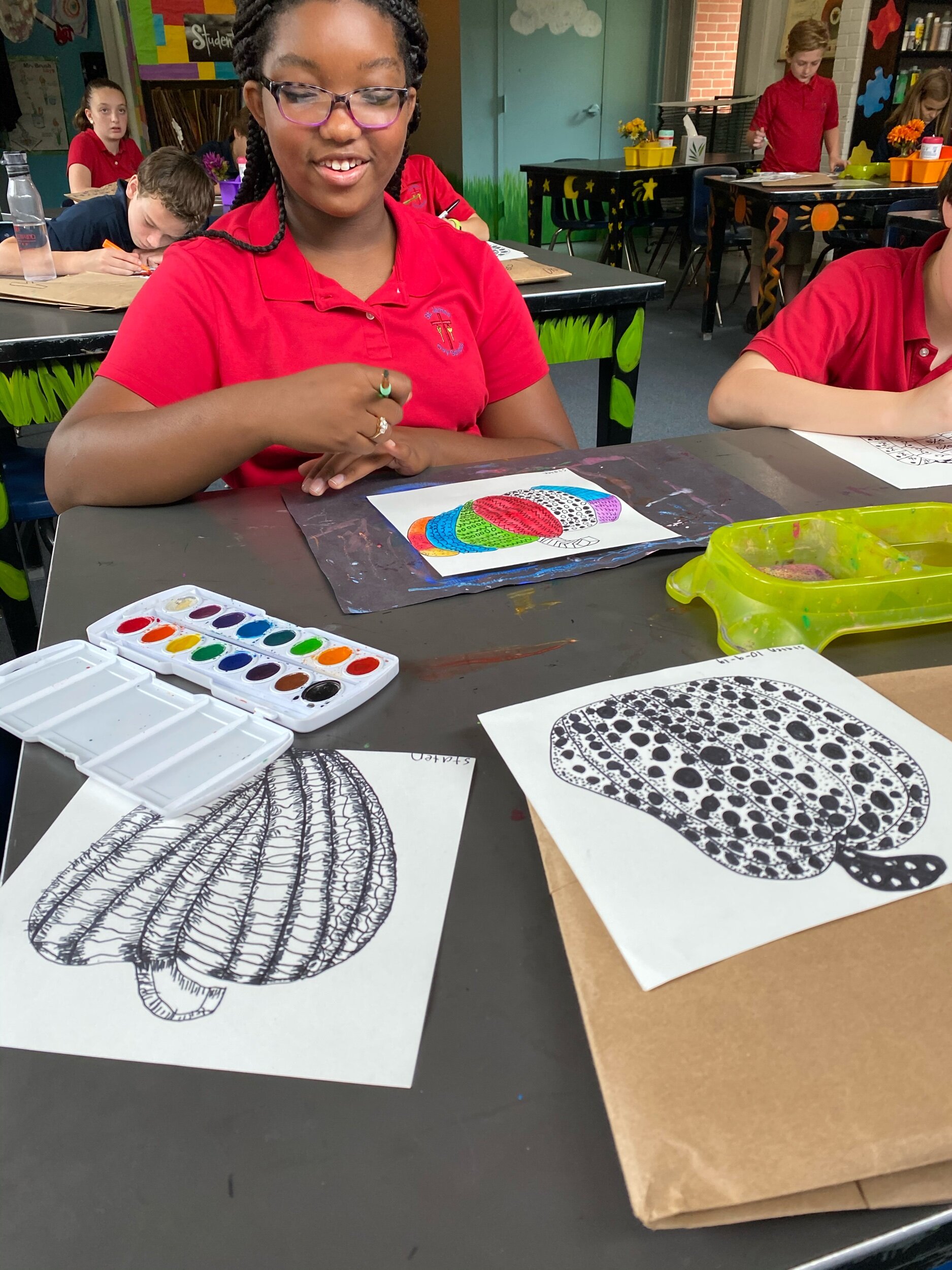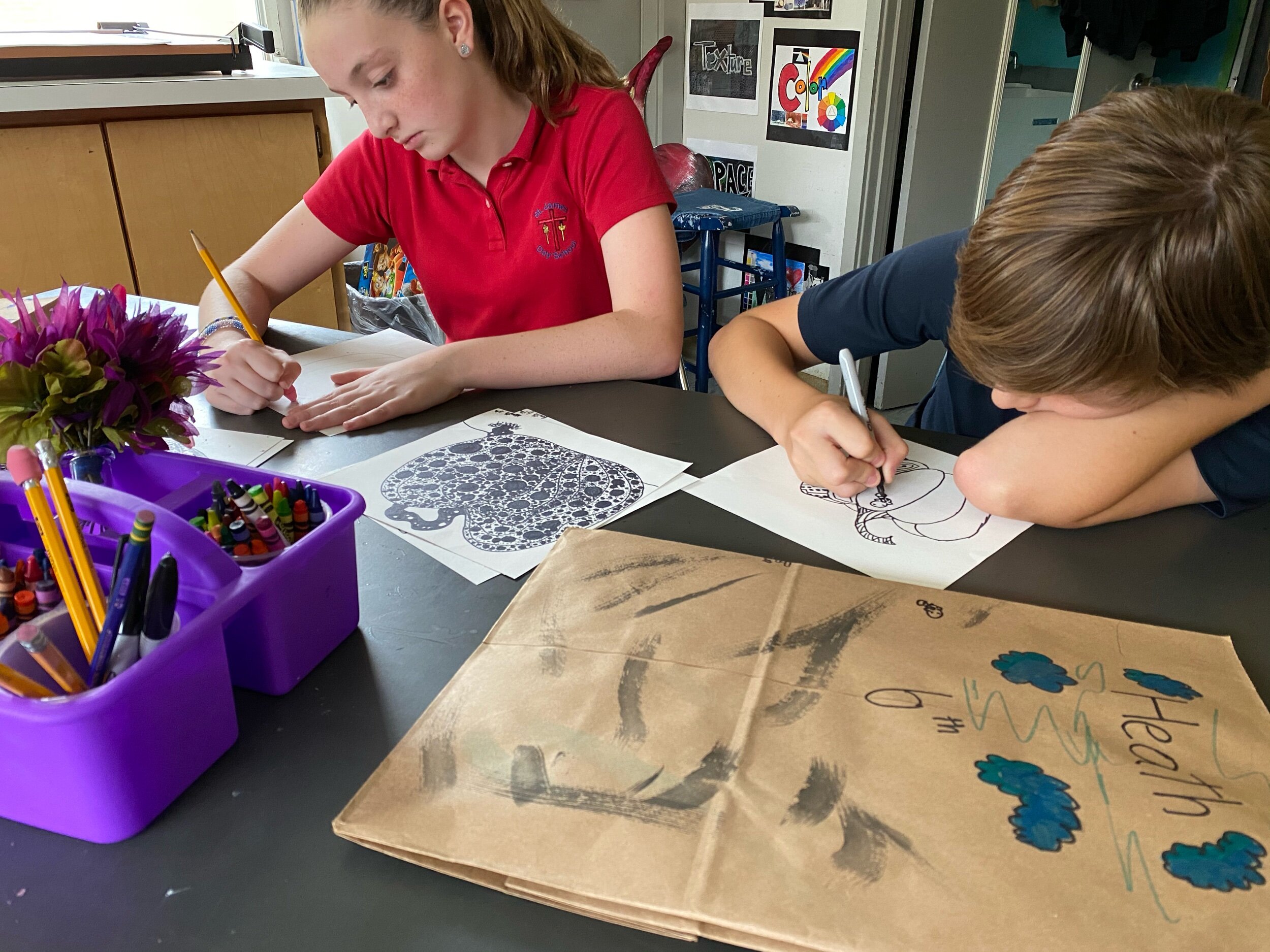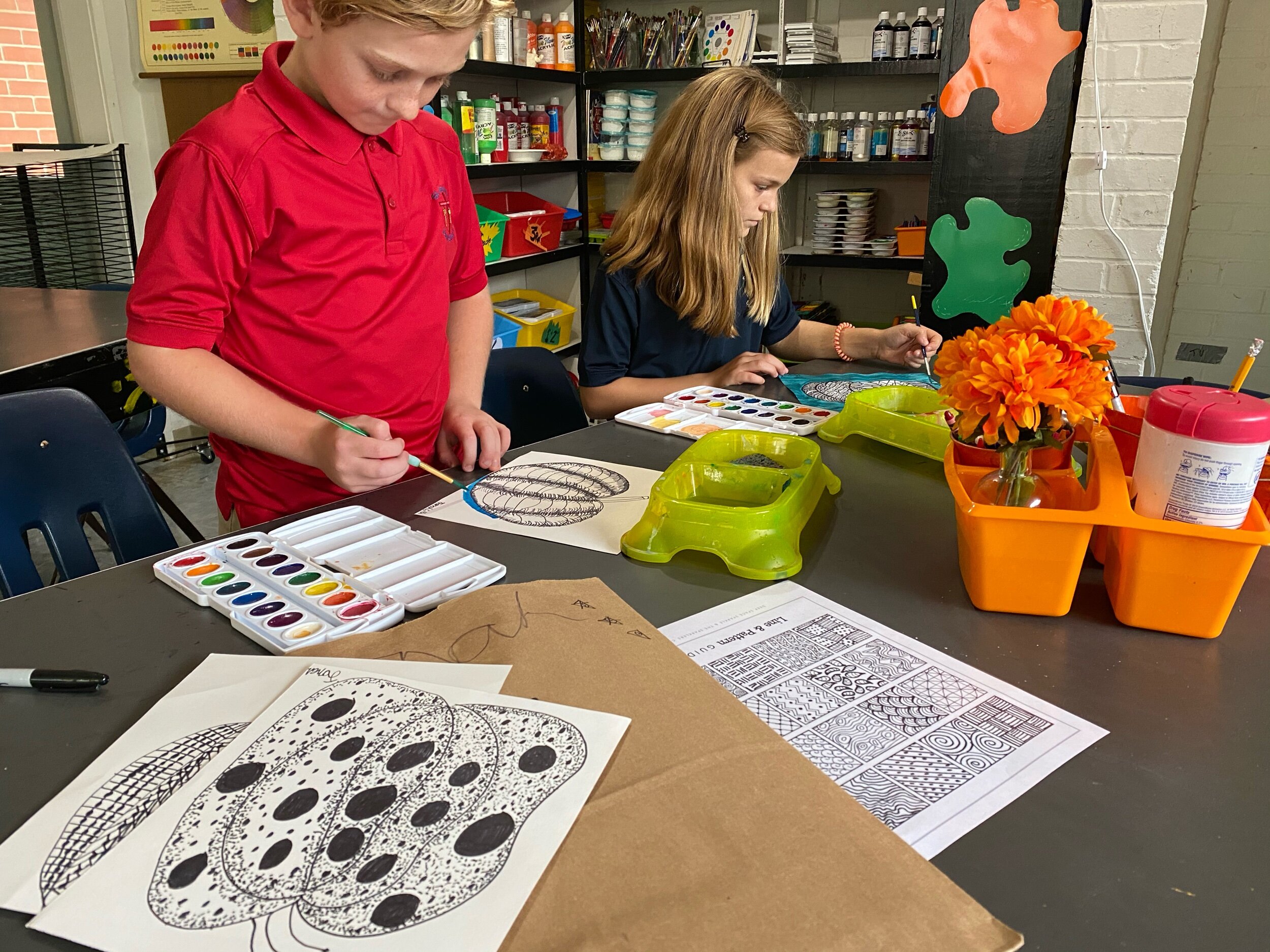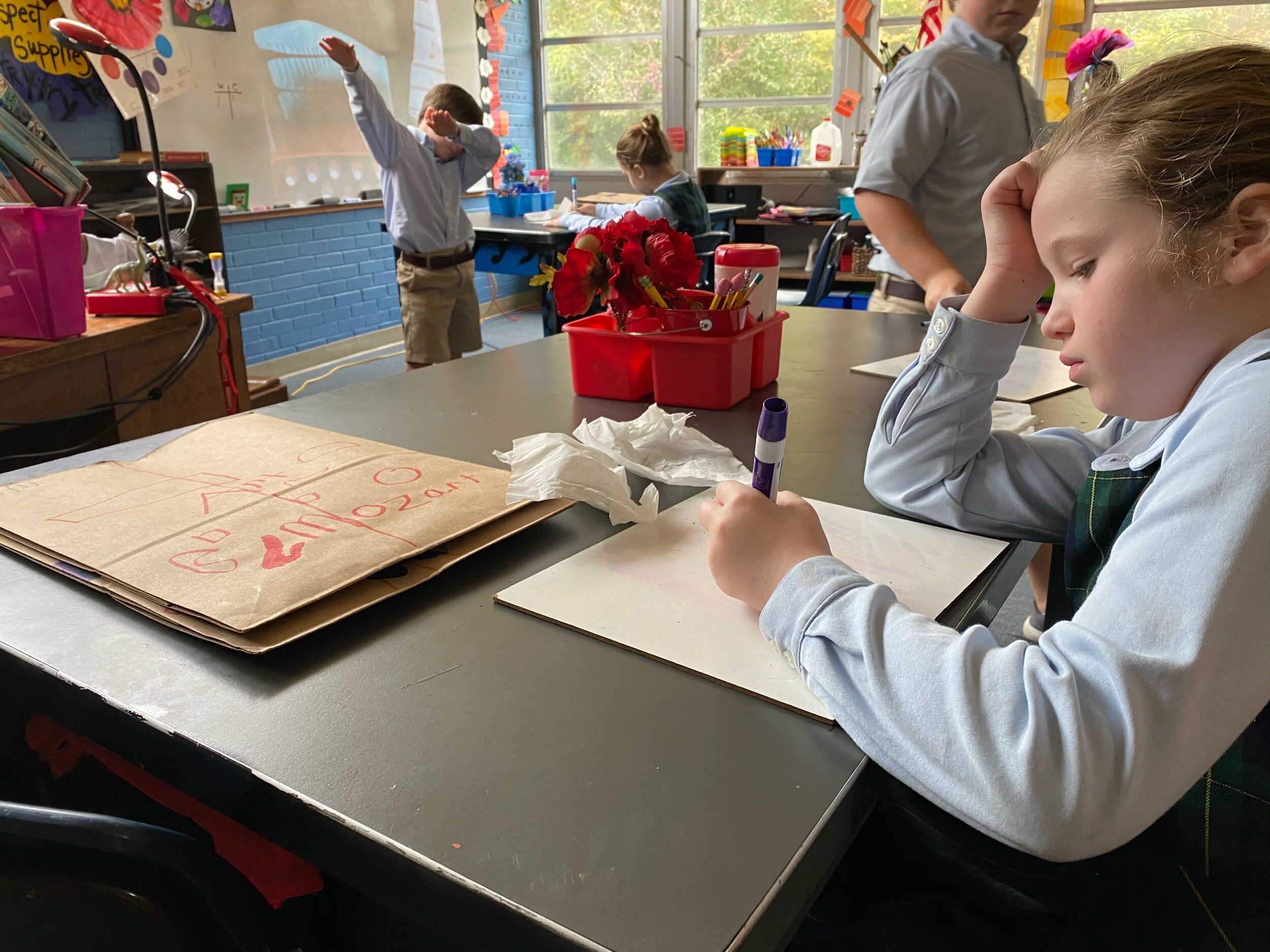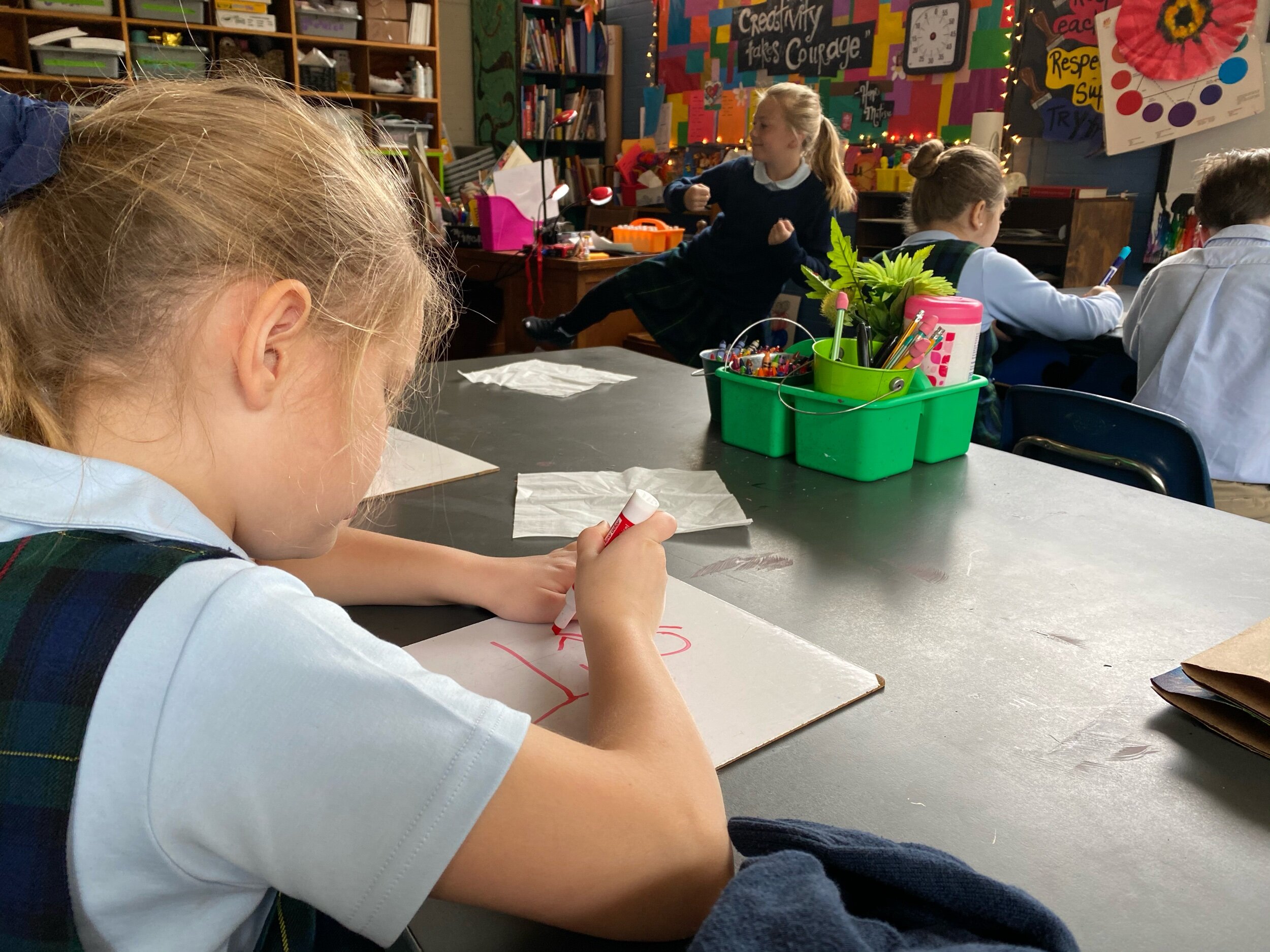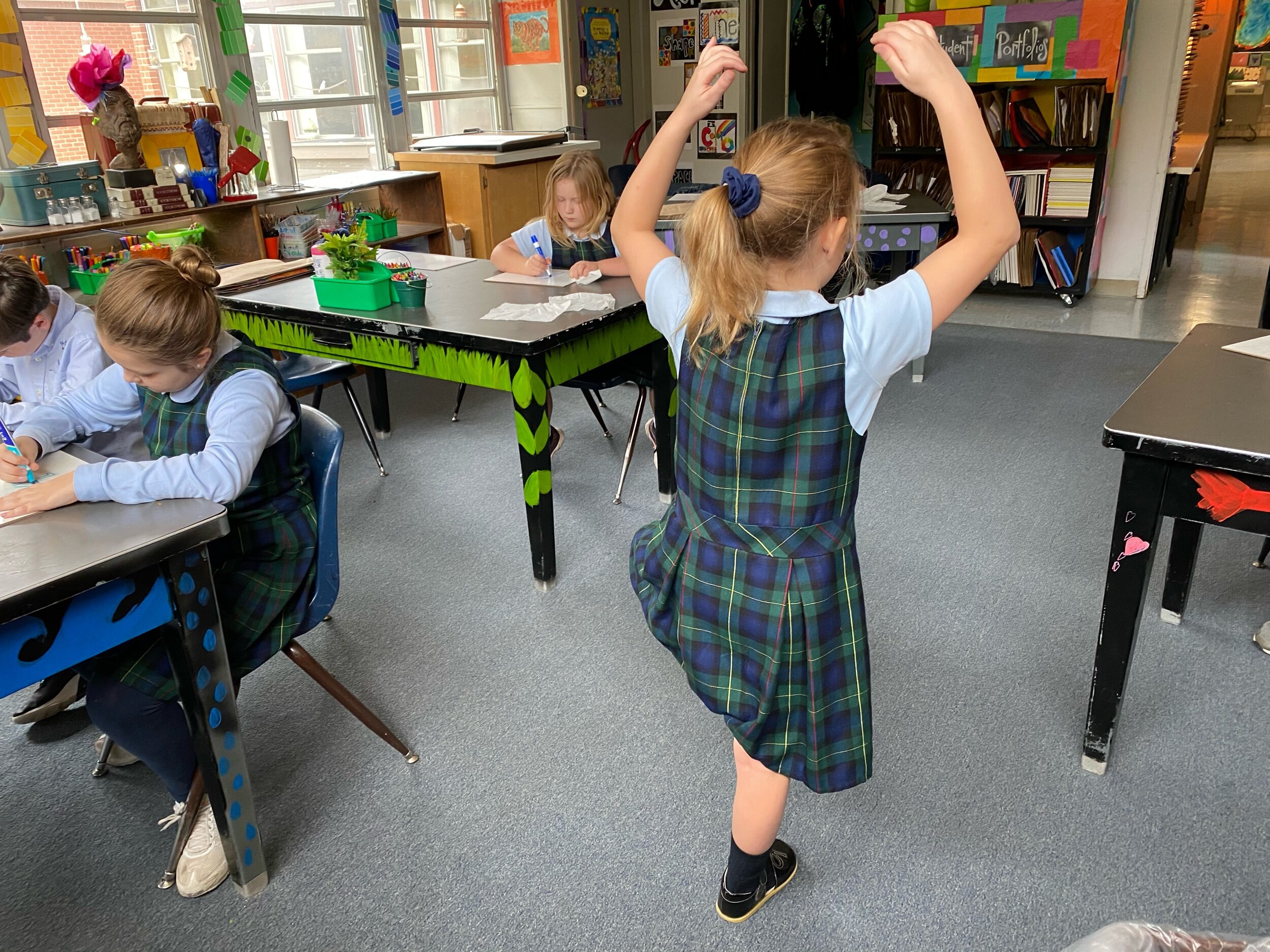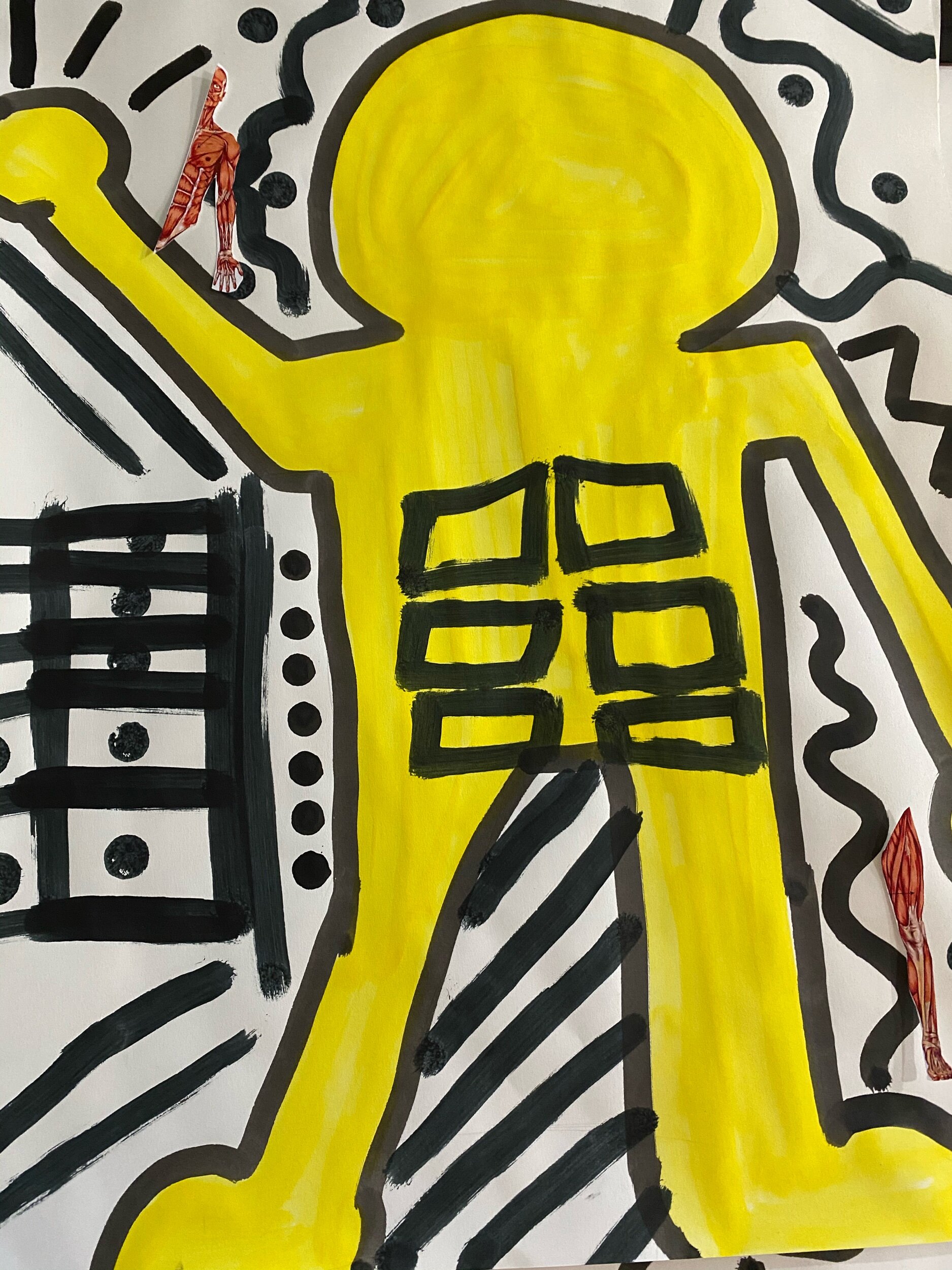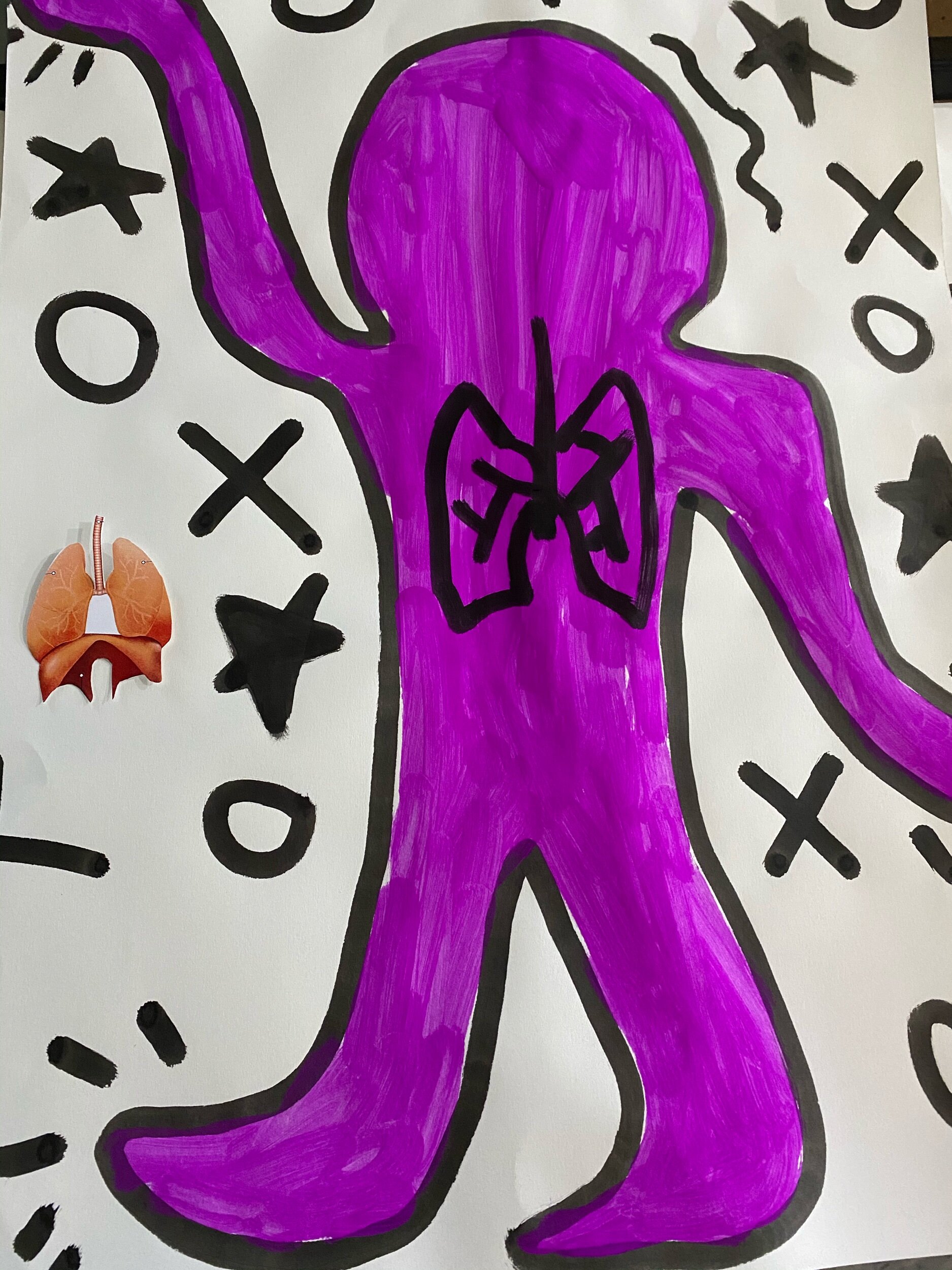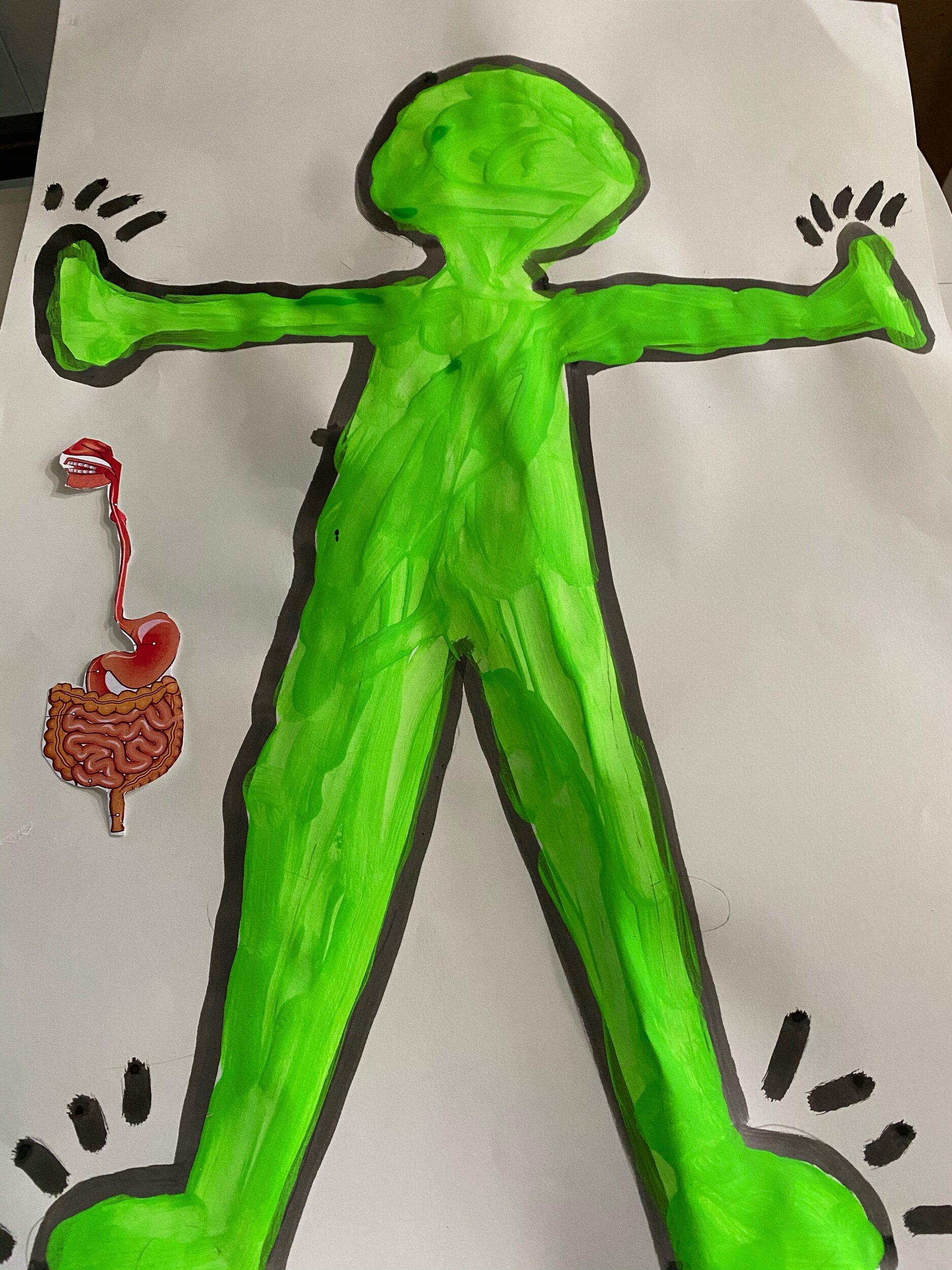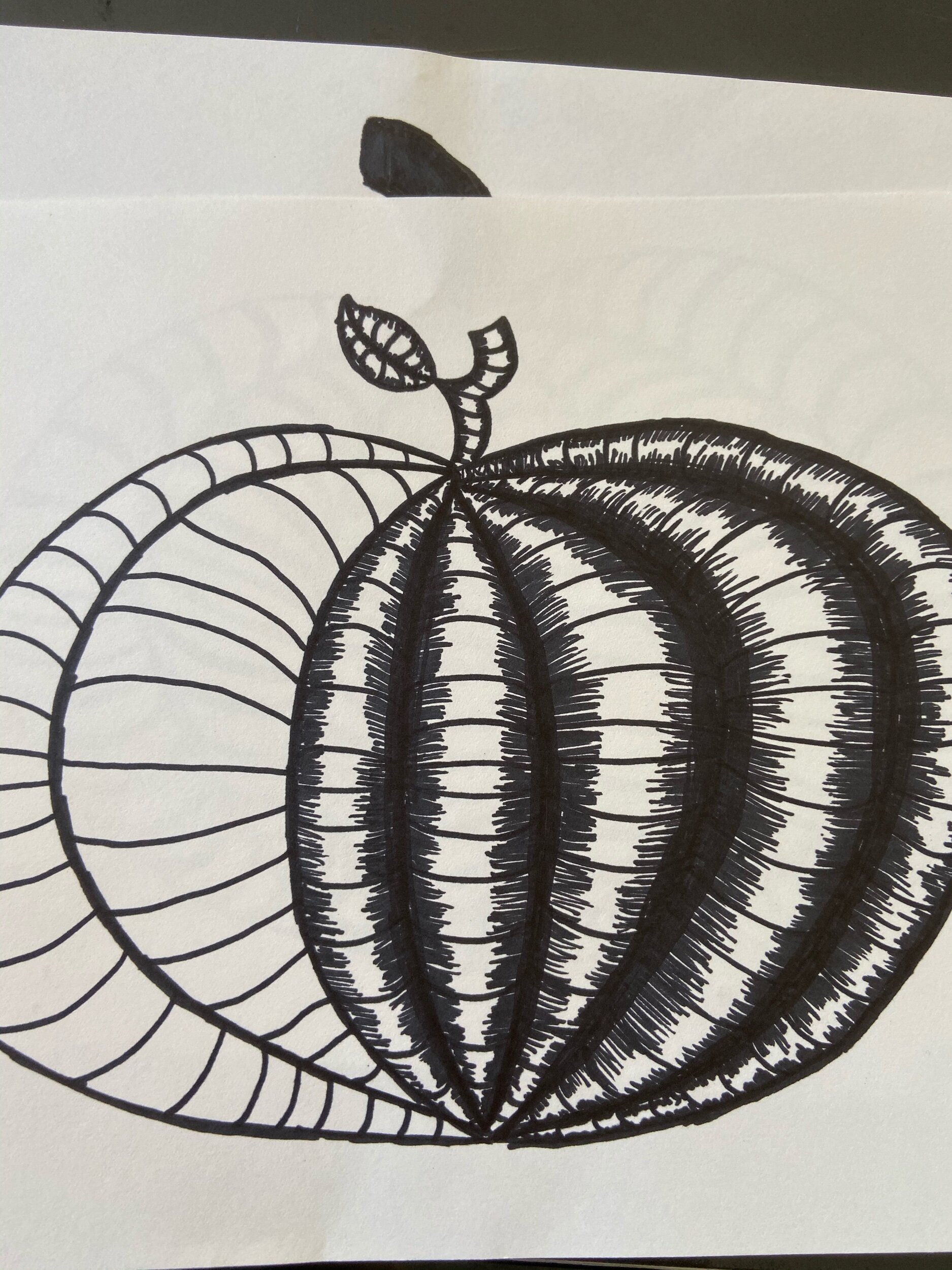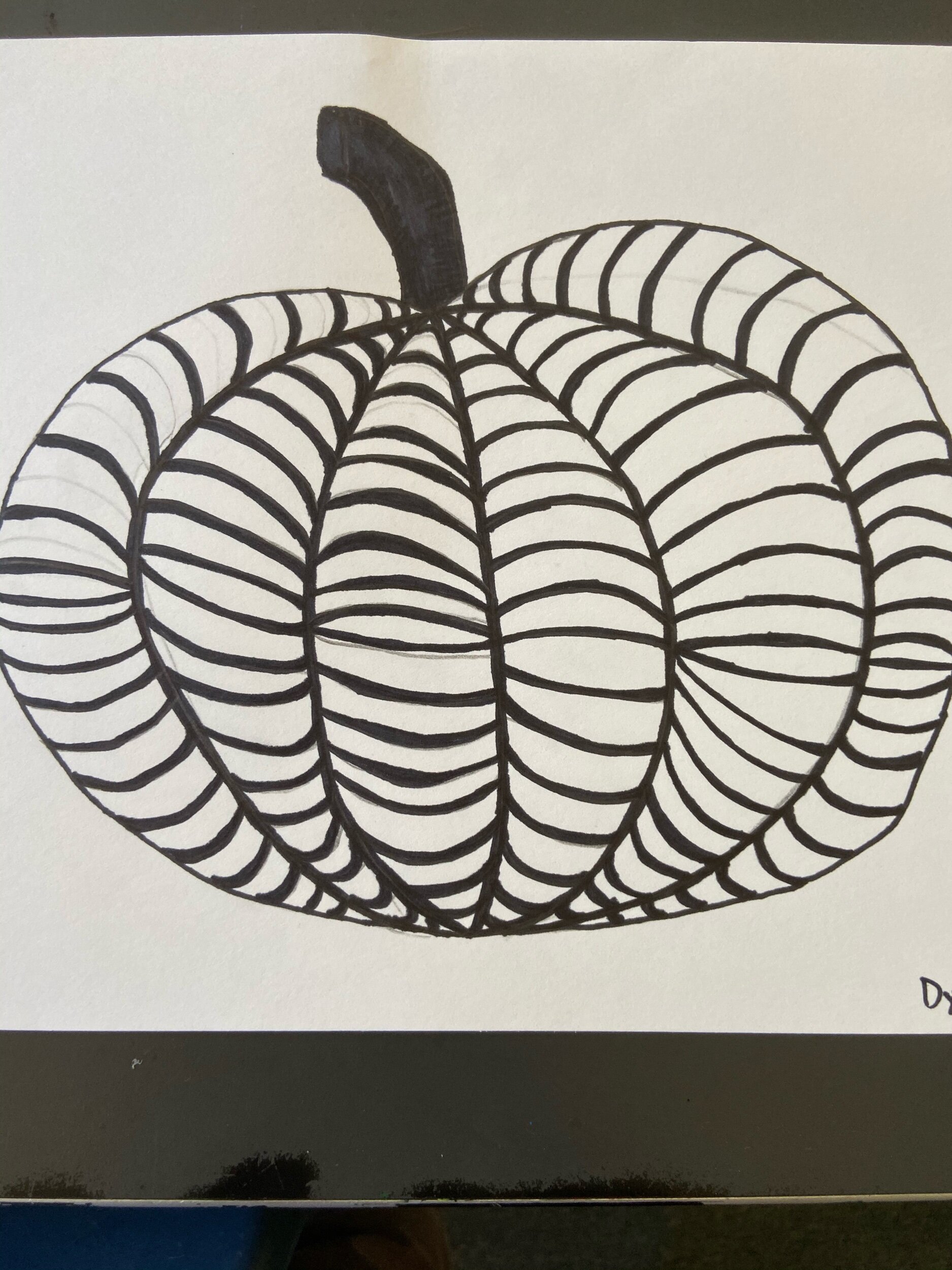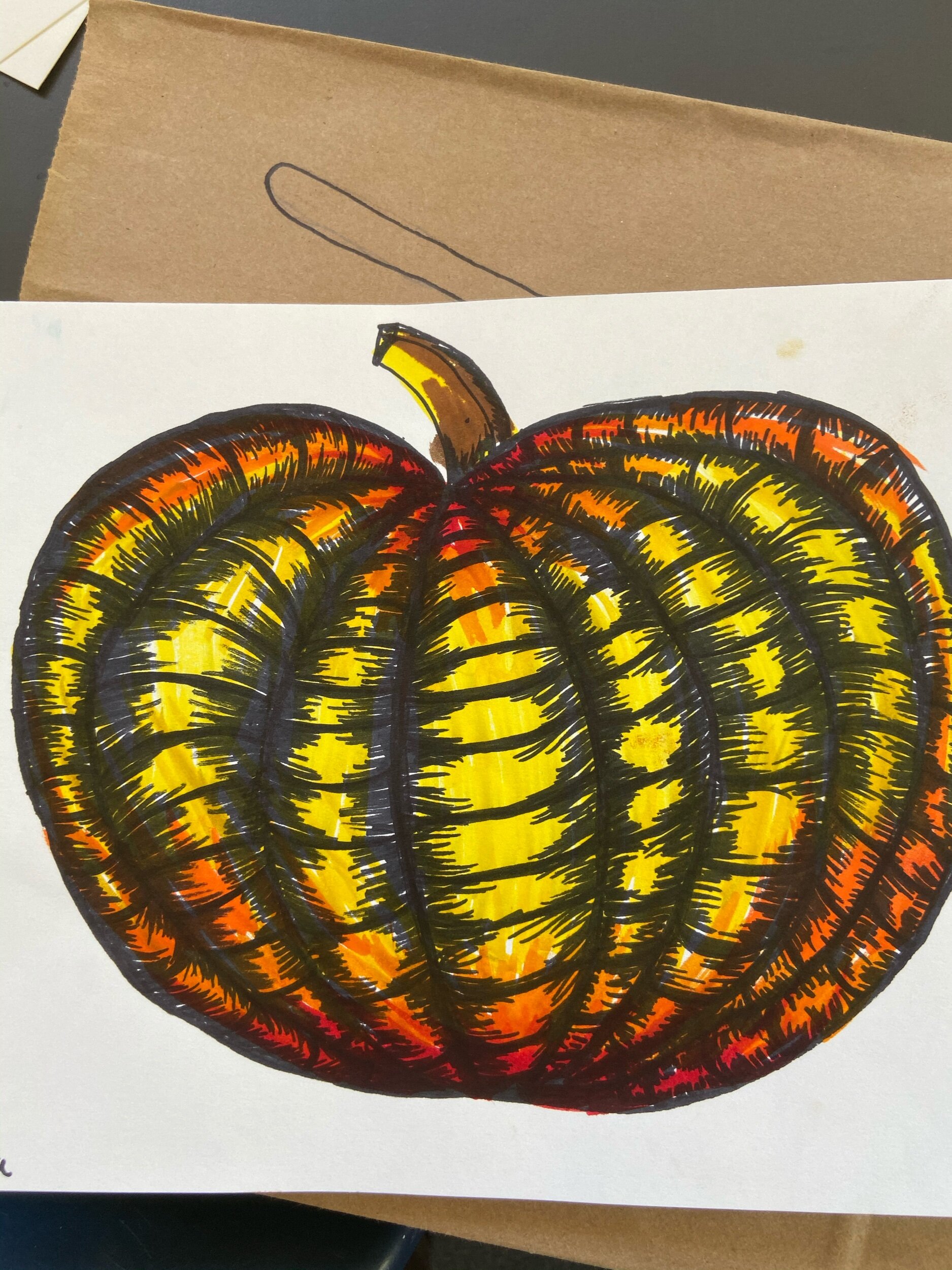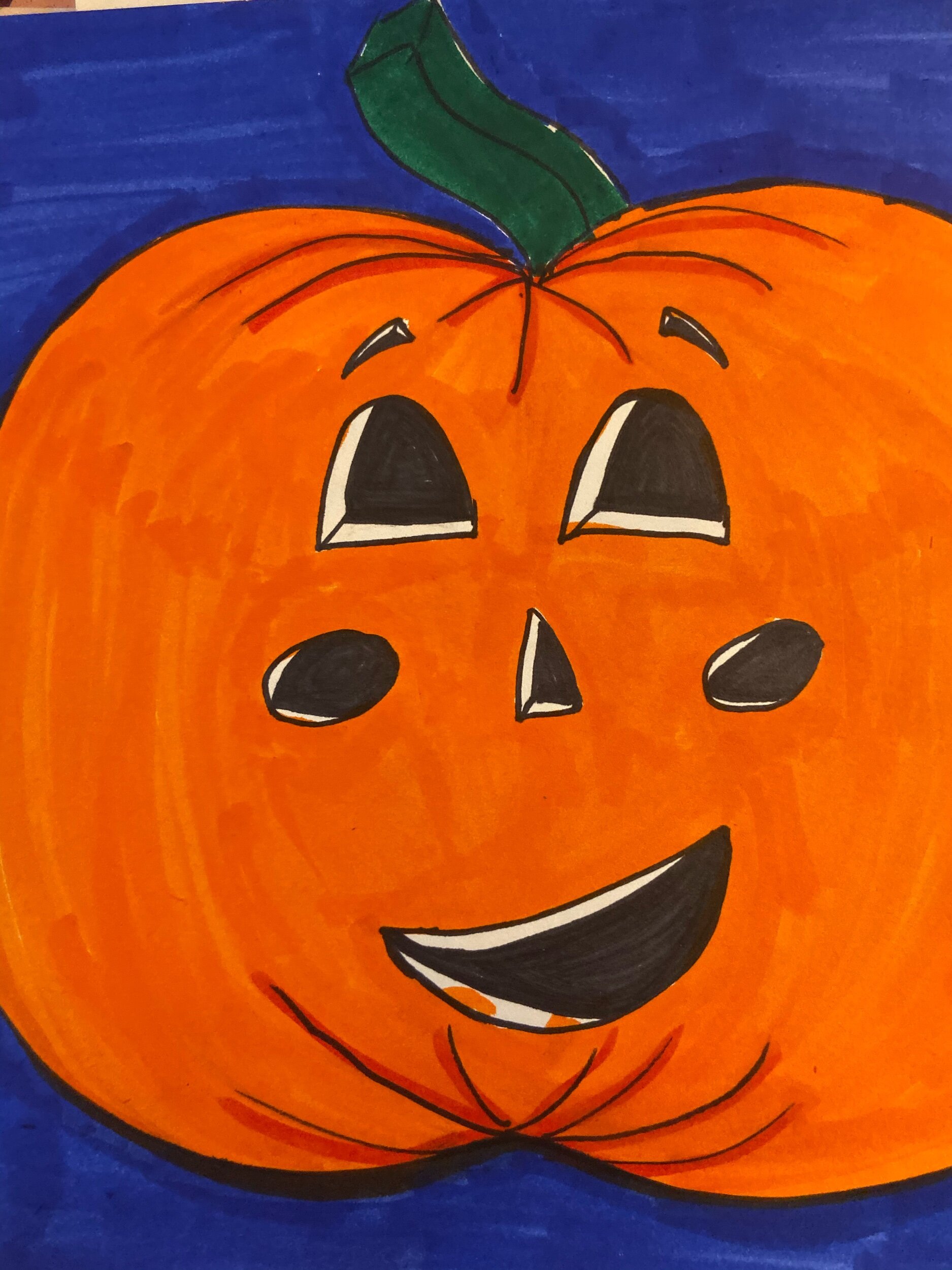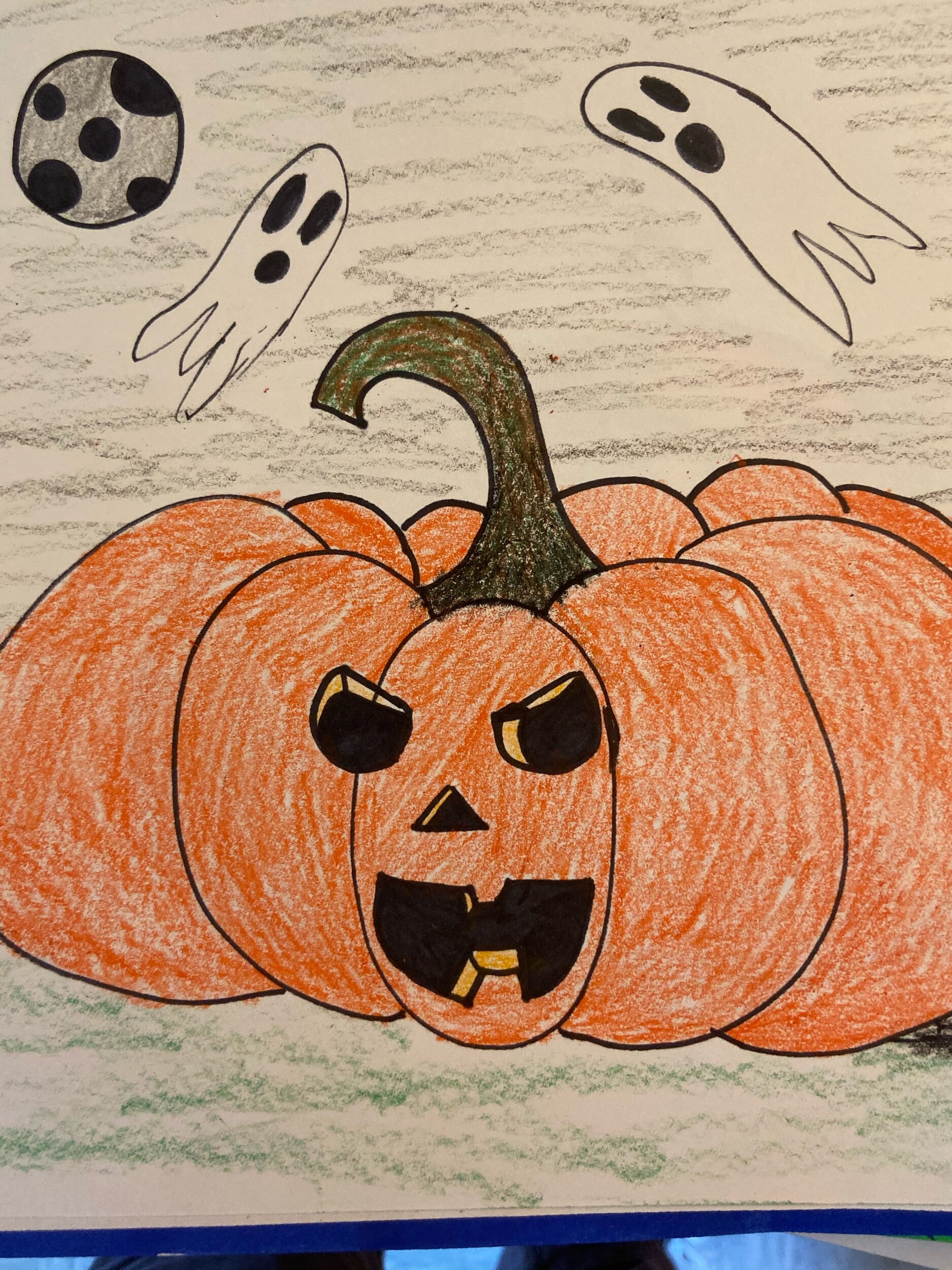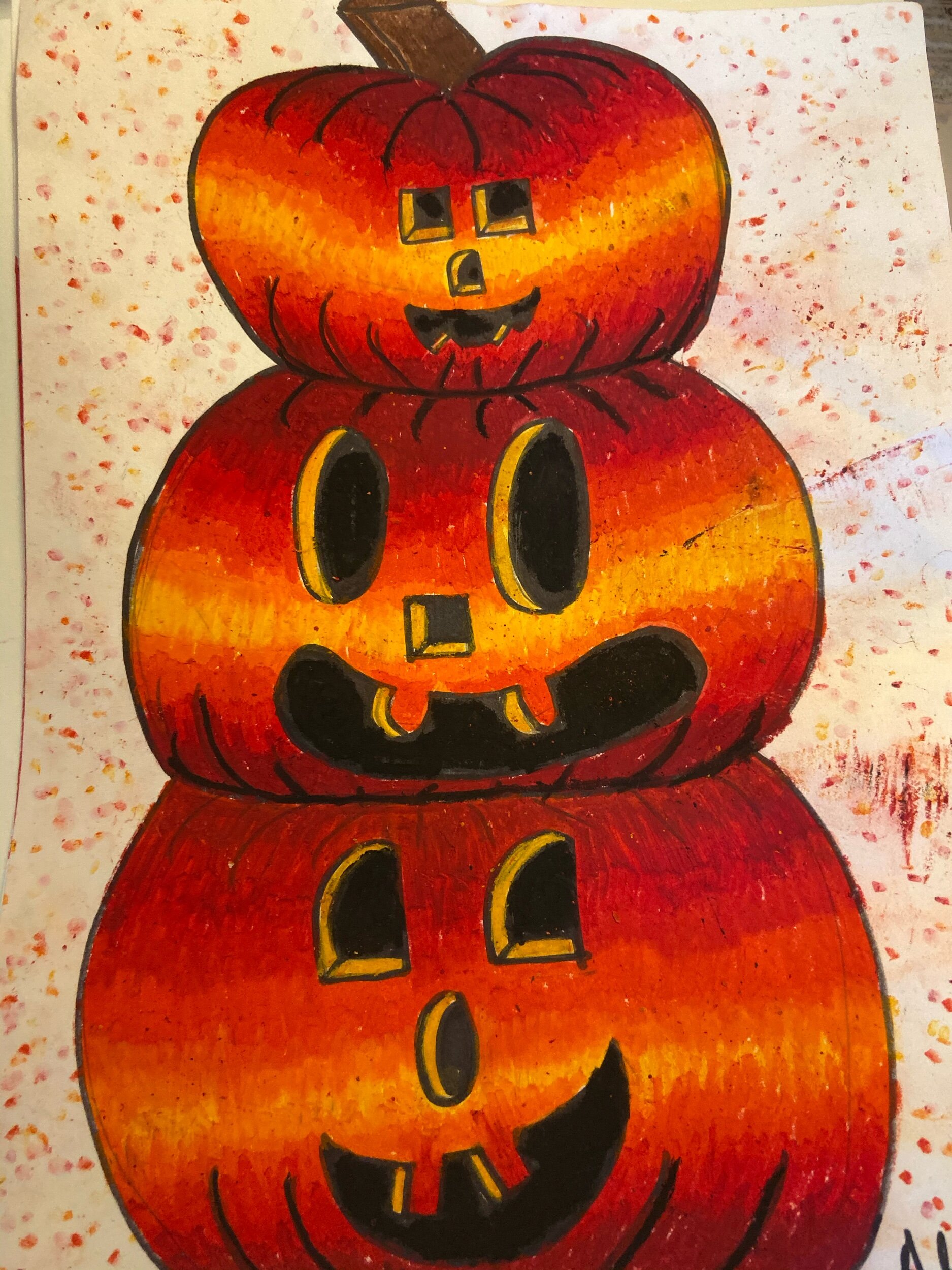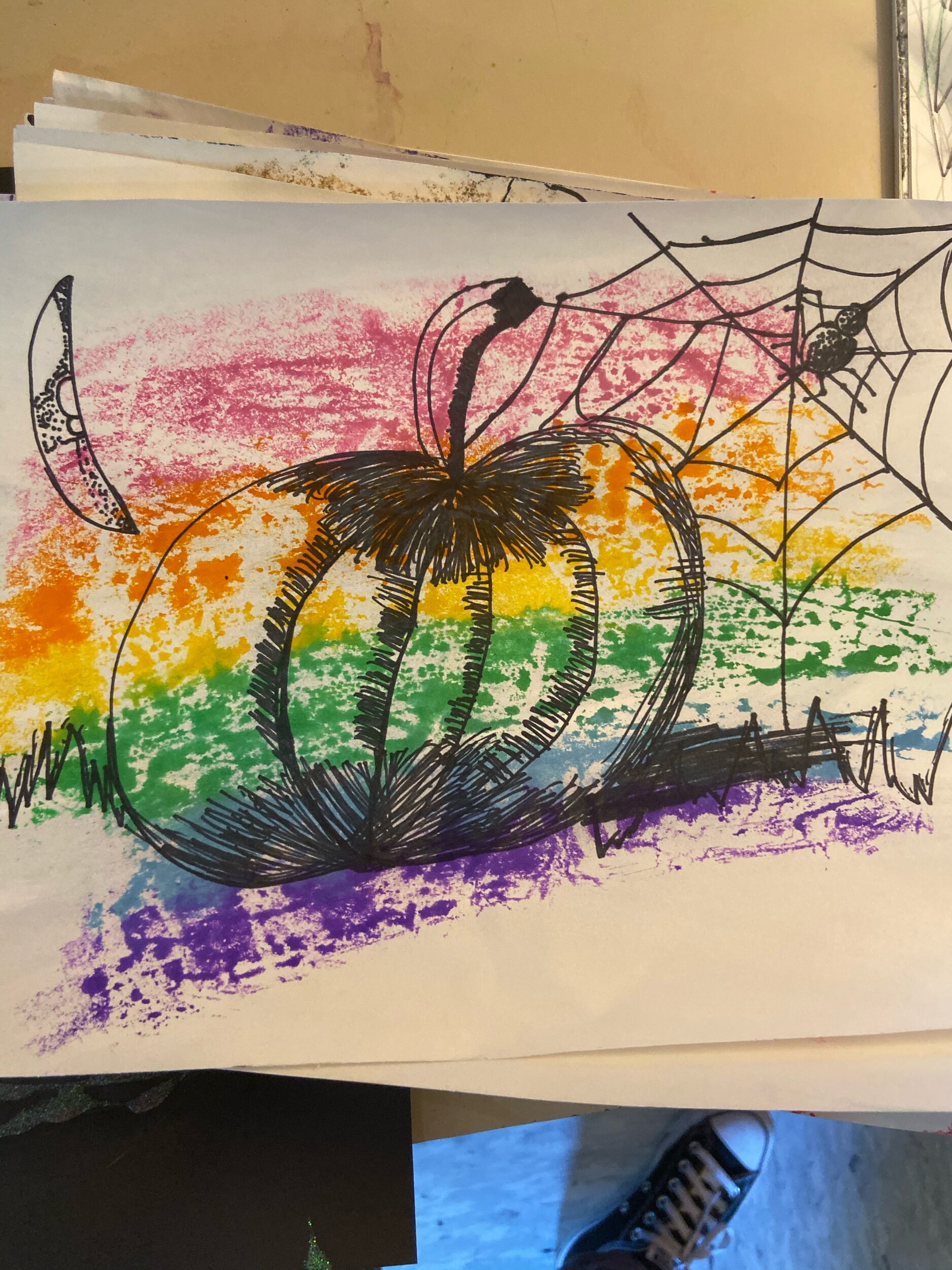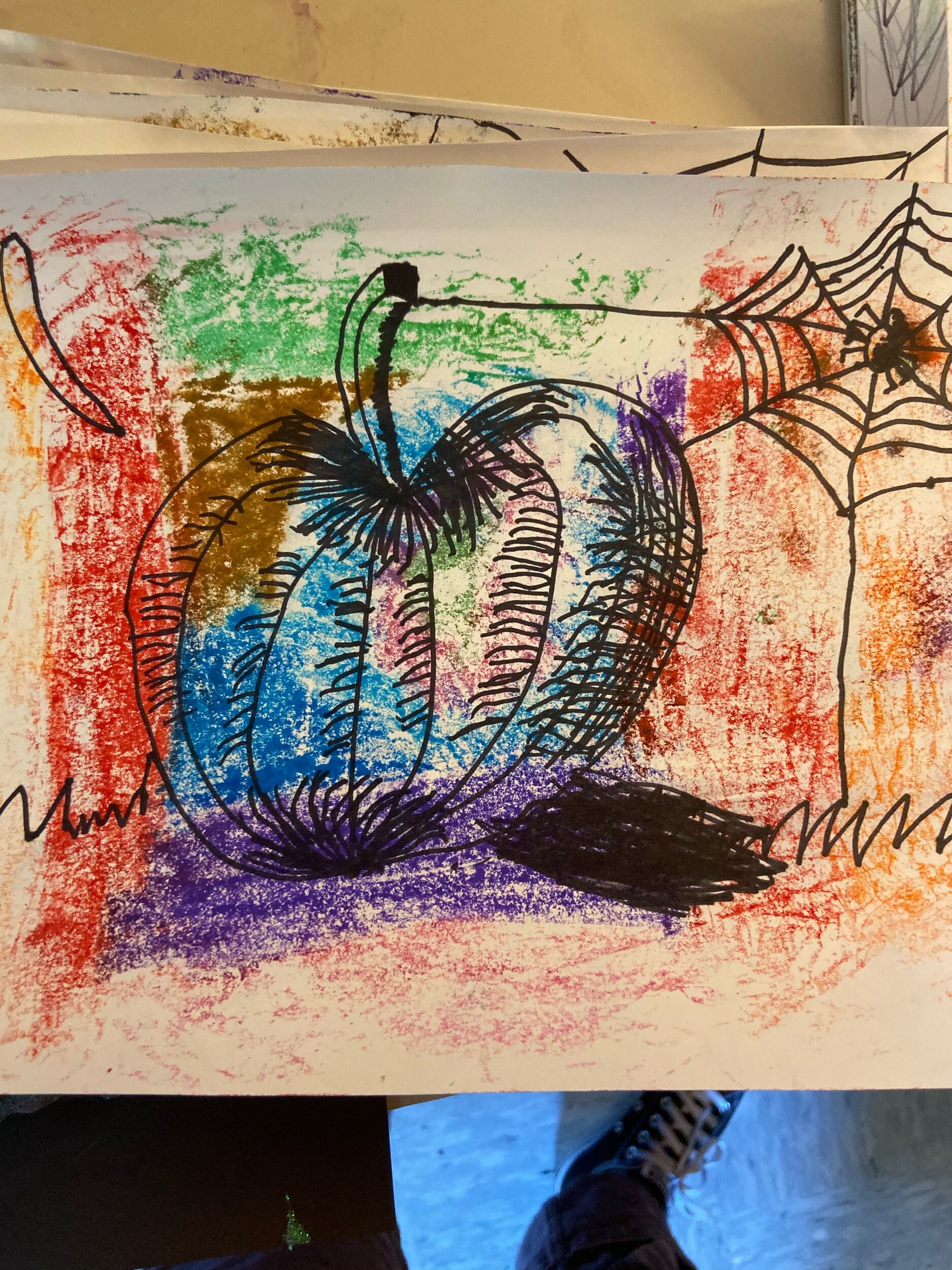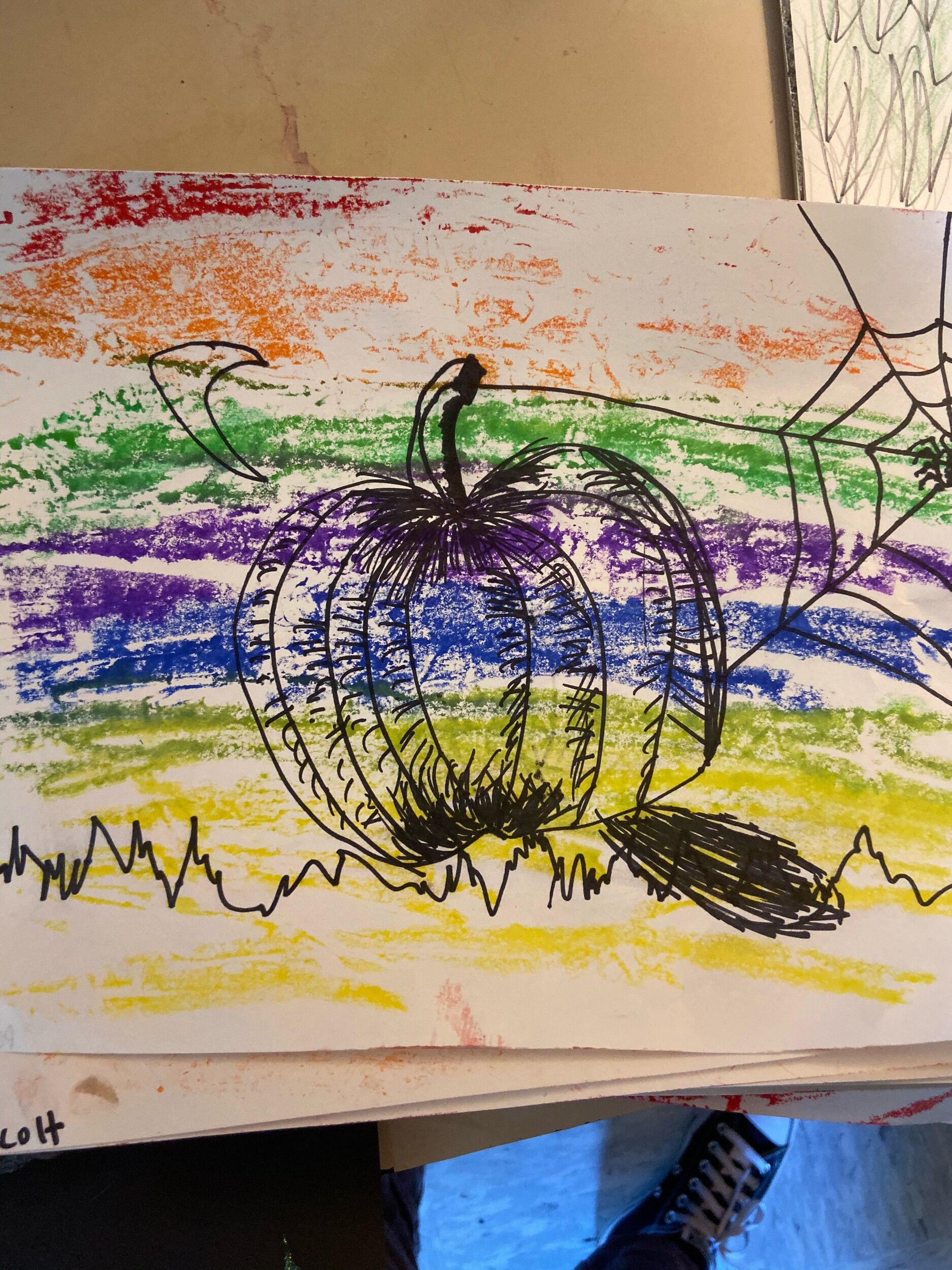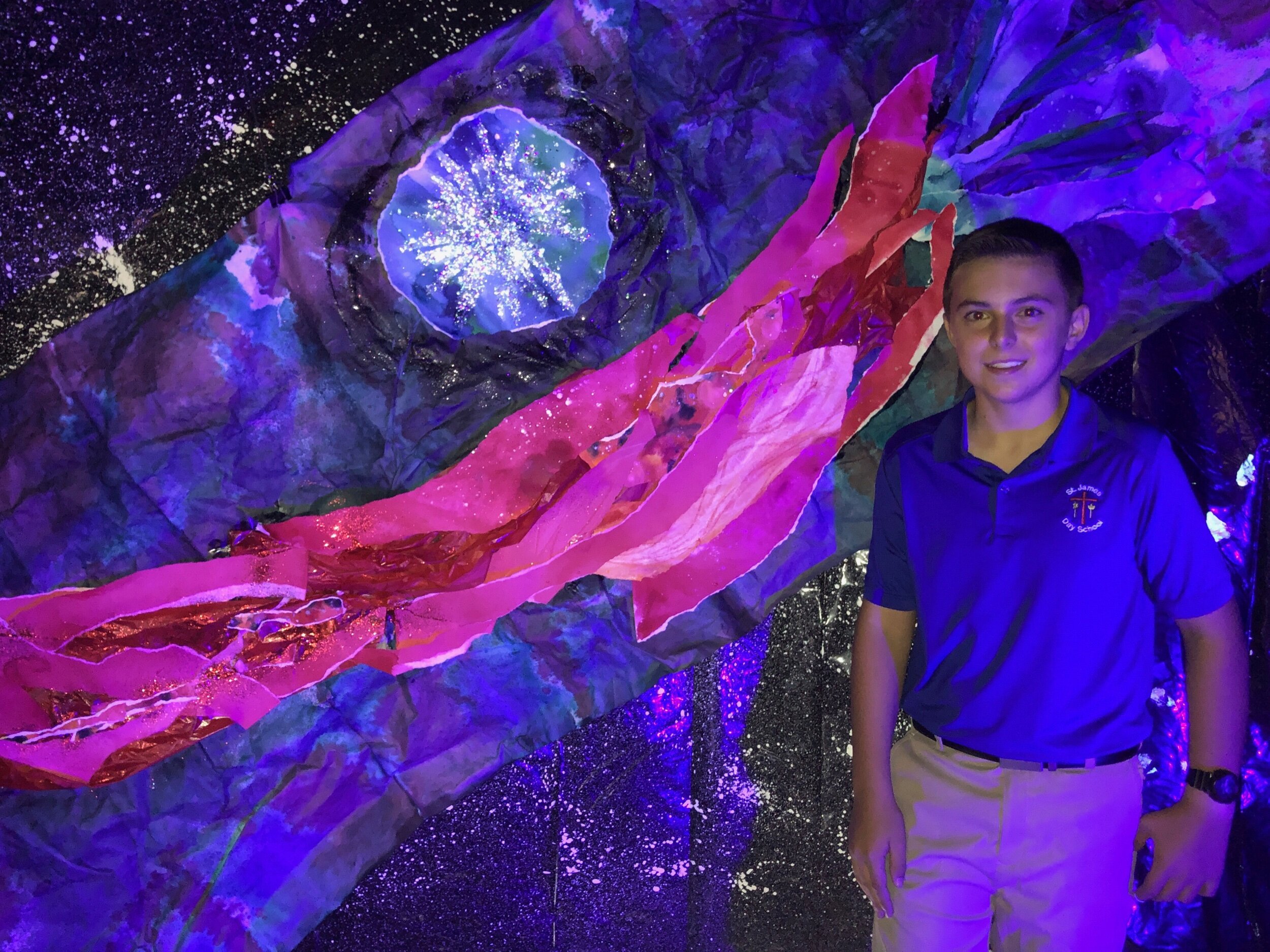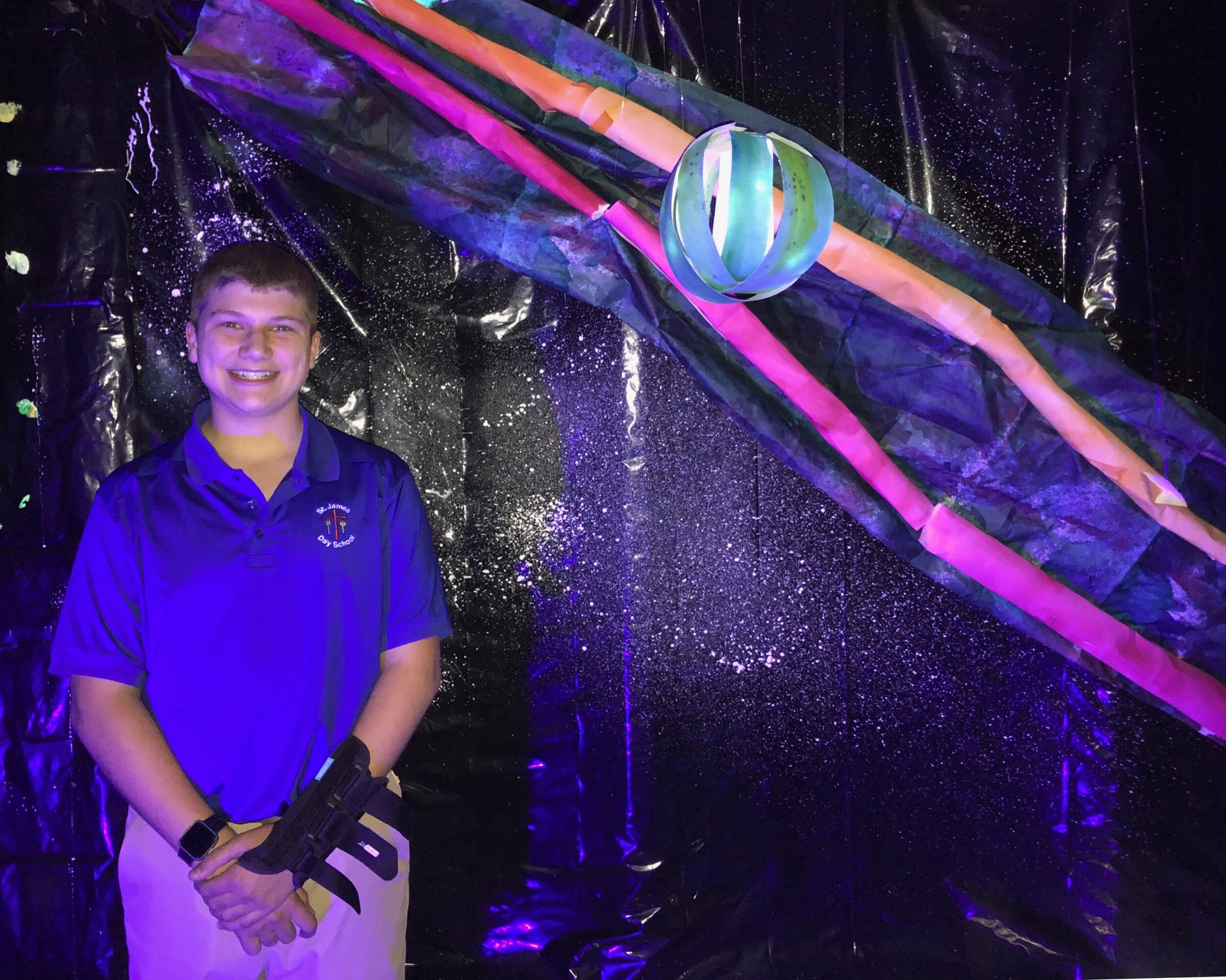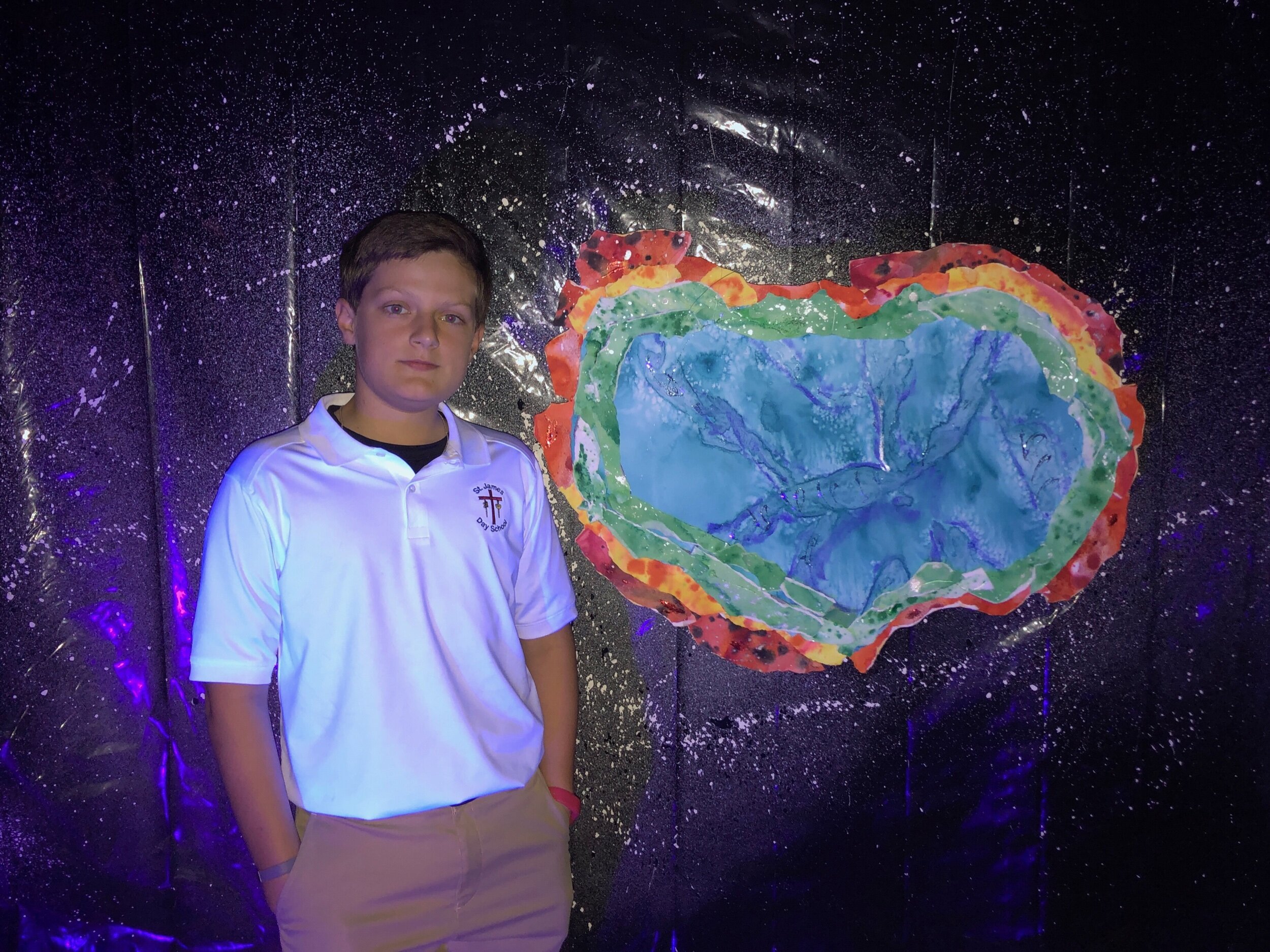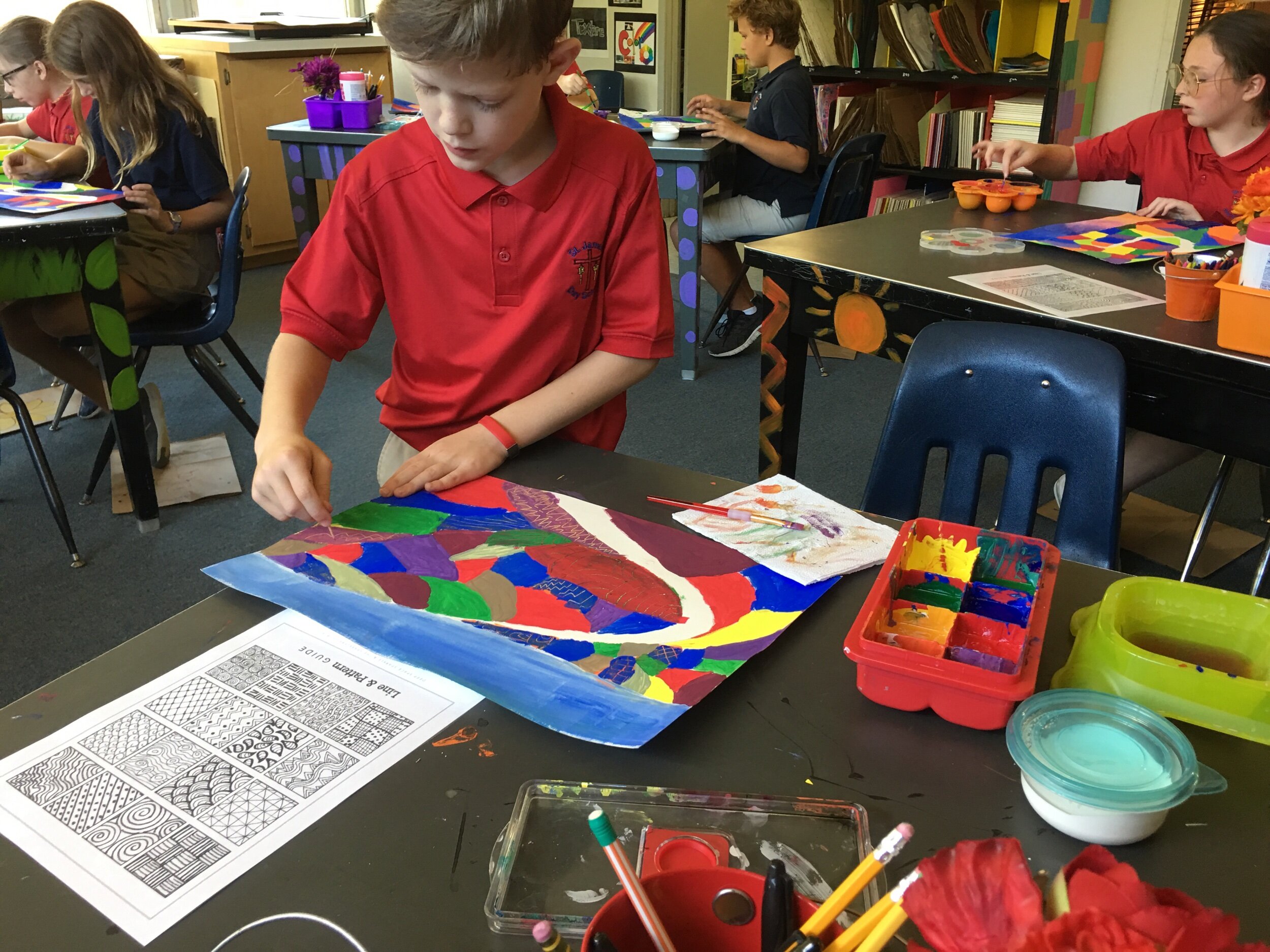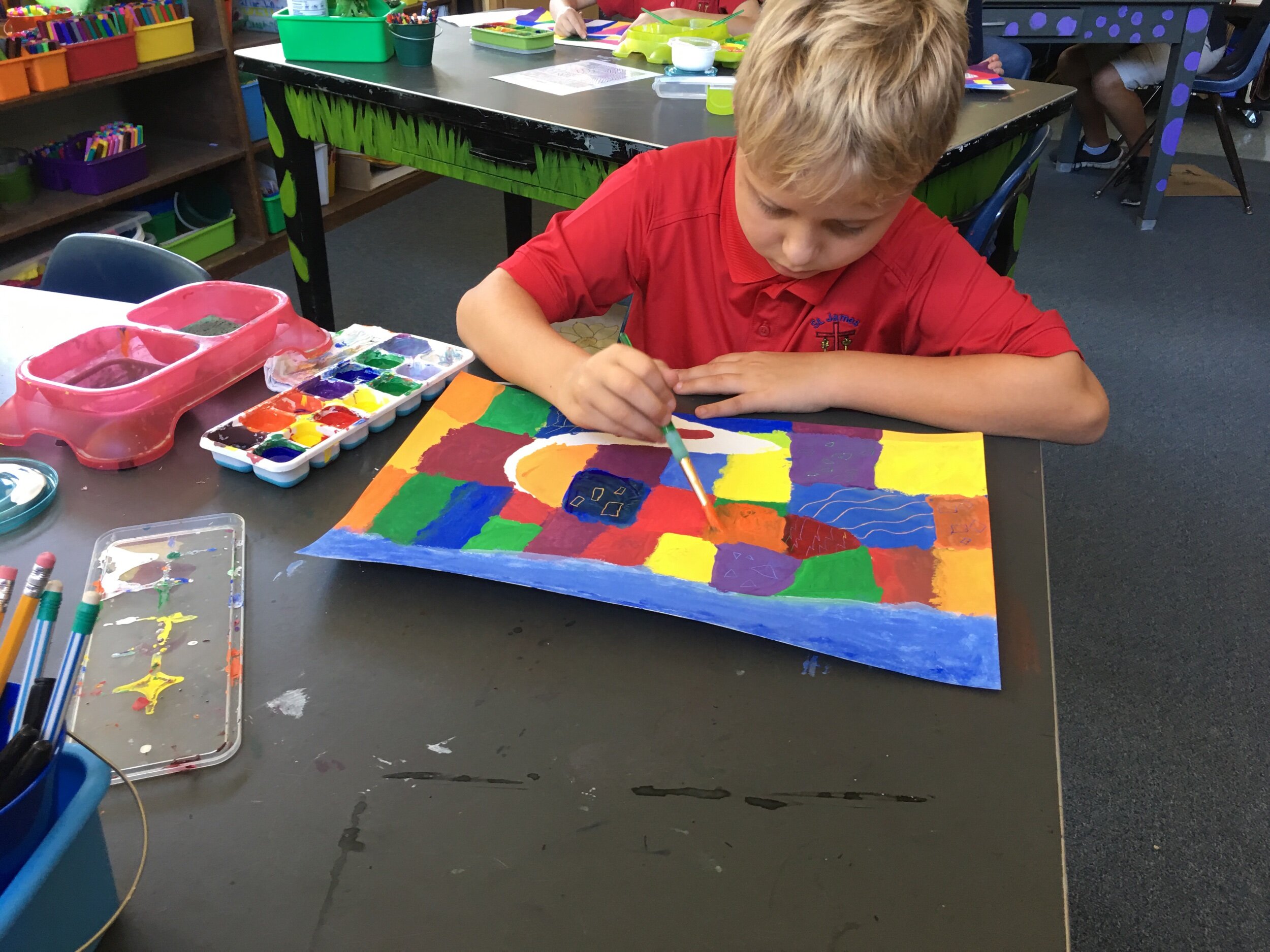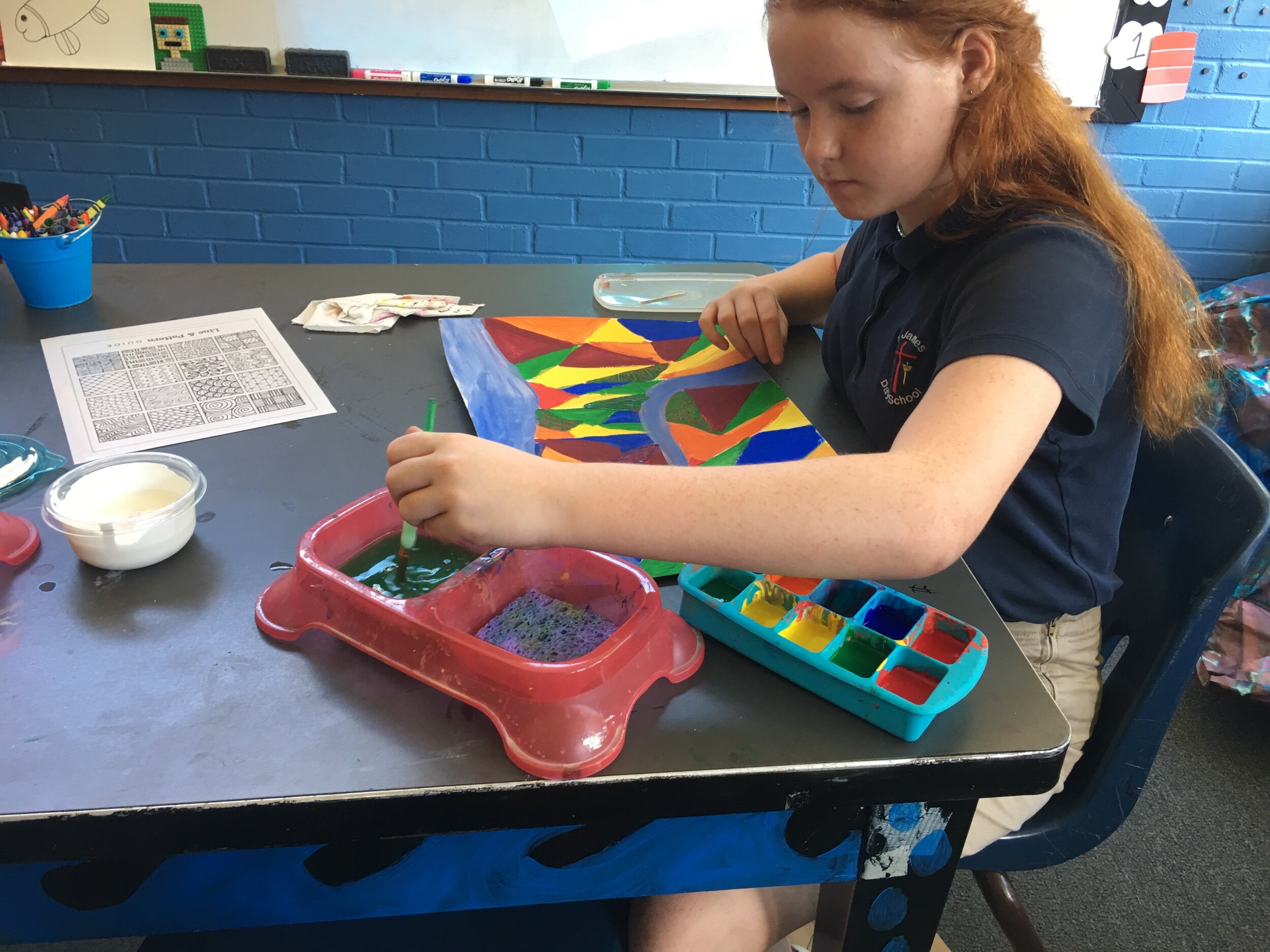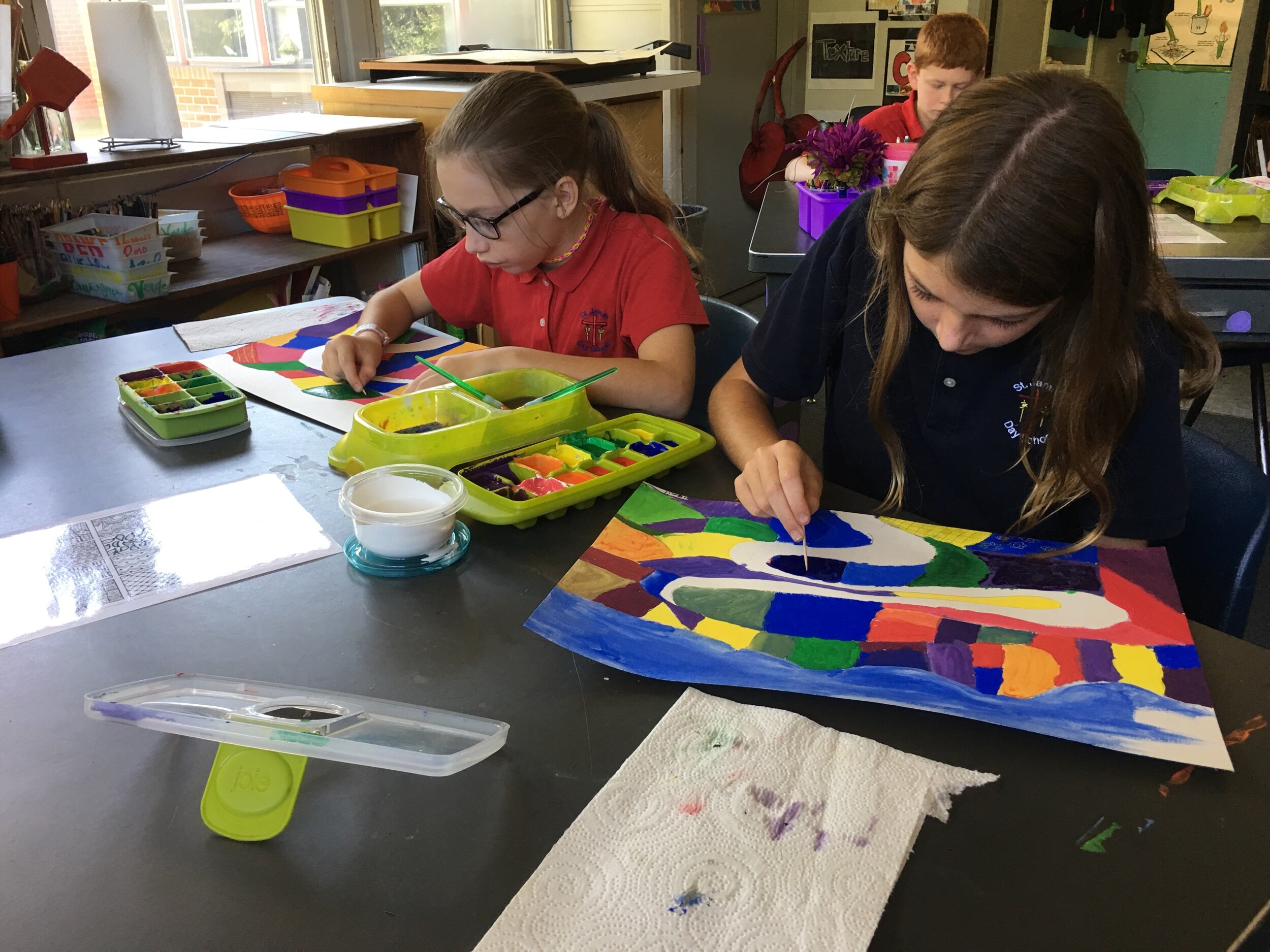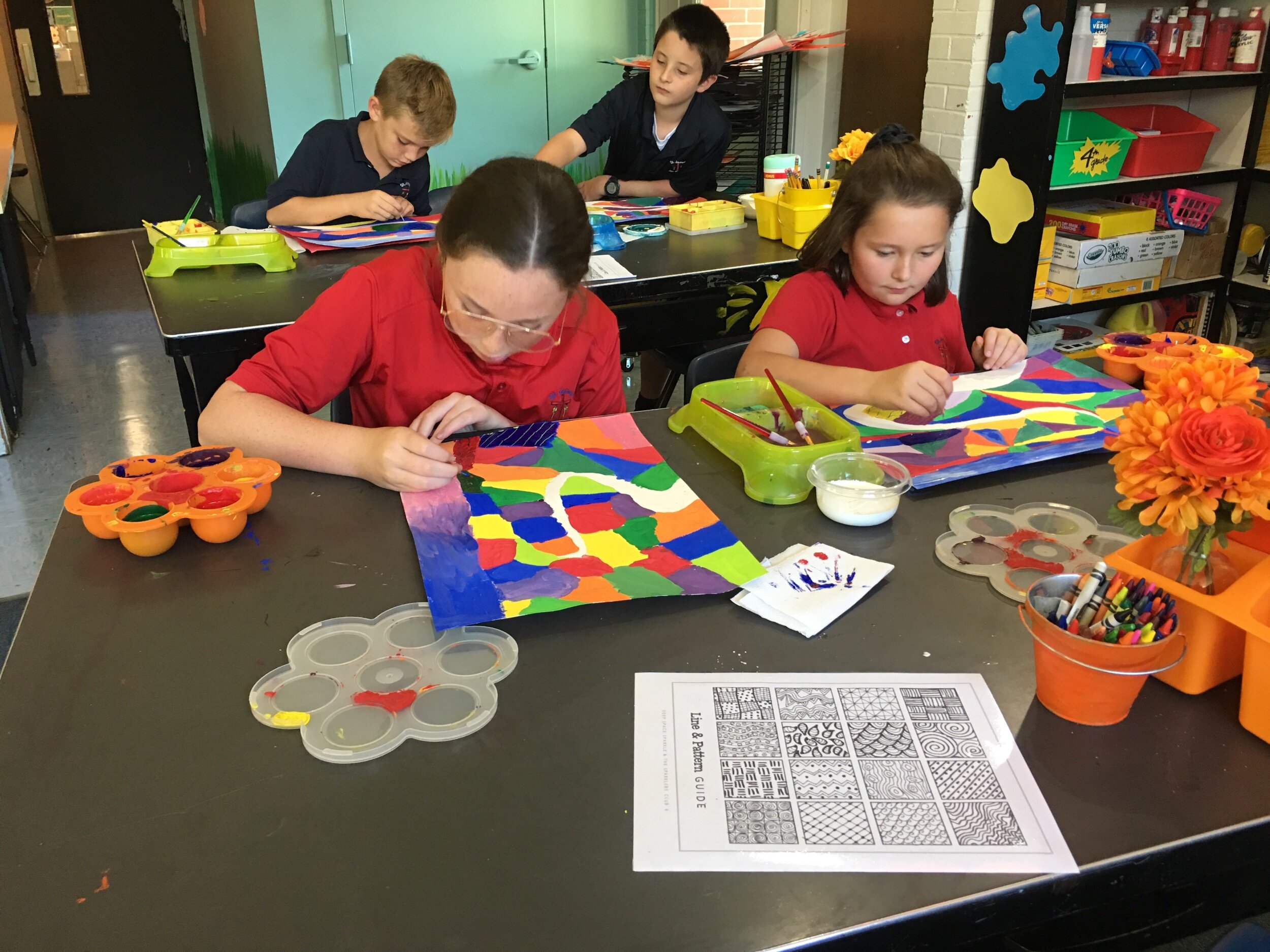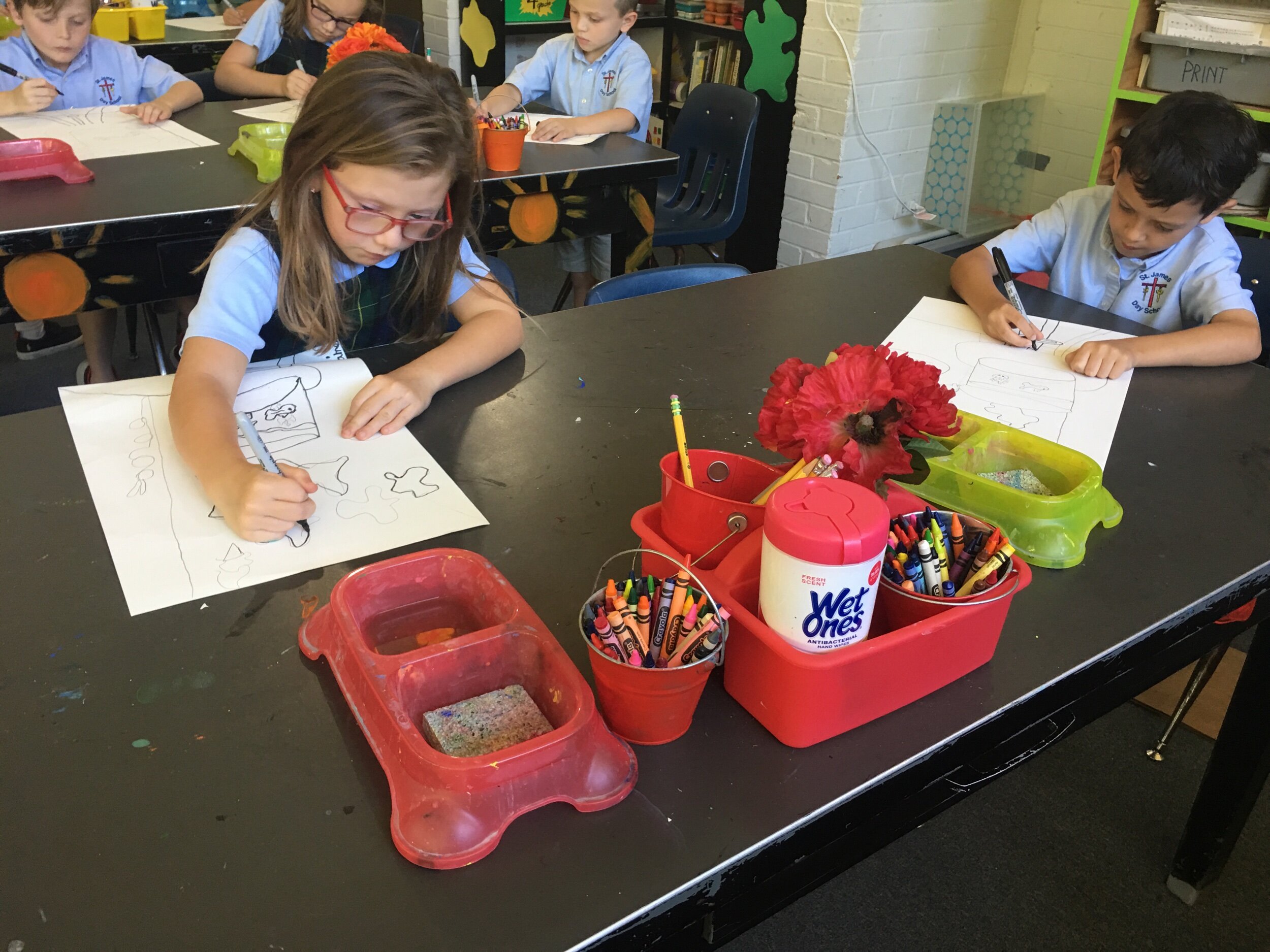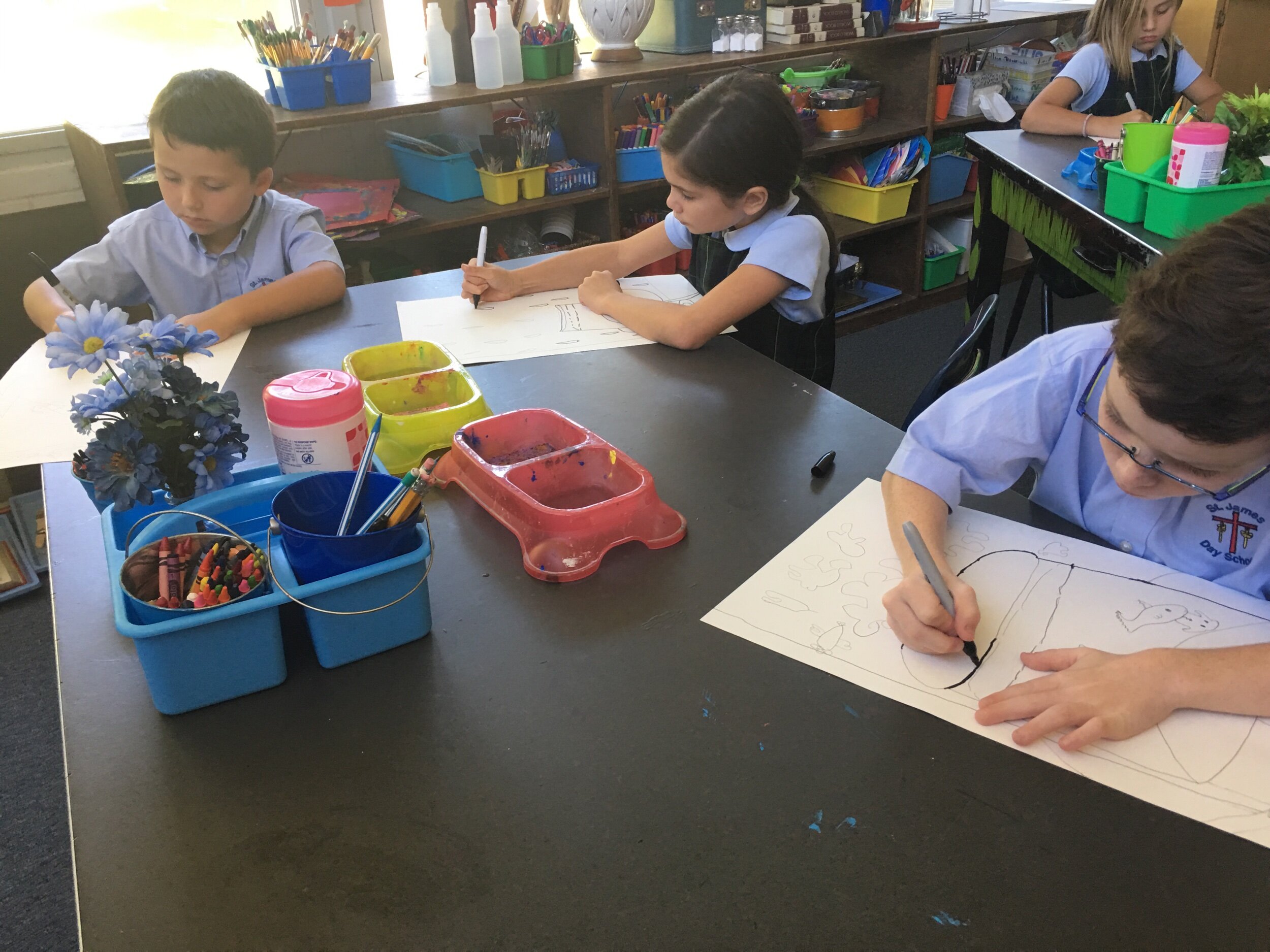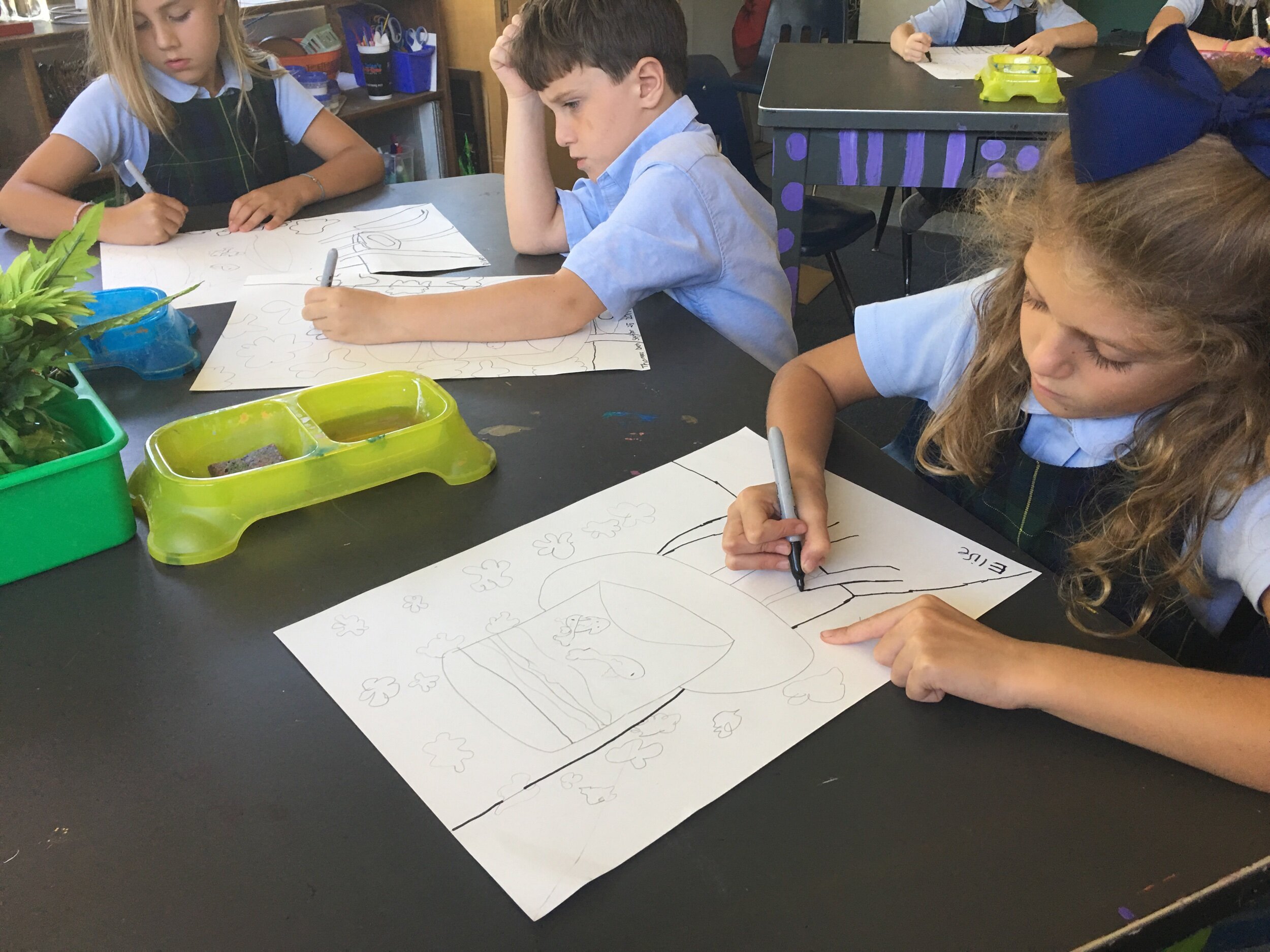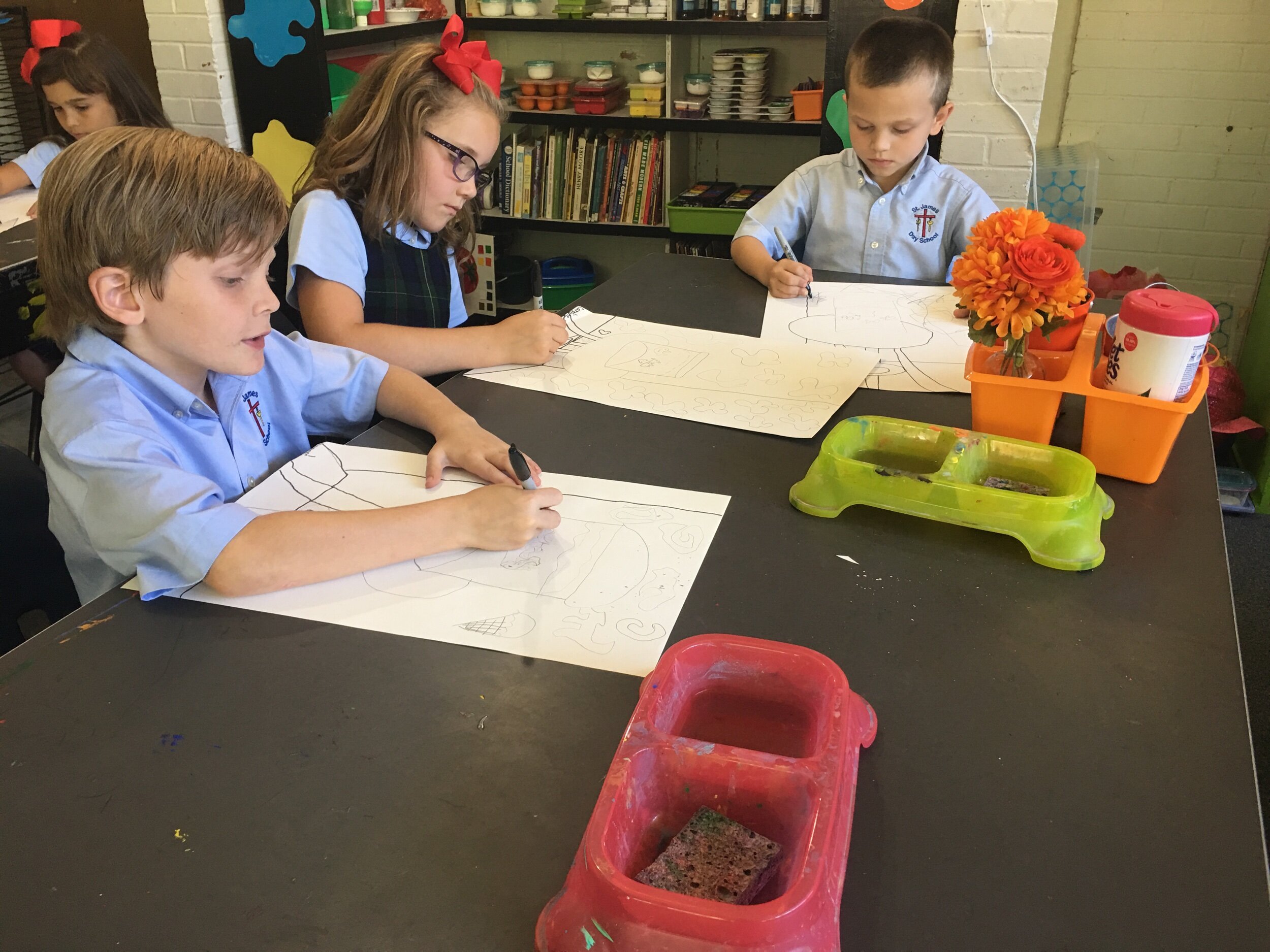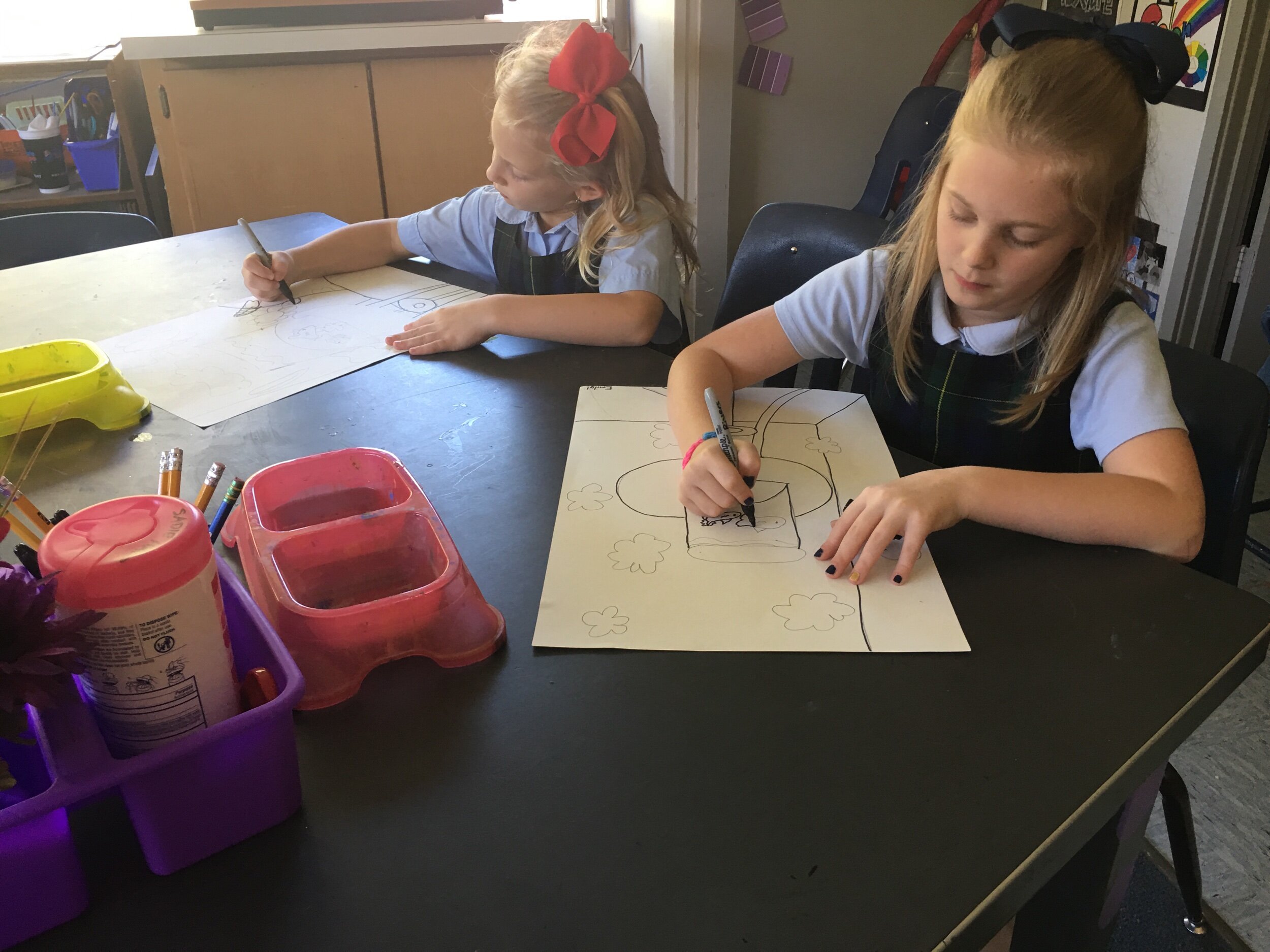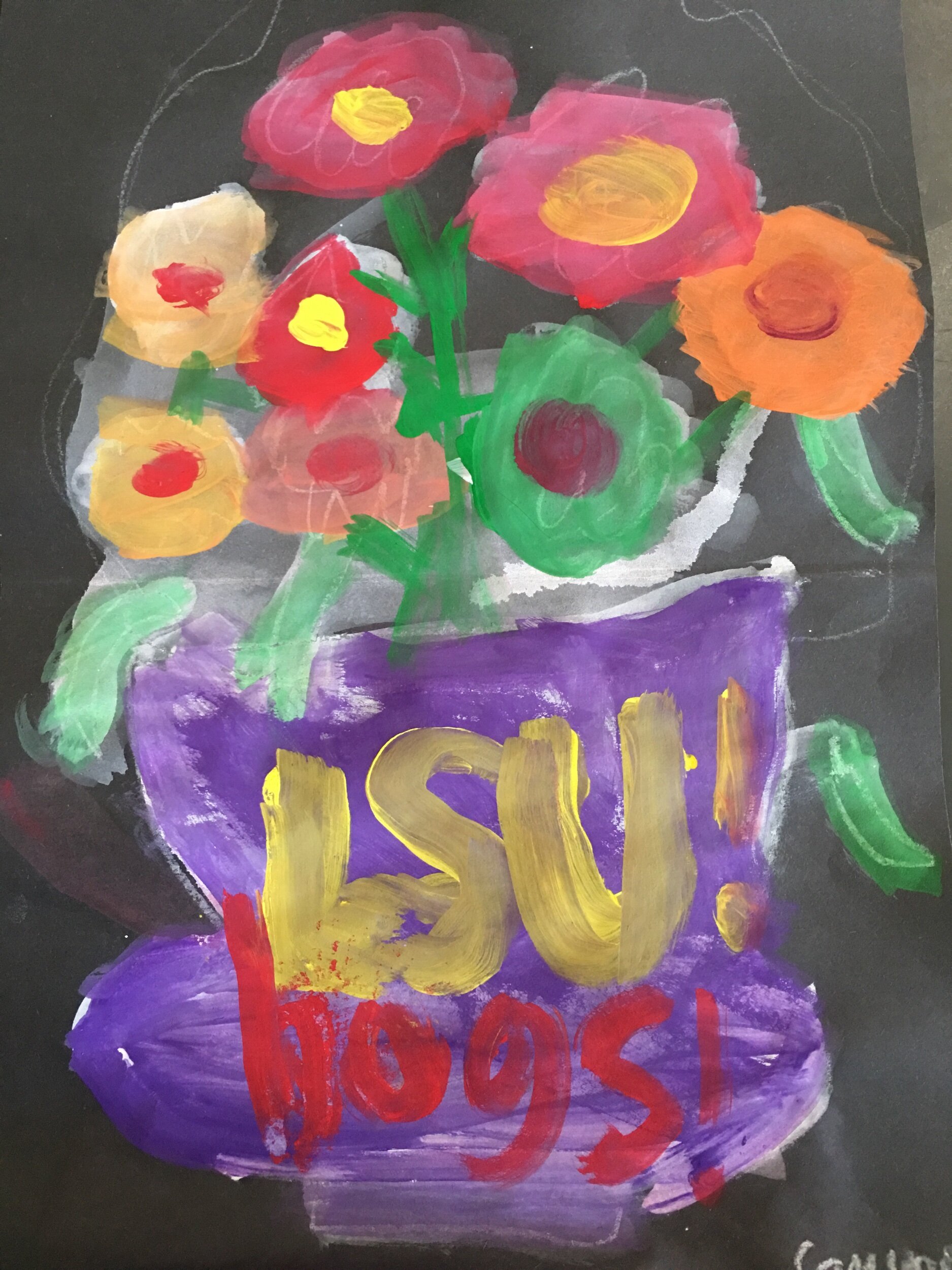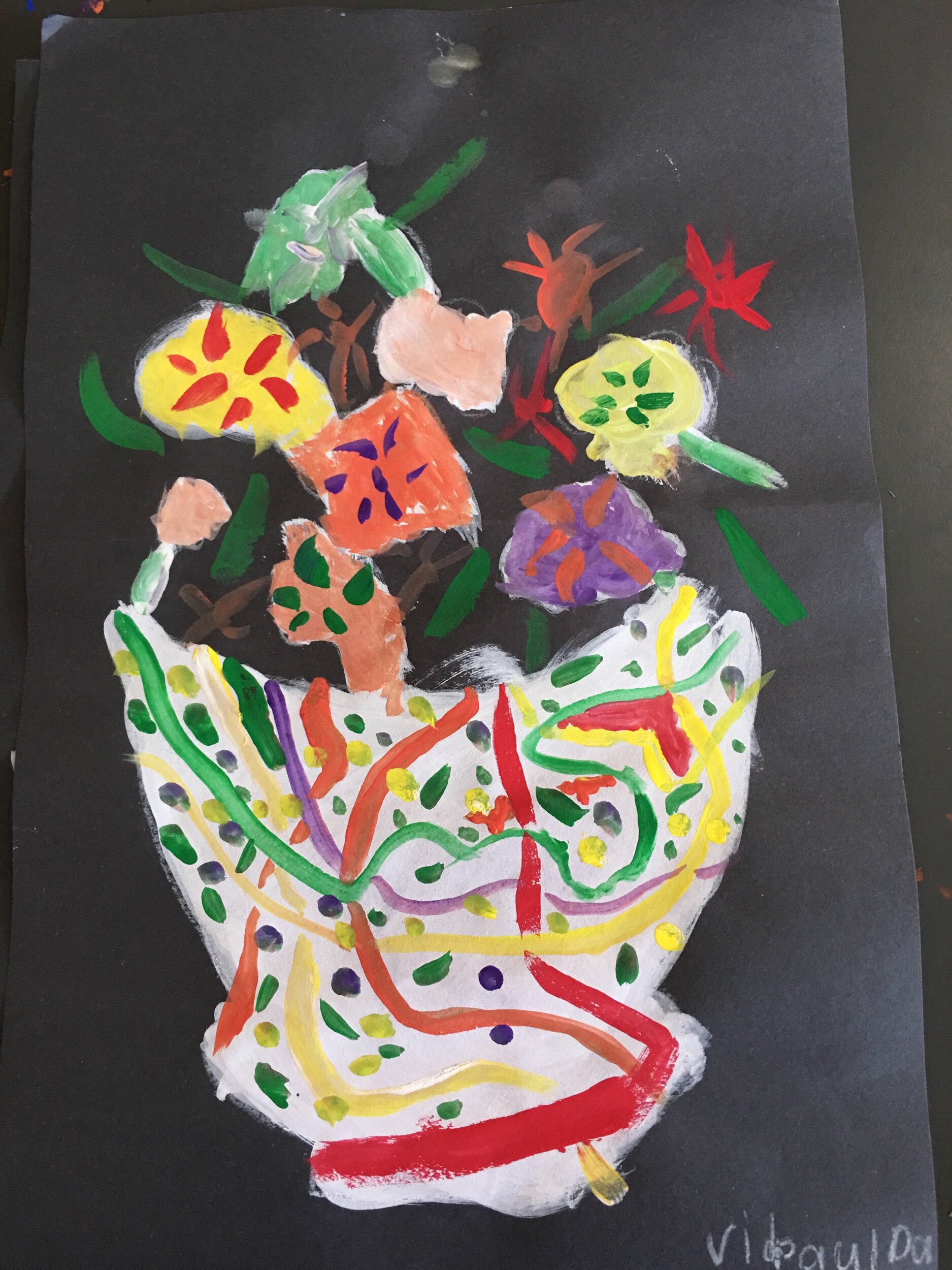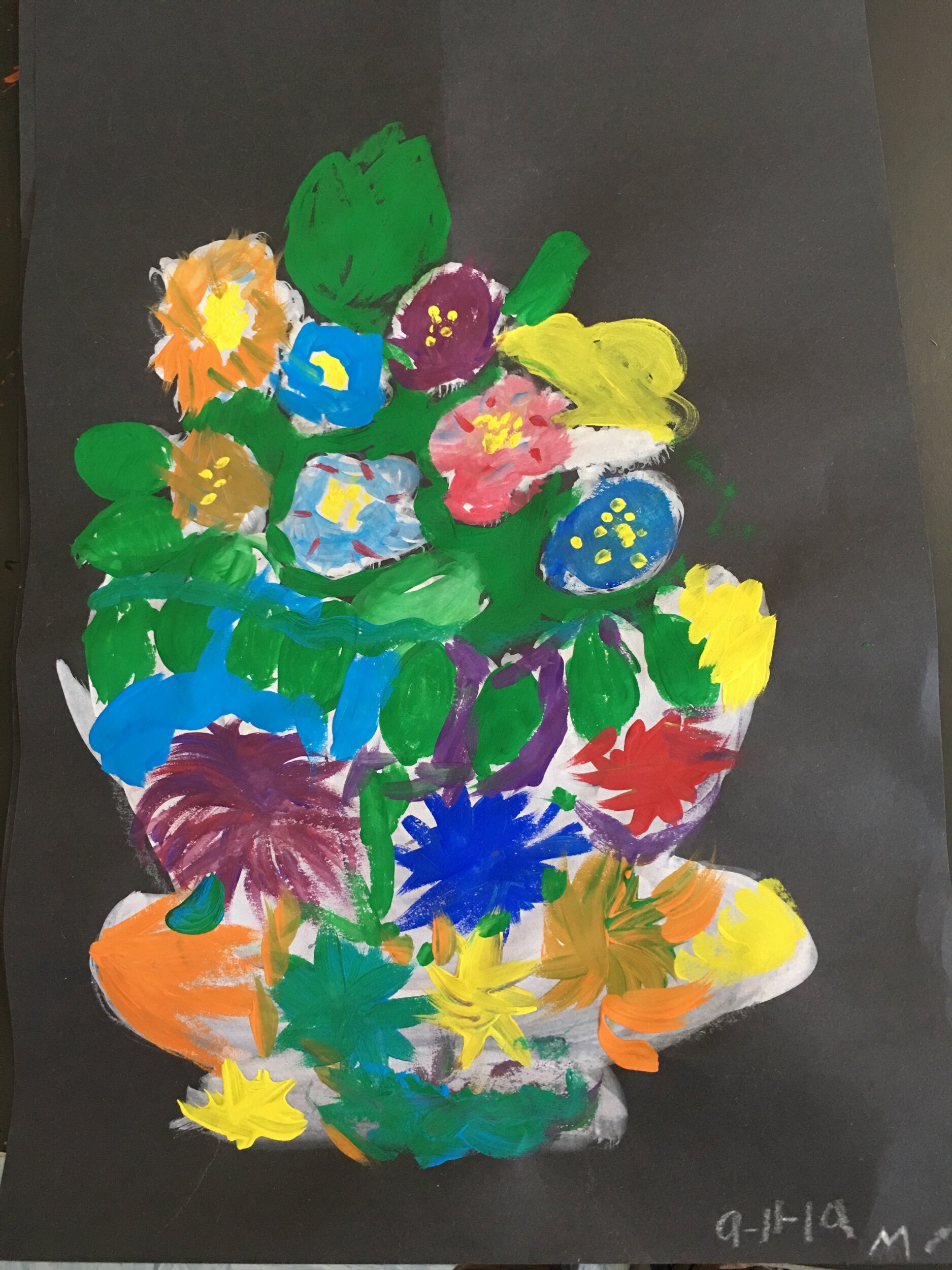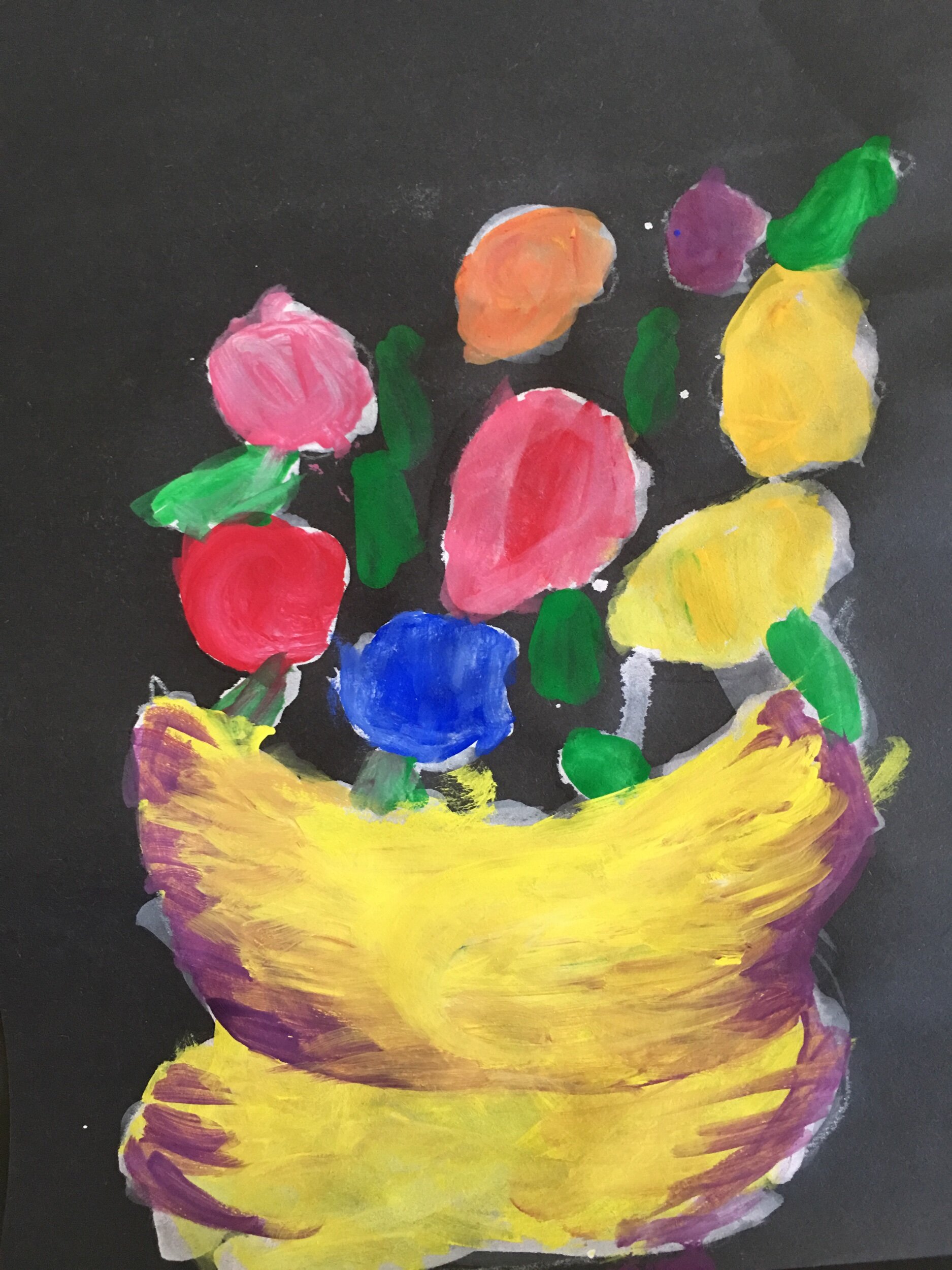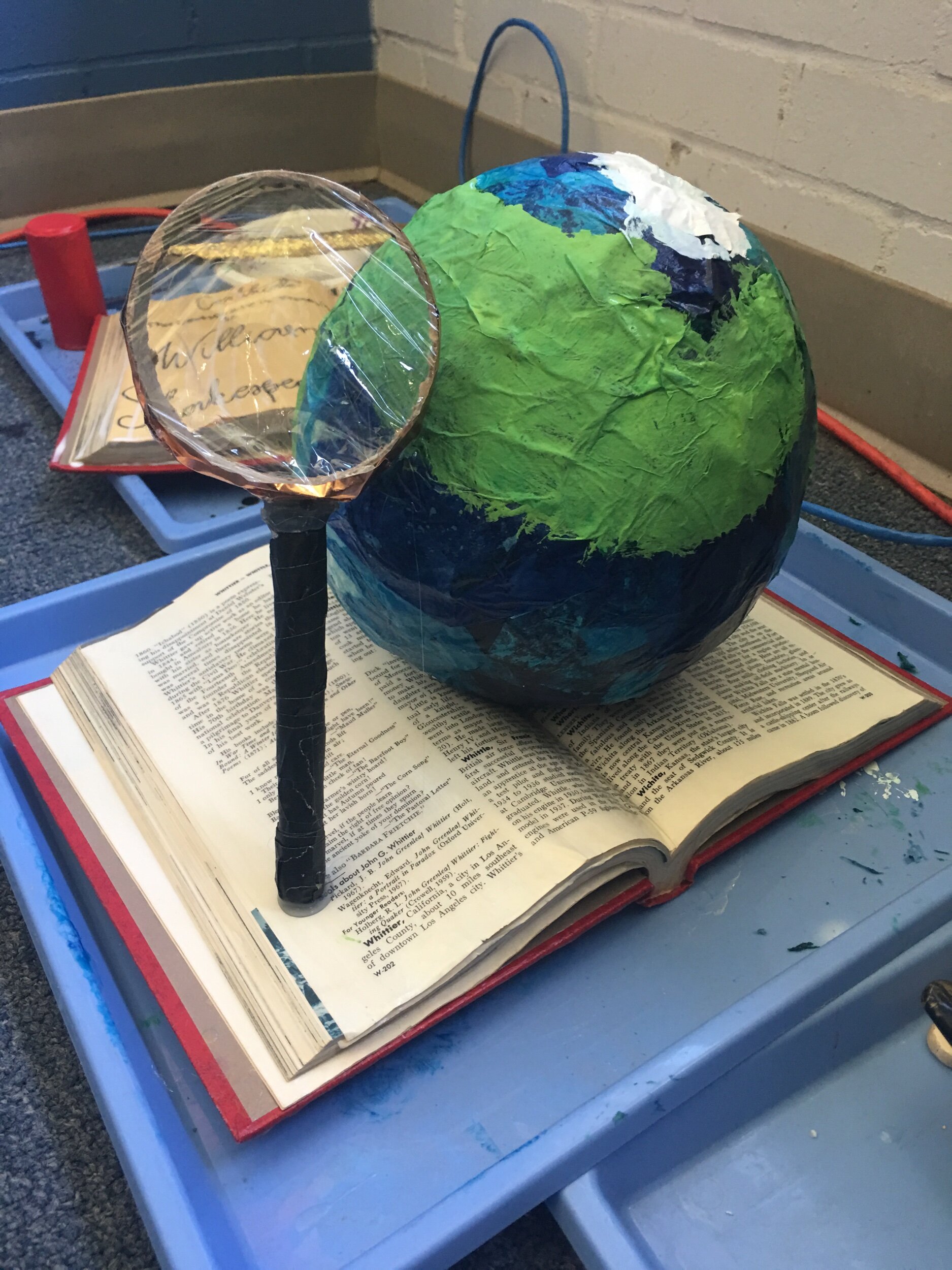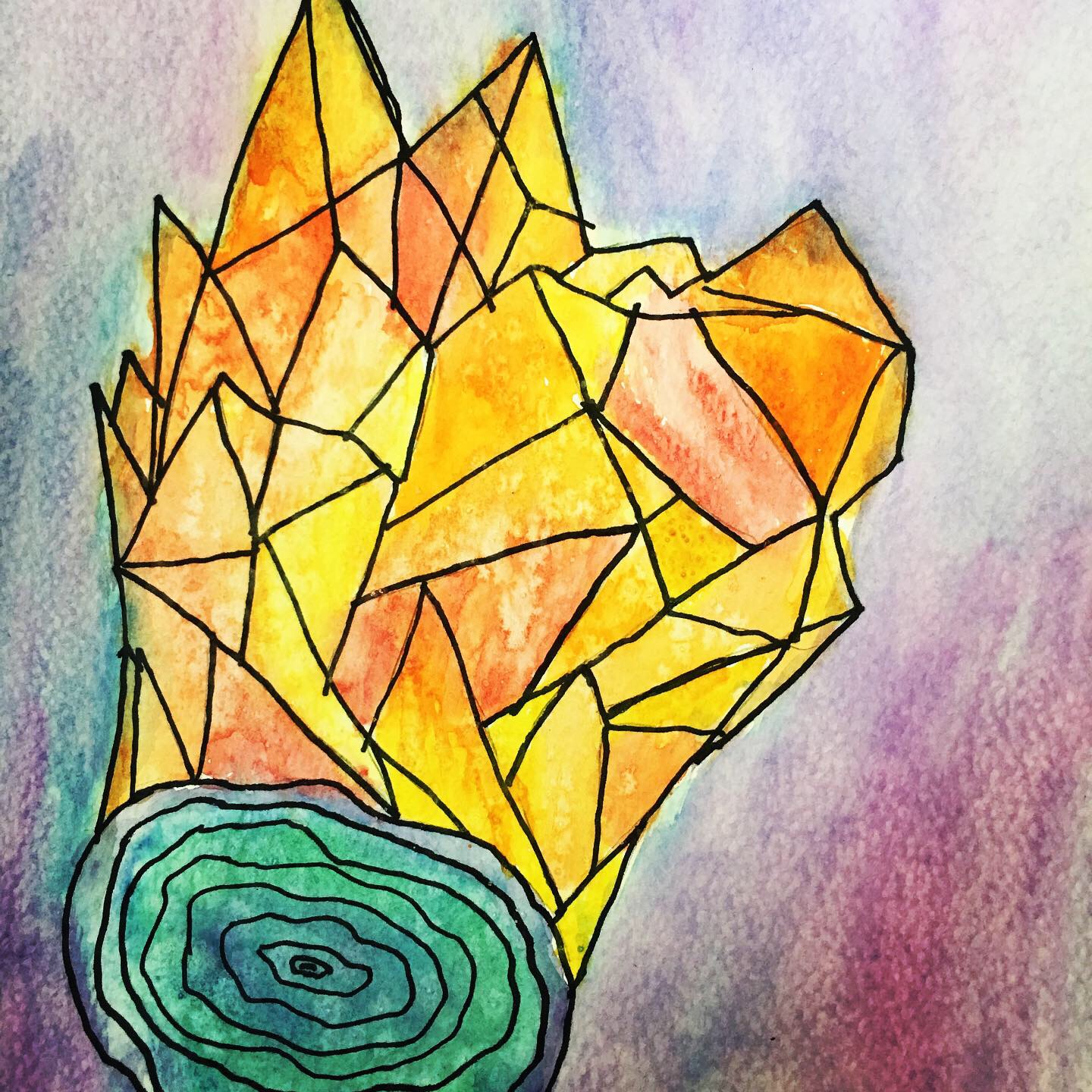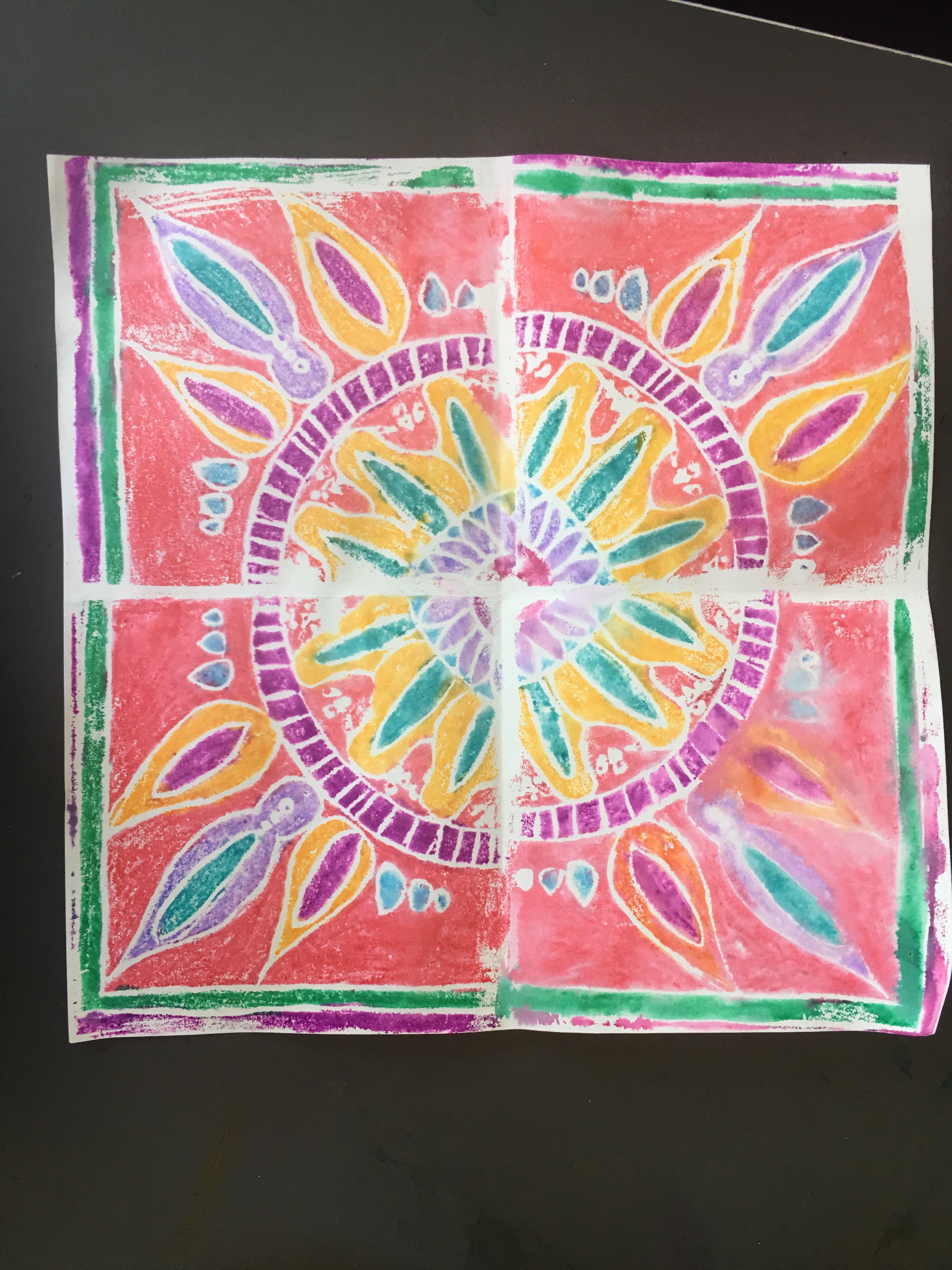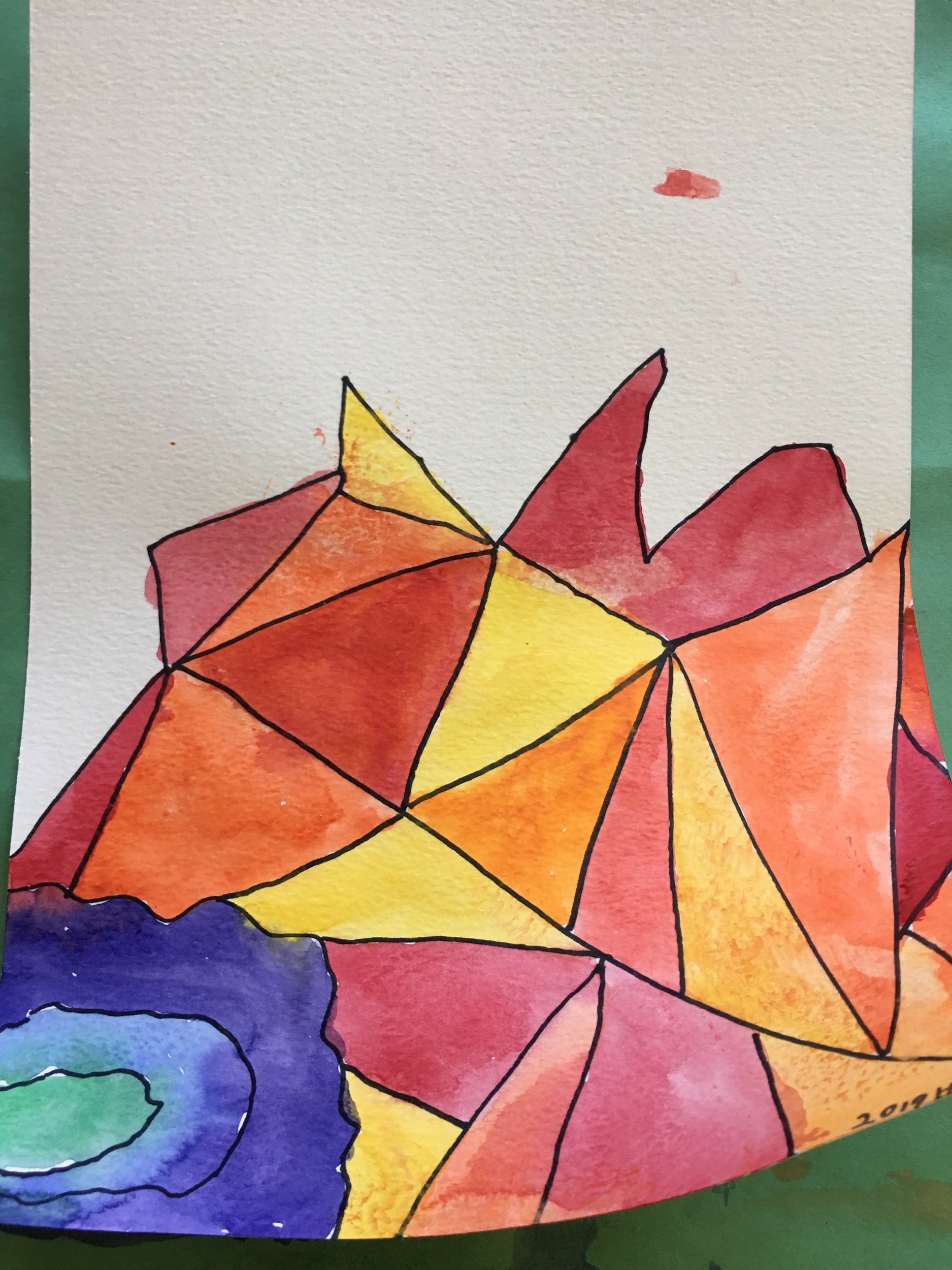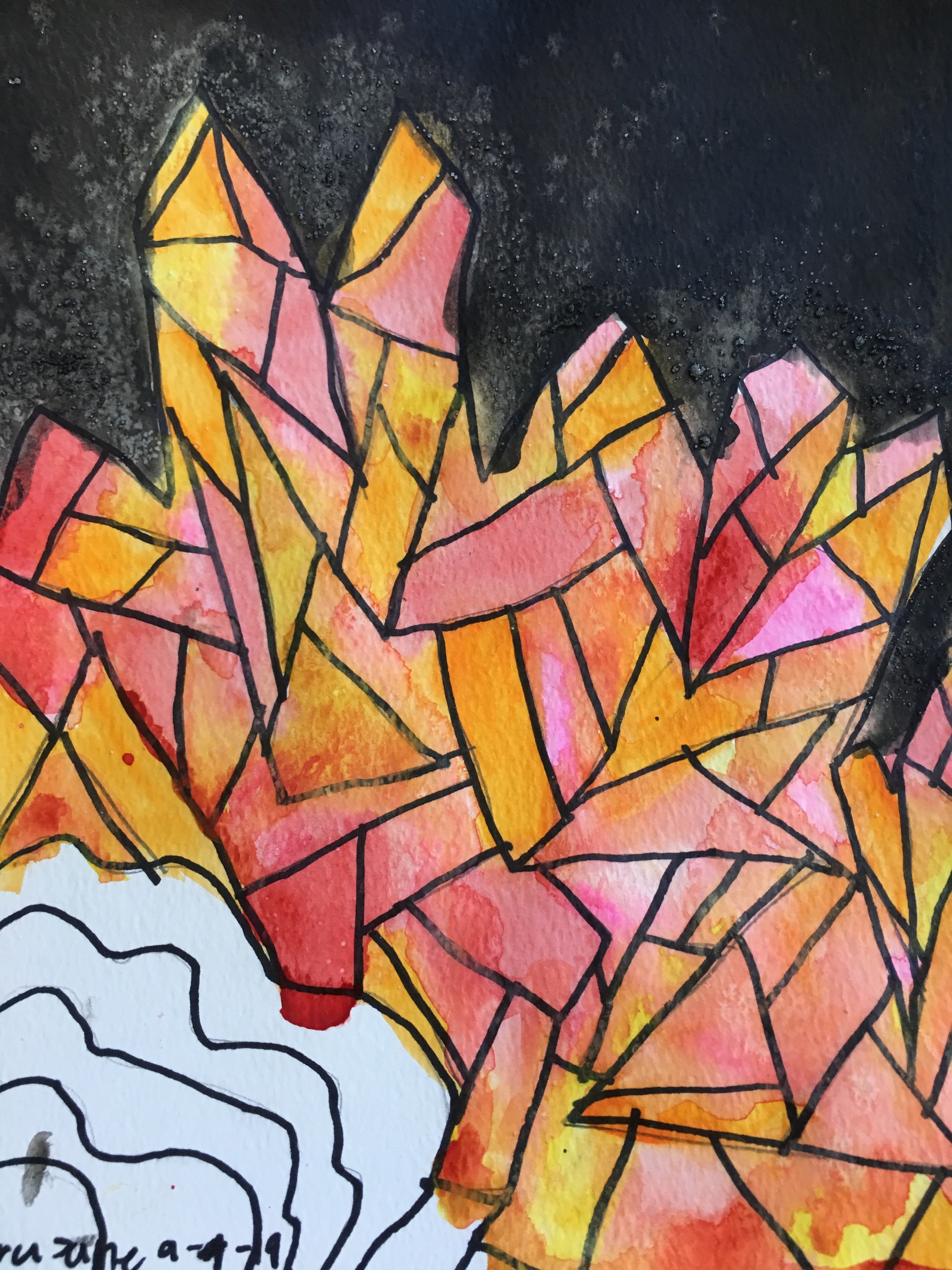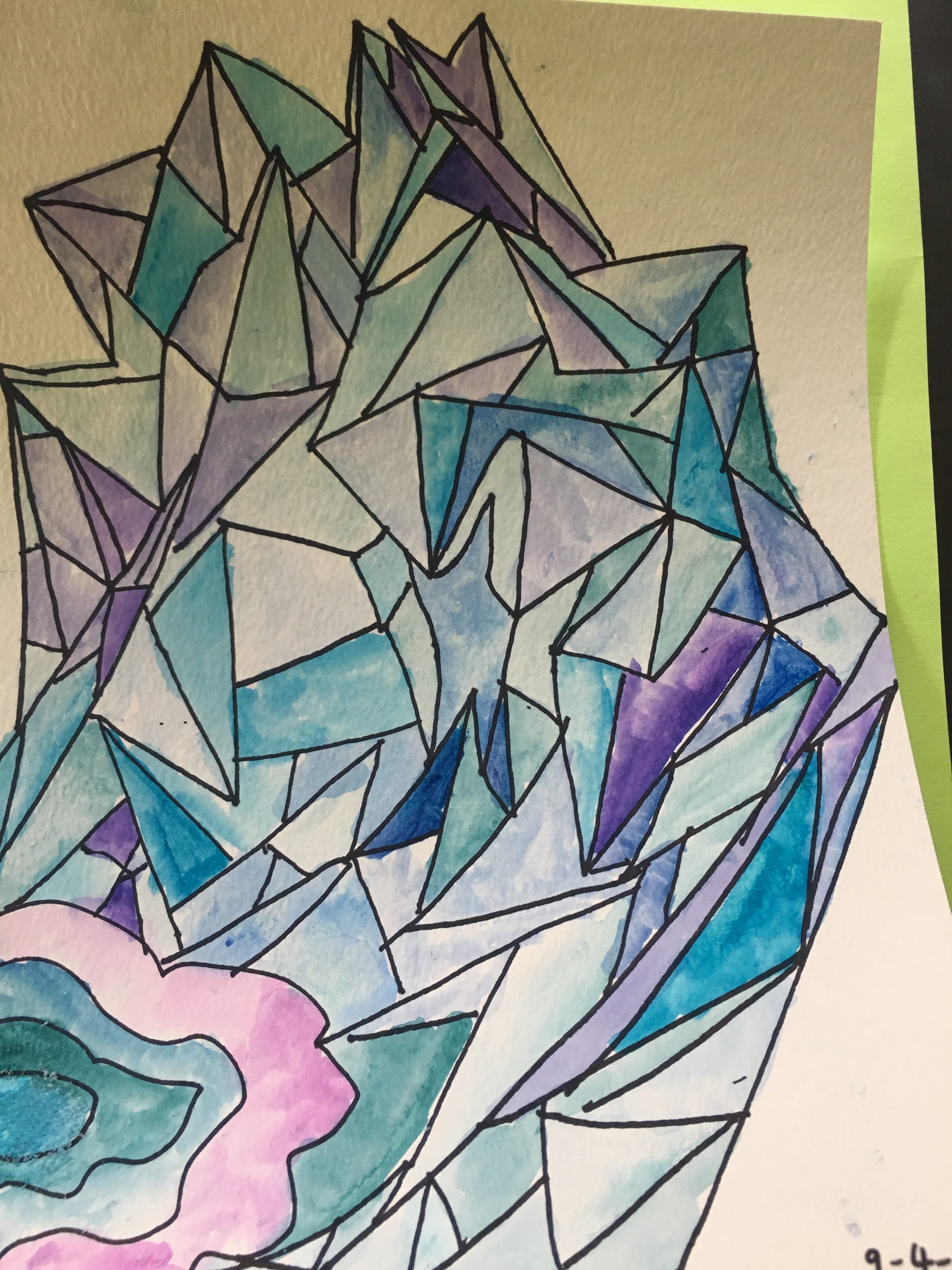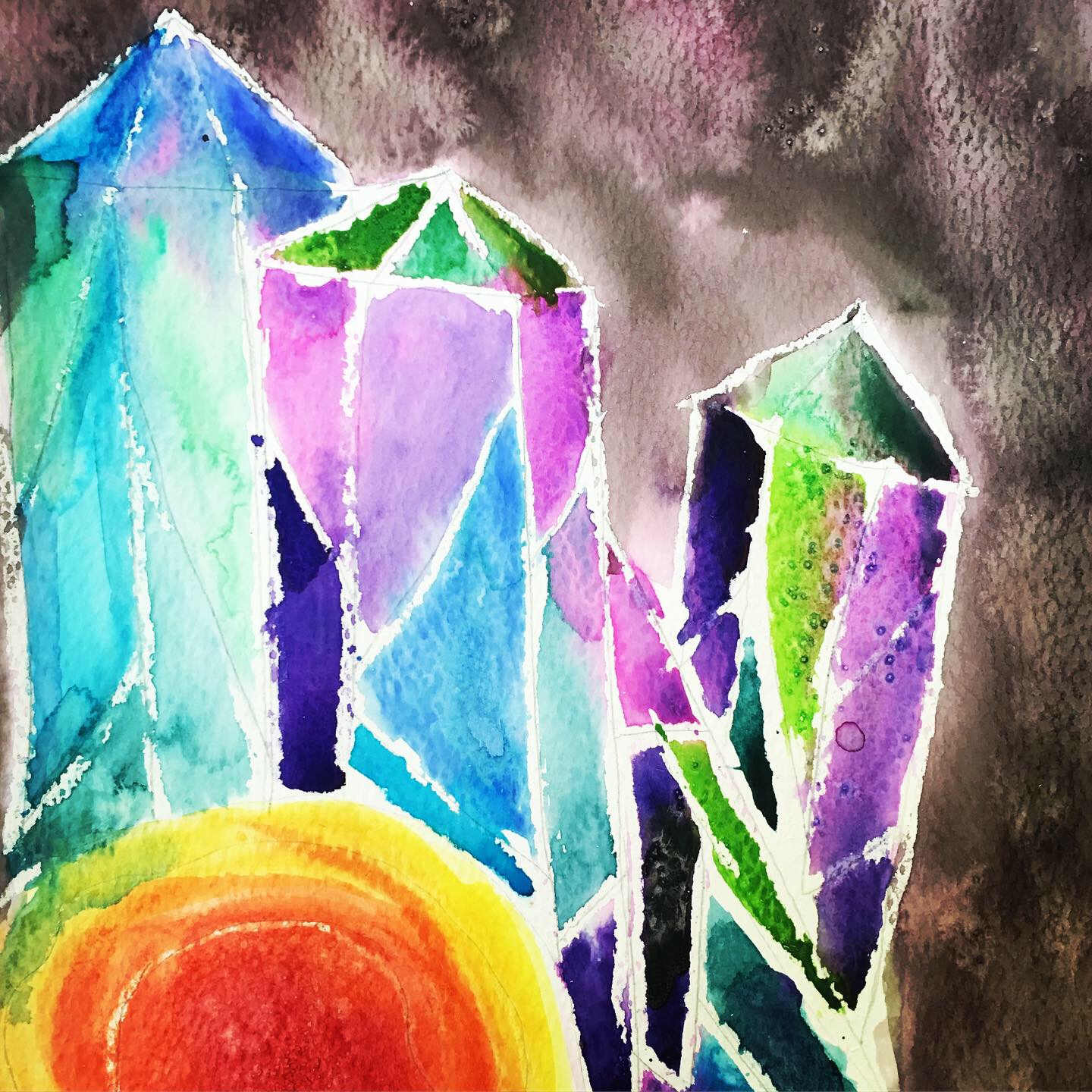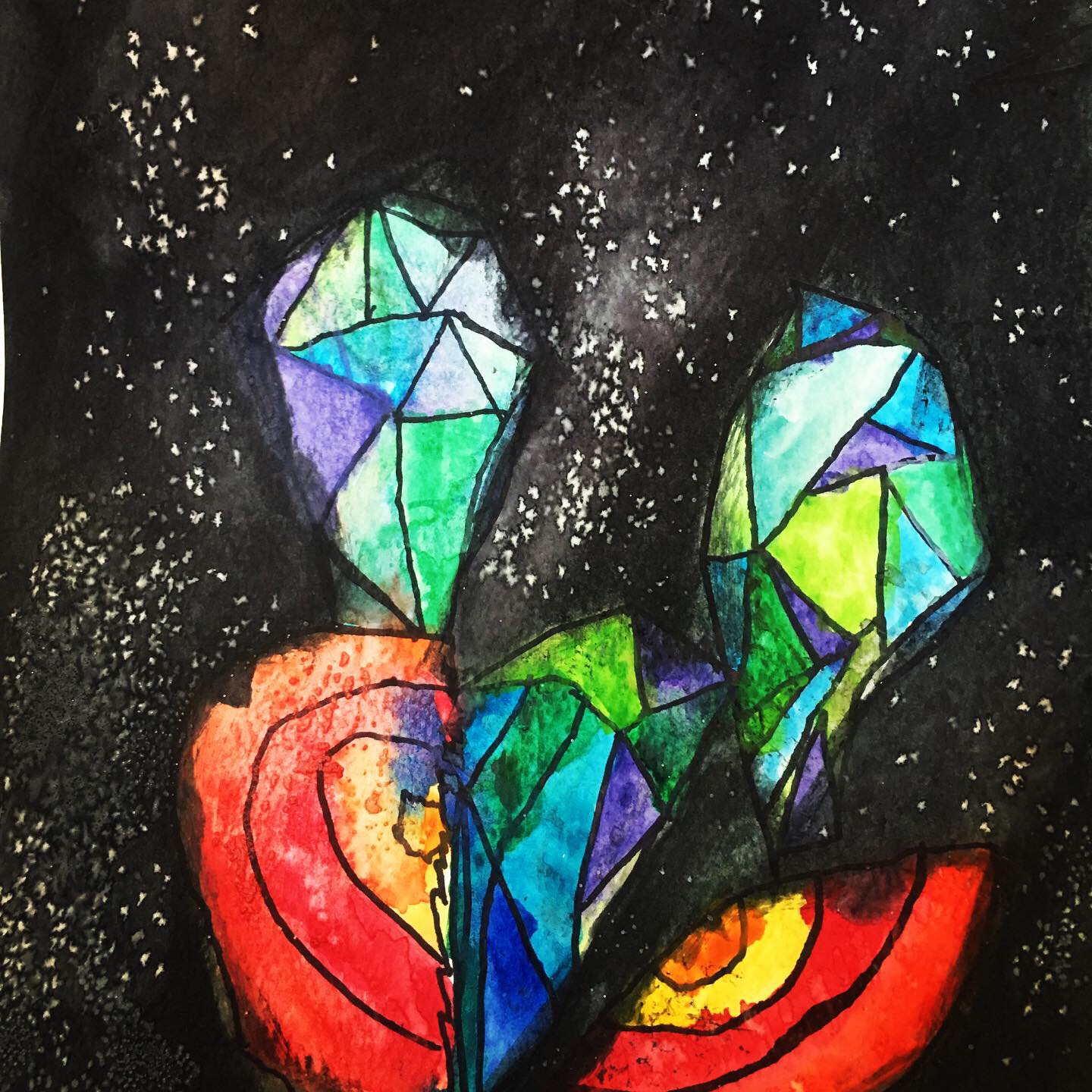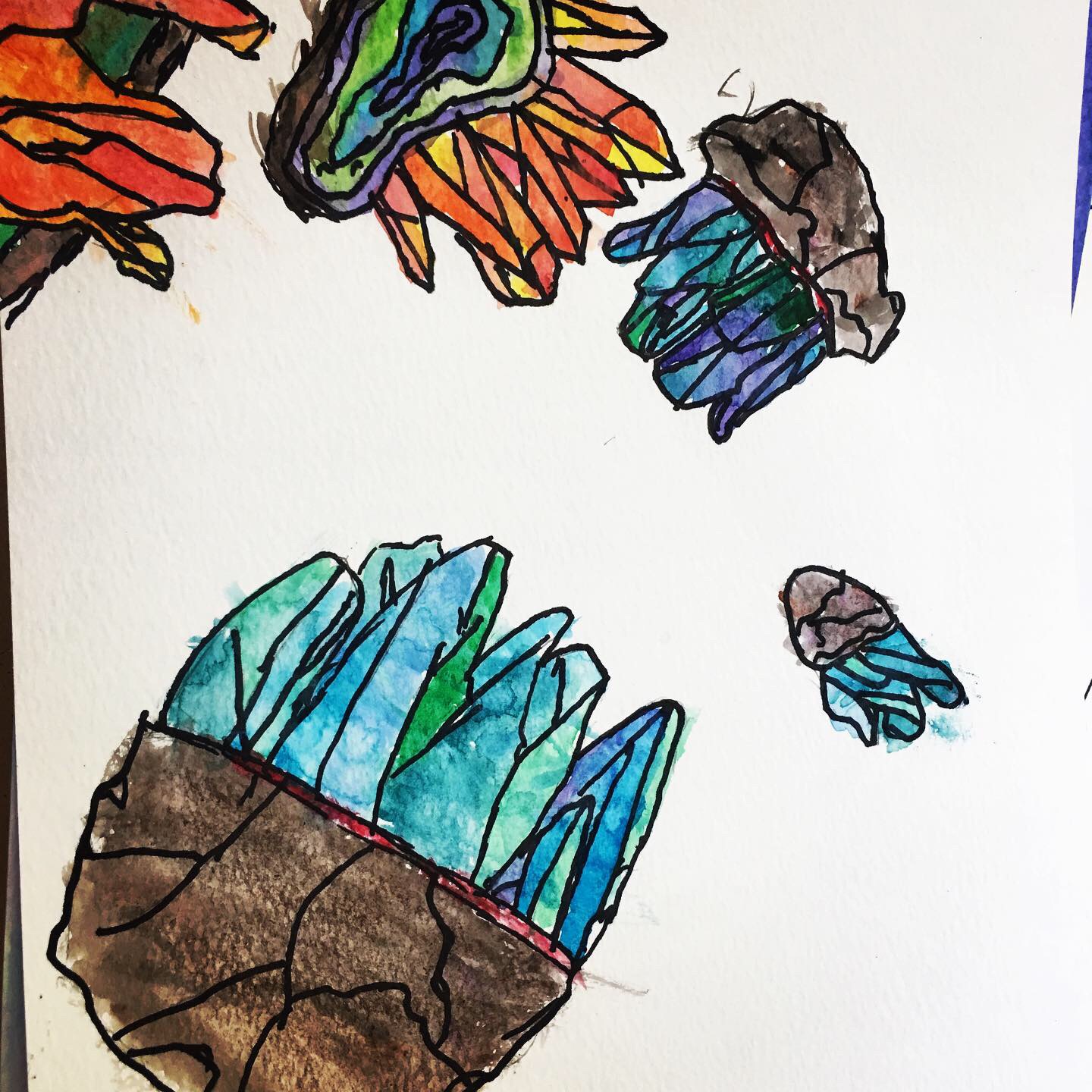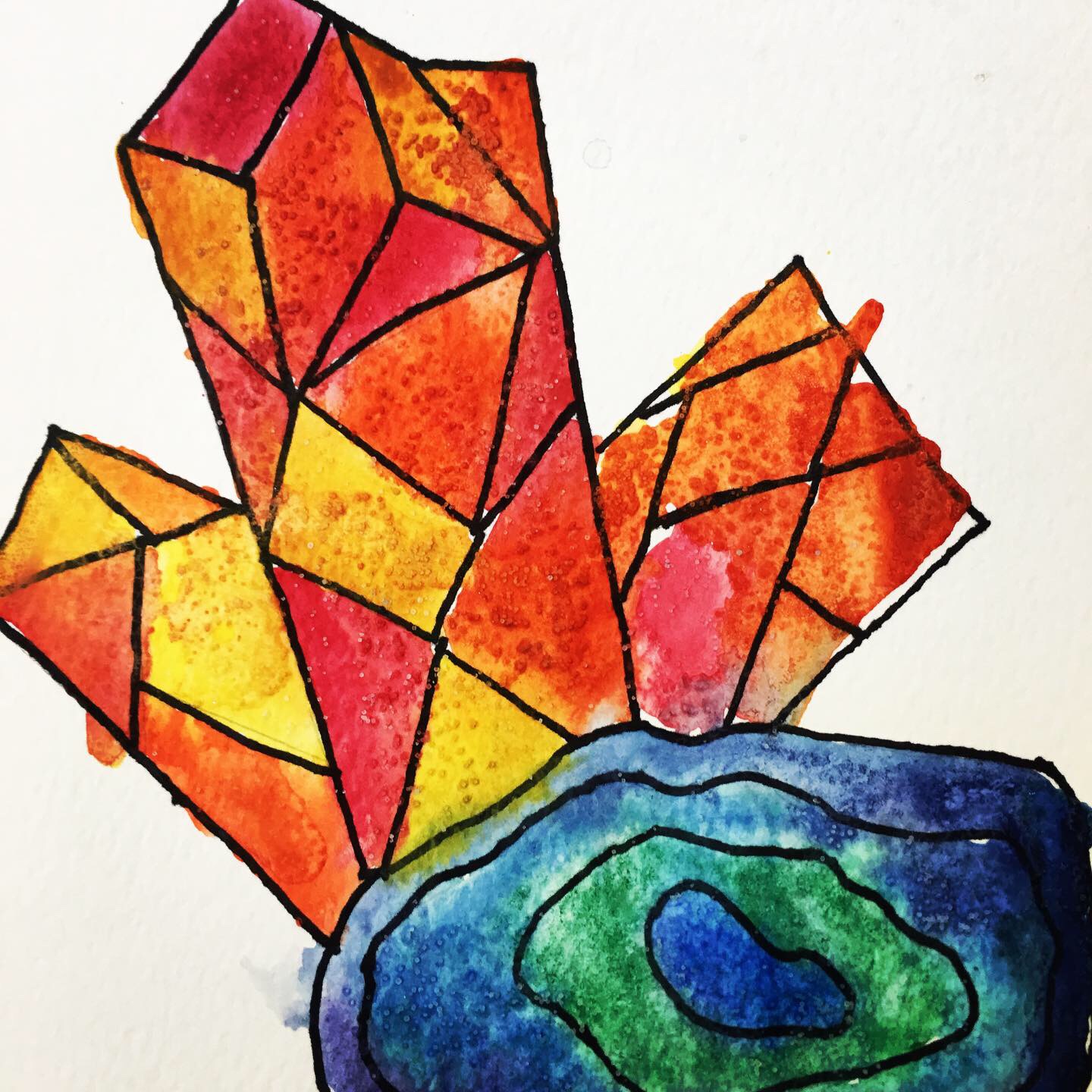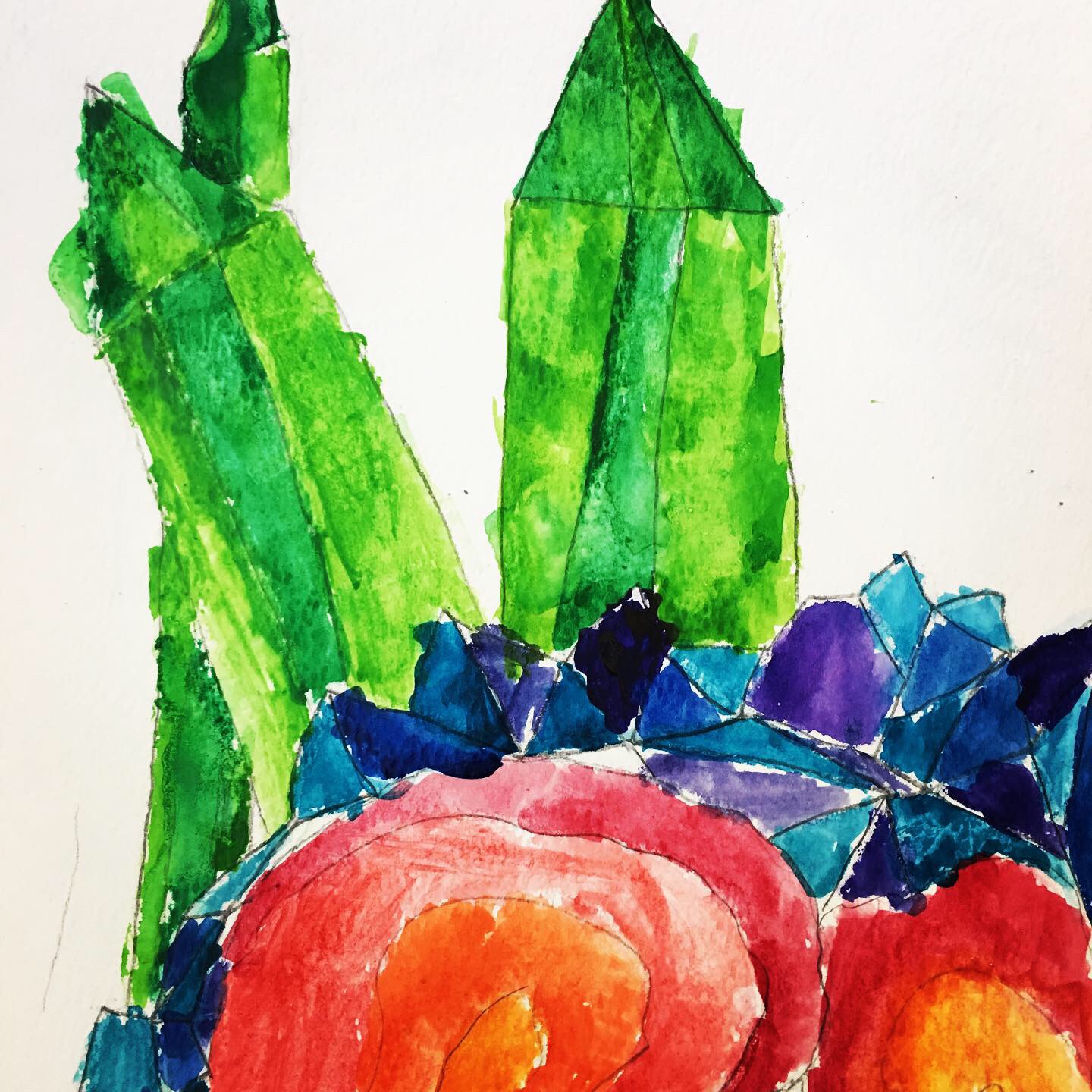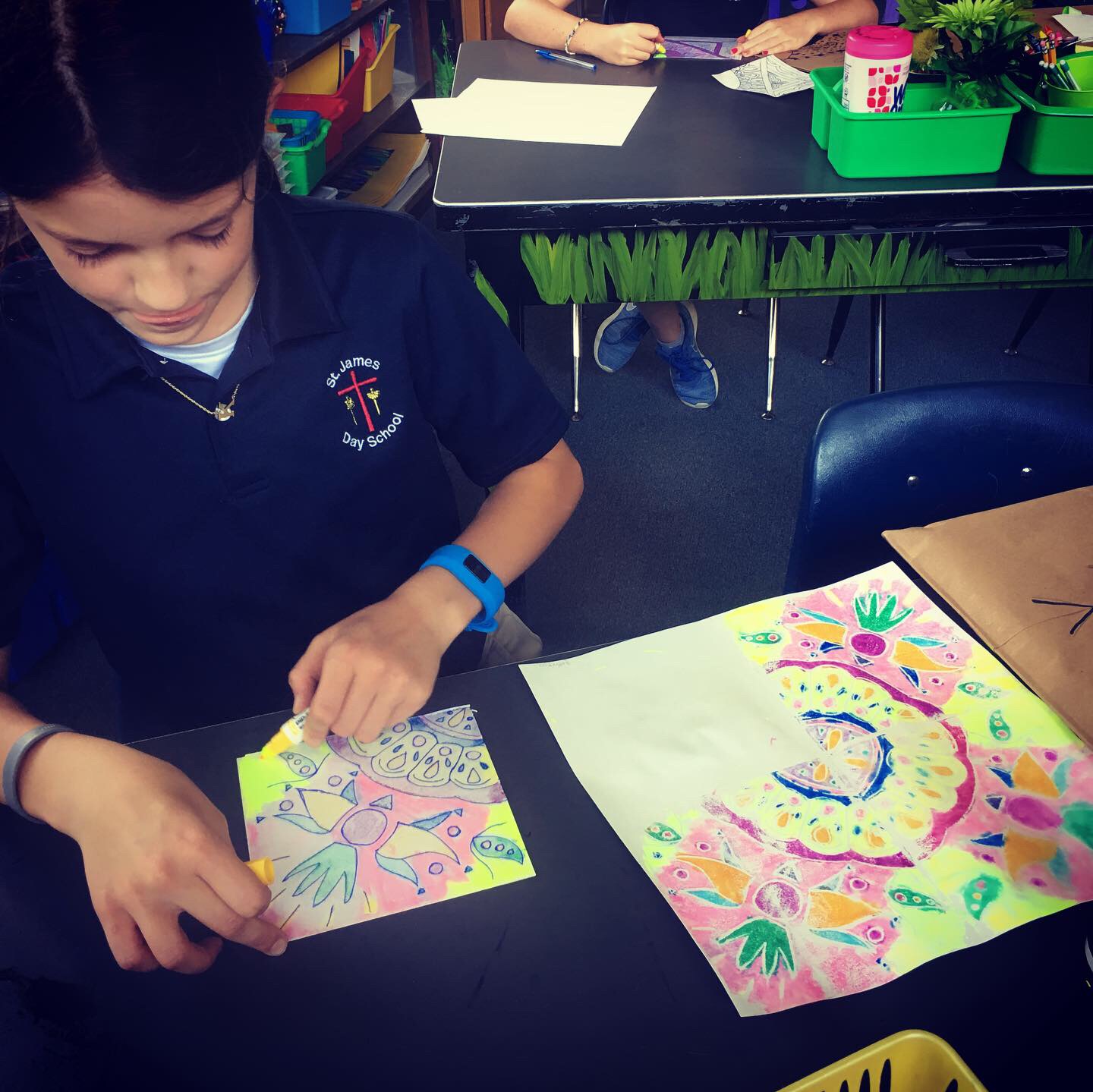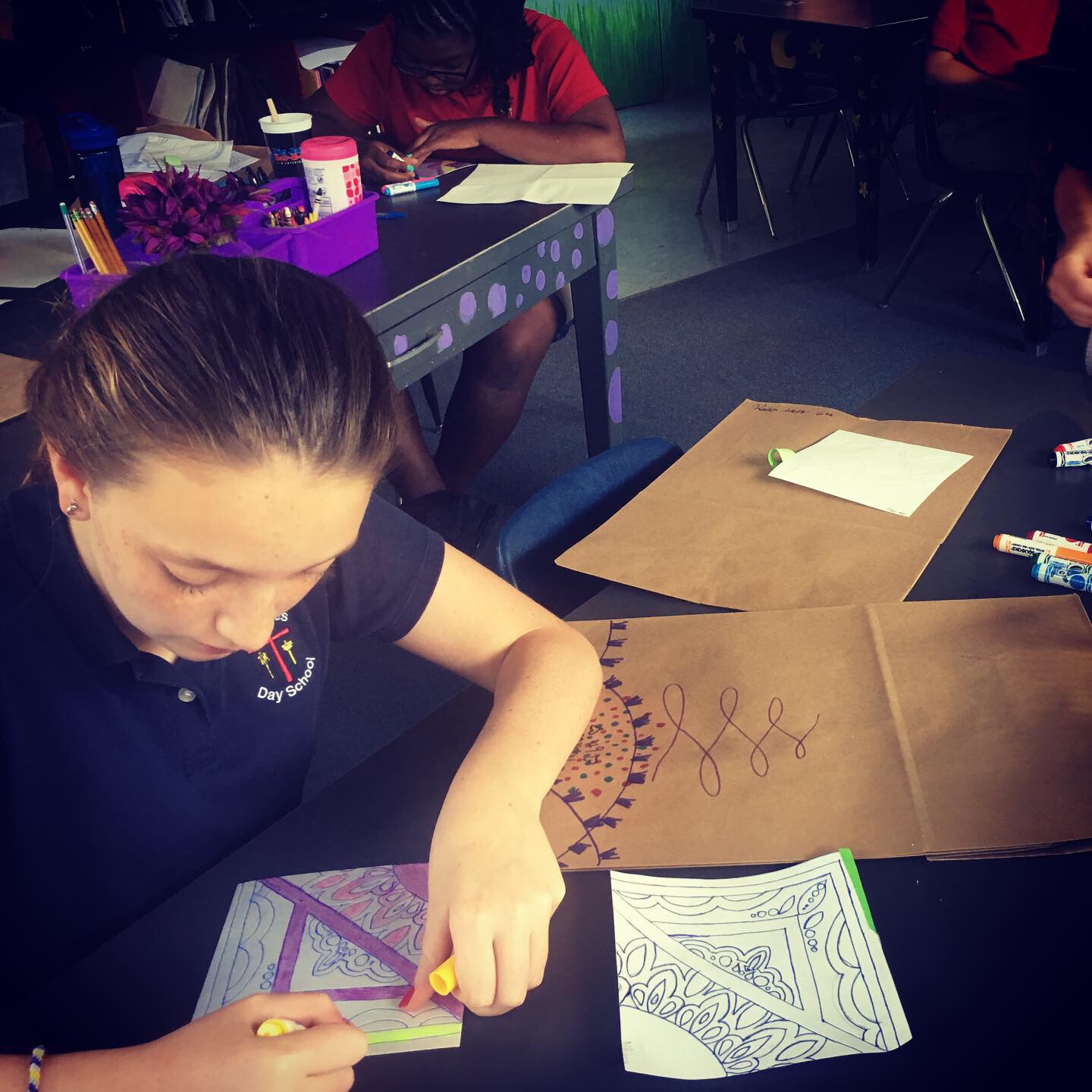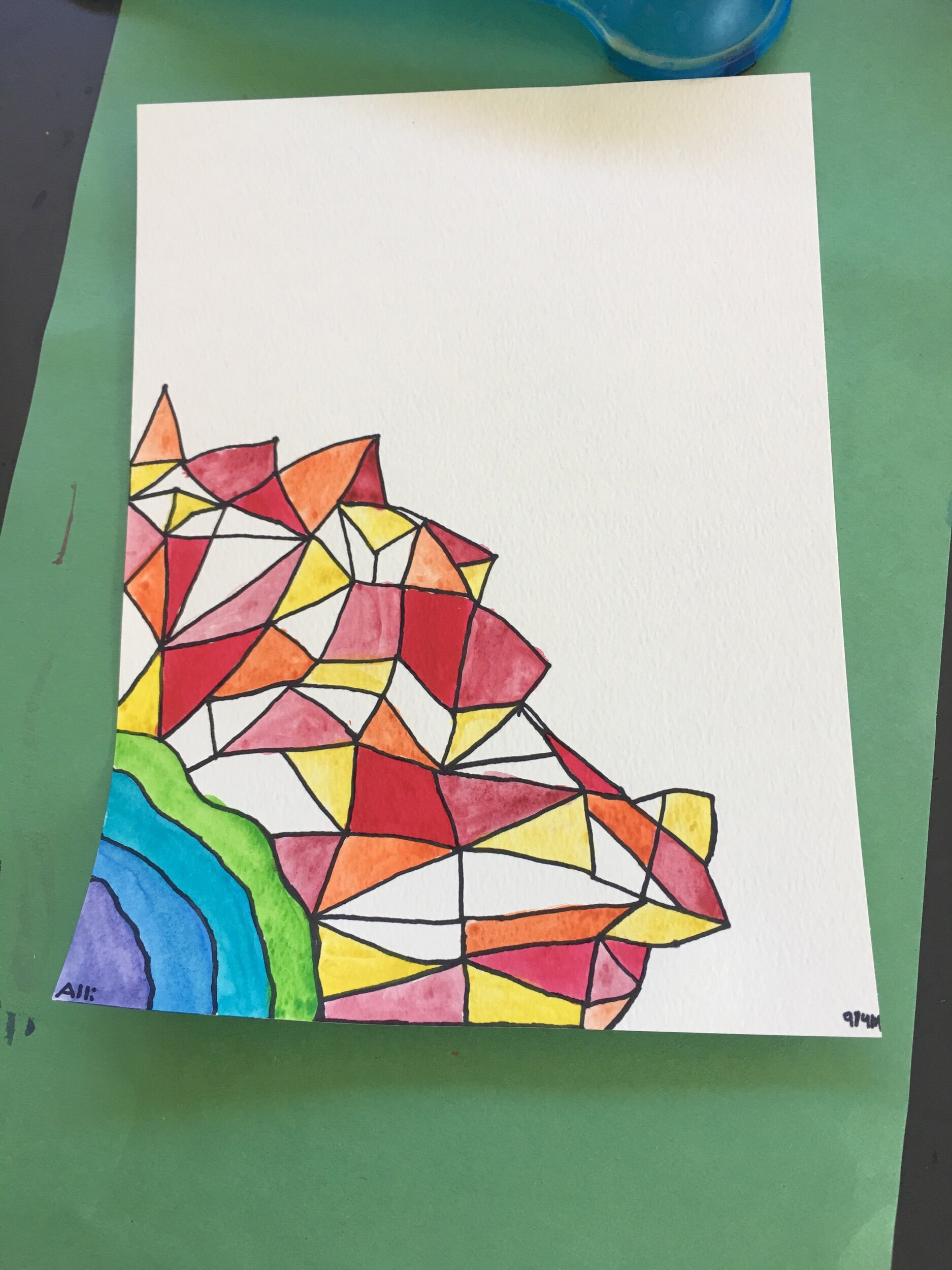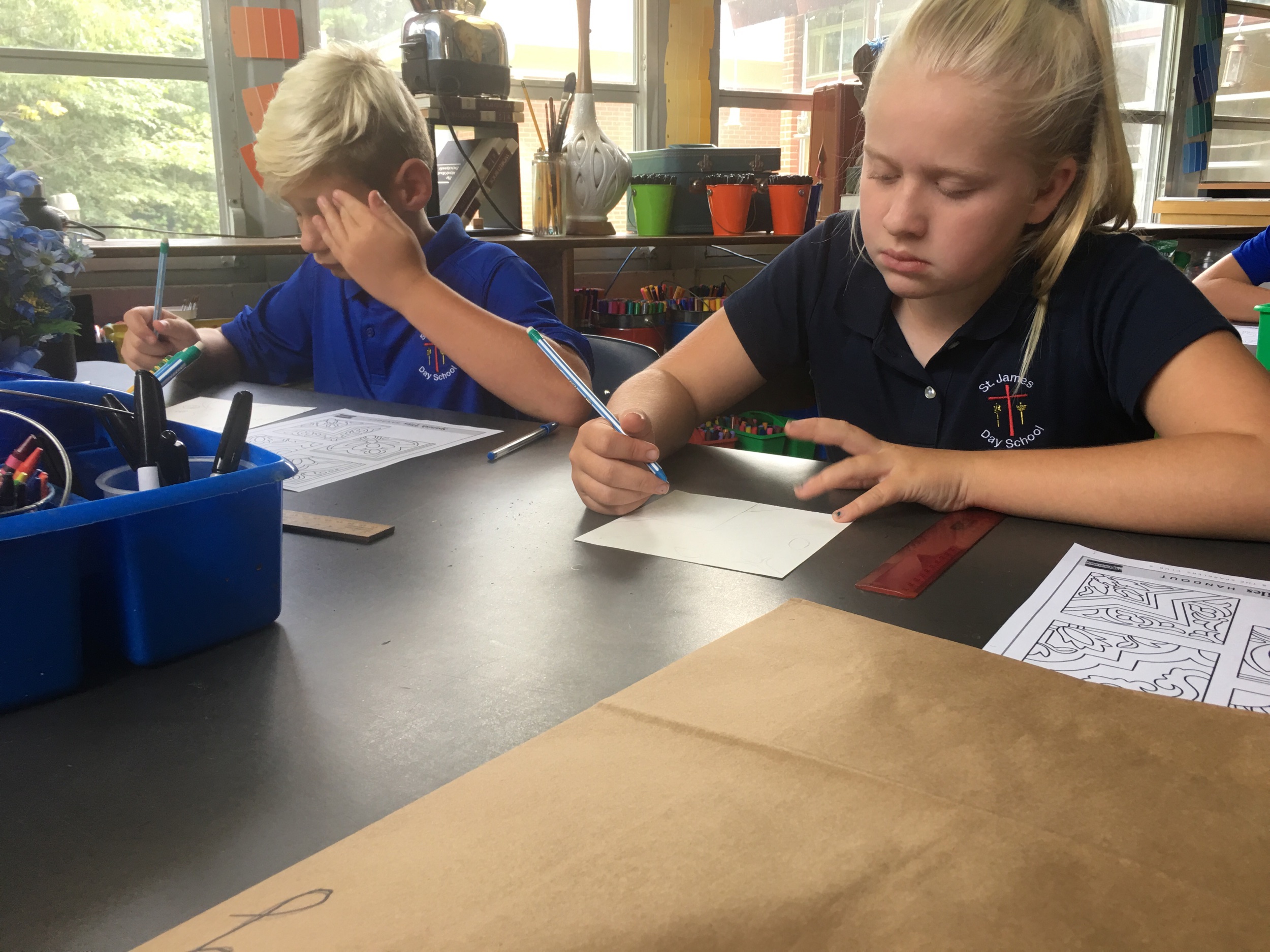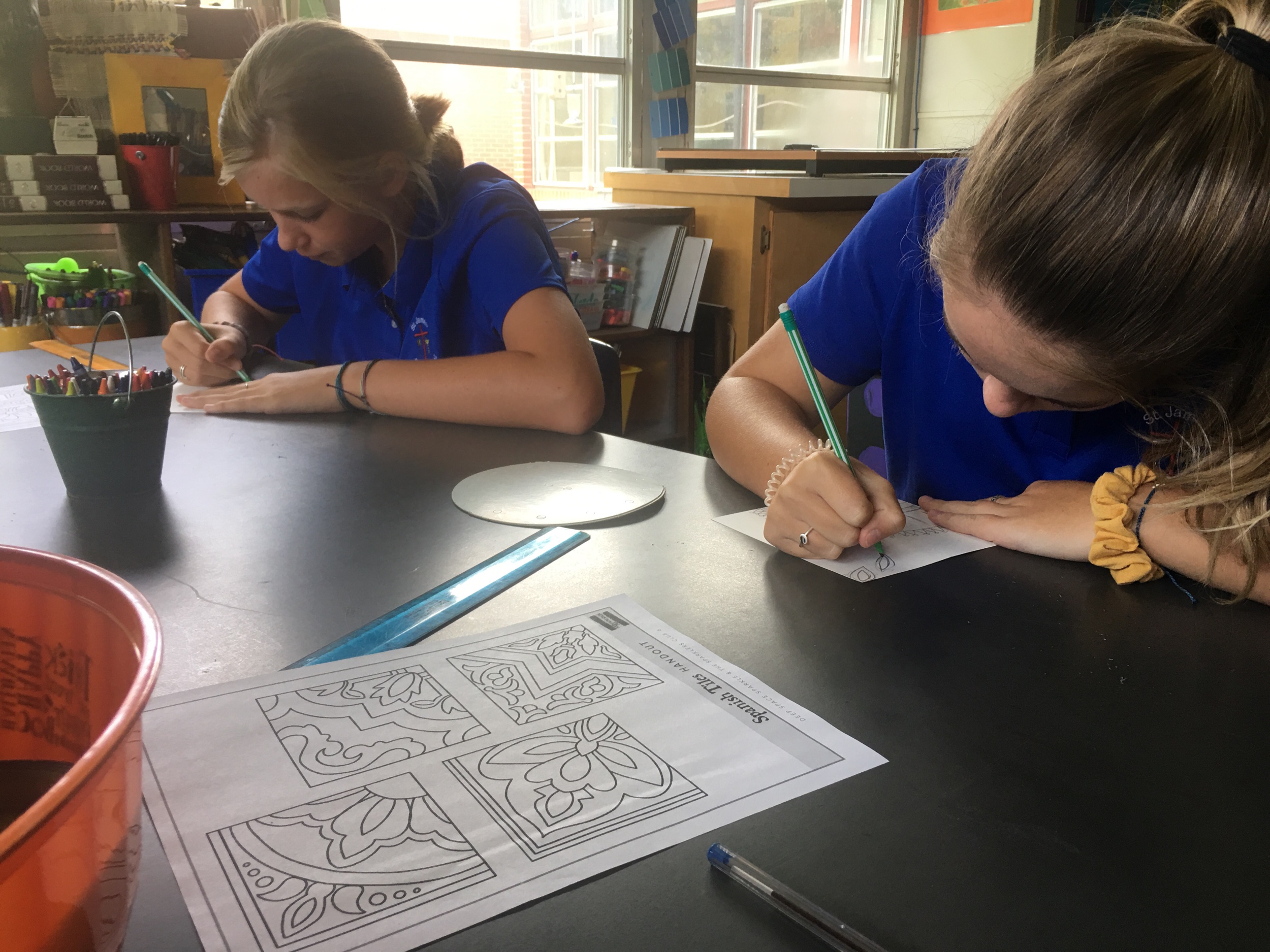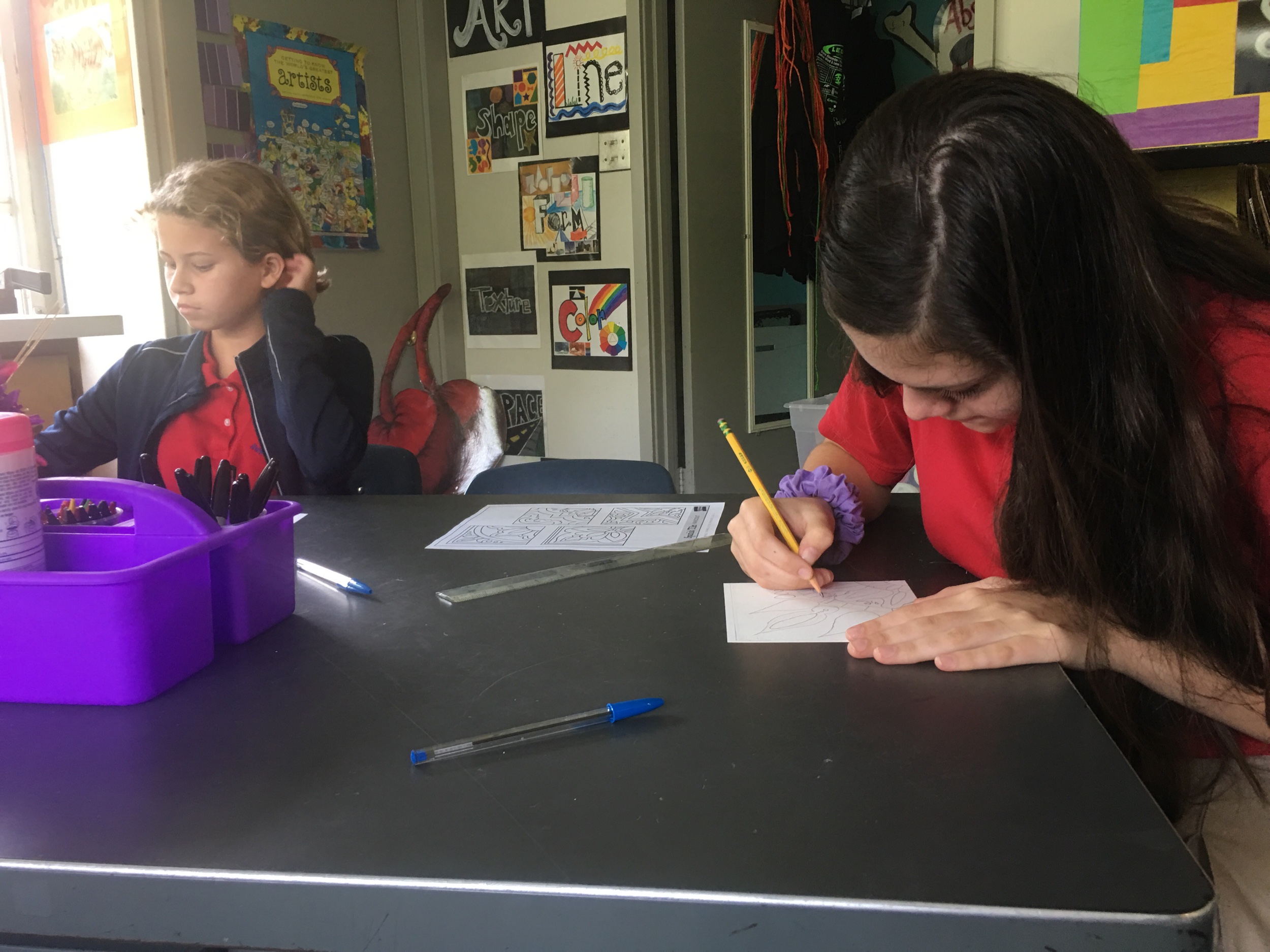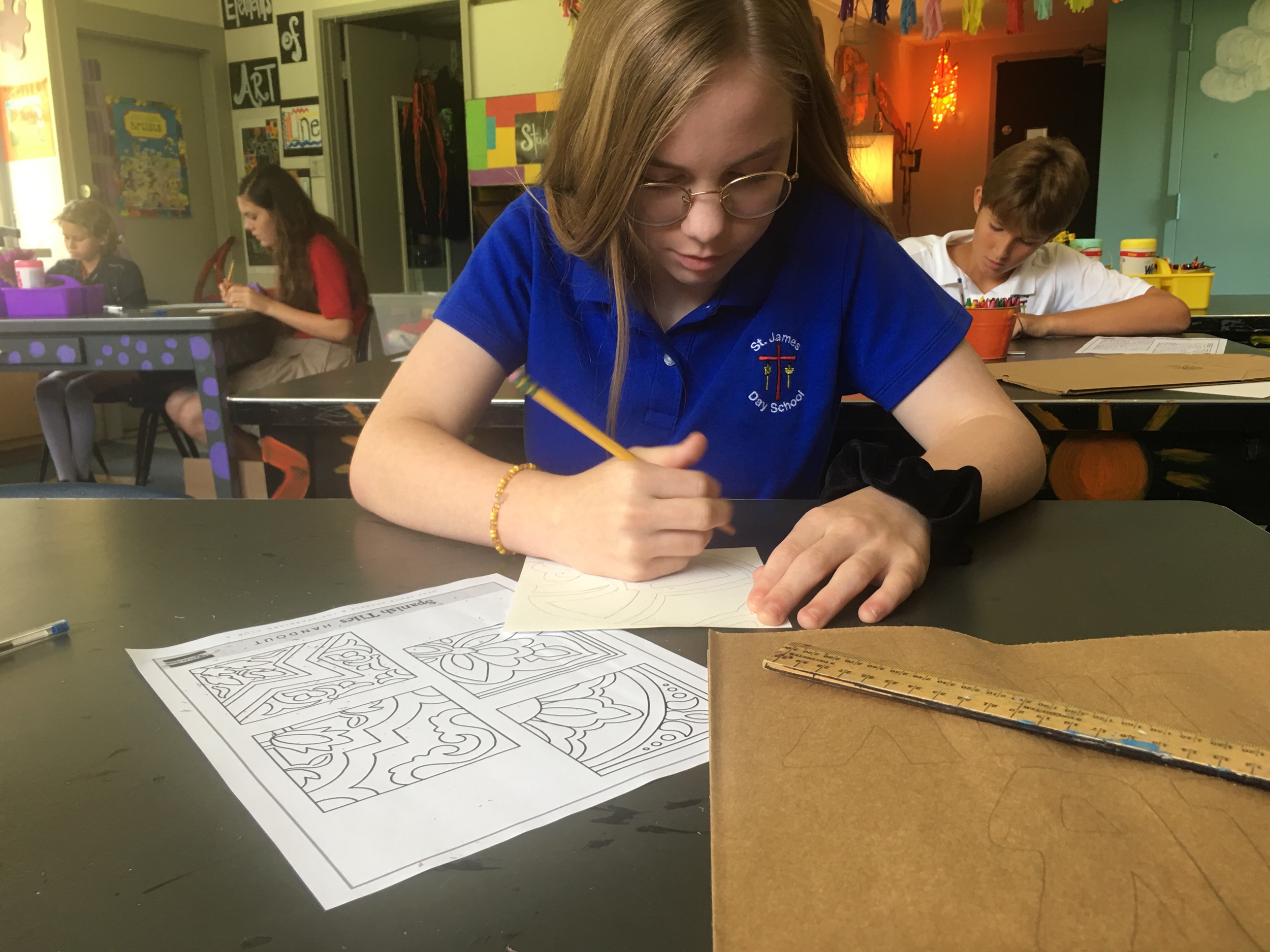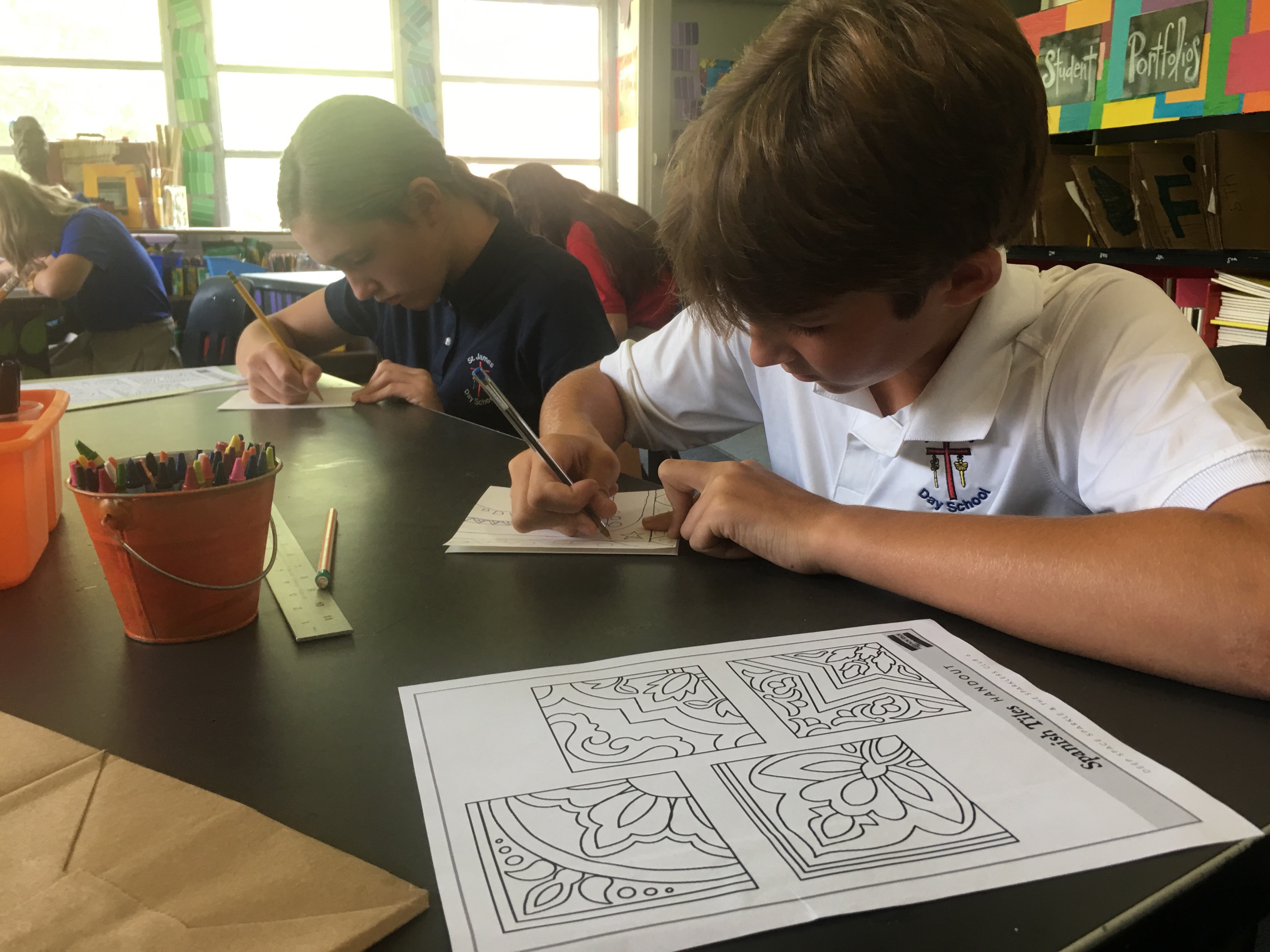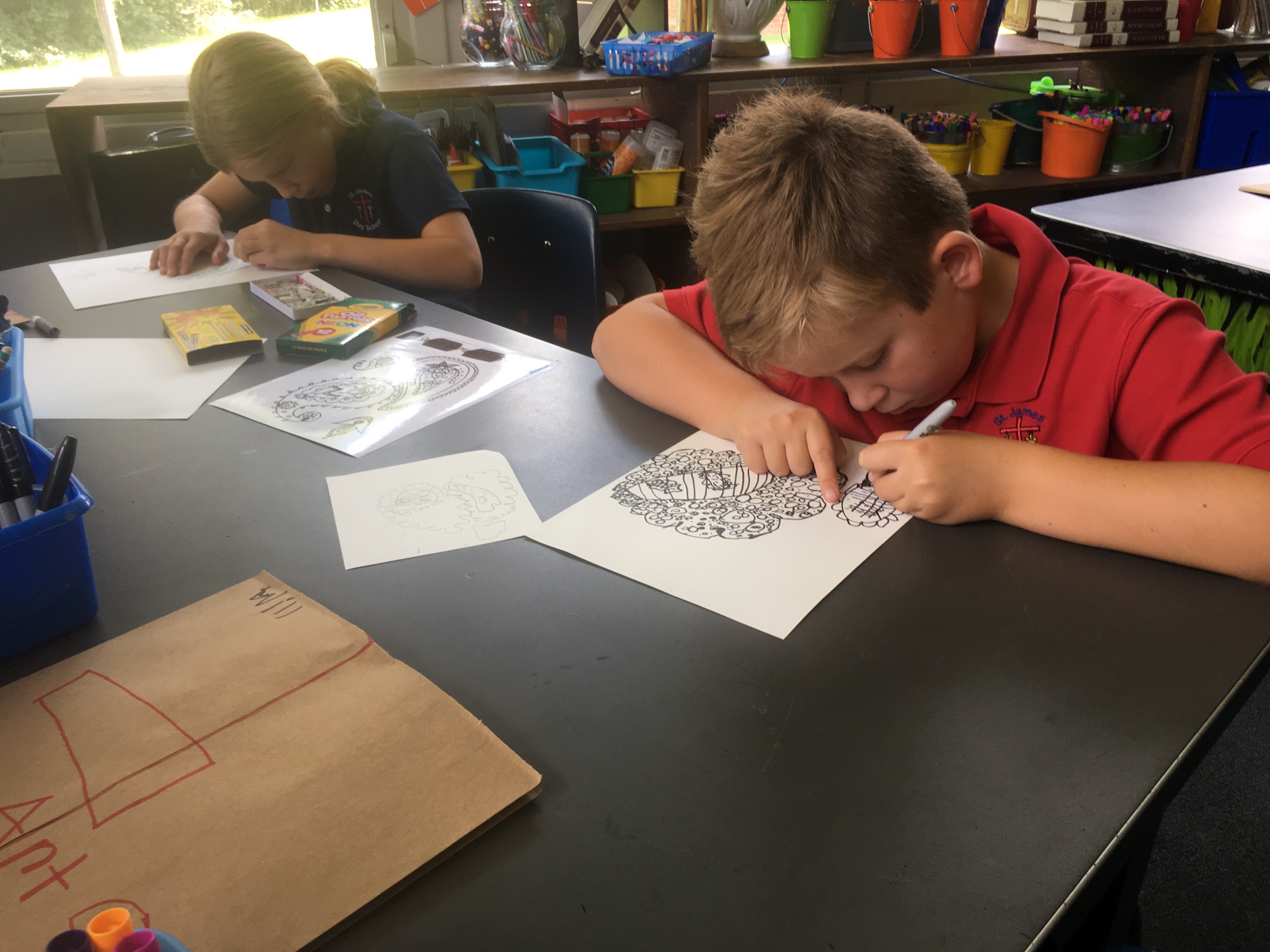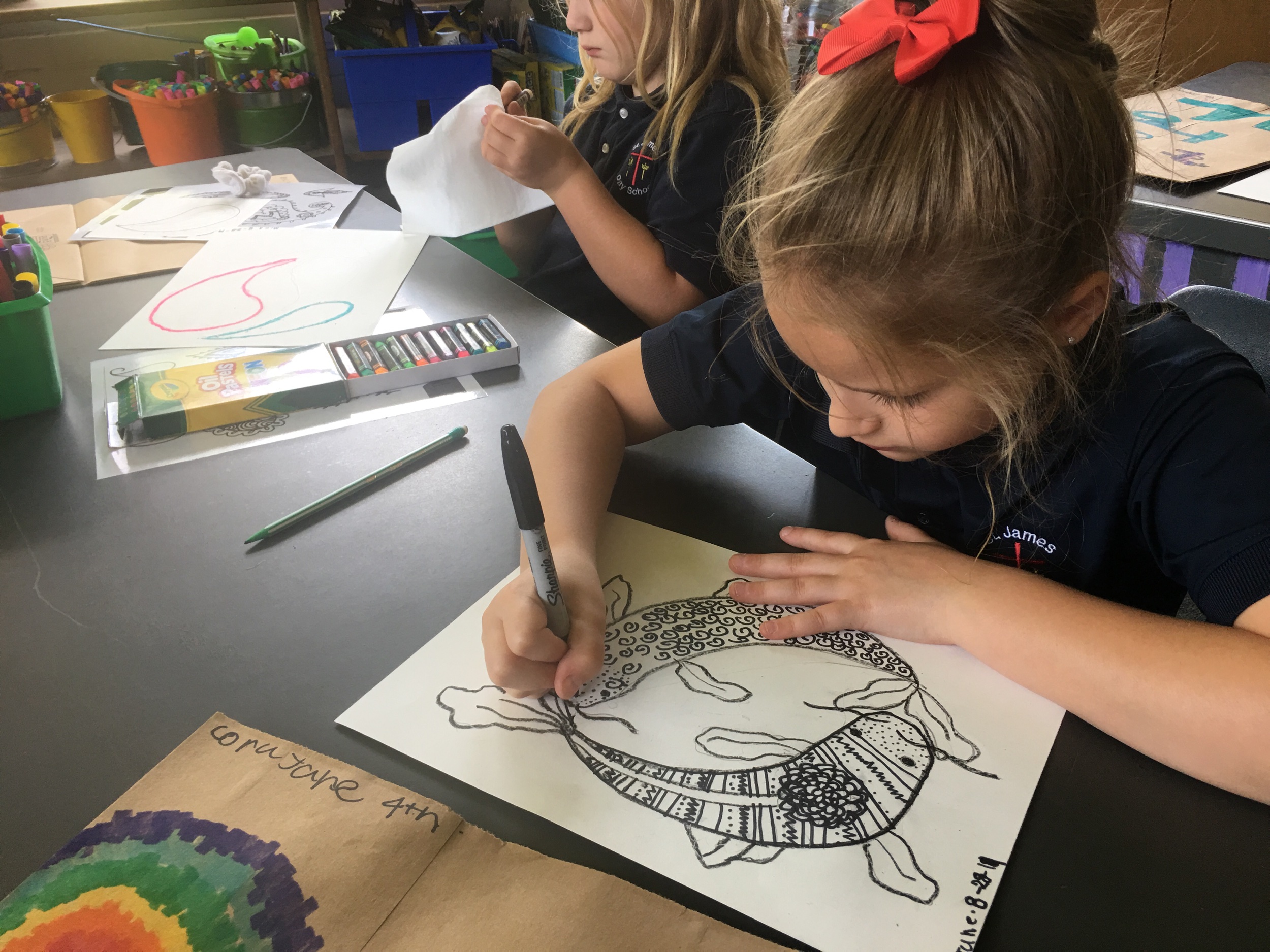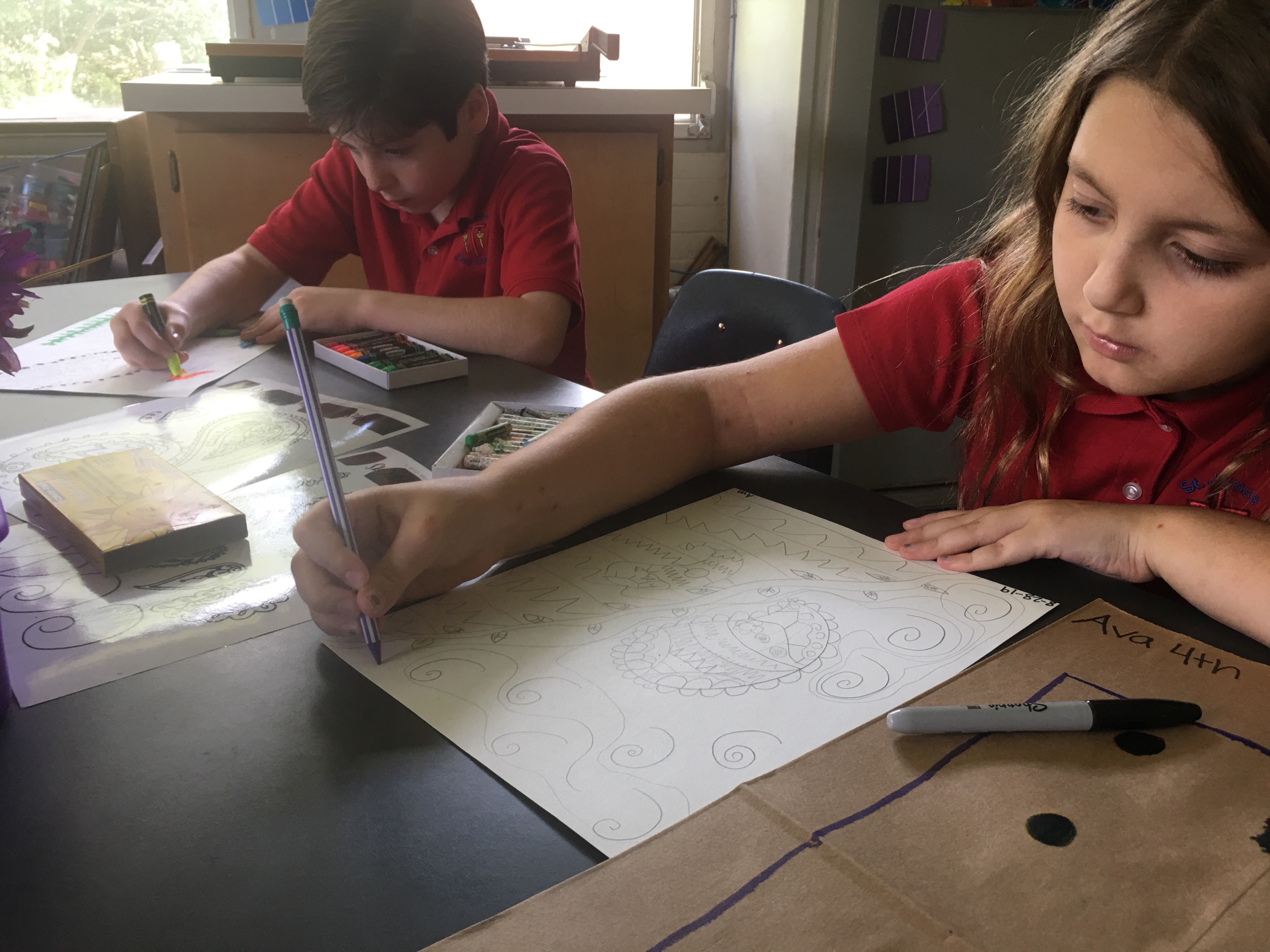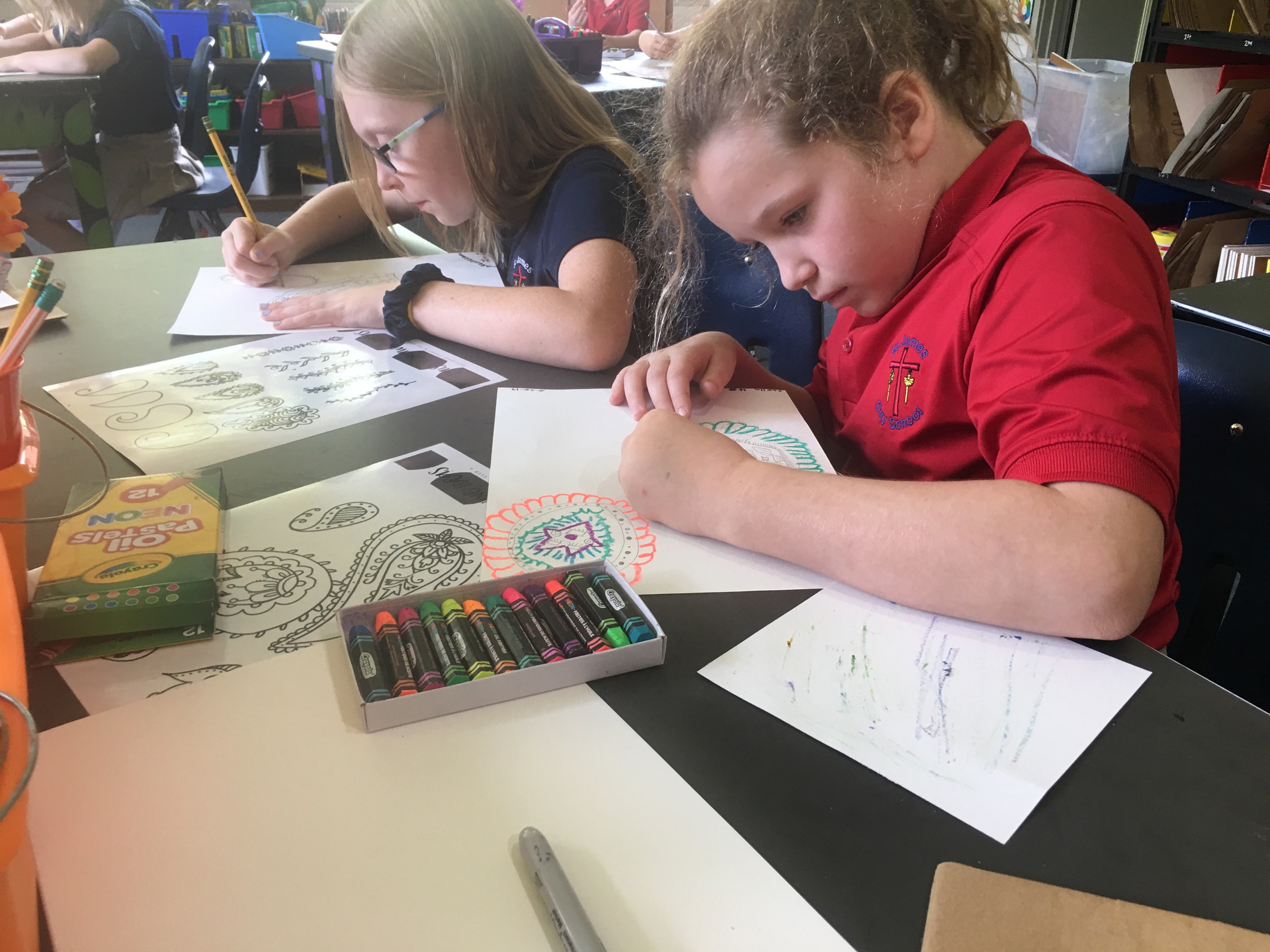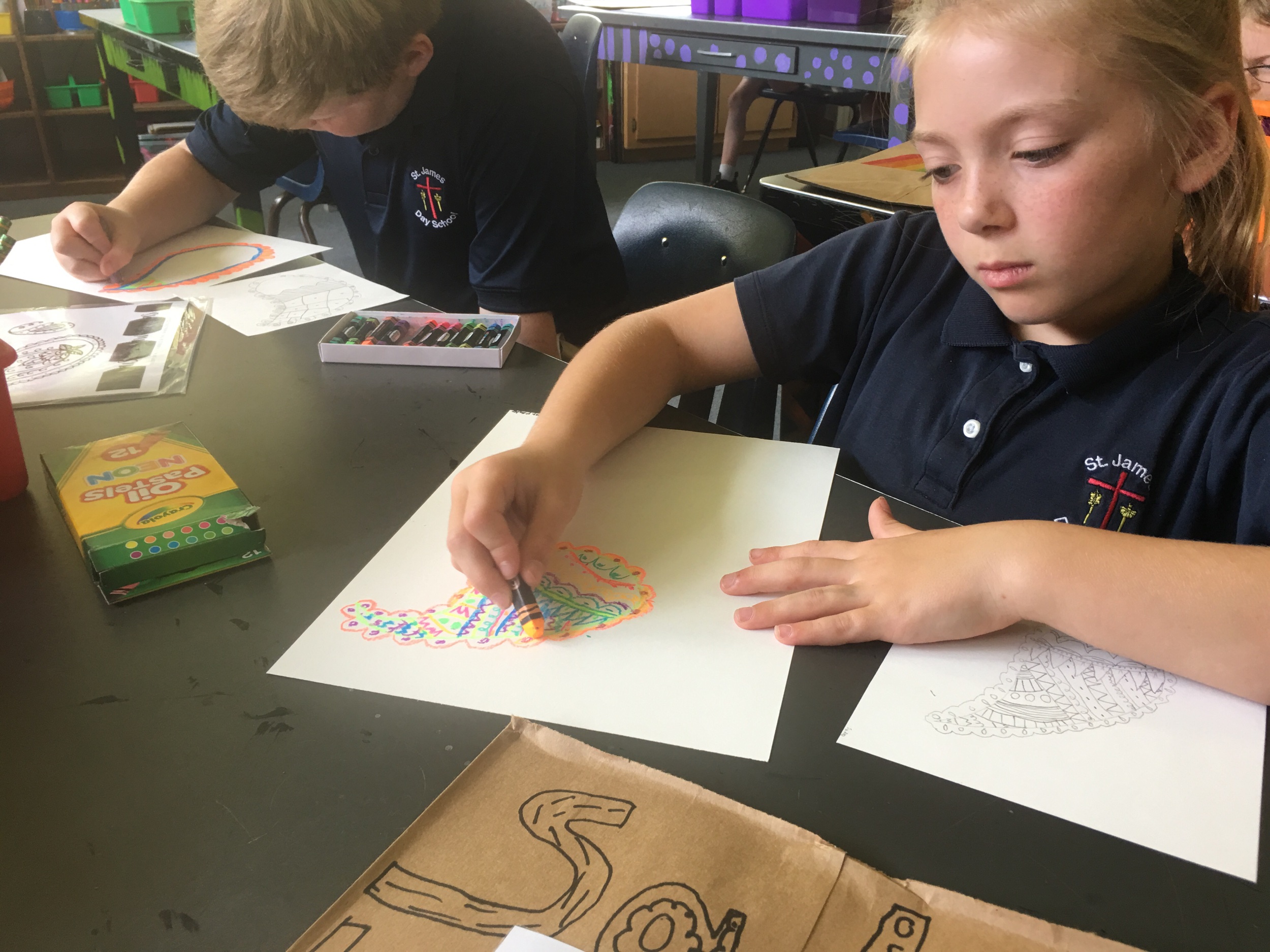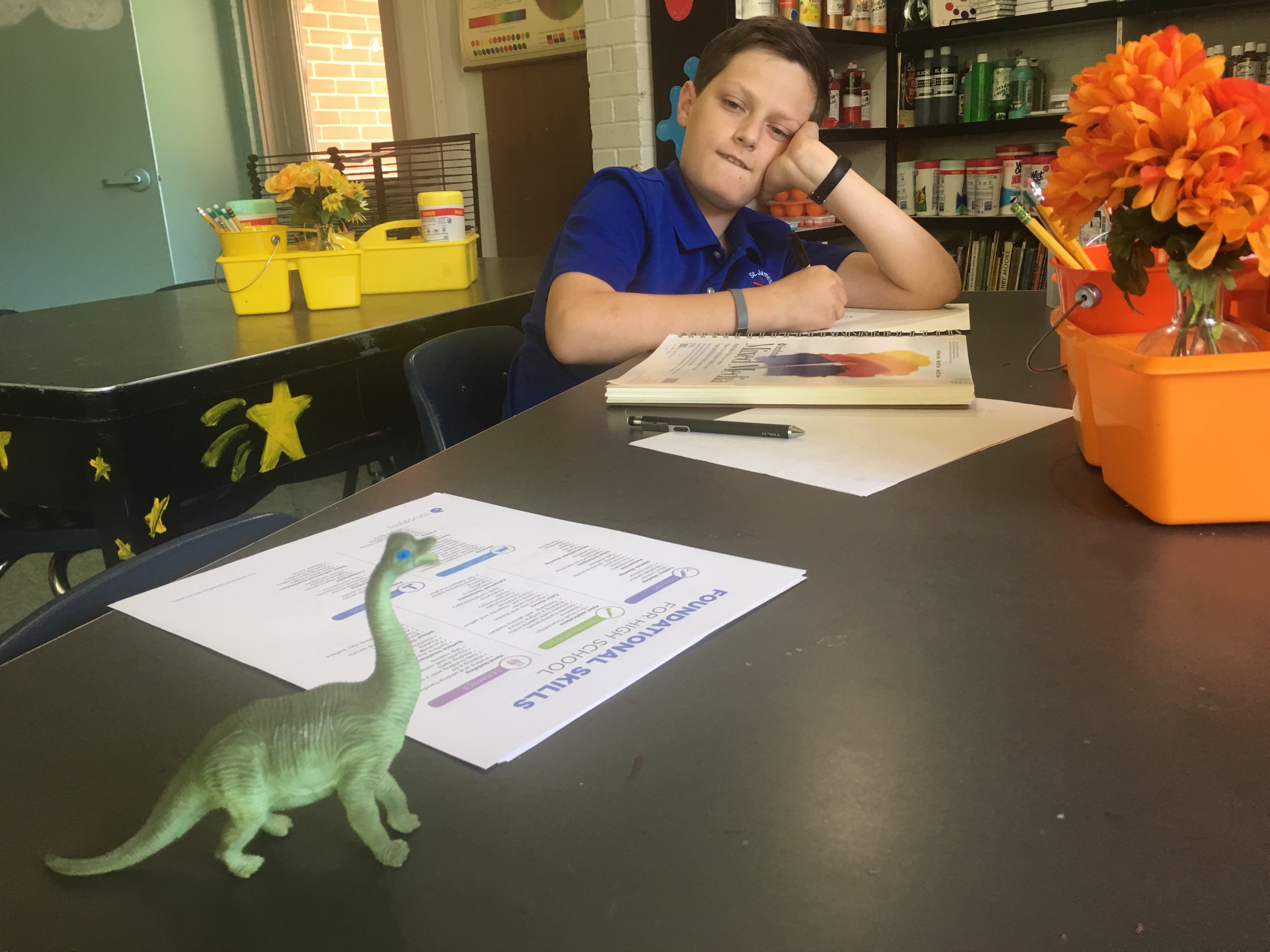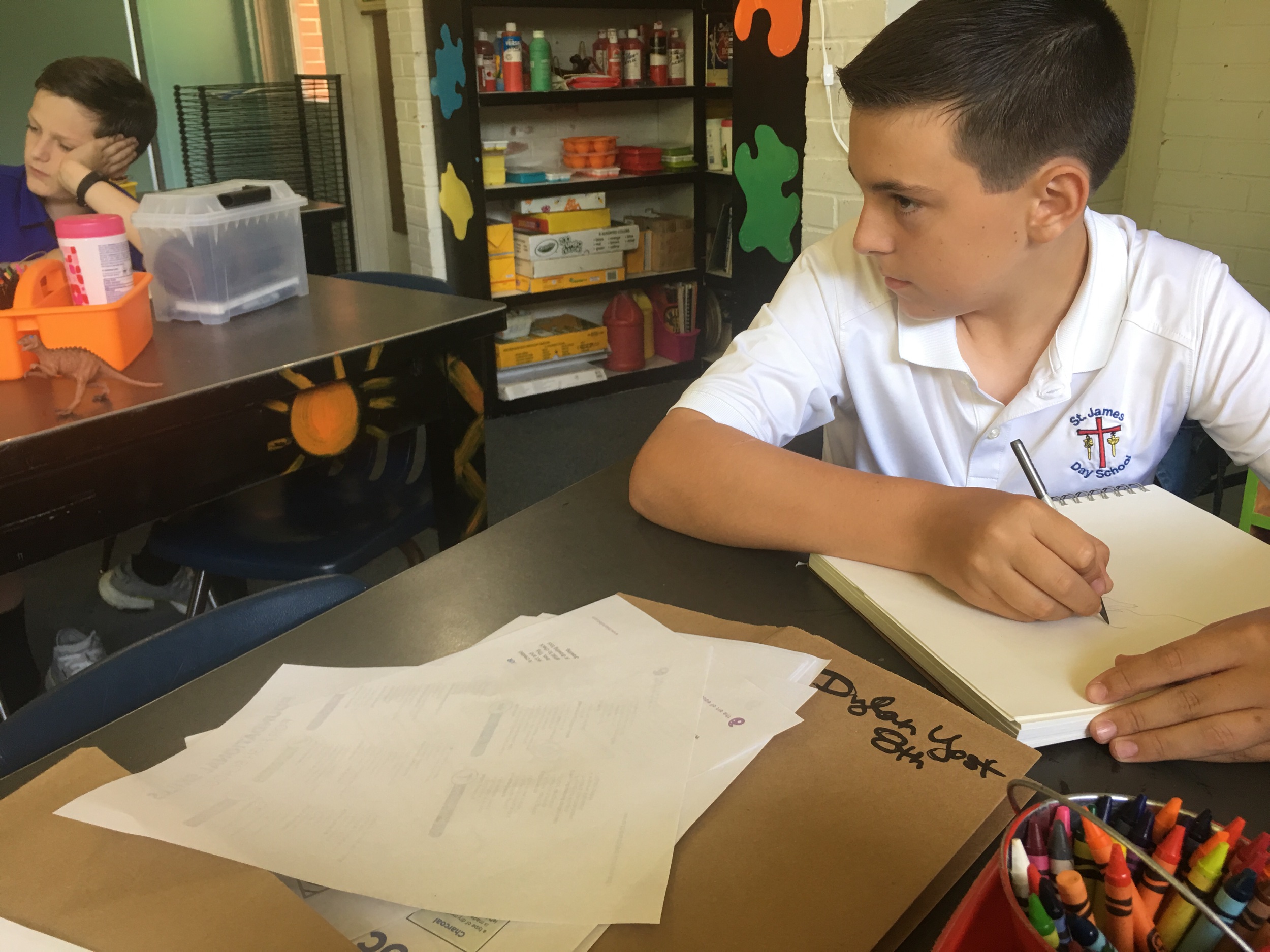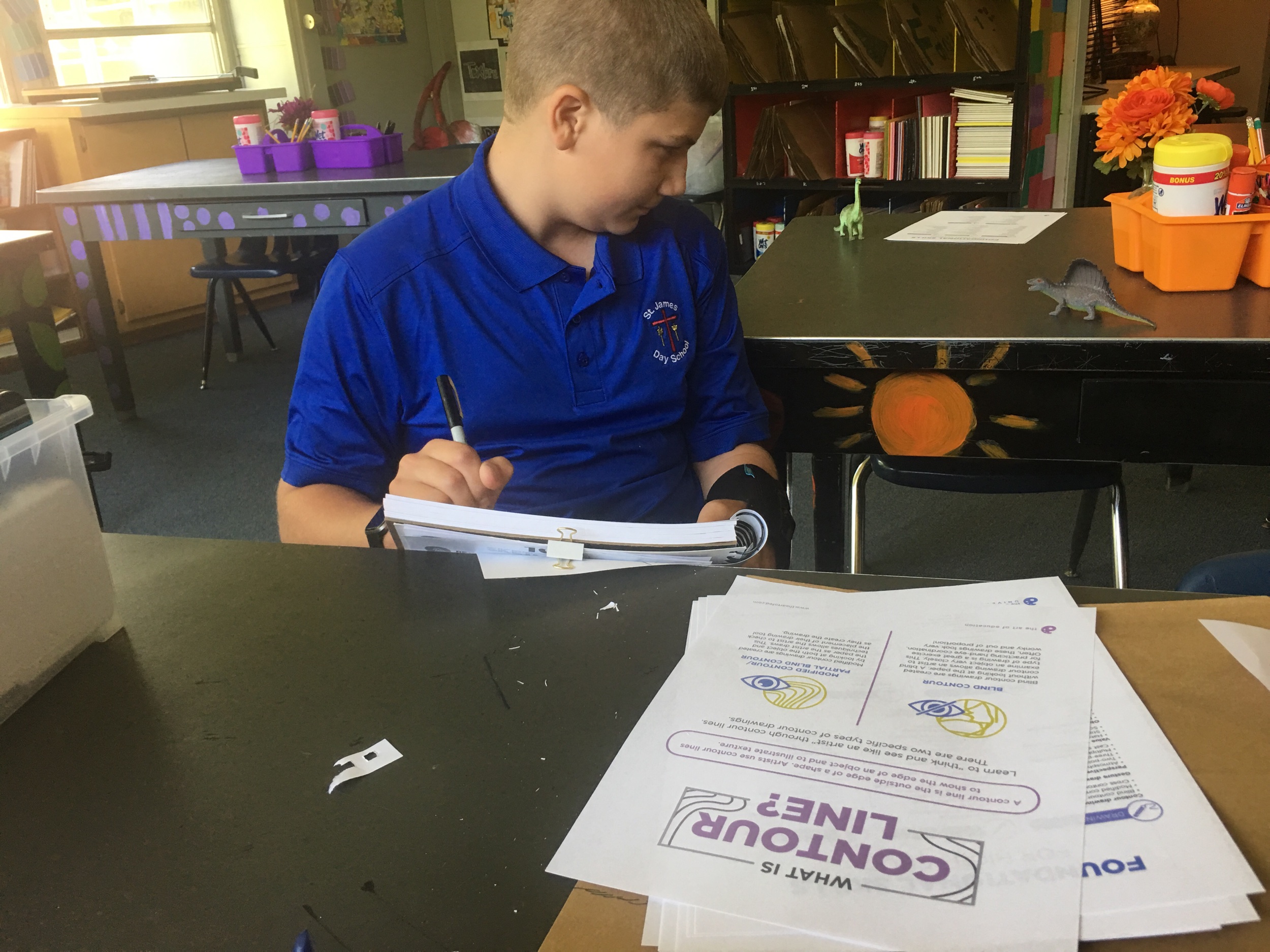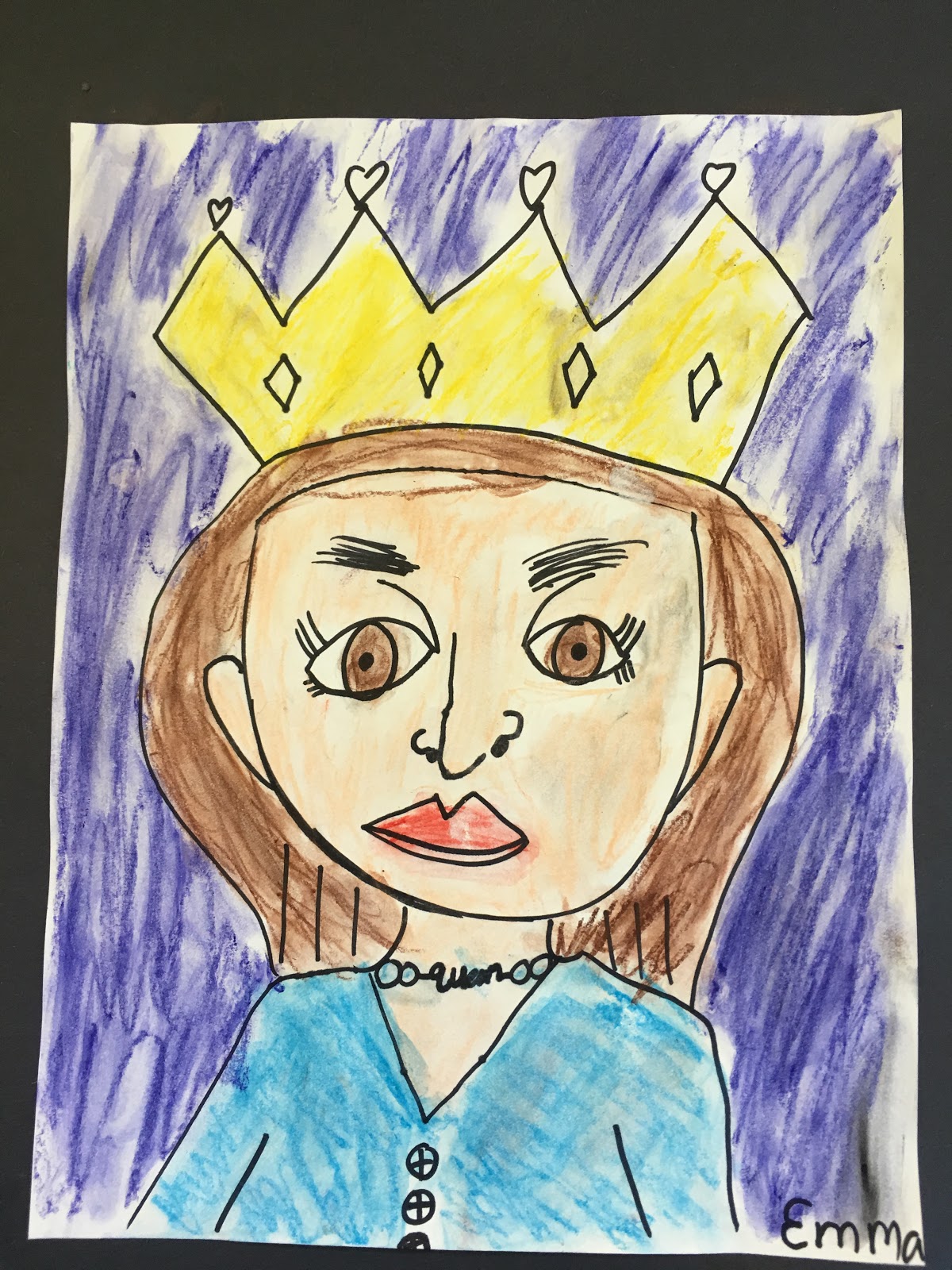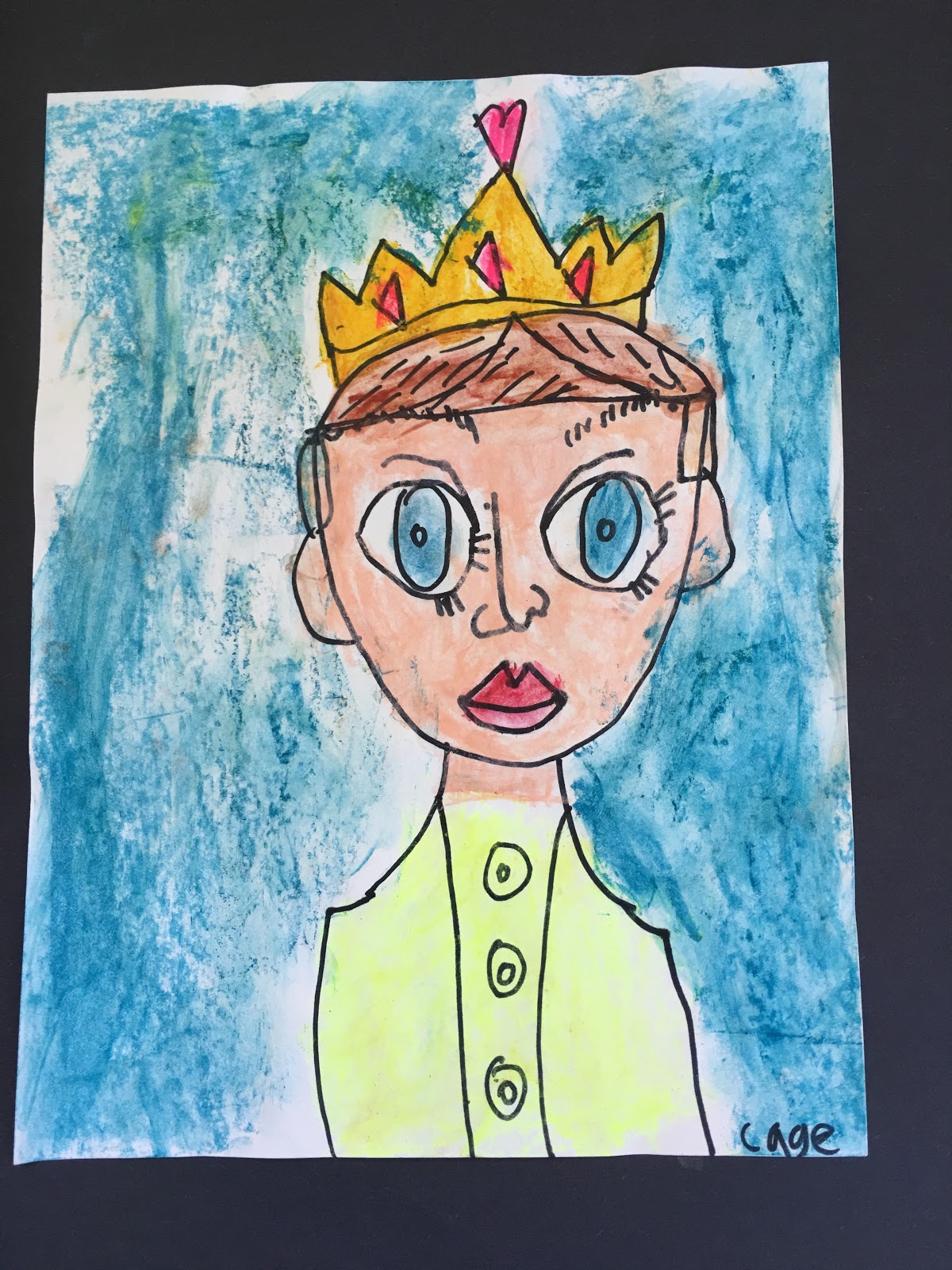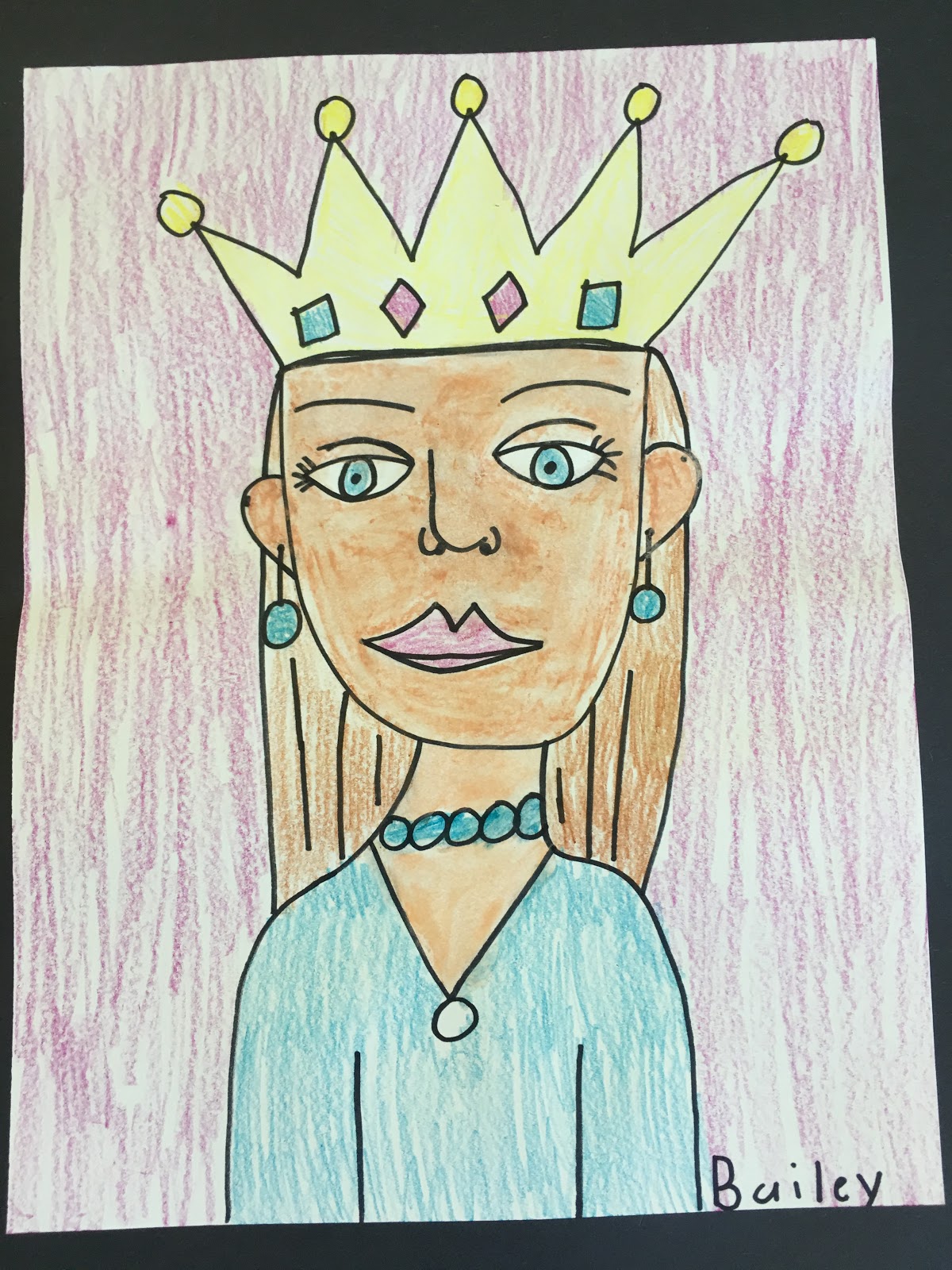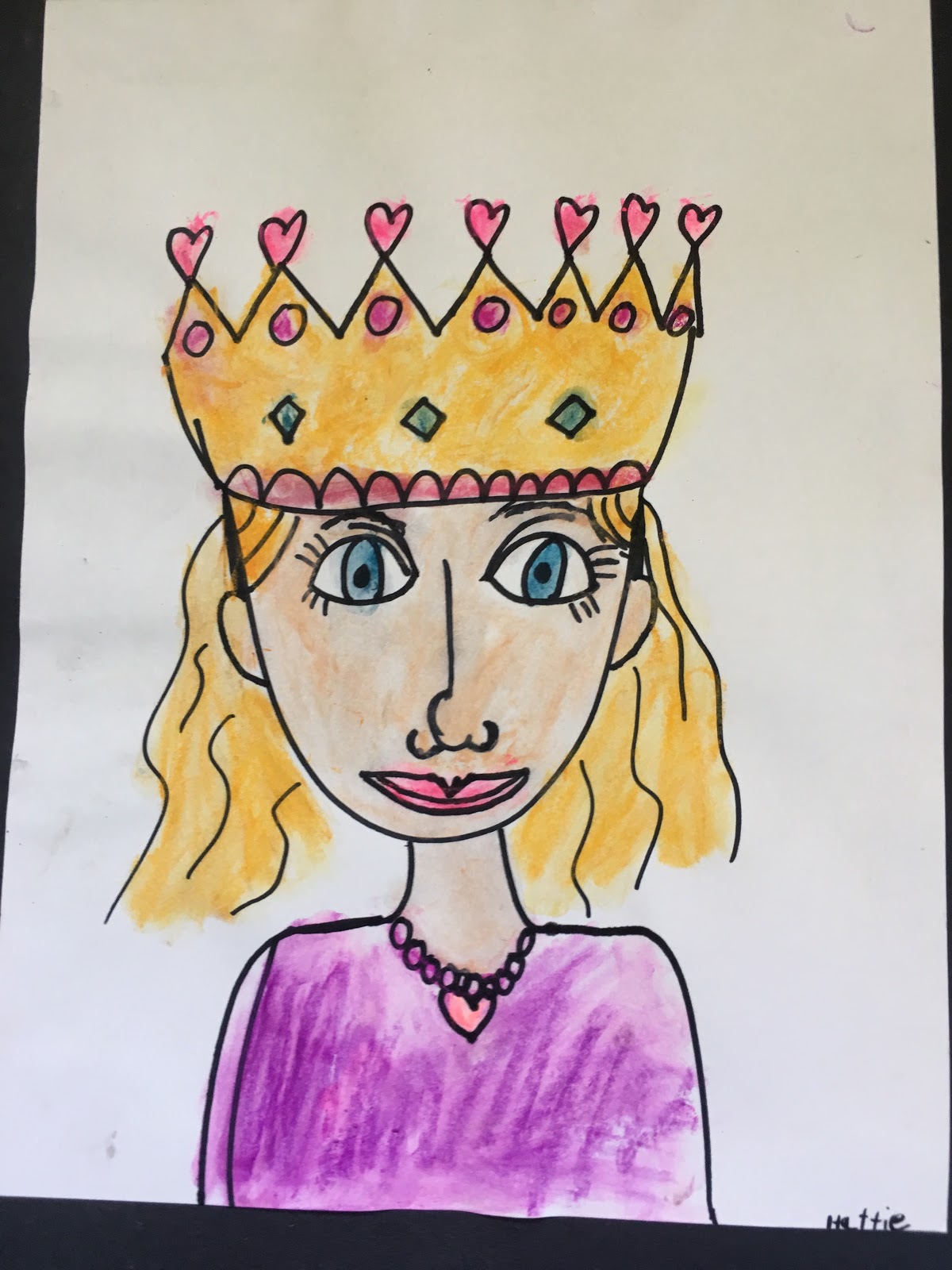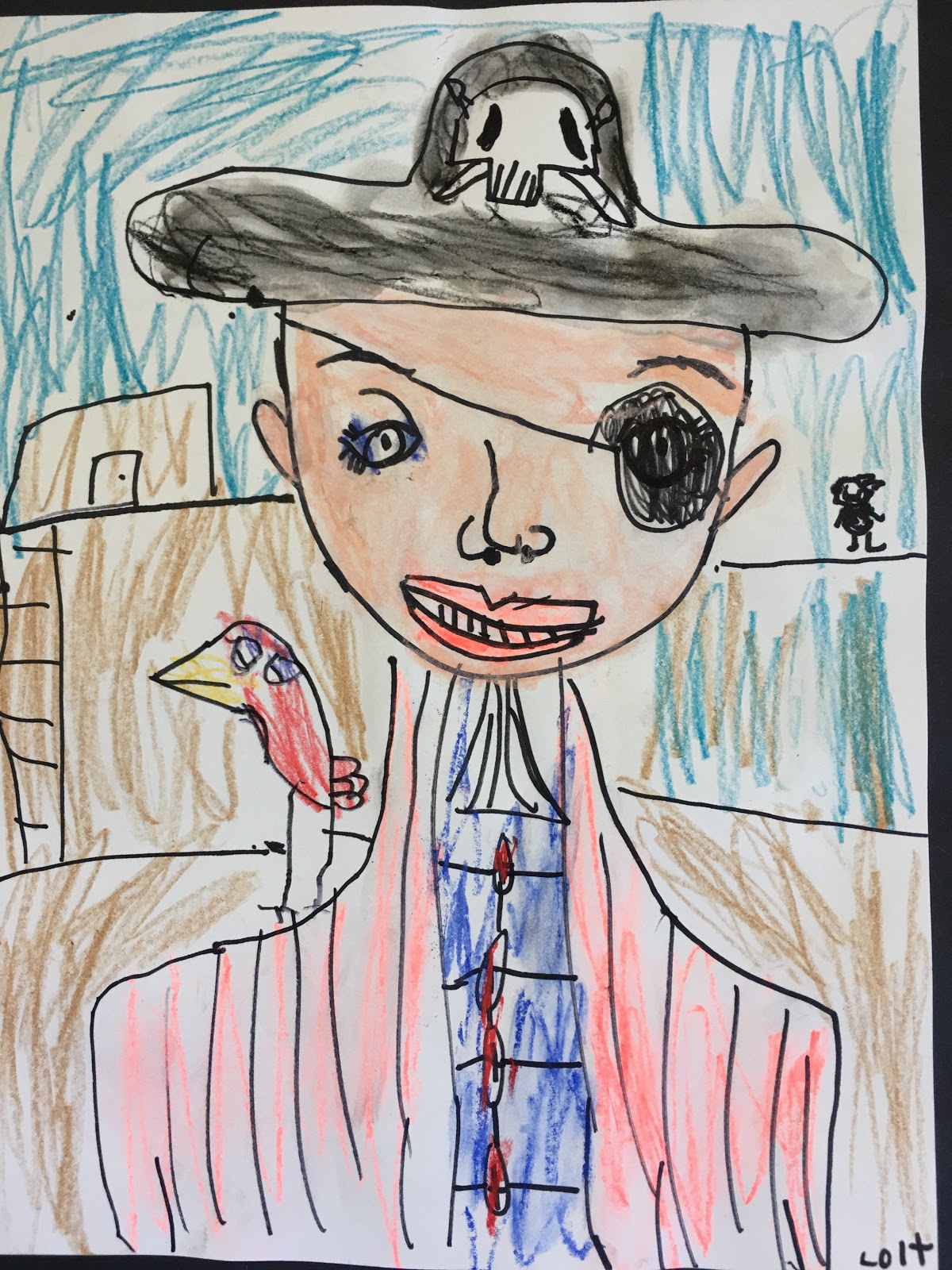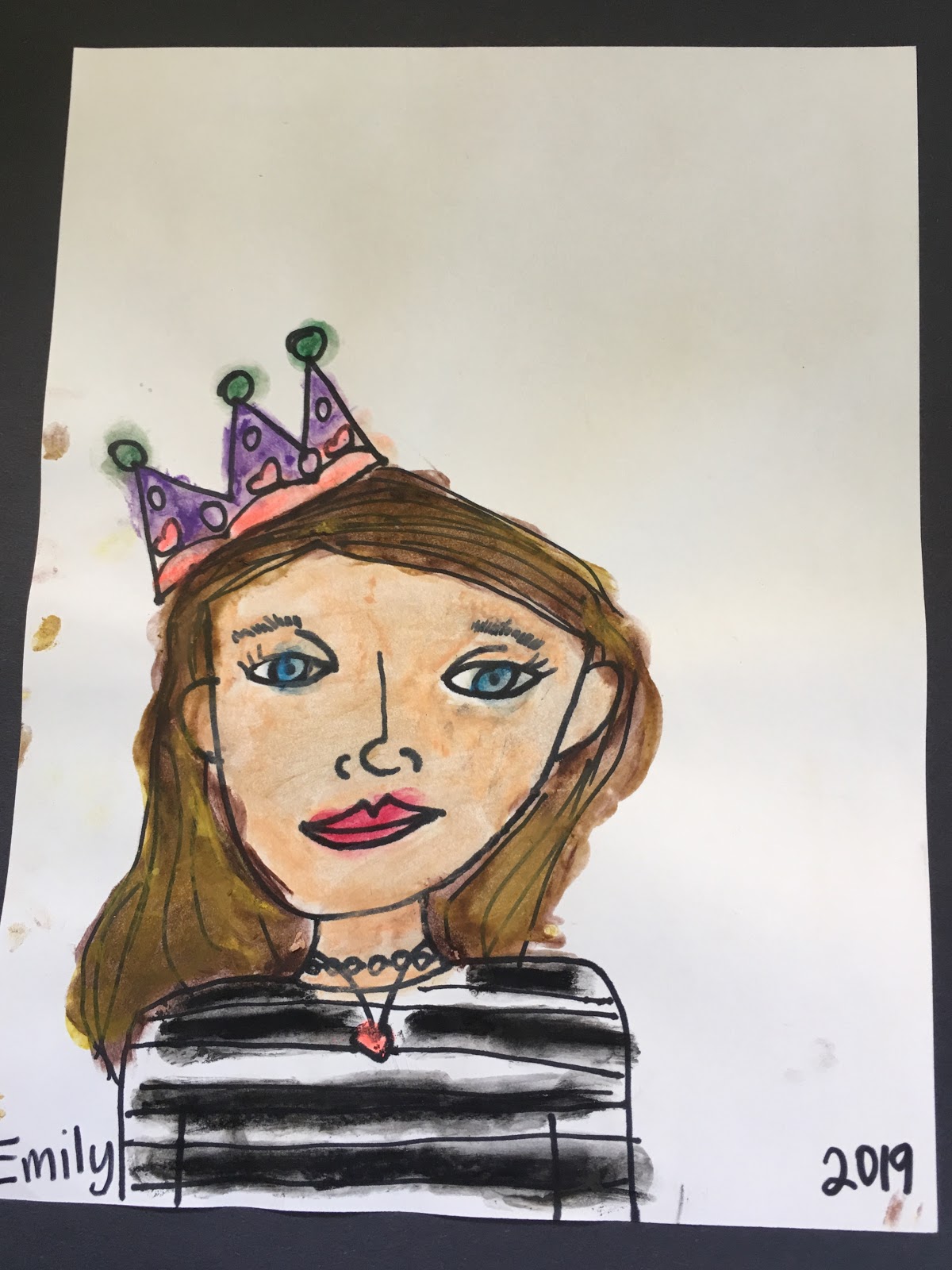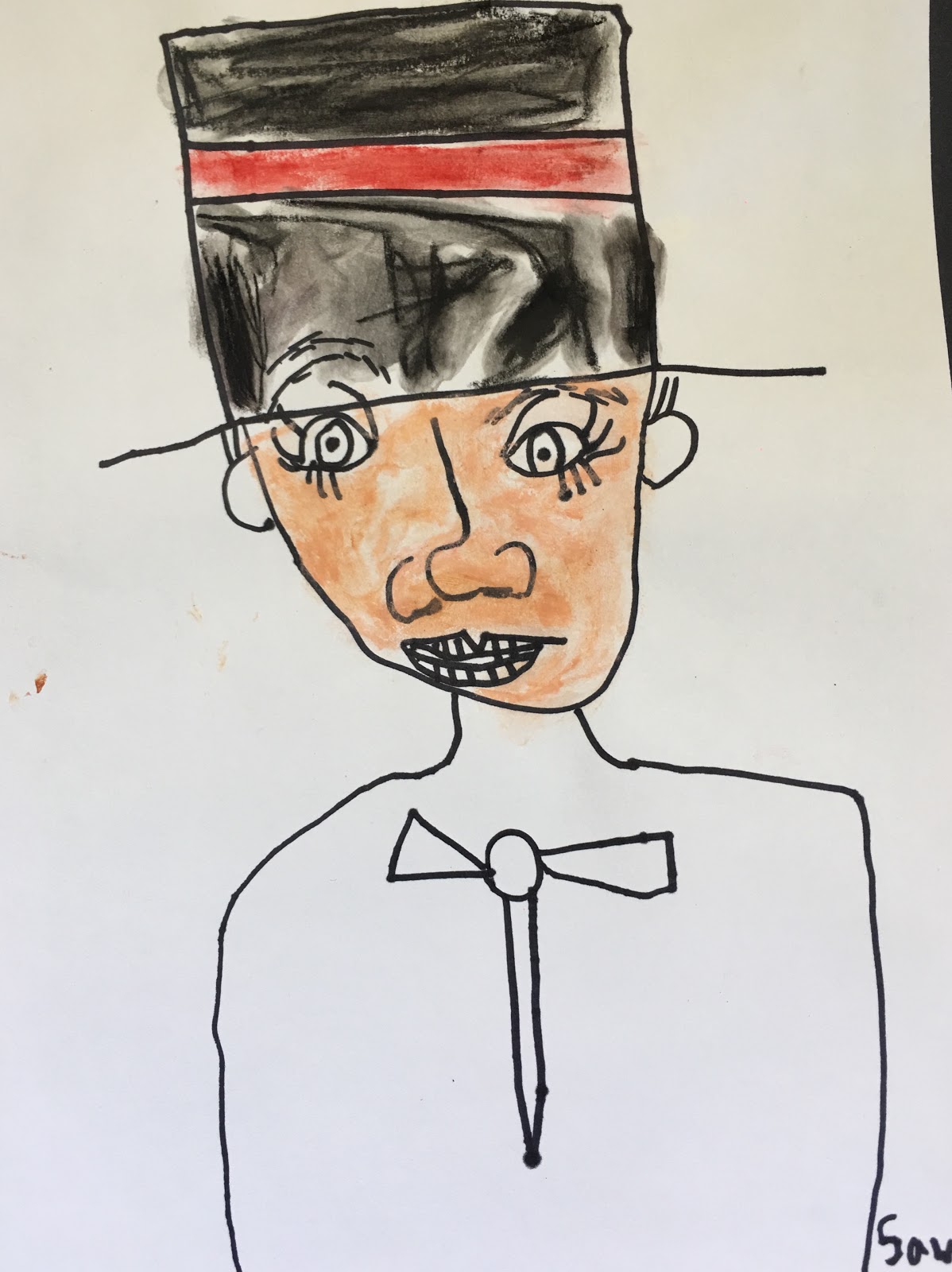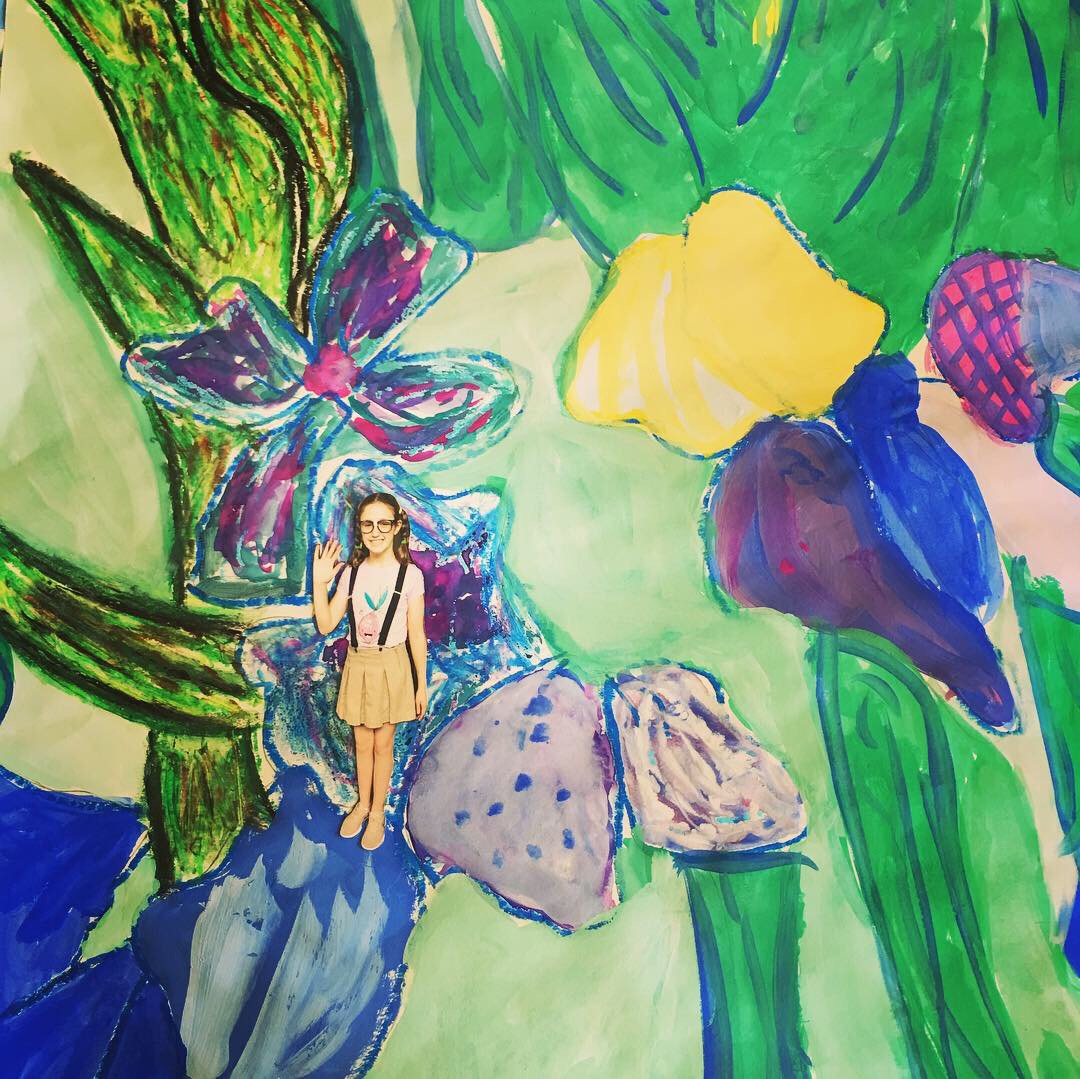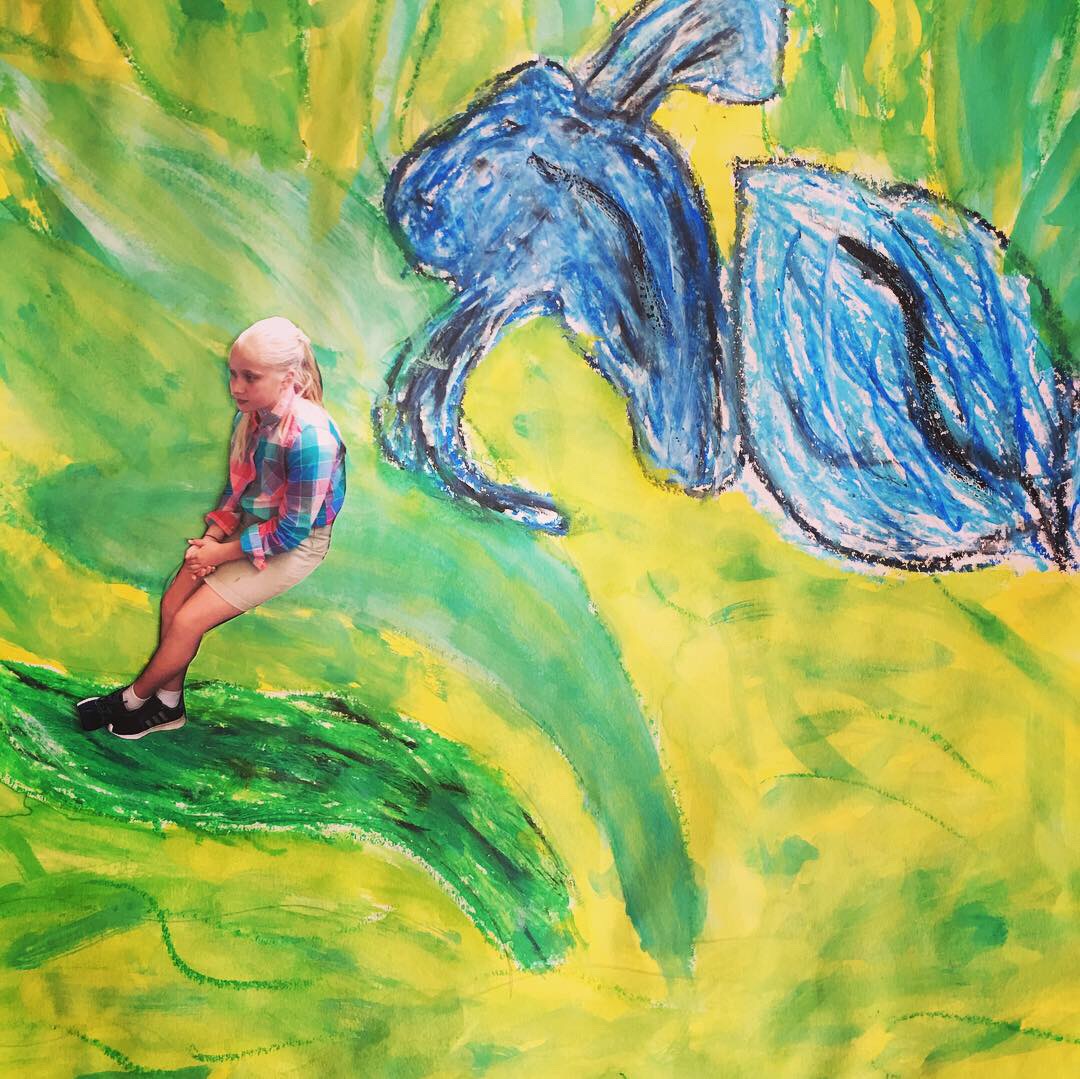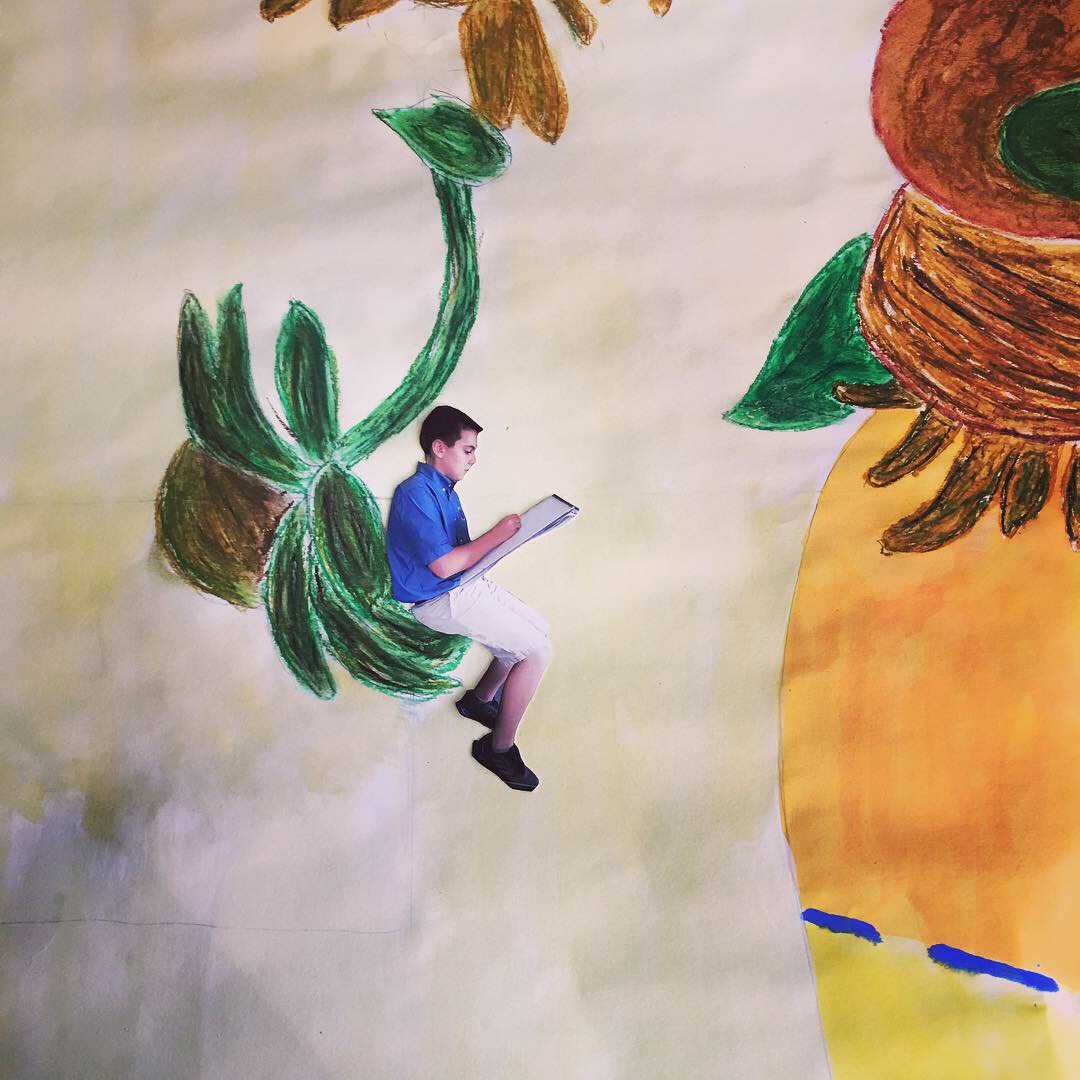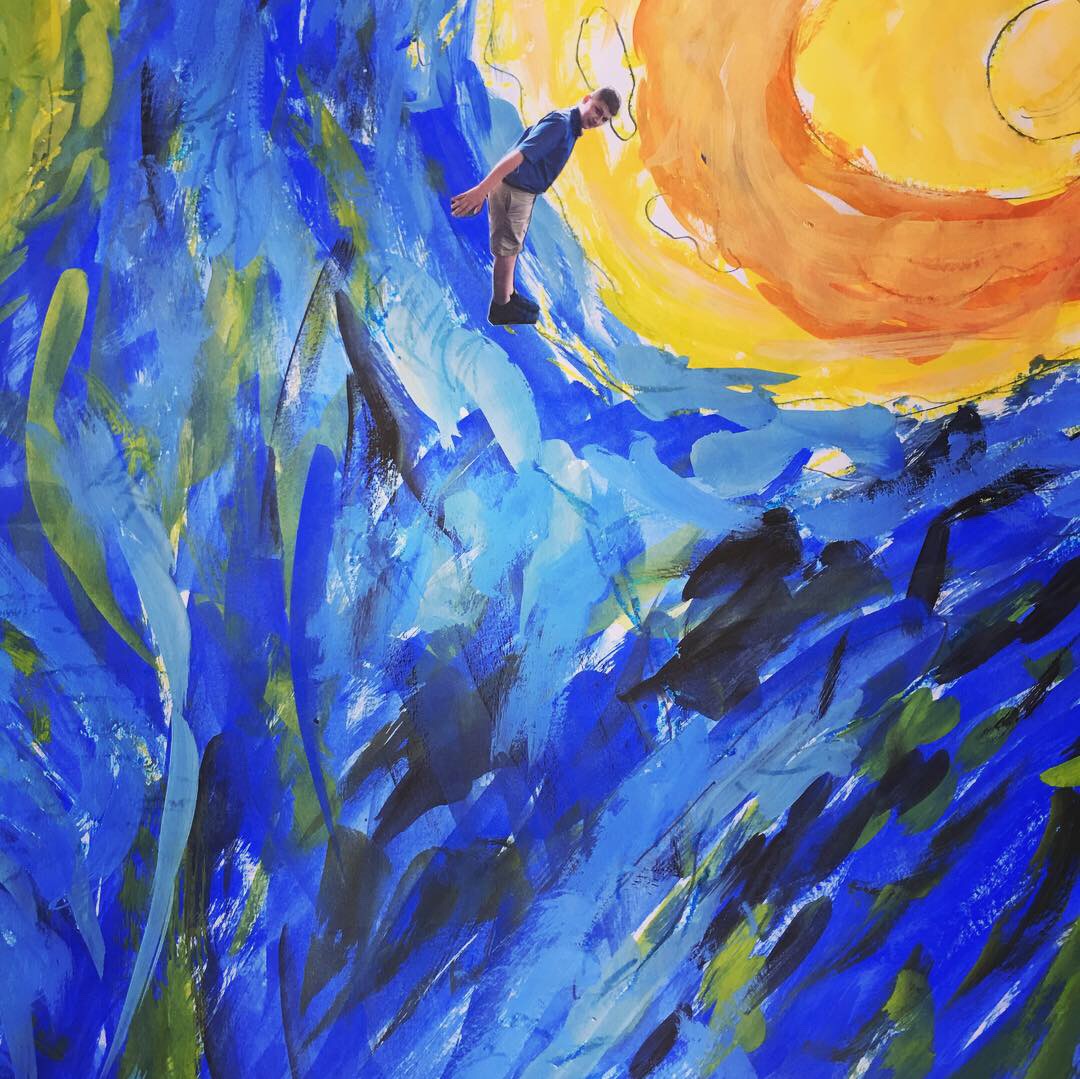I will admit that I’ve never used clay in my teaching career until this year. I didn’t have access to a kiln in Memphis, I wasn’t prepared for it my first year teaching at St. James and then when I was good and ready, we shut down due to the pandemic. Although clay isn’t my area of expertise, teaching it was quite delightful and rewarding for all of us. It will be something we look forward to at the end of each year...and it being 3 dimensional, it’s like our trophy at the end of the year.
After pandemic protocols of quarantine, limited traveling, and life as we know it shuts down, it feels like a true trophy that we’ve made it through this school year! It’s had it’s hiccups here and there and to top it all of the Snowmageddon that hasn’t happened in 100 years! We’ve learned a lot about ourselves and our community in all of this and I think we can all agree that it’s good to get outside. We can take off our masks and breath. We can enjoy each other without all the worry. We can enjoy the beautiful earth and all its glory. As soon as the sun came out, I saw the opportunity for us to study the work of Andy Goldsworthy. Andy Goldsworthy is a contemporary artist well known for his sculptural works outdoors. None are permanent and some can blow away in the wind in a small instance. He loves using natural resources to find color and textures for his work. I was truly blown away by what was created by the students.
There is no doubt that the pandemic takes a bigger toll on some people than others. Some social circles are more productive than others and I can confidently say that if I ever create a quilt, I’d rather do it with the help of a quilting circle. The middle school students and myself accepted the invitation to create large art on panels for the TRAHC outdoor art exhibit. To coordinate with the indoor quilt exhibit, we were told to create quilt like art using paint. However, in our current circumstances of social distancing, a quilt collaboration is quite a challenge...the social circle of collaboration is not an option. There was a lot of tag team and picking up where the class before left off in creating these large works of art. There was a lot done and then redone. The sixth graders watched it all come together and had more of a hand in it than anyone. I can’t wait to see them on display.
We just finished up Art to Remember, which means many masterpieces are on their way to becoming an everyday accessory! There are so many possibilities of what you can print your child’s artwork on...water bottle, mug, pillow, tote bag, and of course MASKS! Each purchase helps raise money for the school and more importantly shows your artist how proud you are of their work.
With the first glimpse of sunshine and spring air, we’ve been “Goghing” in the direction of sunflowers and bright colors in the art room. We’ve used Vincent Van Gogh as our inspiration to layer on colors a plenty and with oil pastels we are able to smooth and blend like Vincent Van Gogh did with paint.
When there was potential snow in the forecast, my girls and I have a few rituals that we do to increase the our chances of a snow day. We put every white crayon we can find in the freezer, then run around the dining table 5 times, go to bed with our PJs inside out & backwards, and lastly put a spoon under our pillow. Each time we do it, we truly believe that we are going to make it magically snow like never before…so, far we’ve not been successful. Regardless, we can create our own snow in various ways & create the northern lights too (another magical phenomenon that very few of us have ever experienced).
Even with social distancing and masked faces, you can’t take the joy out of Christmas. The lights, trees, and holiday cheer make it a special time, year after year. Each year we document a piece of Christmas cheer in our artwork and if we are lucky, the learning process can bring as much joy and surprise as Christmas day...not that anything is comparable to Christmas day, but it brings me great joy when I can provide teaching moments that light up the faces of my students because they are in awe of what they are capable of creating.
It’s interesting how many people wanted to blow through Thanksgiving this year because they are ready for this year to conclude. Yet, the desire to gather and feast still remains and ultimately we still have so much to be thankful for. There was no way I was going to dismiss the holiday considering the fall colors and bountiful pumpkins inspire some of the BEST artwork. I am thankful for the treasures created in my Art Room.
When things are hard, you look for ways to change it. Change can be especially difficult when it’s out of your hands and hard to understand. Graffiti is an art form that has been around for a long time, is oftentimes hard to understand and embraces change in every way. Graffiti is known for eccentric lettering, bright colors and illegal nature. Because graffiti is illegal, you’d think the artists would try not to draw attention to themselves to prevent getting caught. However, tagging is one of the most common forms of graffiti. Tagging can be a name or symbol that is unique to the artist and serves as their signature. We started the year off creating our graffiti tags on paper in the art room. When there are so many rules and protocols currently in place, it was fun to talk about art that breaks rules and doesn’t follow any certain protocol. I think we all deserve to tag something when we’ve made it thus far!
I can’t tell you how much I miss my classroom...and I know each of my students miss it too, even if art isn’t or wasn’t their favorite. Don’t worry, Art is enough my favorite to make up for all of them and then some. To think it took a global pandemic to teach us ALL the things we take for granted. But in all of our dislikes, the love we have for each other remains. How cool is that?!? That we can still connect, recognize each other, empathize with one another, and continue to forgive one another... because none of us know what we are doing and are bound to fall short here and there. But the community of St. James is like family and family is everything. As a family, we can do this! As a family we must be strong enough and keep moving and doing all the things. I challenged my amazing art students to create a medical superhero artwork to help empower and encourage our local superheros on the frontline of this global pandemic and to also create a face mask that will also serve a great functional purpose. The response has blown me away! During this time, I’m beyond thankful for my family...and every family that I have...at home, at school, at church, near and far...and I’m thankful for my St. James artists, who empower me and encourage me just the same as a superhero would.
The most common misconception about Visual Arts and creating art, is that it is a leisure activity that is done with ease and enjoyment. Don’t get me wrong, I do consider it to be a leisure time when I find time to make my own art, but it’s rarely easy and it’s the trial and error that people either love or hate...and of course I love it! Young artists often struggle with the trials and errors and prefer each attempt to be a great success. Weaving takes a great deal of time and focus and again, some people love it and others hate it, but after experiencing it I hope there is a better understanding and appreciation for the hard work put into the textiles that surround us. As we have been exploring printmaking, my older students are learning that art making can be difficult and even strenuous at times. The multiple steps and the muscle required to carve into a surface can be surprising as well as tiring. But the idea of mass production is the silver lining for creating the printing plate. And, no matter how much we plan and believe to understand what the print will look like in the final product, it is inevitably a surprise.
It’s hard to remember everything. Every milestone, every teacher we had, every lesson we learned, every friend we’ve made. We can try to preserve our favorite memories with photographs and keepsakes. We can try to preserve childhood with the annual handprints and frequently marking growth (we mark ours on the pantry door). But it is hard to distinguish what we truly remember and what we remember through recognition of the documentation. What I love about the Art to Remember fundraiser is that it is a learning experience with a keepsake outcome. It is my hope that with every keepsake purchased it will preserve the memory of my classroom and what was learned in the process. I hope that my students are eager to preserve their hard work and retell the process, inspiration and experience with enthusiasm to each admirer. So, I encourage you all to preserve this time and experience and buy all the merch that shows off such great talent!
“Weave” wasted no time getting back to learning and creating in the art classroom. After reviewing all the elements and techniques that we previously applied in our art-making, students were excited to hear that I was introducing something new or different, such as fiber arts. Fiber arts is the use of fabric, yarn, string and any other soft materials for making art. We are focusing on weaving specifically. Initially, weaving was used for more functional purposes and less decorative purposes. Most people think of art as more decorative and less functional. When students can create something that is useful as well as aesthetically pleasing, the artistic experience is enhanced. All classes are exploring weaving in one way or another and will hopefully take away the appreciation for both the function and beauty it can bring.
November came and went and ½ of us are still working on all that turkey...leftovers are everywhere! Although this might also be true about my home, I’m speaking specifically about my classroom. We got into such a groove with our Thanksgiving artwork, it was hard to shake the tail feathers loose before the holiday arrived. So, we have been working on what was left over the Thanksgiving break and trying to stick a fork in it and call it done! We don’t have a choice! Christmas will be here before we know it and there are too many great lessons to get out of holiday art. As eager as Buddy the Elf, I have told each class how excited I am to do all these artworks before Christmas break and then by the time I finish my sentence, I’ve realized my time is so very limited that I’ll be lucky if we complete just ONE...hard to swallow. But, here we go! Christmas carols are on, holiday dreams and artistic aspirations are engaged, and the tinkering is in full force in the Art Room!
I just LOVE collaborating with the teachers around me!!! Seriously. Repetition is key in learning and then a crossover in classroom application in more than one subject field is potentially sealing the knowledge deal! Art and science so often go hand in hand and provide perfect platforms for collaborations between curriculums. Currently, 7th graders are studying the human body system in science and because the study of drawing the human body is a continuous study in and out of the art classroom, which means cross-curriculum collaboration is about to take action!!! In doing so, we have discussed the work of a recent artist, Keith Haring, and his famous action figures. Simple figure drawings in action can express a lot of feelings and that is what Keith Haring will forever be remembered for. So, 7th grade will be challenged and required to represent the human body in action similar to the style of Keith Haring and then include their body system of focus and incorporate it into their action figure all while maintaining the simplicity and style of the featured artist. As soon as 4th grade saw the work in progress, they wanted in on the action too! Using each other to model action figures, 4th grade has practiced different action figure drawings and will start on their Keith Haring action figure artwork next week.
Kindergarten is learning how to use lines and shapes in creating a fall landscape. First, second and third grade is taking the fall landscape objective a little further as we explore different styles of art, specifically how fine art is fancy and folk art is simple. We are focusing on the folk art style for our fall tree landscapes. Fifth grade and eighth grade are in the middle of sugar skull sculptures which explores art as a cultural and celebratory artifact. Sixth grade is wrapping up a series of pumpkins inspired by modern art and they are fantastic!
If you didn’t know already, fall is my FAVORITE!!! All the colorful leaves, cooler weather (if we are lucky), football, spooky decor and pumpkins of every shape and form each lending so much personality. And fall lends so much learning tools for teaching art that it’s impossible to cover it all...but I always try. Pumpkins are such a great way to introduce Shape to elementary students. They come into my classroom with the basic knowledge of geometric shapes and then I get to introduce organic shapes that come from nature and our imagination. Pumpkins are fantastic organic shapes found in nature and are good practice for early learners because pumpkins come in all shapes and sizes and it helps us remember that our goal in art is not perfection, just like there is no perfect pumpkin. After students understand that there are two kinds of shapes, we can then apply both in our artwork by using our imagination in creating Jack-o-lanterns!
Pumpkins are also great shapes to introduce form to middle school students. The irregularities of pumpkins create more opportunities for shading and shadows in our attempt to create the illusion of 3 dimensions on our paper. Because my students pick up things so quickly, I decided to take our form discussion a step further. This year is my first year to teach Op Art and how artists can use lines, shapes, color and contrast to play tricks on the eyes. It has been such a treat to learn all the possible tricks we have up our artist sleeves...see what I did there?!?
Lines will never go away. In fact, they seem to increase as we get older and in the art room their utility increases as well. Without lines, we cannot get into shape! Shapes are critical in understanding the space around us and understanding how to create objects in a space on paper. Currently, we are getting into shape in the art classroom as we learn what makes a shape and the two different categories being geometric or organic. We are using all the lines that we have been discussing to create both kinds of shapes and then applying it in our art making.
Next week, kindergarten will use lines and organic shapes to create a fall pumpkin picture, we shall see if they turn spooky in time for Halloween. First grade will also be creating a fall pumpkin scene with a night sky and a spider web corner, applying our lines and both organic and geometric shapes. Second grade is currently channeling their inner Henri Matisse in their fish bowl artwork that focuses on the organic shapes and whimsical nature of Mastisse’s work. Third grade is wrapping up a lesson on the impressionistic style of painting similar to the work of Berthe Morisot. To ensure we understand the significance of sing short brush strokes and not smoothing out every line and every shape, impressionistic painting might be our approach to fall pumpkins in this class. Fourth grade just completed beautiful bird collages, inspired by Pete Cromer’s work, where we cut out both organic and geometric shapes to create designs on our collage work. Fifth grade has advanced their line and pattern skills in the lesson of many layers inspired by the bright landscapes of David Hockney. Sixth grade showed interest in the Pete Cromer bright and beautiful bird collages, so they gave it a go and it might be the lesson that just keeps going because there are some 5th grade artists who focus on fine details in their work that is truly inspiring. Seventh grade is presenting their amazing Renaissance trophies we created tomorrow morning and I think they will be proud to present them, so don’t miss it! And lastly, the 8th graders created space! I cannot even describe the greatness, so you just have to experience it before we sail away into our Winslow Homer inspired seascapes.
I have so many ideas for artmaking that I get so excited about, that I have a hard time not pushing students onto the next big idea! So, currently I’m polishing up on my patience and it has been quite rewarding. Instead of brushing over each element of art with one art lesson, I’ve extended it to at least two lessons and such beautiful gems and geodes are the treasures that were worth the detour. When I introduced the gem and geode lesson to 5th grade, it became apparent that it was such a great way to introduce contour line and the significance of a contour line in making art and overall hand-eye coordination. And when you find such a diamond in the rough, you can’t help but show it off. So, I’ve decided to carry the lesson over to many other grade levels and it did not disappoint.
Another way we are polishing up in the art room is by reminding ourselves that perfection is impossible. In the middle school printmaking lesson inspired by Spanish tiles, we have learned that printmaking cannot produce identical prints. It doesn’t matter how carefully we try to duplicate every step taken before, each print will differ in the slightest ways or significant ways. With this realization came a fair amount of relief as well as frustration. The perfectionist in all of us can be a force to be reckoned with, but it is good to realize that in most things we attempt in life all we can do is polish up on how we do what we do.
Let’s form a line. Line up! Get in line! What kind of line is this? You are out of line...How often do we hear these phrases in the academic setting? Both figuratively and literally, students and teachers know exactly what is being communicated with each phrase and it’s for good reason! Lines are so important and it’s the only way to jumpstart teaching in the art room, because this element of art allows every other element, principle and objective to simply fall in line...see what I did there? It’s important to review the simple things we know, like how a line can be both short or infinite in length, thick or thin, straight or anything but, directional and quite possibly all of the above at some point in it’s movement. Line is present in pretty much all art making and although it can seem so basic, it is every bit essential. Each class is exploring the potential of lines and how they can create various patterns, designs and ideas in artwork and have historically around the world. First grade is using lines to create a rainbow magic carpet on paper. Second grade is using lines and pattern to create a turtle shell like never before. Third grade is using lines and patterns to create Koi fish painting inspired by the Gond community in India. Fourth grade is using lines and patterns to create paisley designs inspired by bright fabrics first seen in India and now popular all over. Fifth grade is using lines to create the organic objects of geodes and gems. And lastly, the middle school students are using lines and patterns to create radial symmetry in a spanish tile design that will be used in a printmaking artwork. School just started and we’ve got all kinds of art making lined up!...I just can’t help myself.
What do you mean the year is almost over?!? We aren’t done learning! We aren’t done making art! If you haven’t noticed, teachers tend to buy a ticket to the crazy train as soon as people start talking about the end of the year because it’s hard to understand where the time went, what will we try to cram in last minute and what will we do differently the next year...we have to make note before we forget! This year has meant so much to me in so many ways. I love teaching art! And I love when students find their artwork and education meaningful. When given choices in the artmaking process, students gain ownership and the experience in turn becomes meaningful. When our experiences become meaningful on a personal level, we invest and actively engage, which is what we want the educational experience to be! Self-portraits are a guaranteed personal experience, but they can also be intimidating since drawing the human figure can be quite difficult. First and second graders took on their self-portraits with enthusiasm and then gave them extra character, which made the experience that much more meaningful, as they added either royal, pirate or super hero features.
Did you know that Vincent Van Gogh only sold 1 or 2 of his paintings in his lifetime? It is mind blowing to think that the artist so widely recognized & popular beyond the study of art, who made such an influential mark, that he had no idea the magnitude of the mark he had made. Do you ever wonder what kind of mark(s) you have made or are you making a mark today? I hope the marks that I make in my lifetime are colorful, kind and loving, and that they make people laugh.
The 6th and 7th graders have been studying the Renaissance Period in which Michaelangelo is a noteworthy artist who made a significant mark during that time with his amazing sculptural work as well as the paintings on the ceiling of the Sistine Chapel.
What better way to connect curriculums than to create artwork to attach to the ceiling tiles of the middle school? Each student was given the task of creating only a section of a historical masterpiece that will eventually come together in our Sistine Chapel inspired artwork assemblage. They all worked hard to pull their weight in their part of the group assignment and I didn’t want their effort to go unrecognized, so I encouraged them to make their mark. After tackling the main idea of their section, they were allowed to add any personal touches they so desired. I hope when we get these pieces up that they stay up as long as possible, like the ceiling of the Sistine Chapel, because there is no doubt these kids have made a mark at St. James Day School and especially in the art room.
